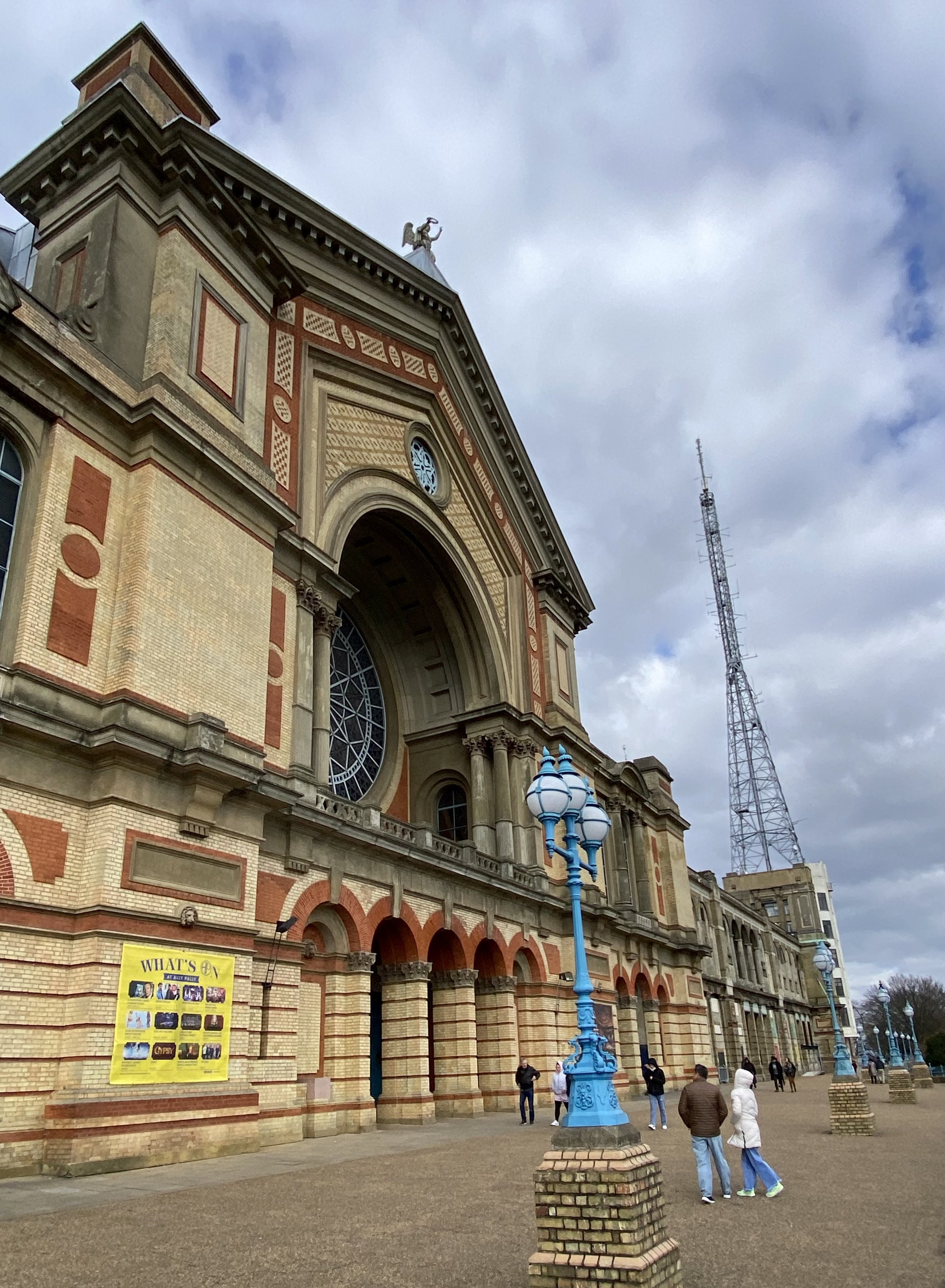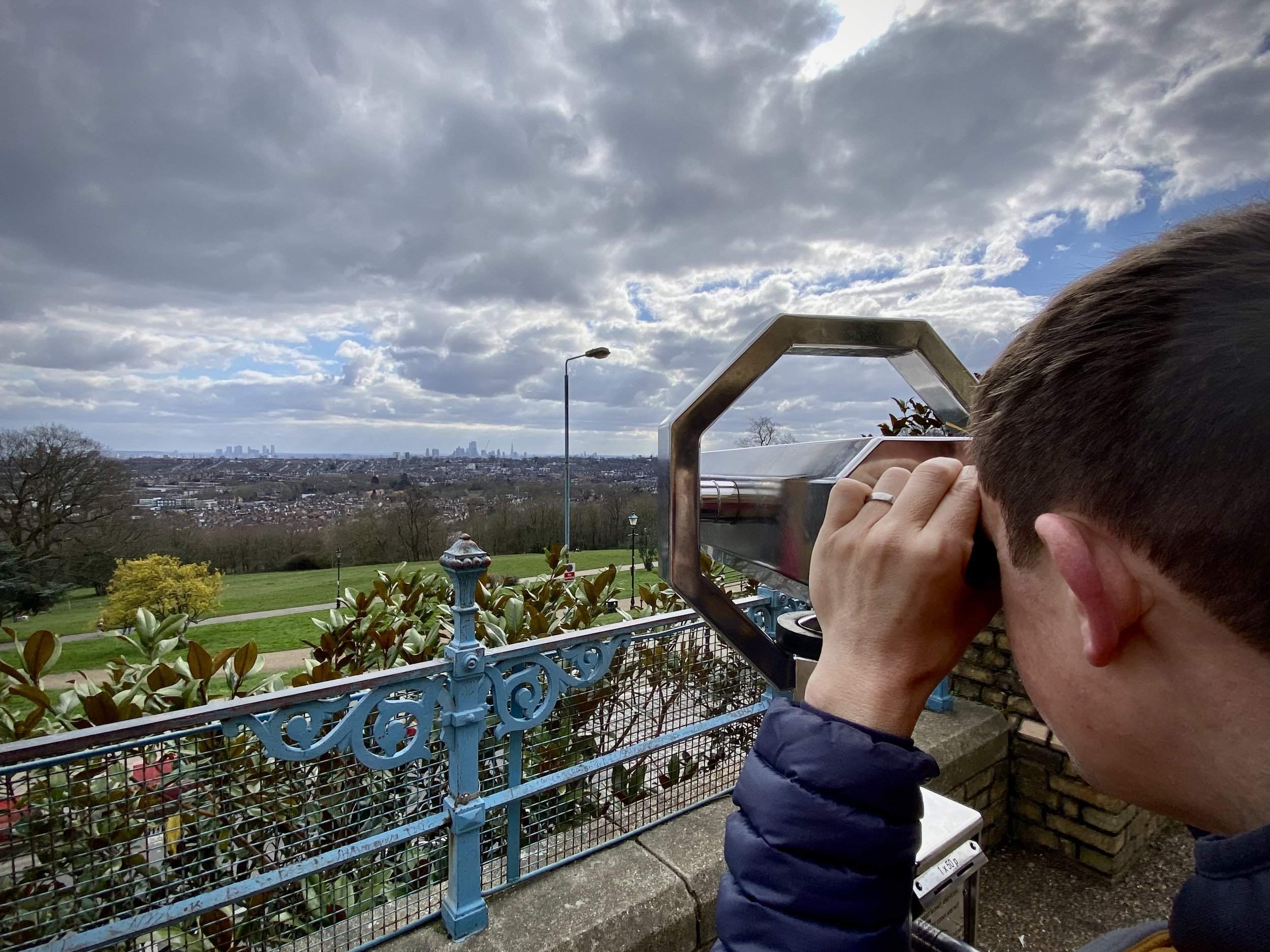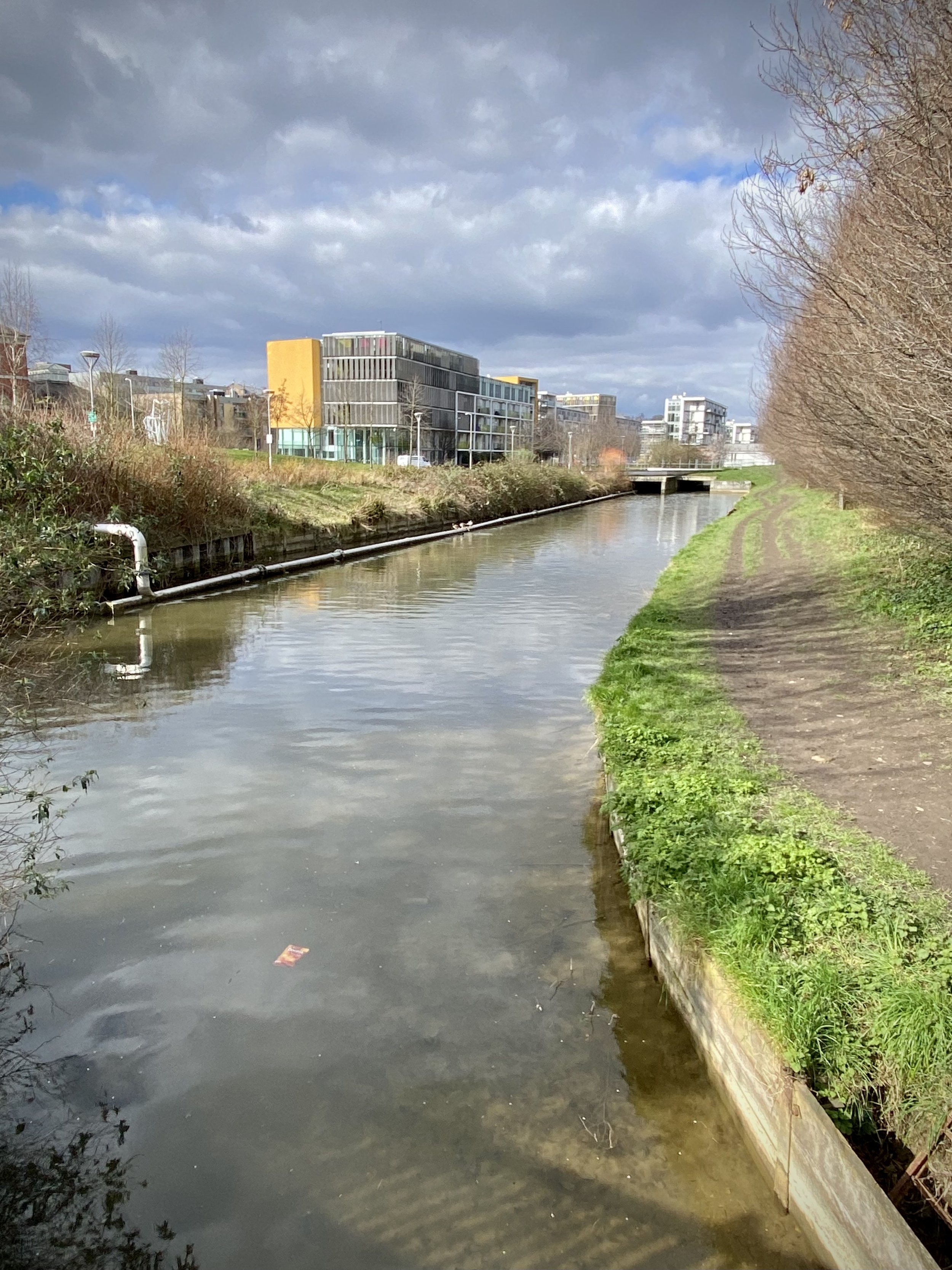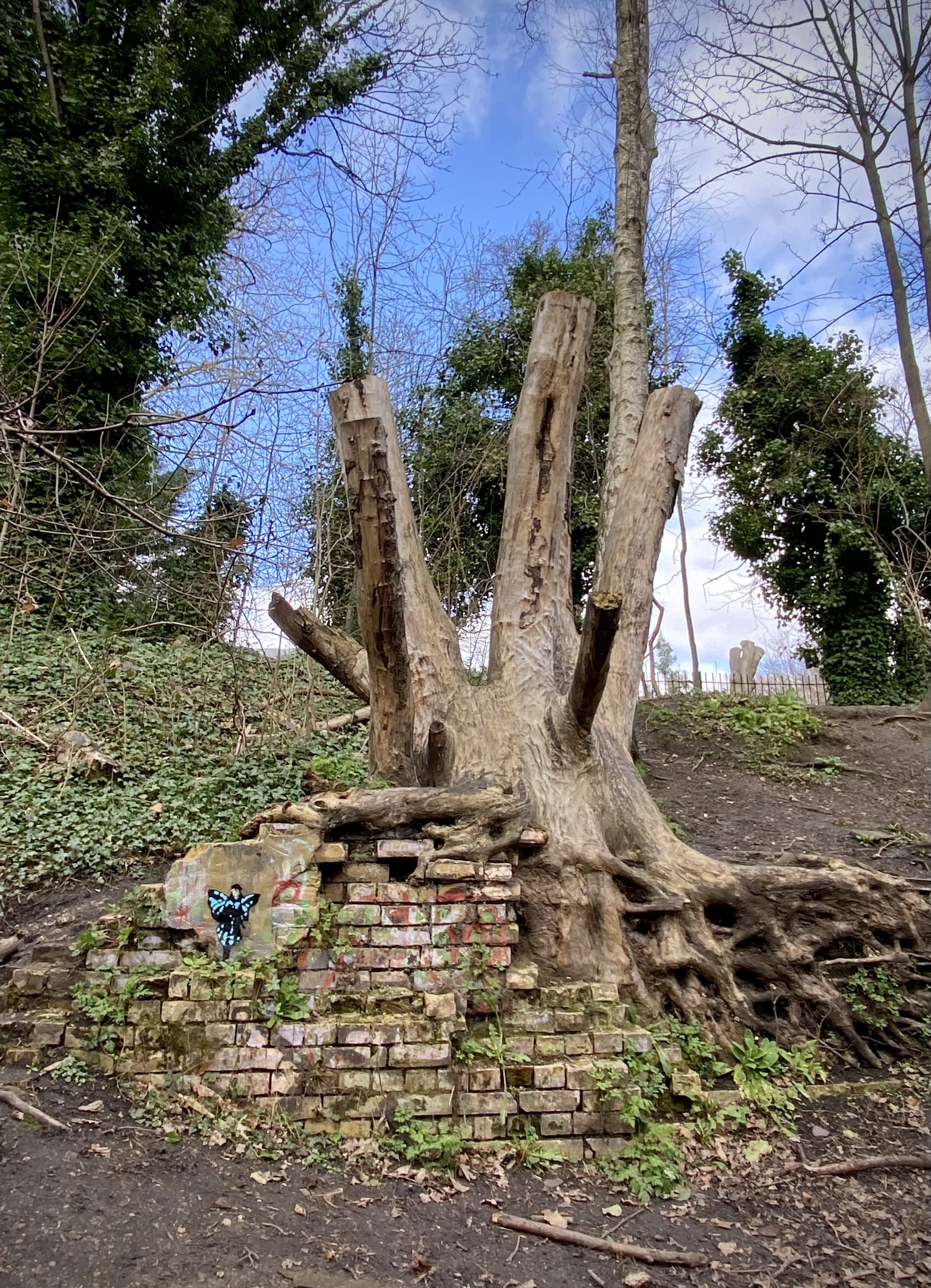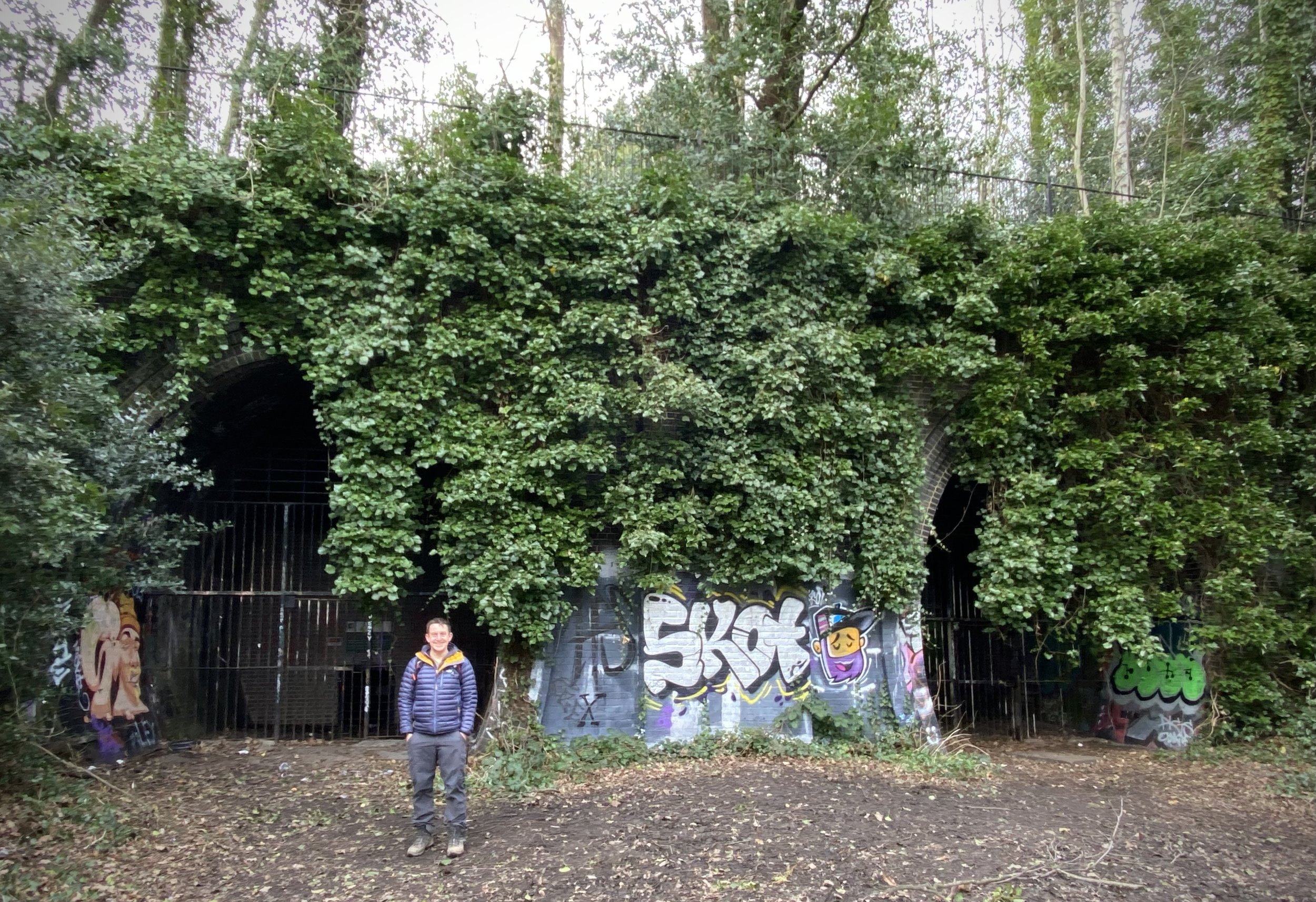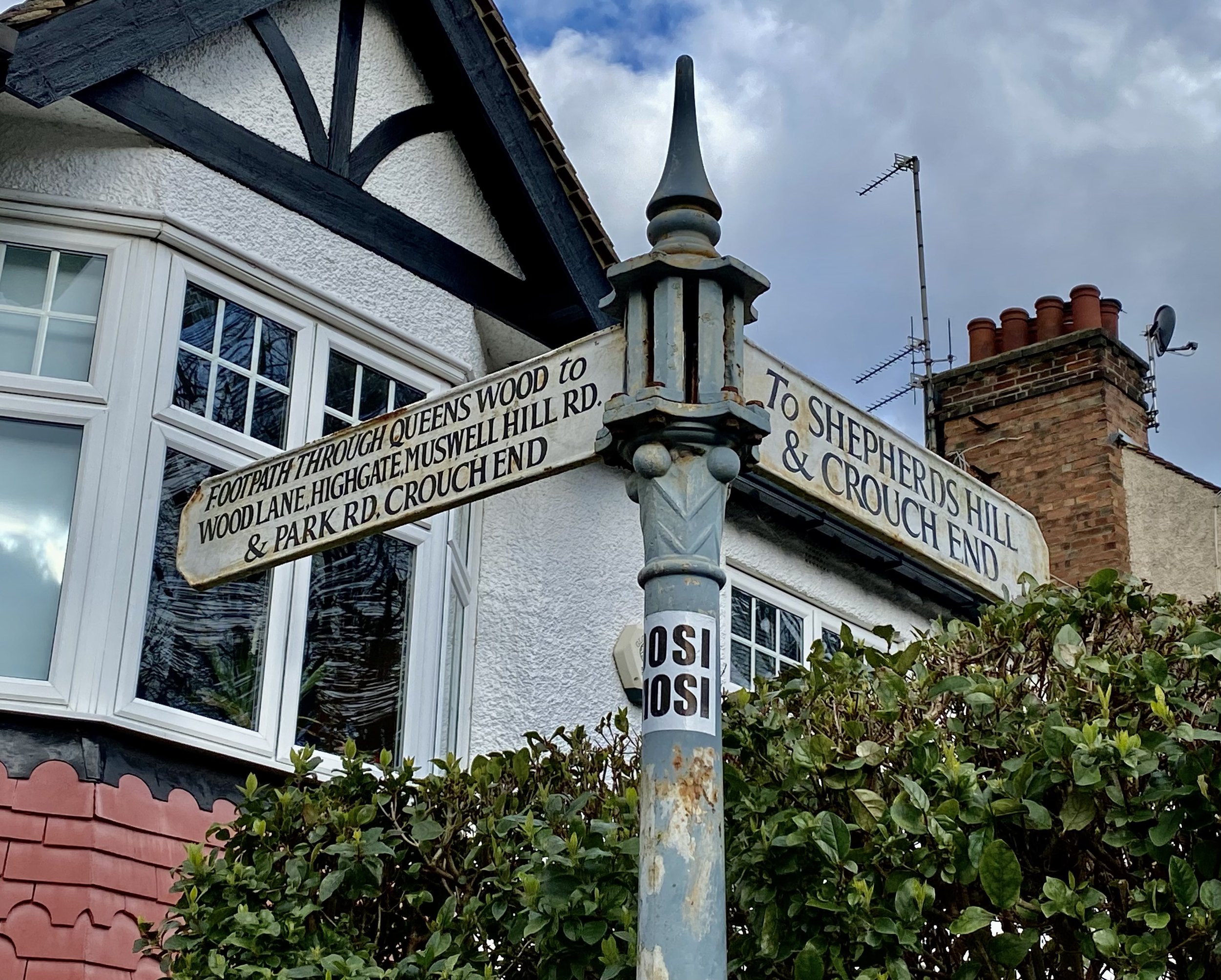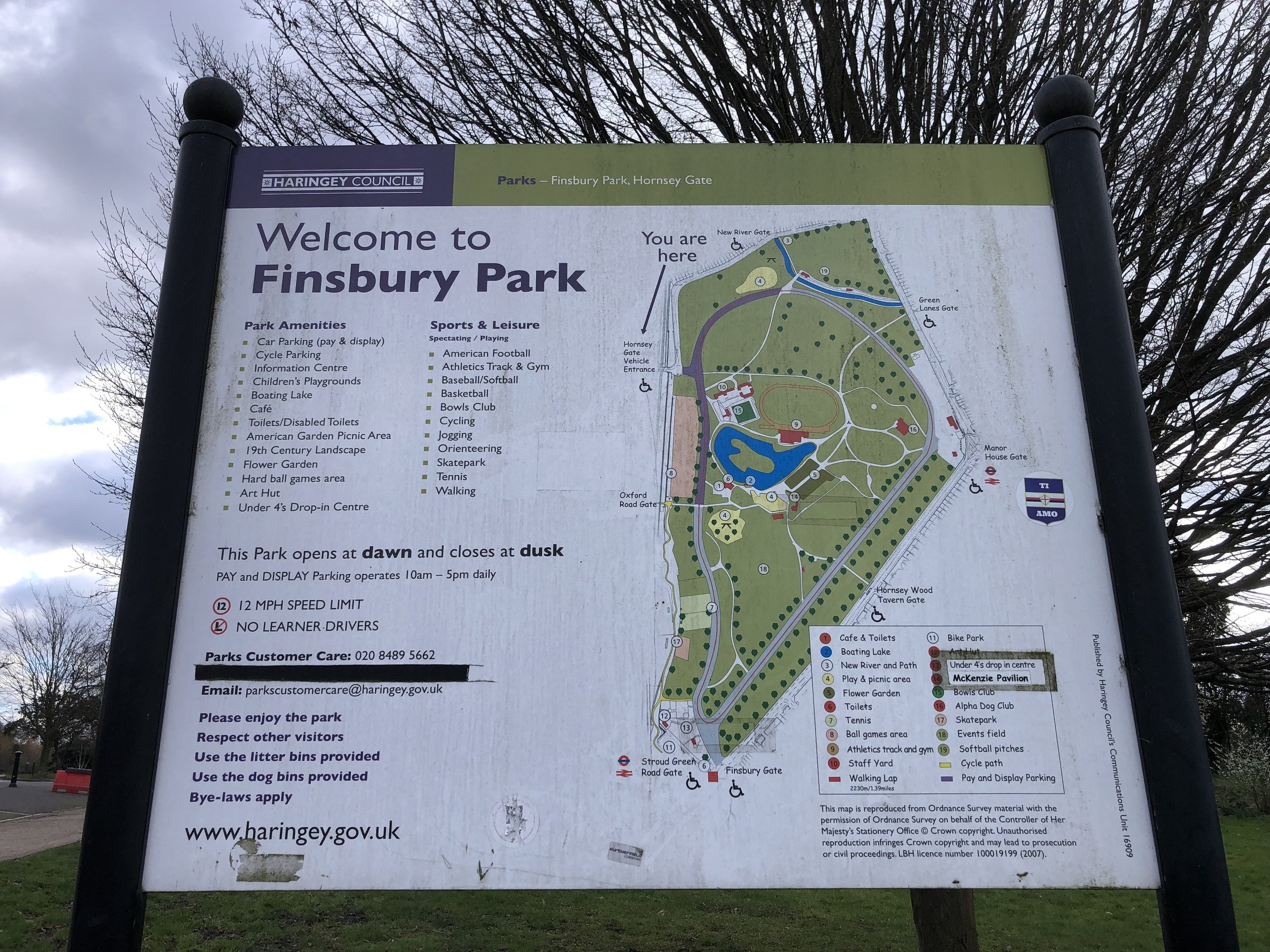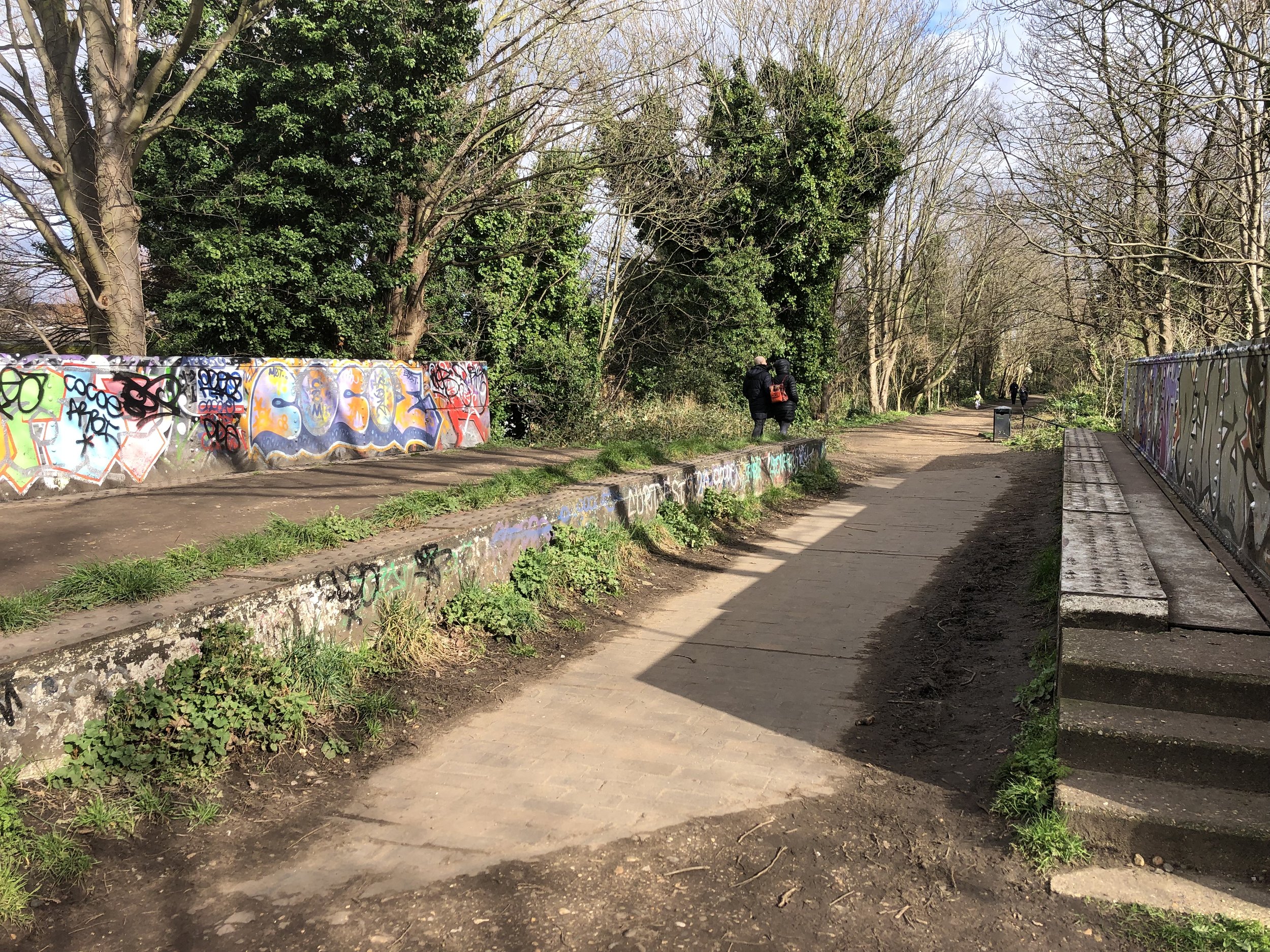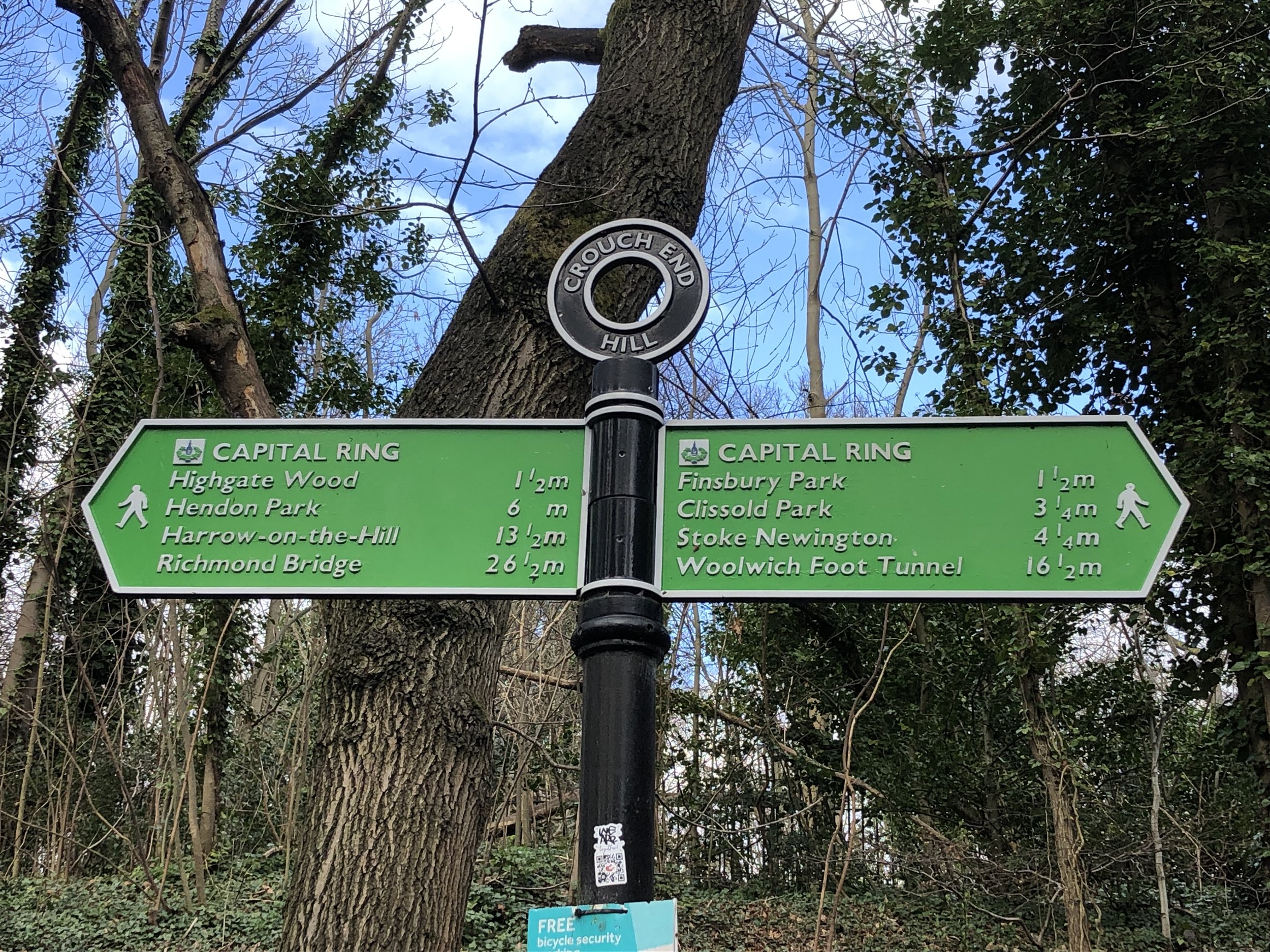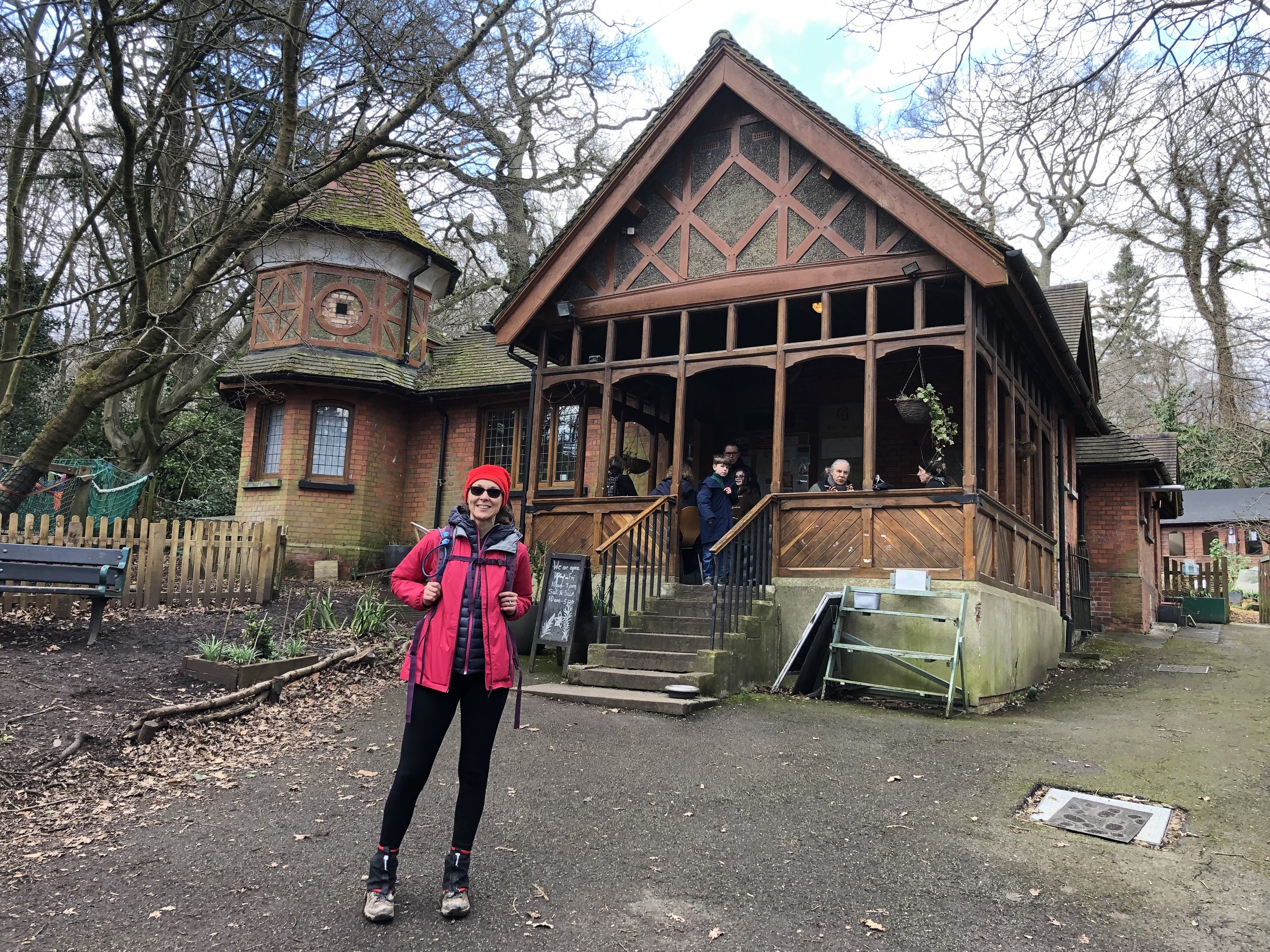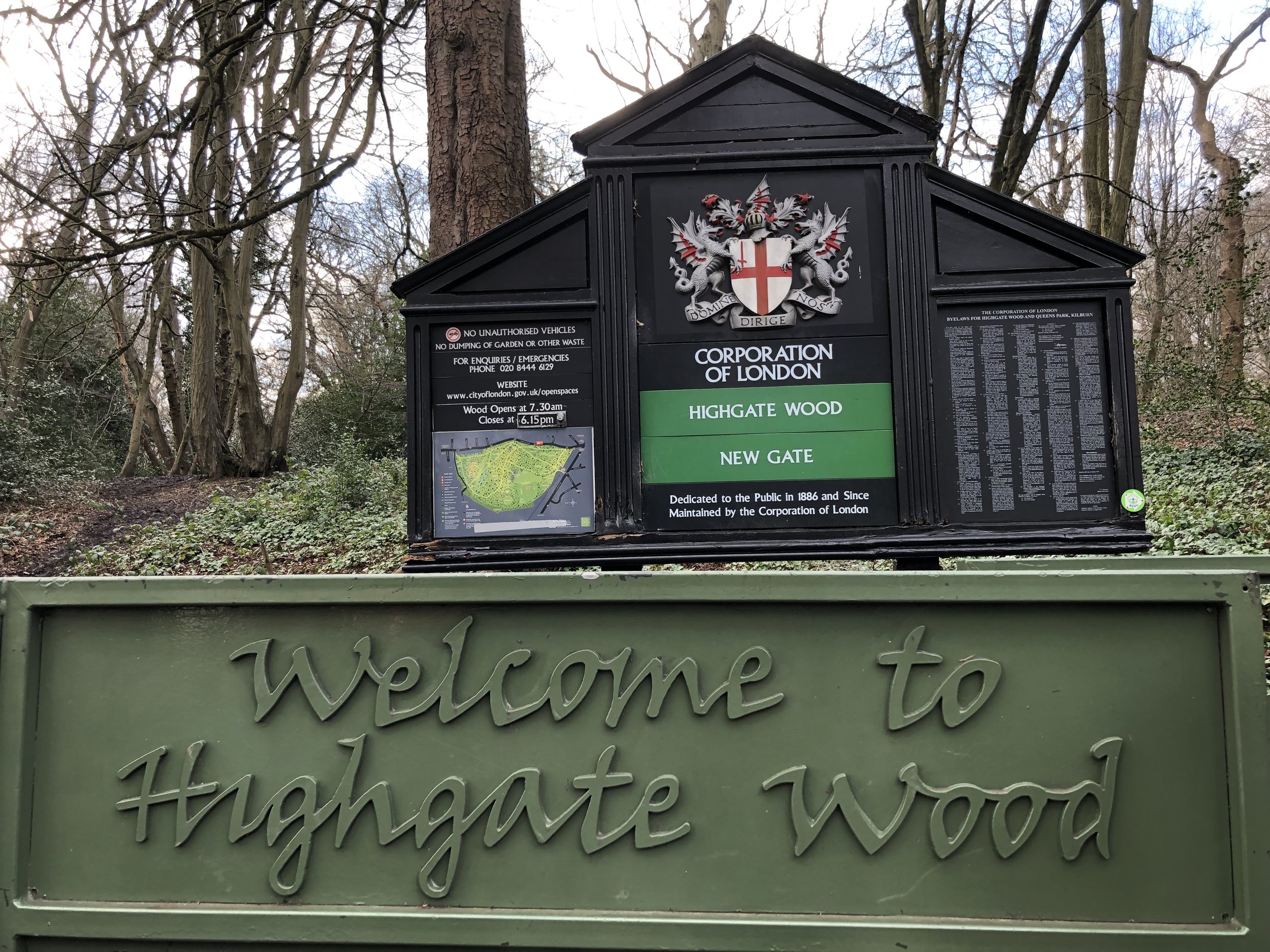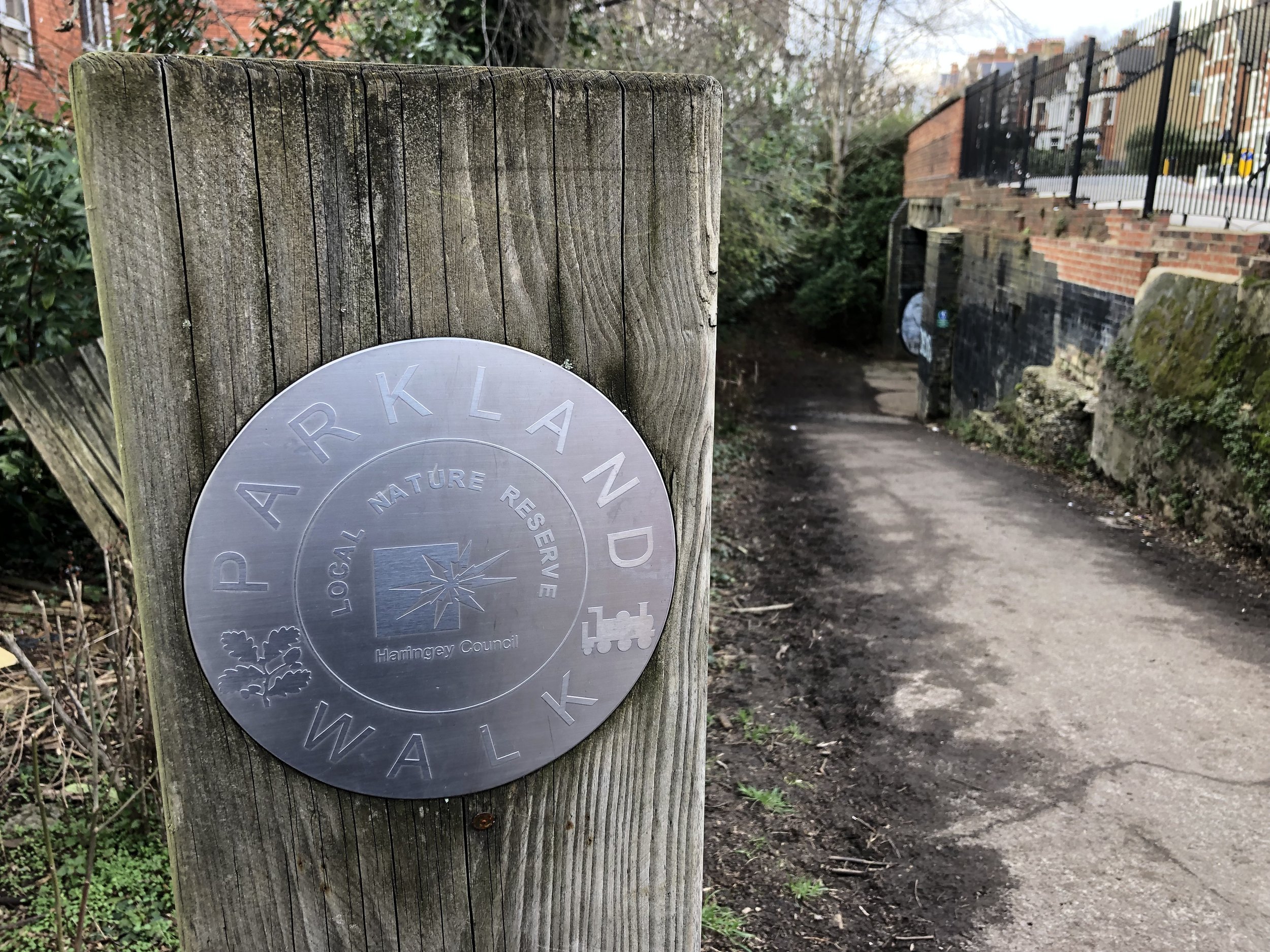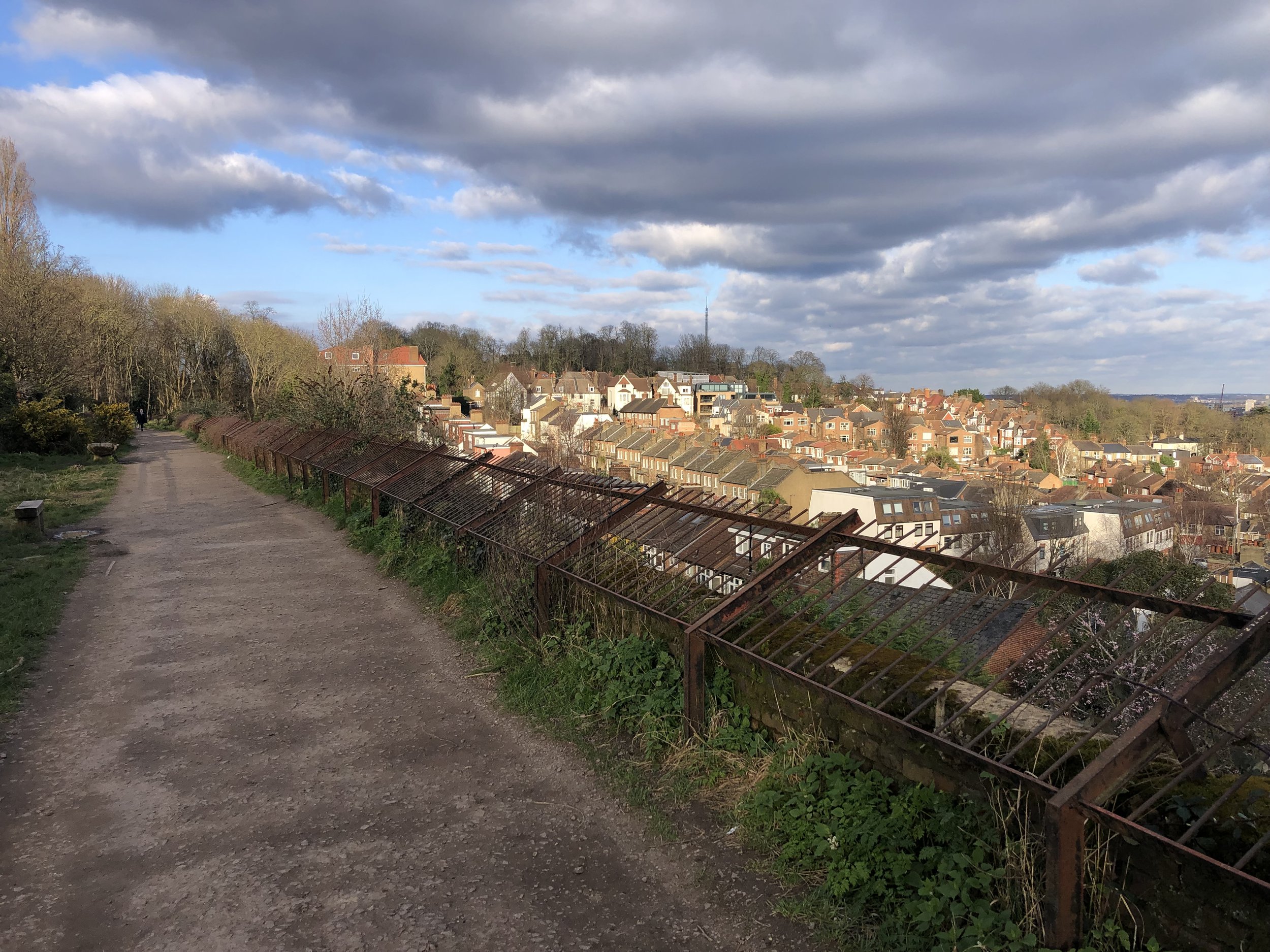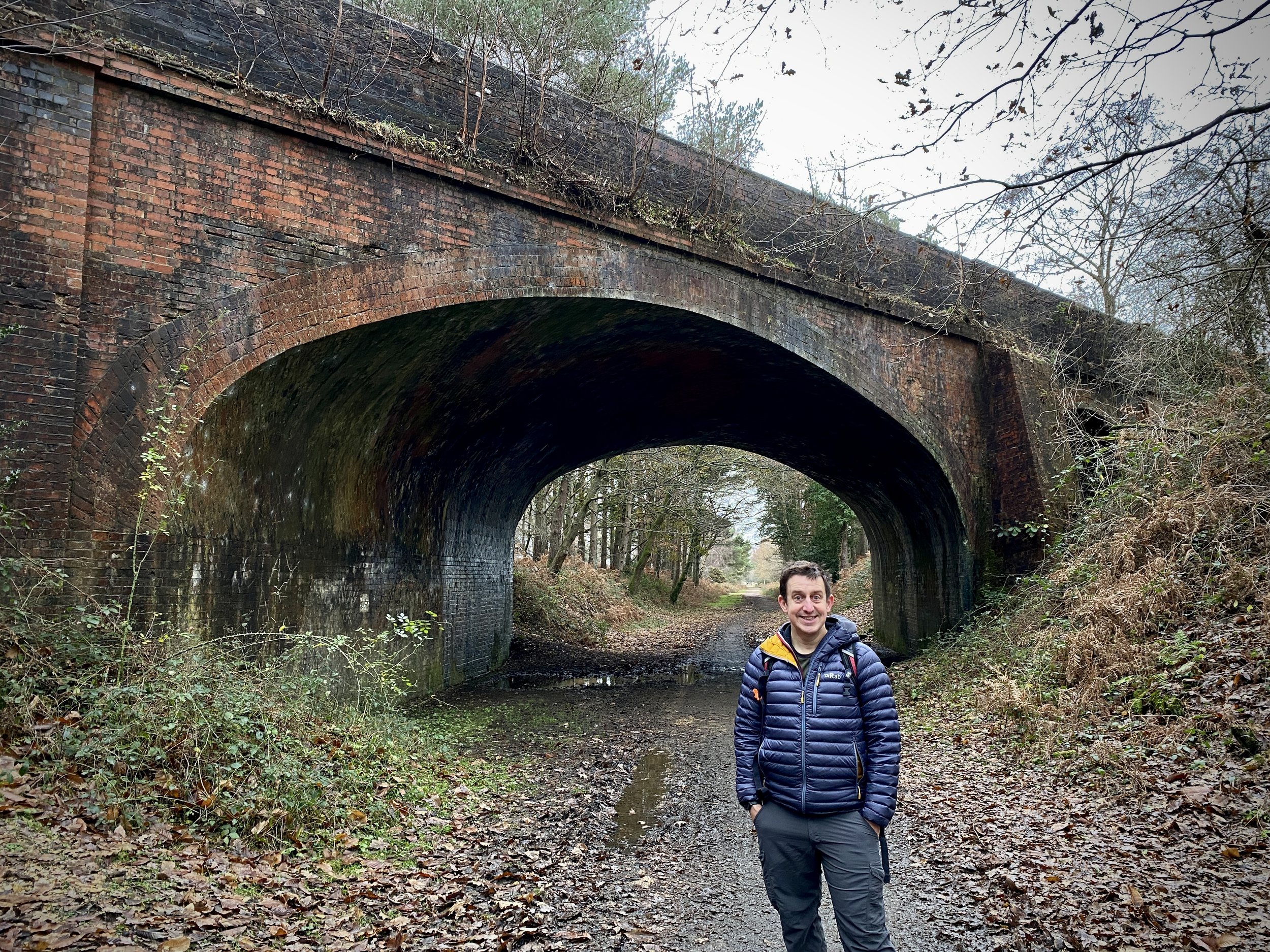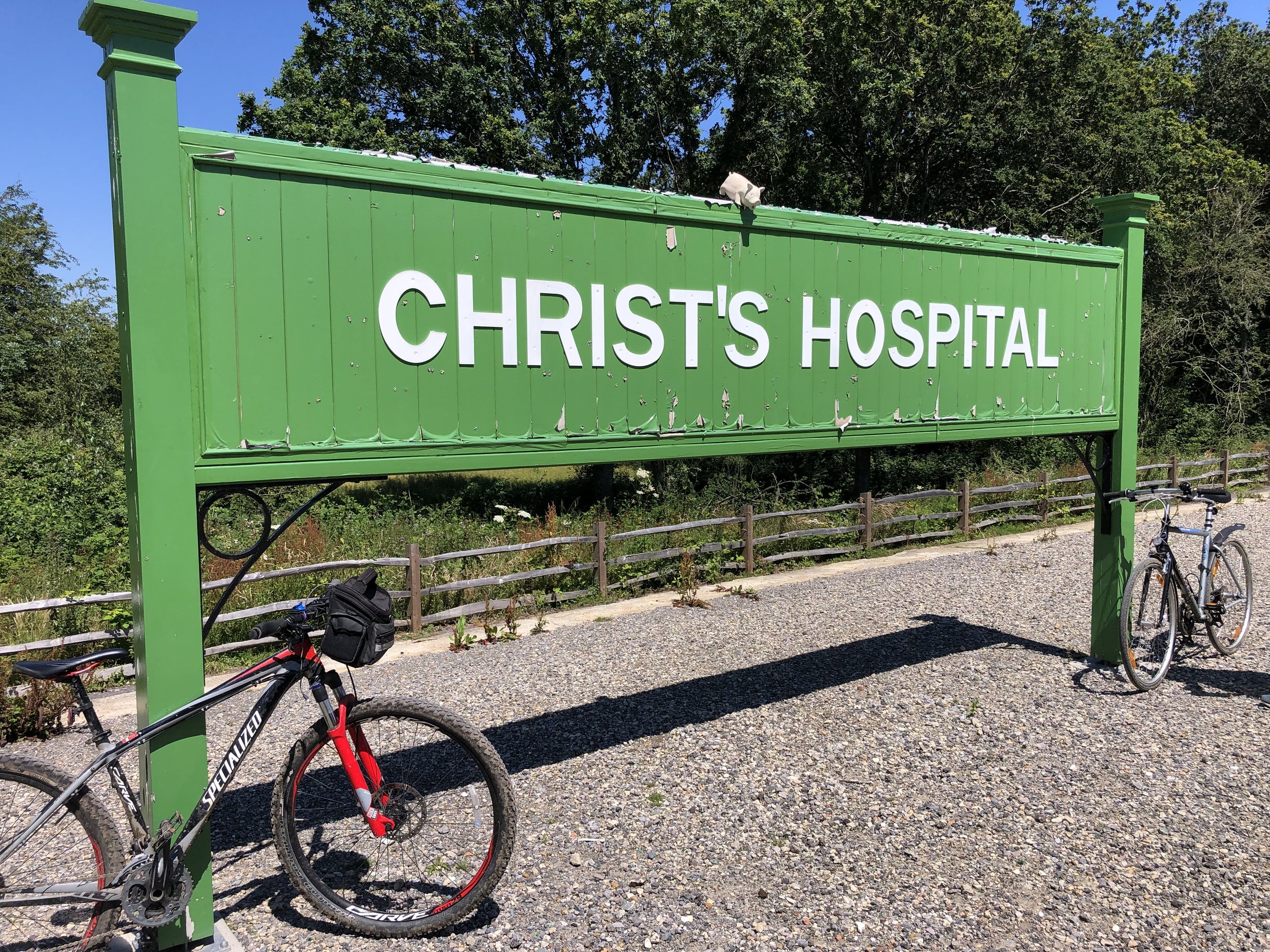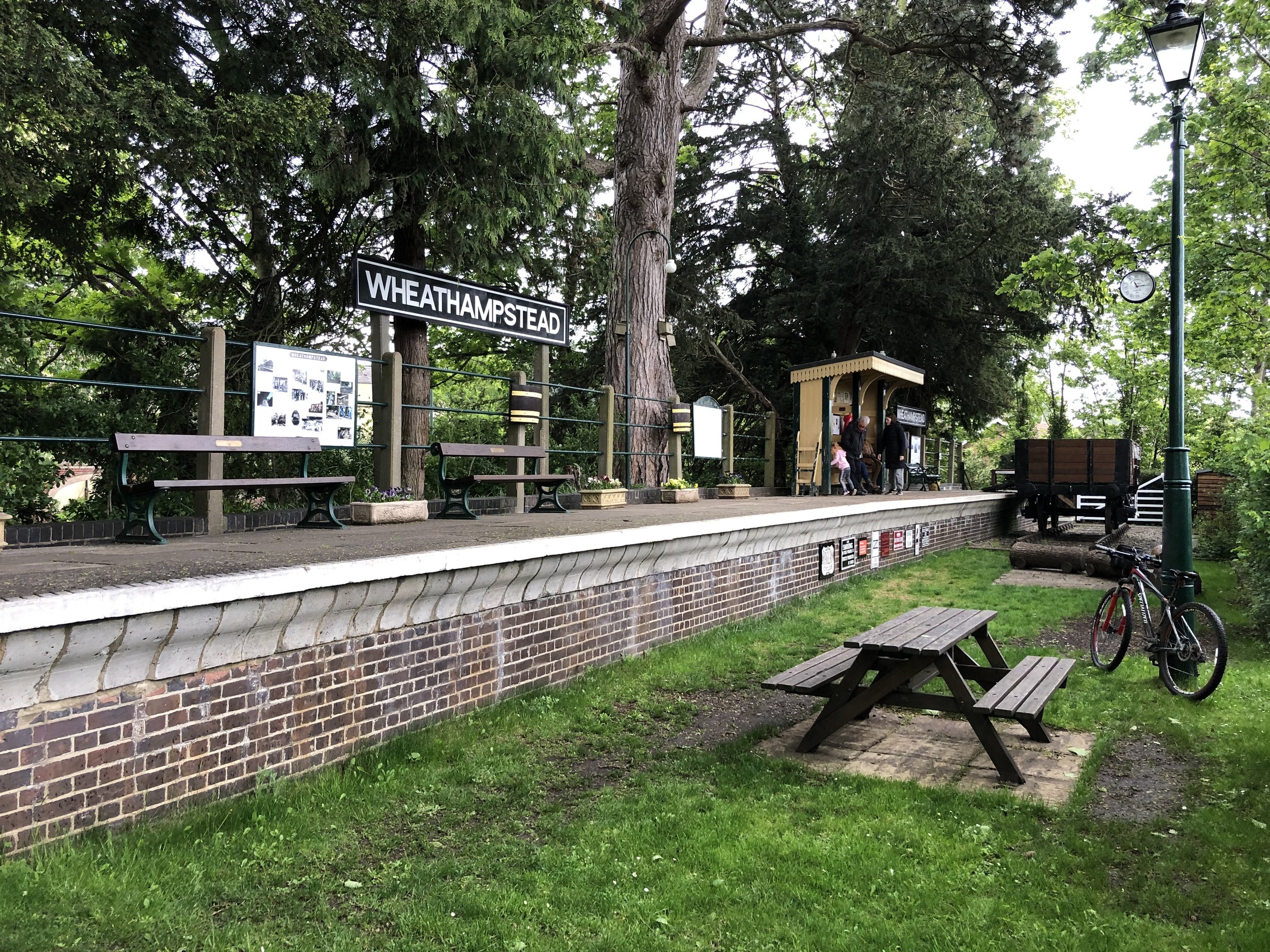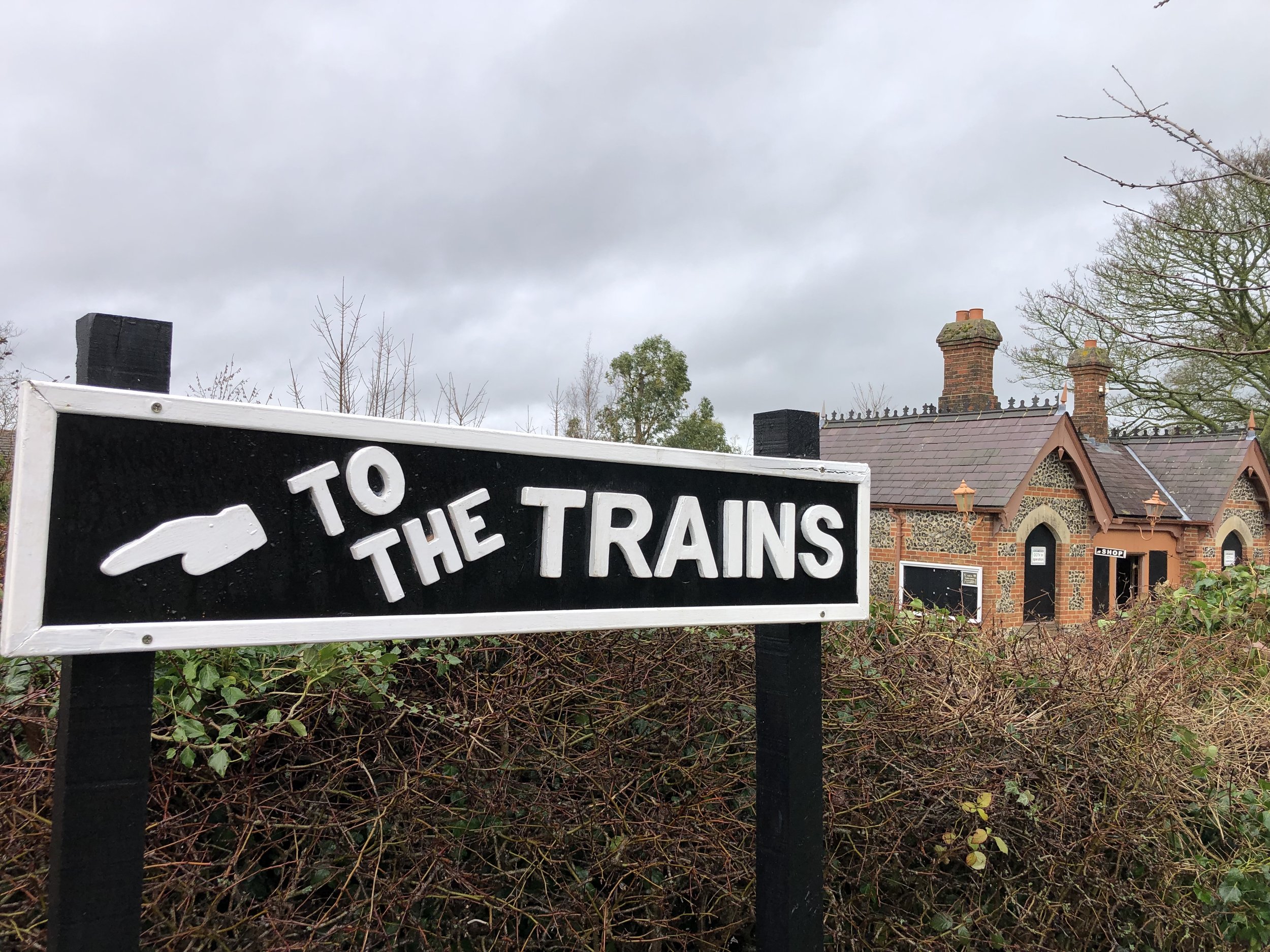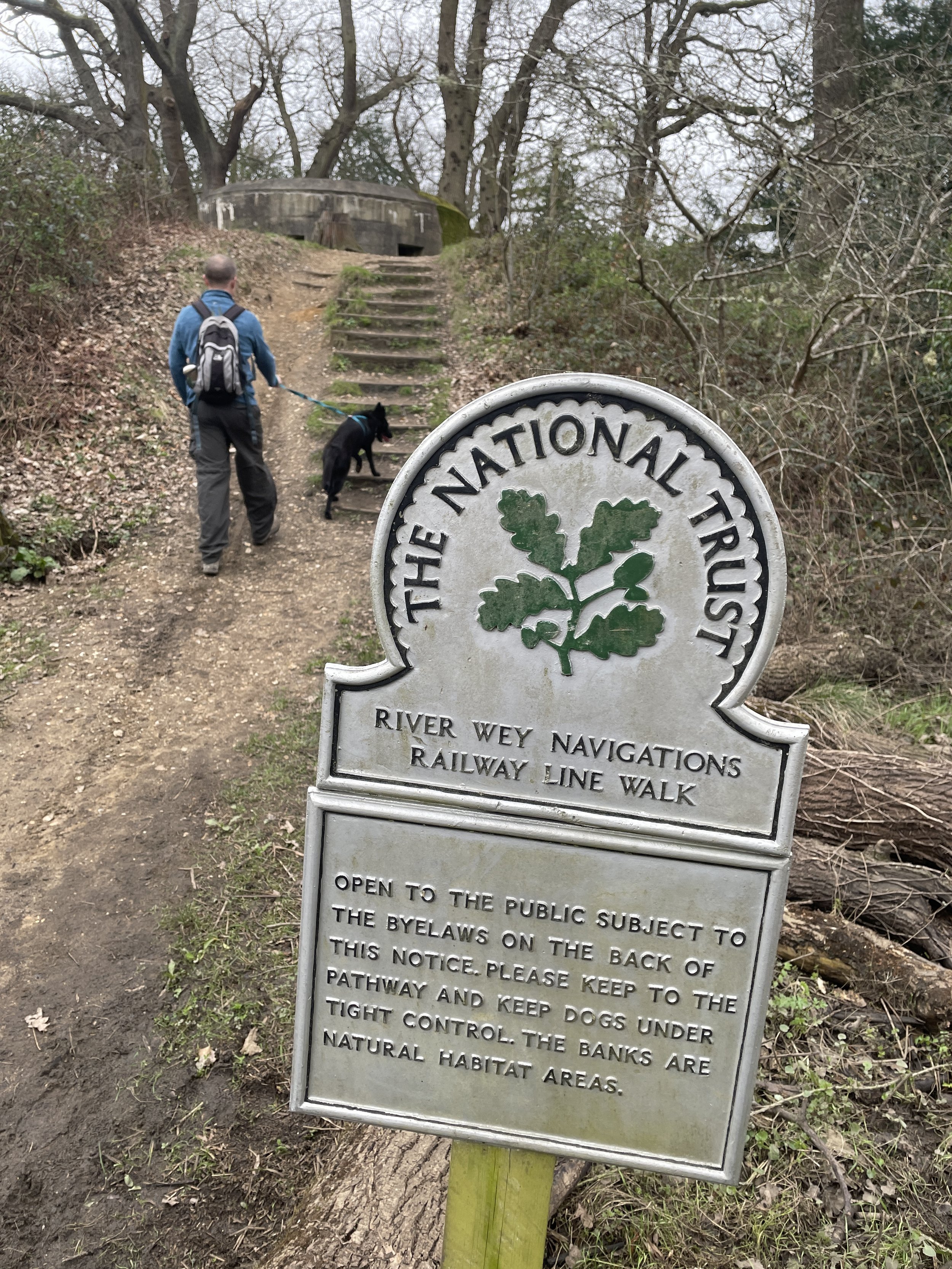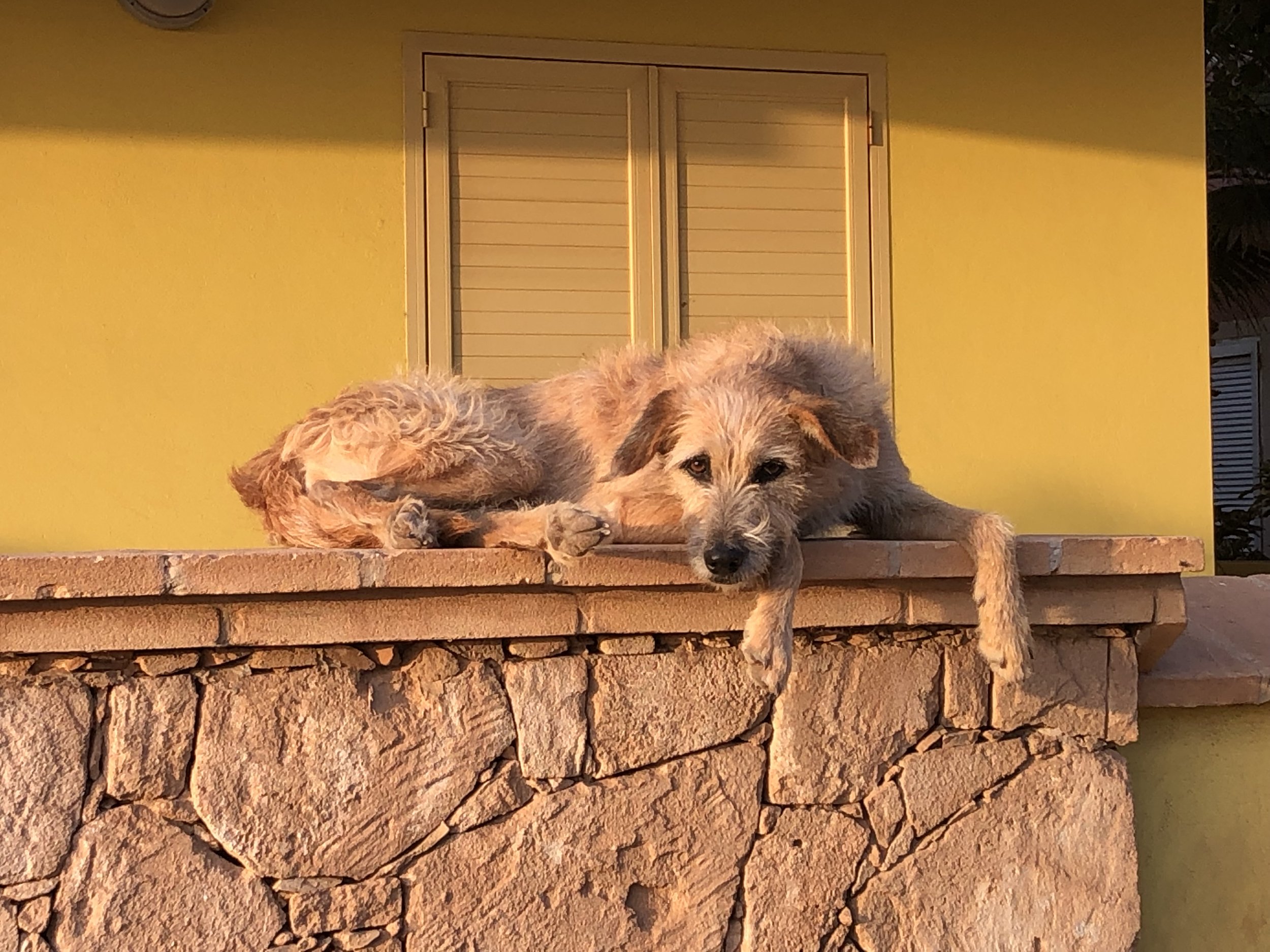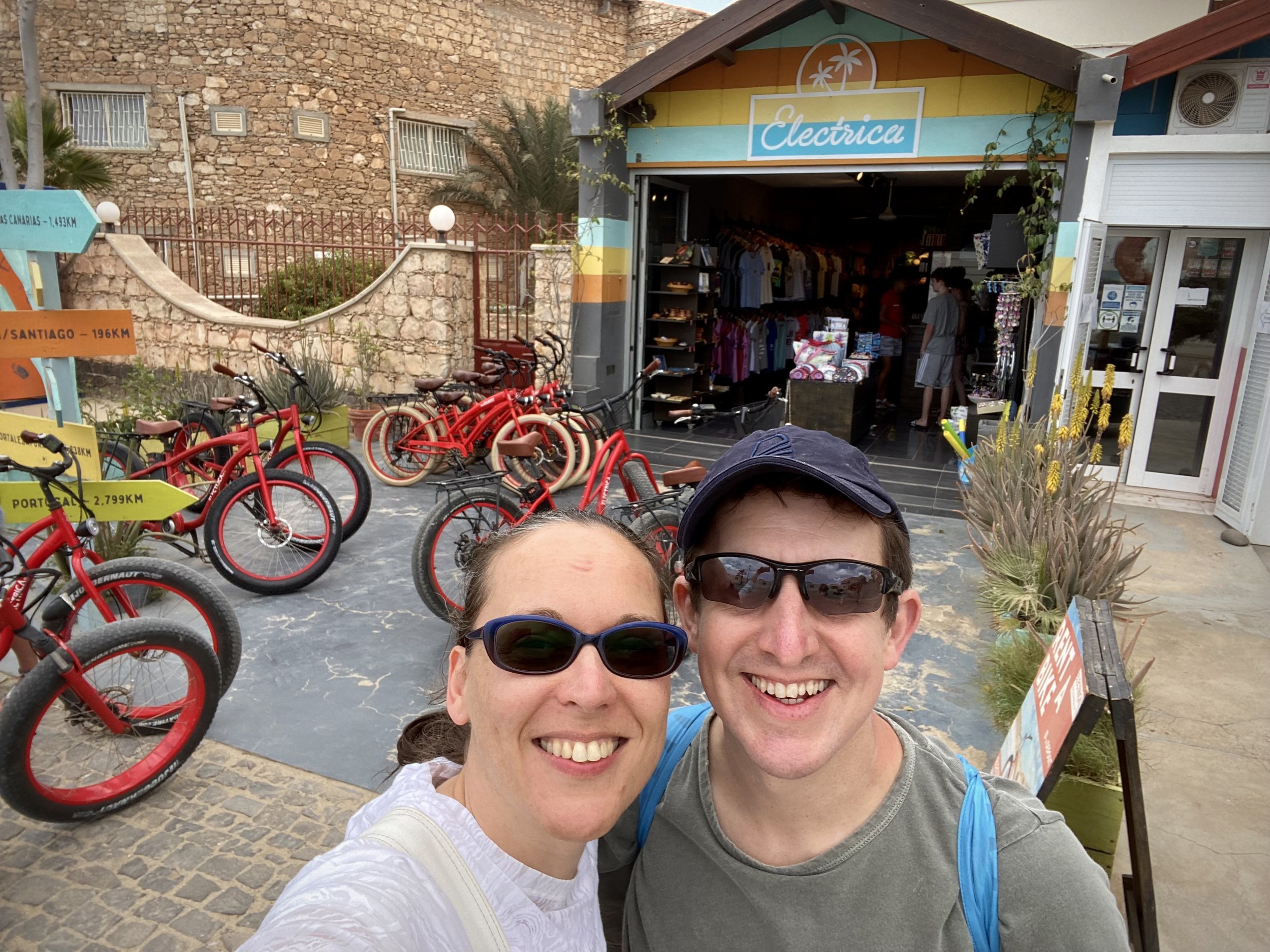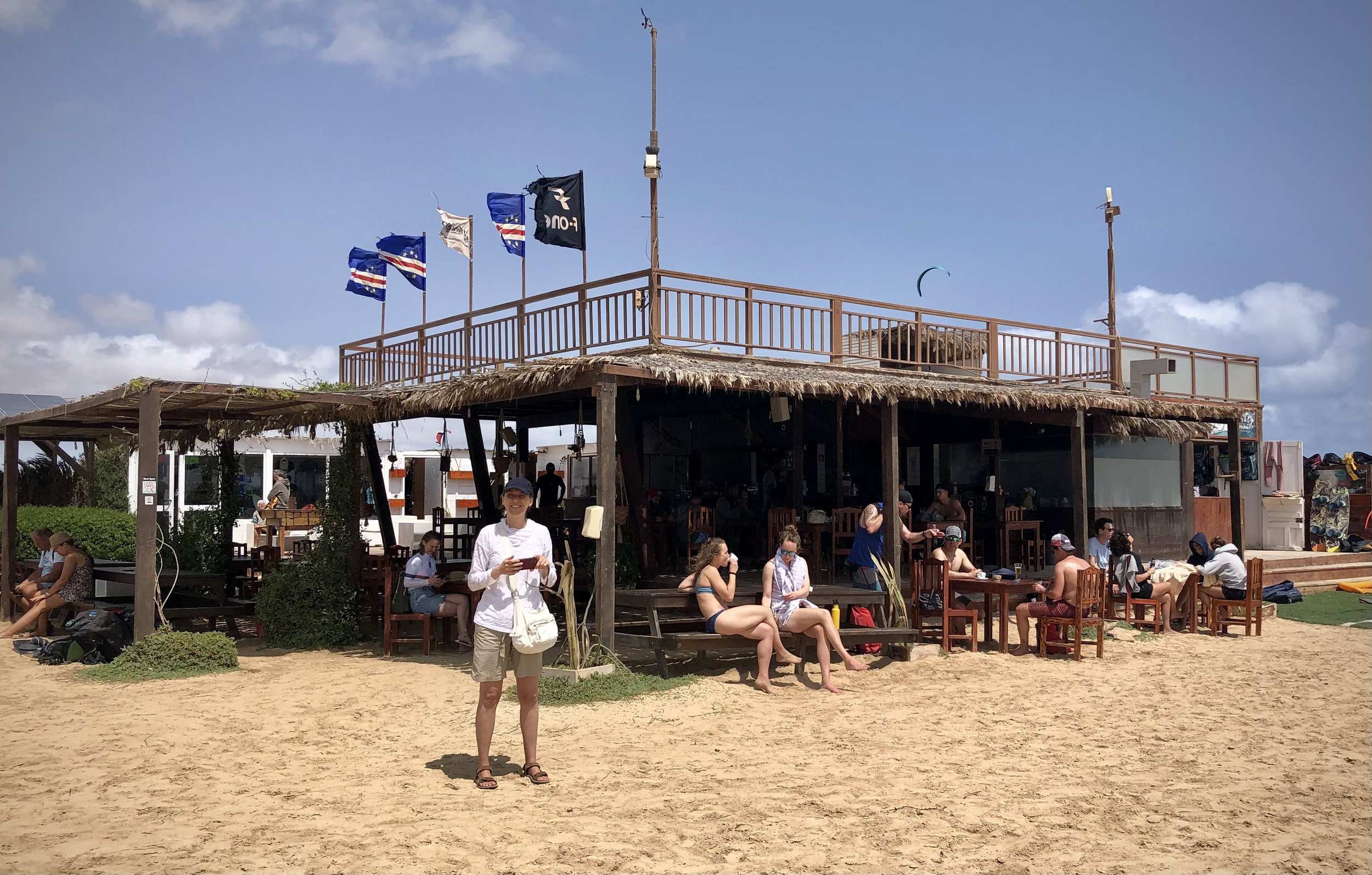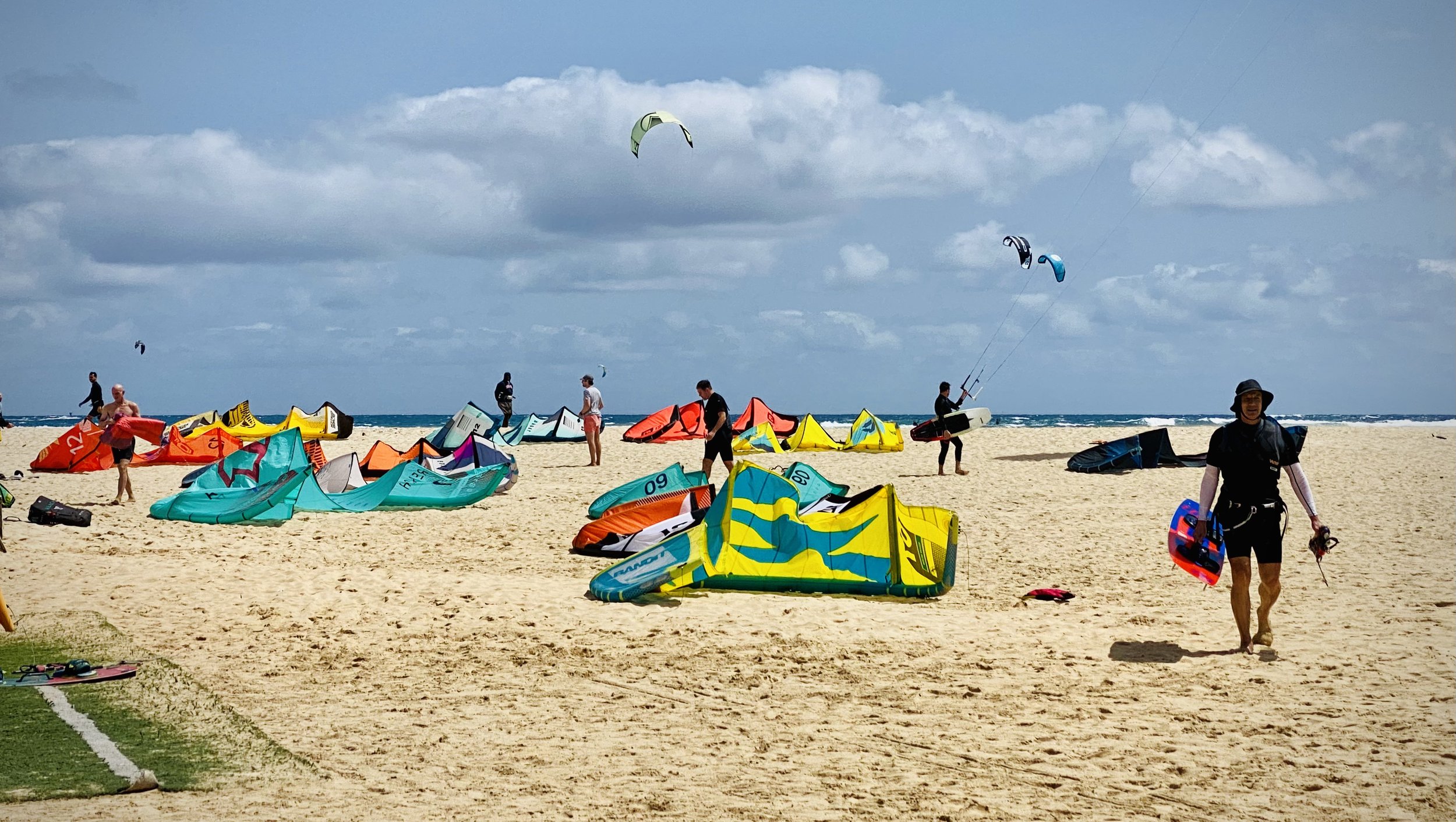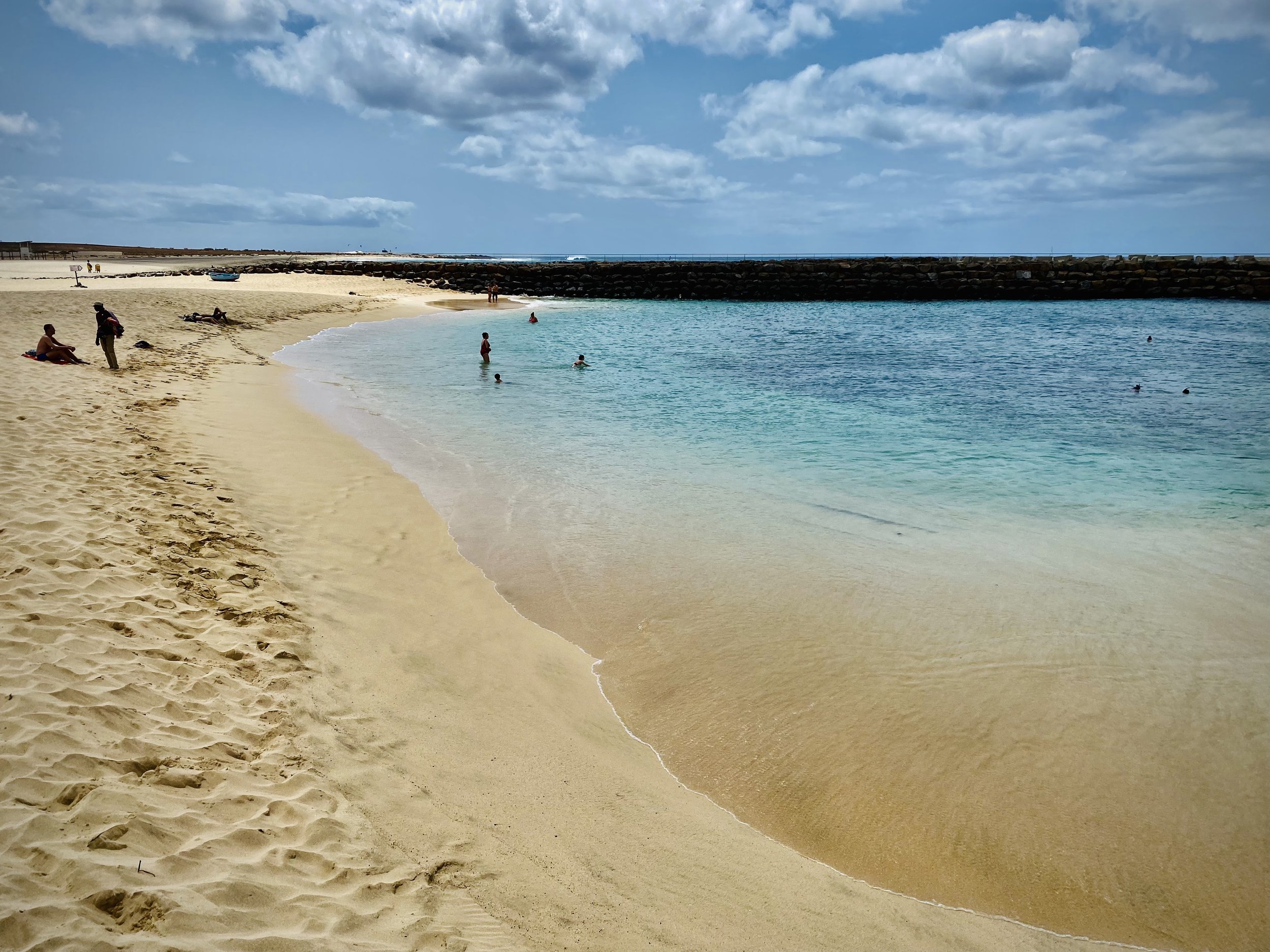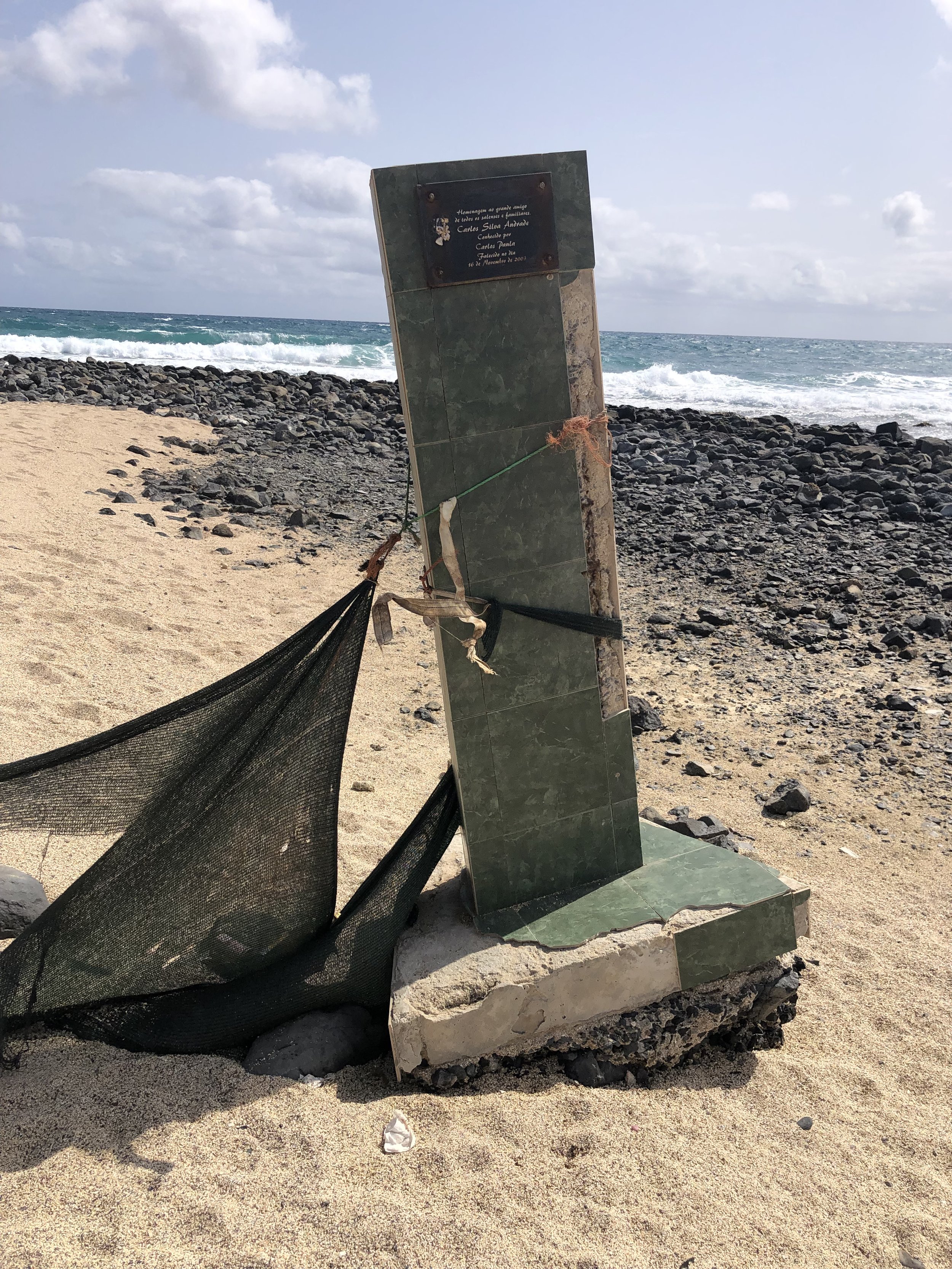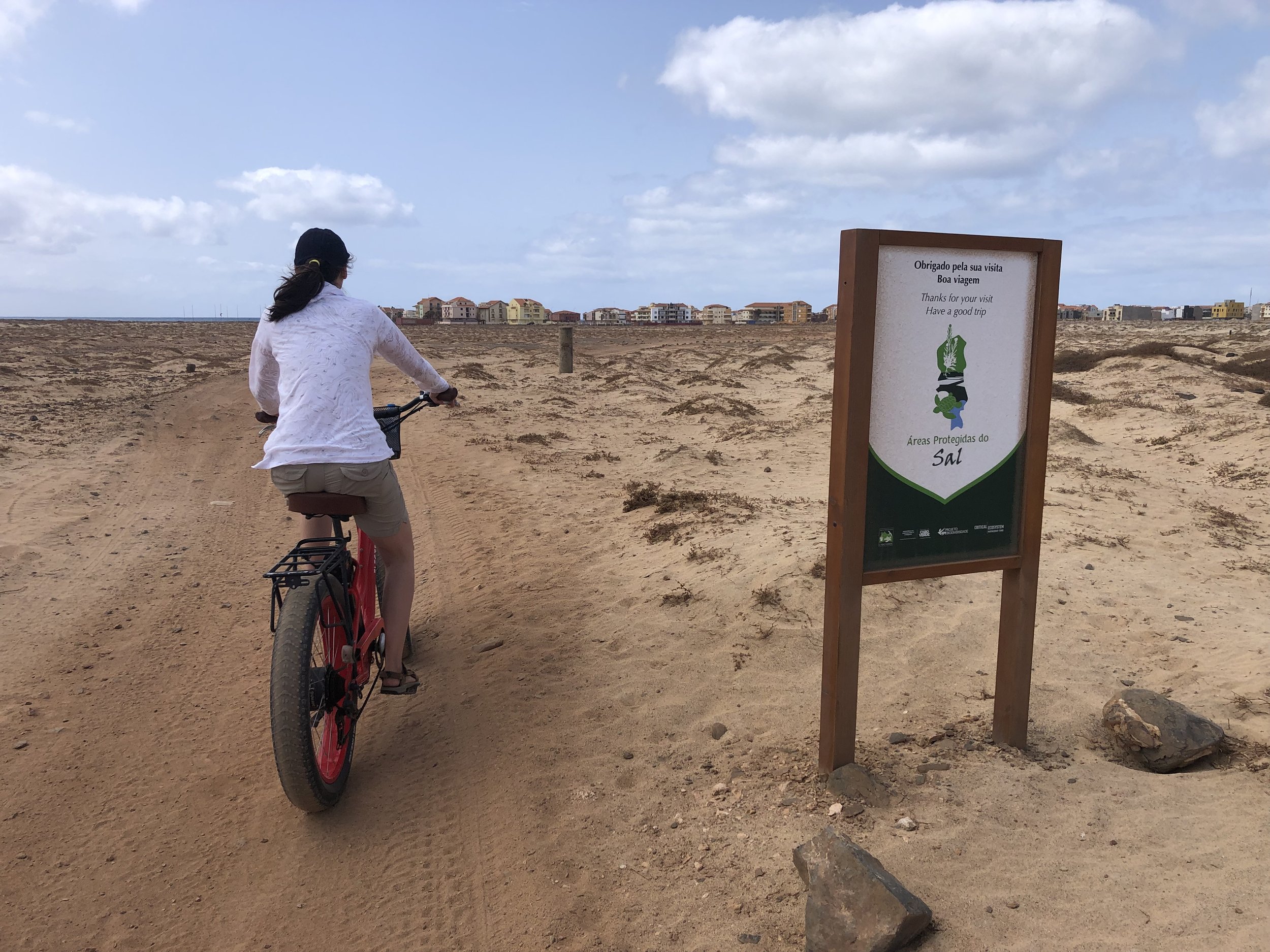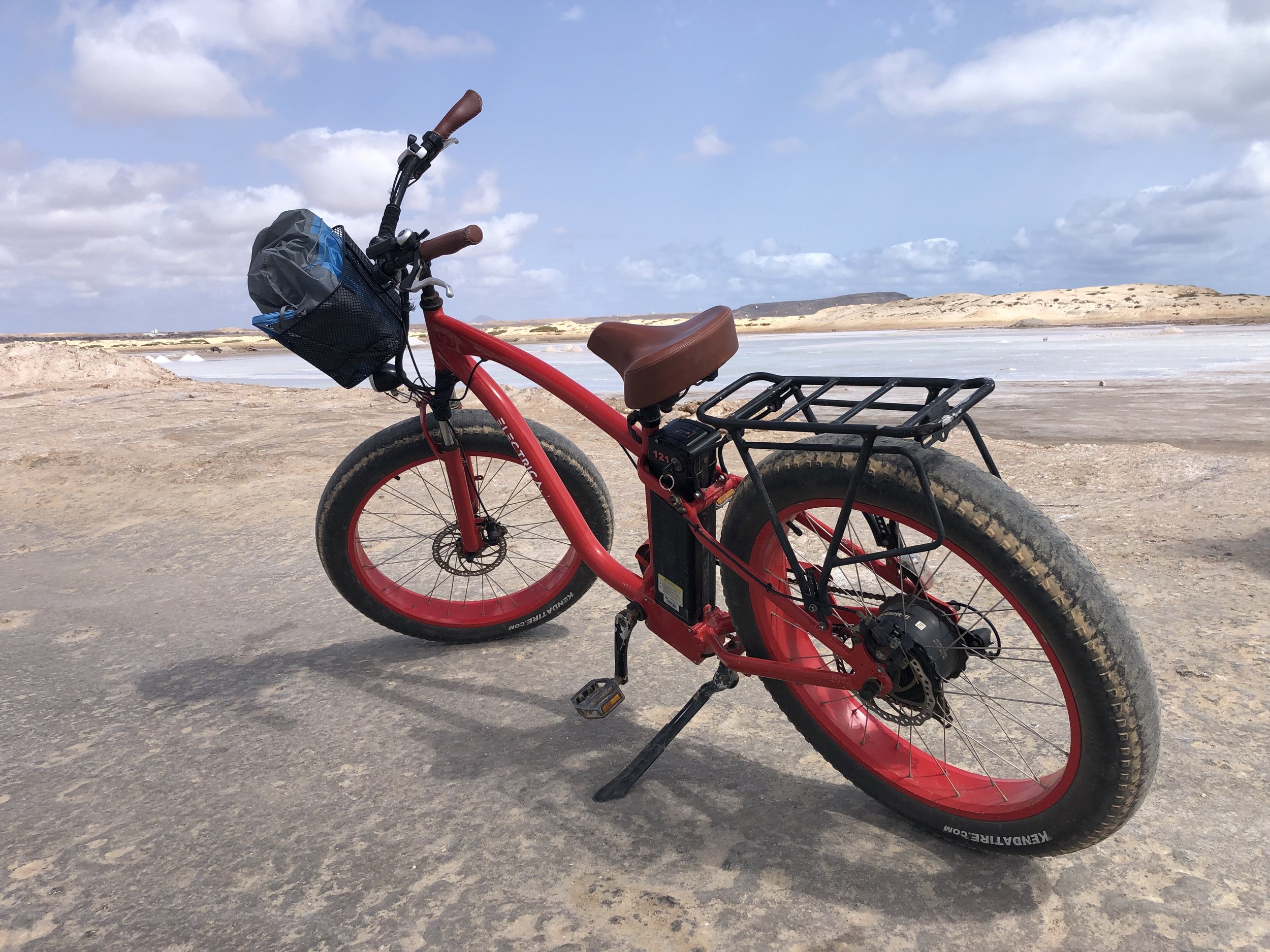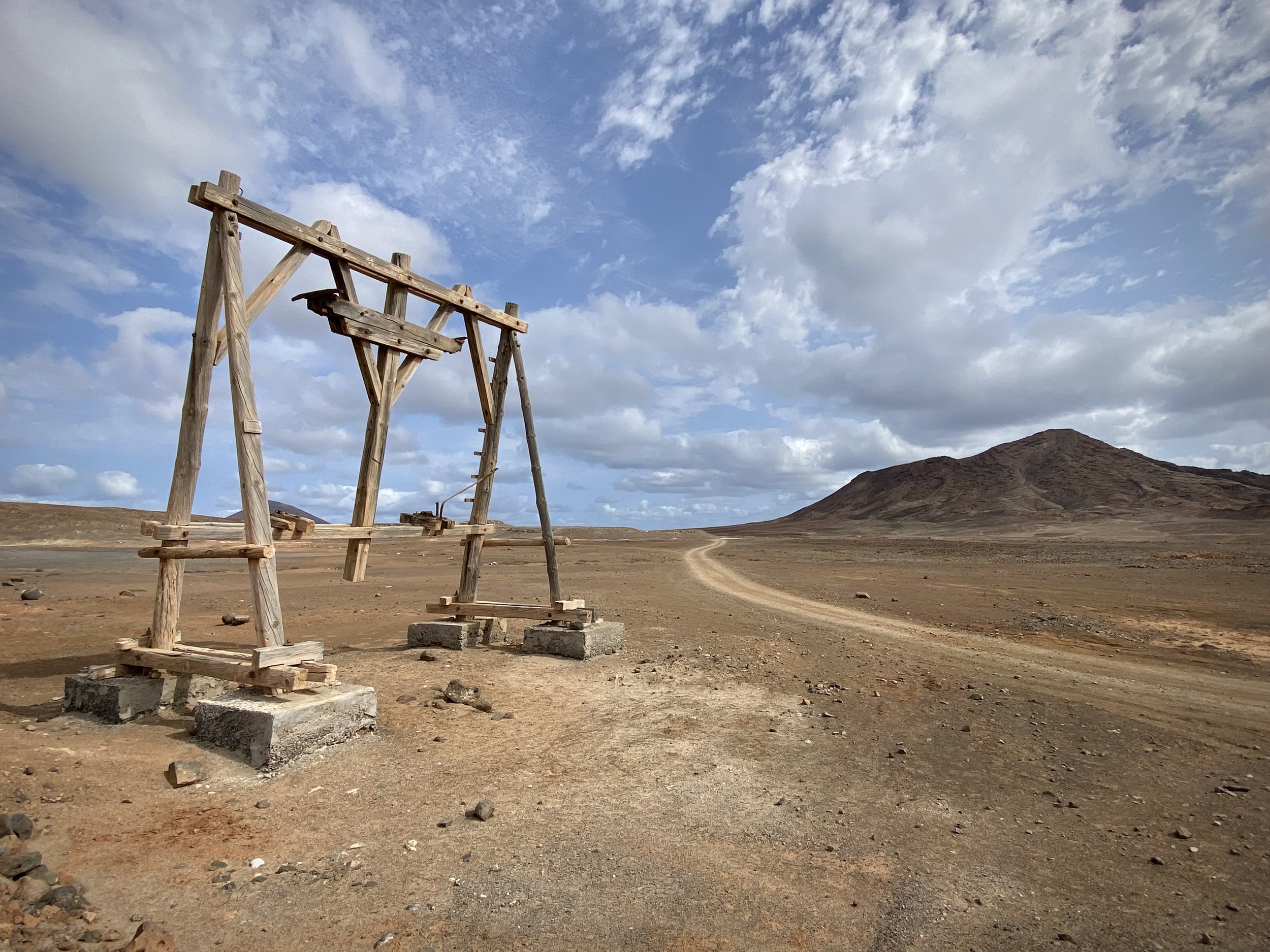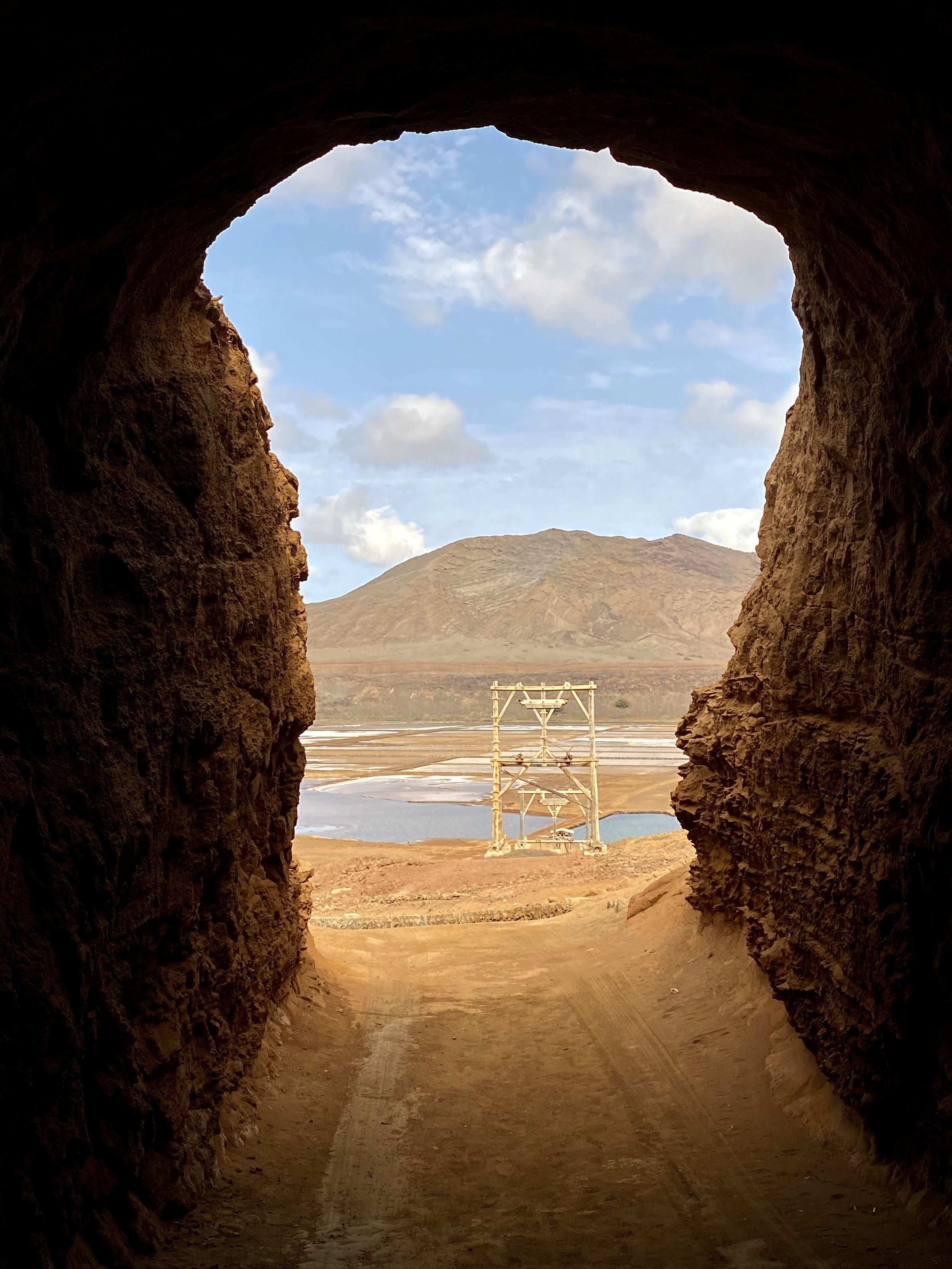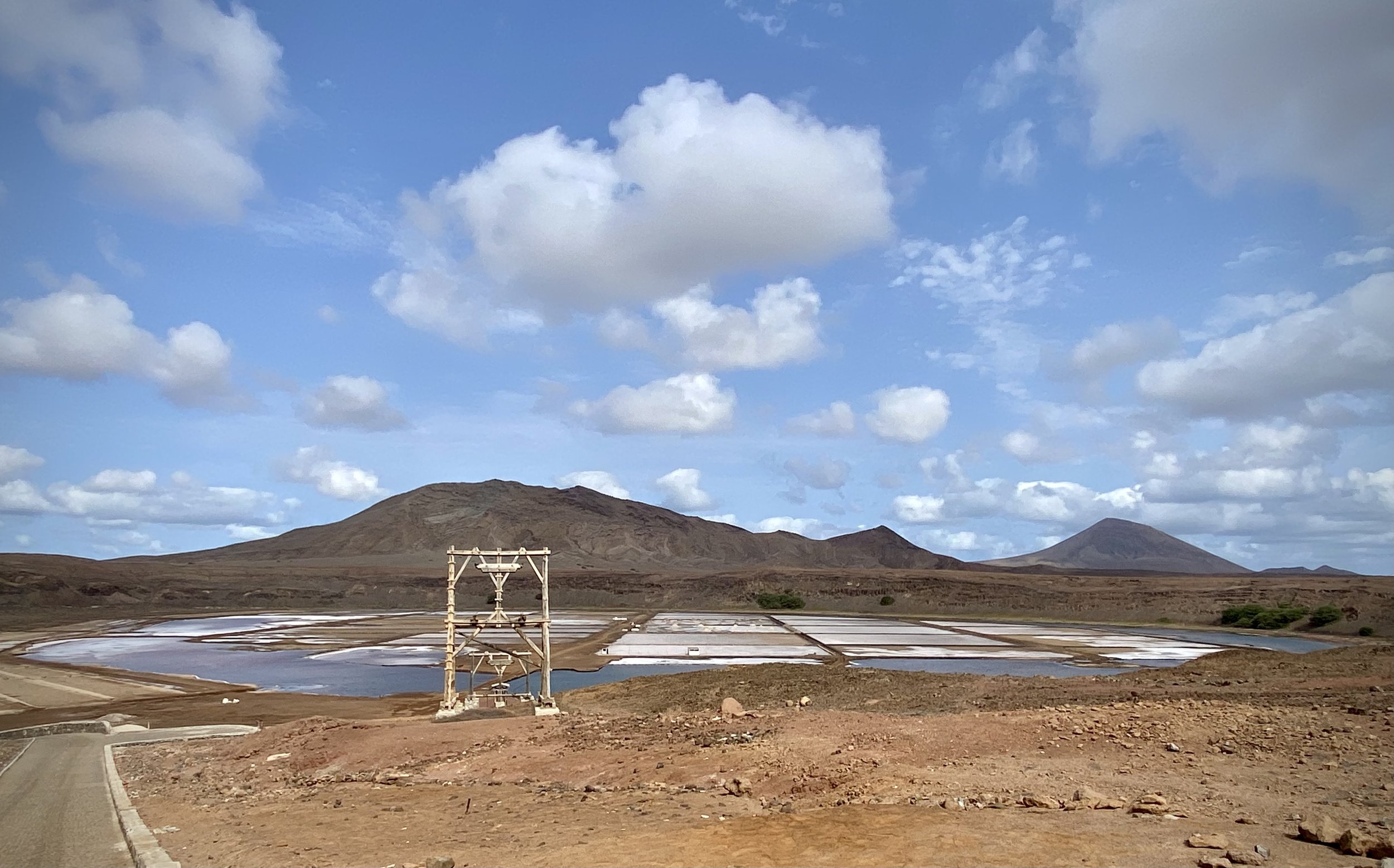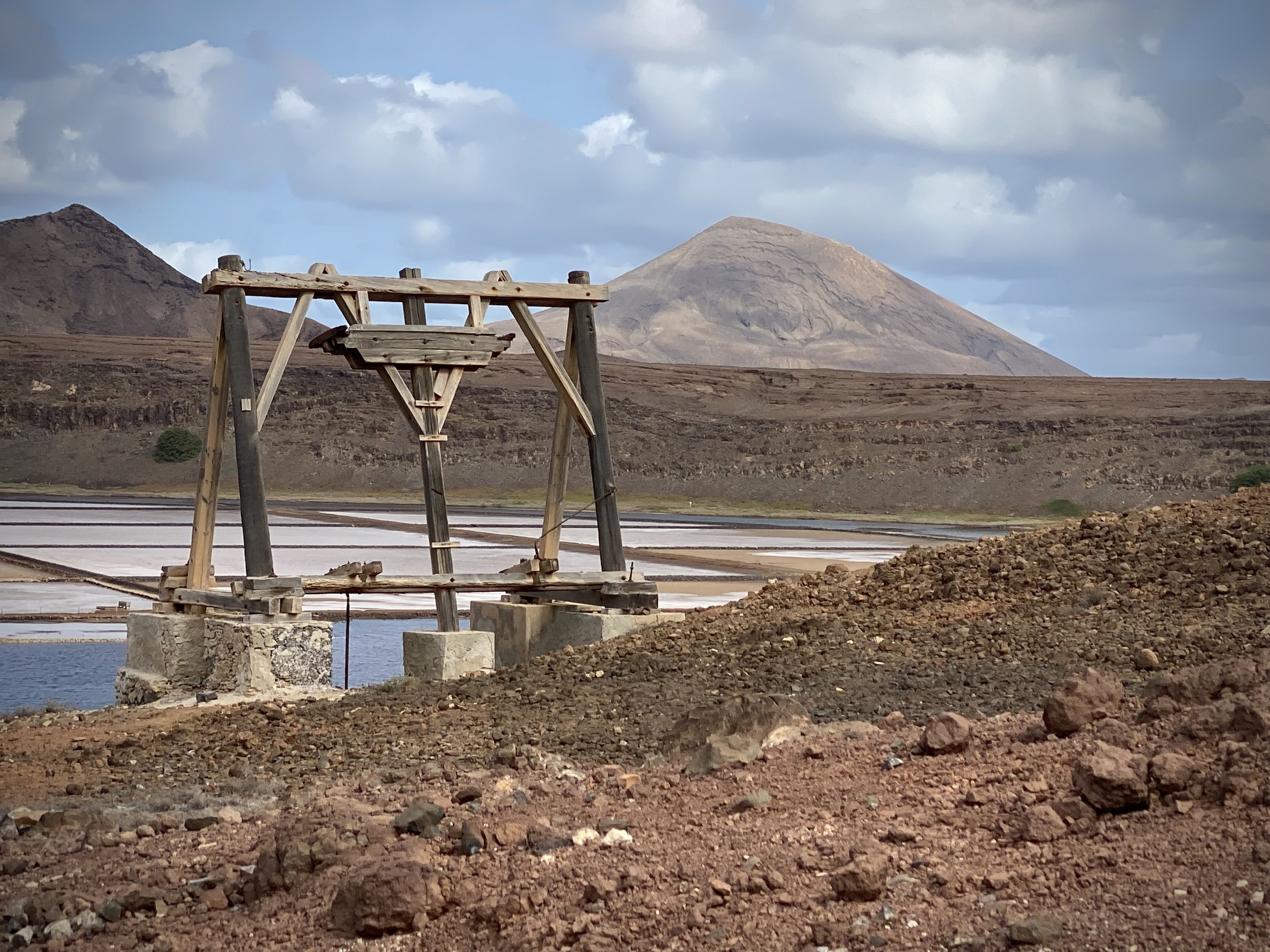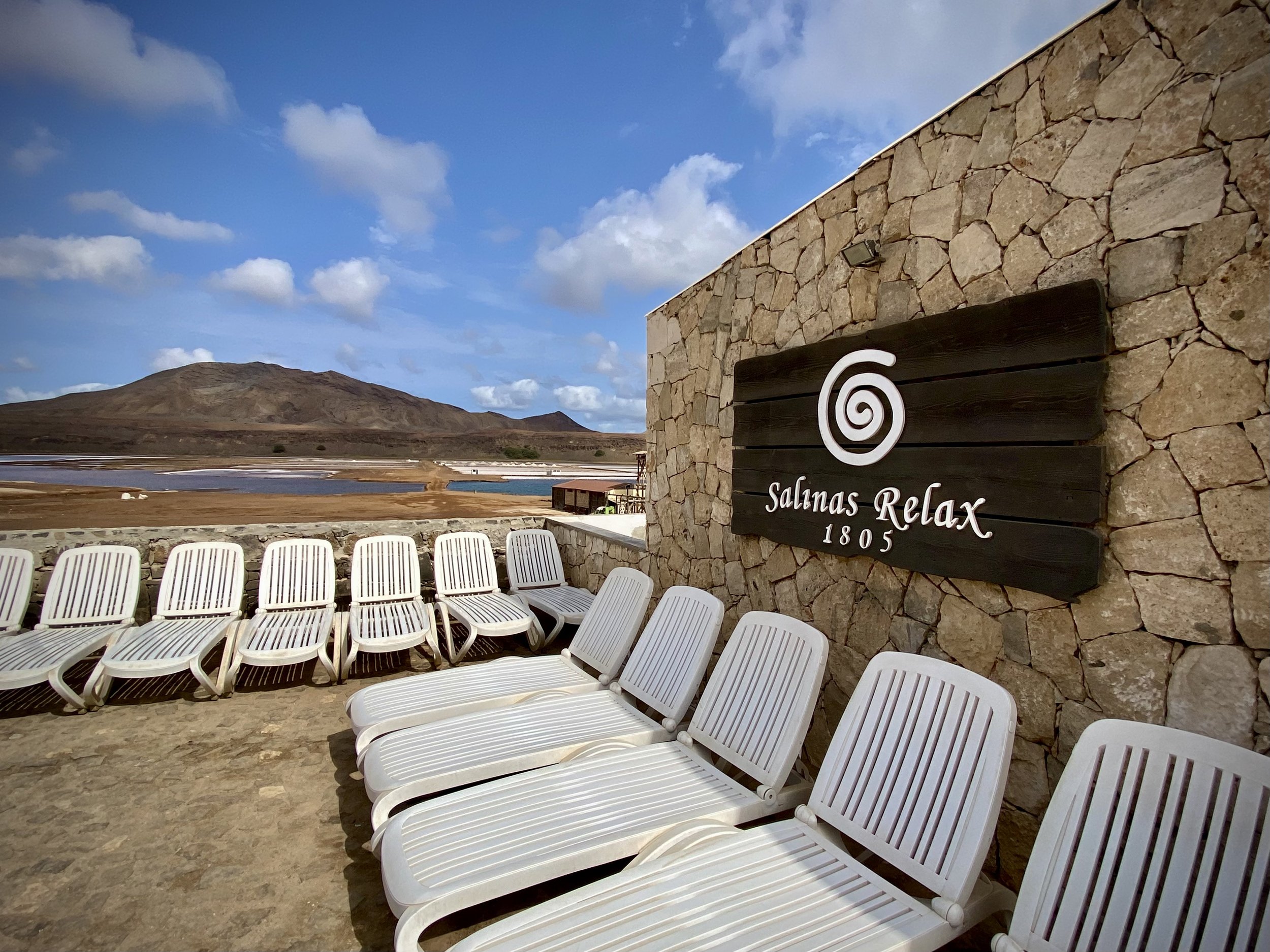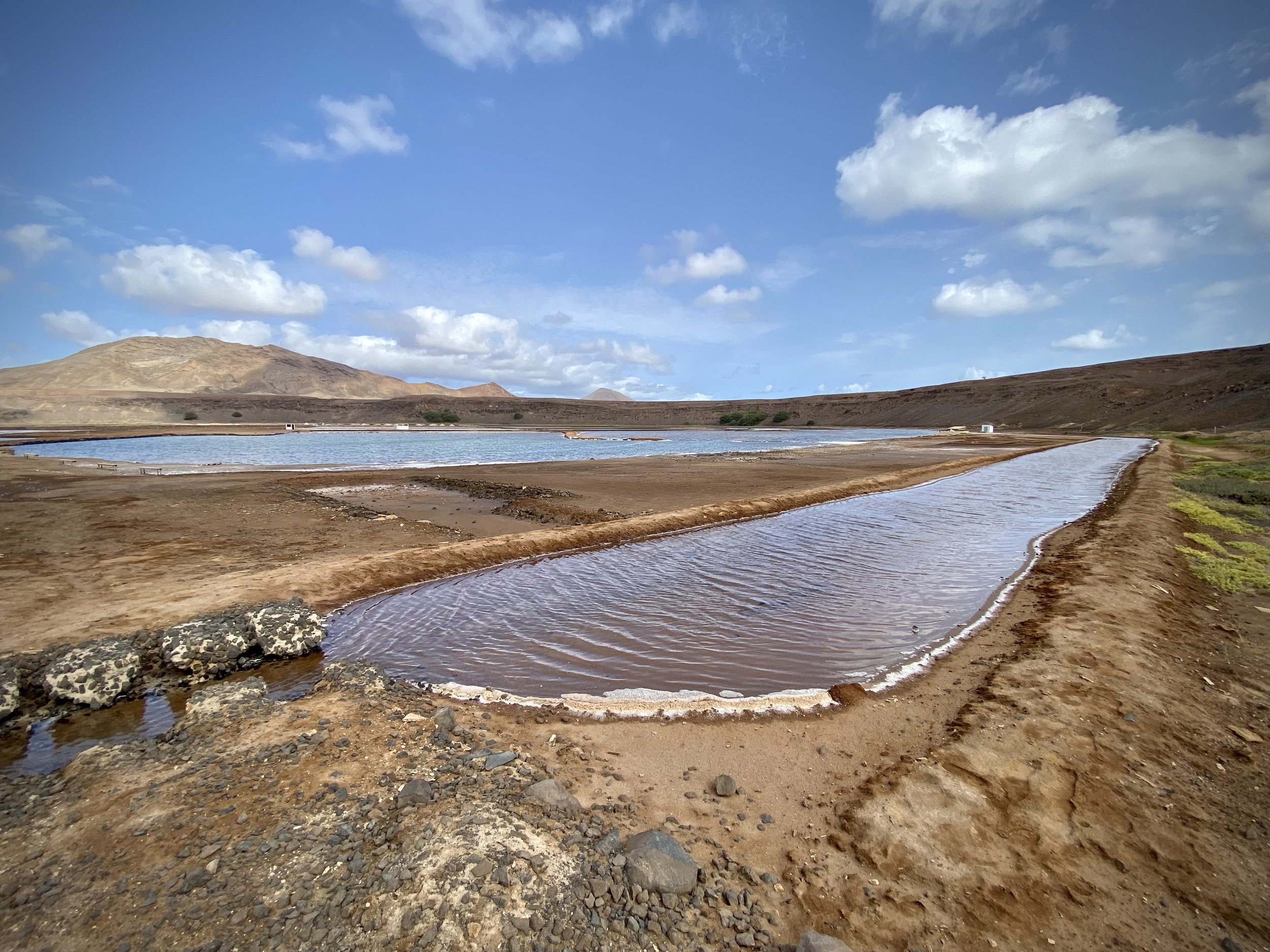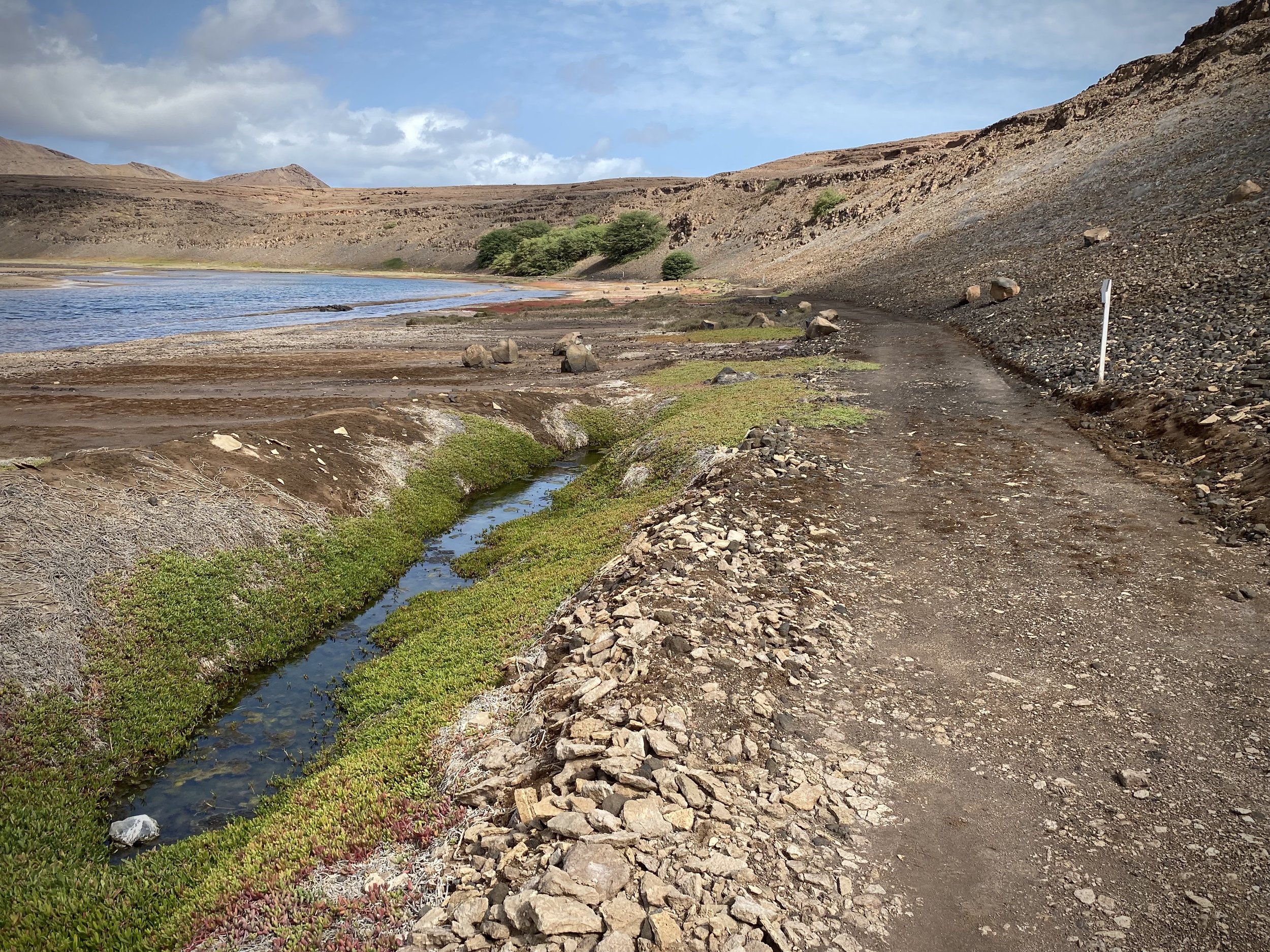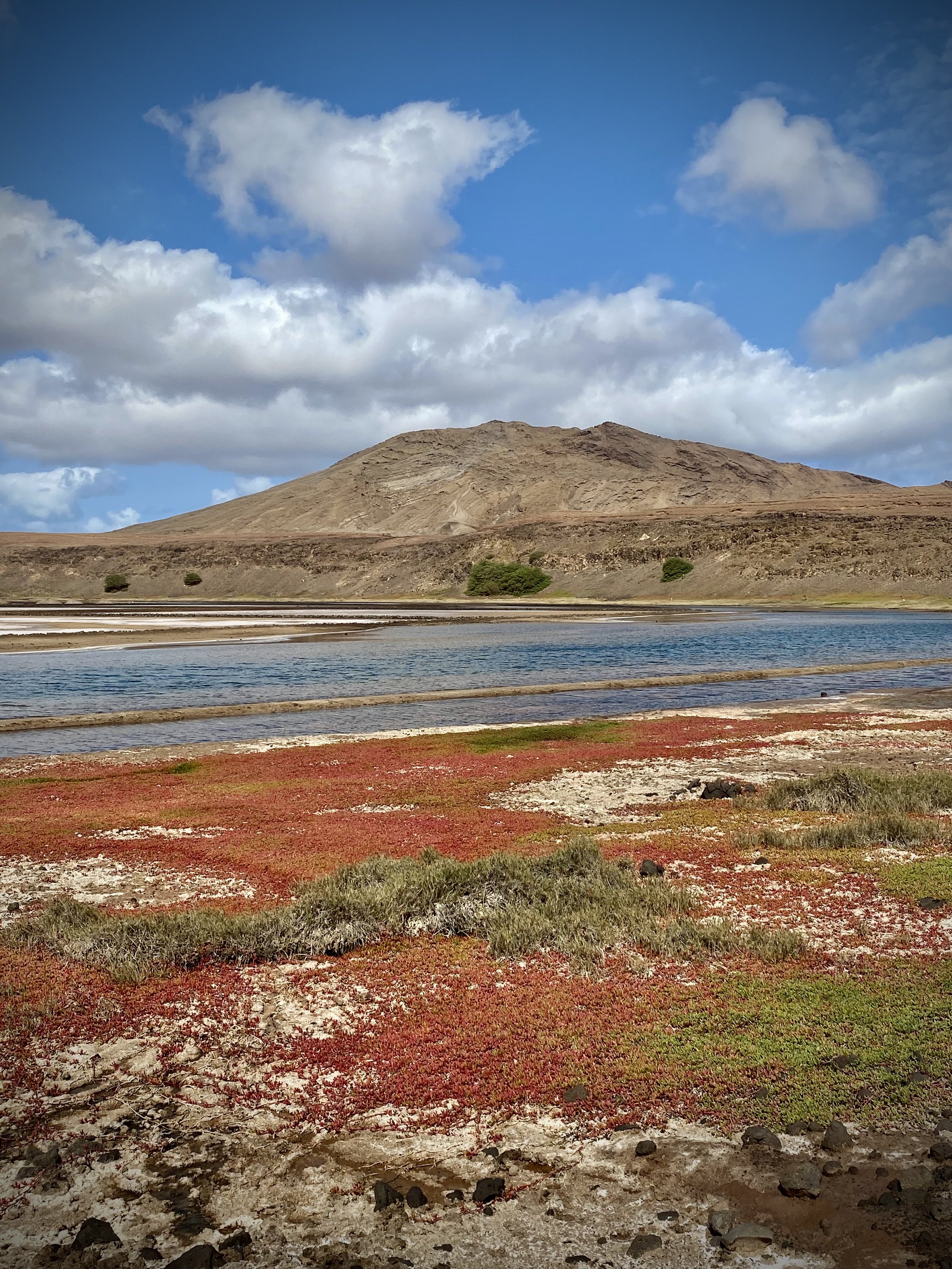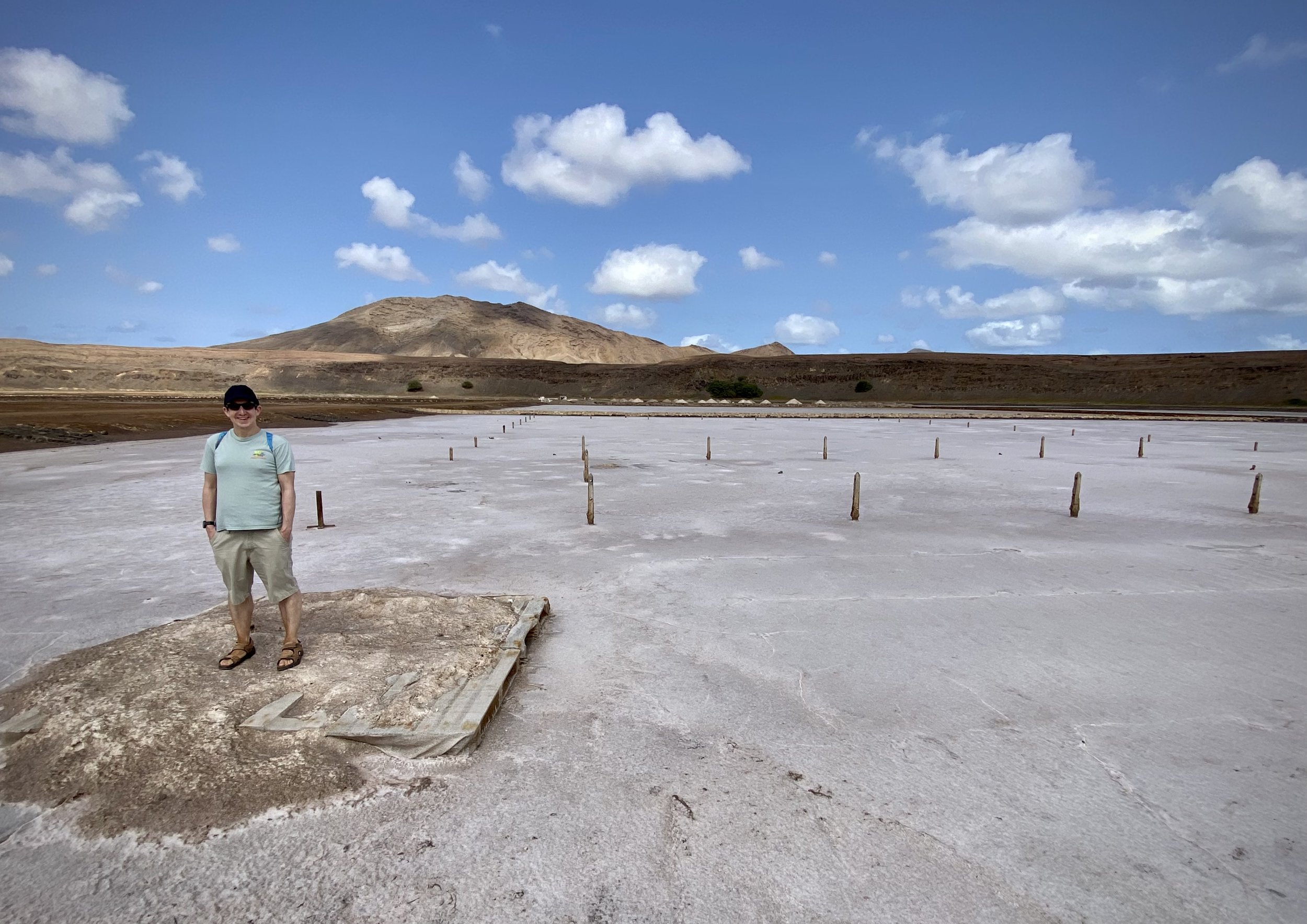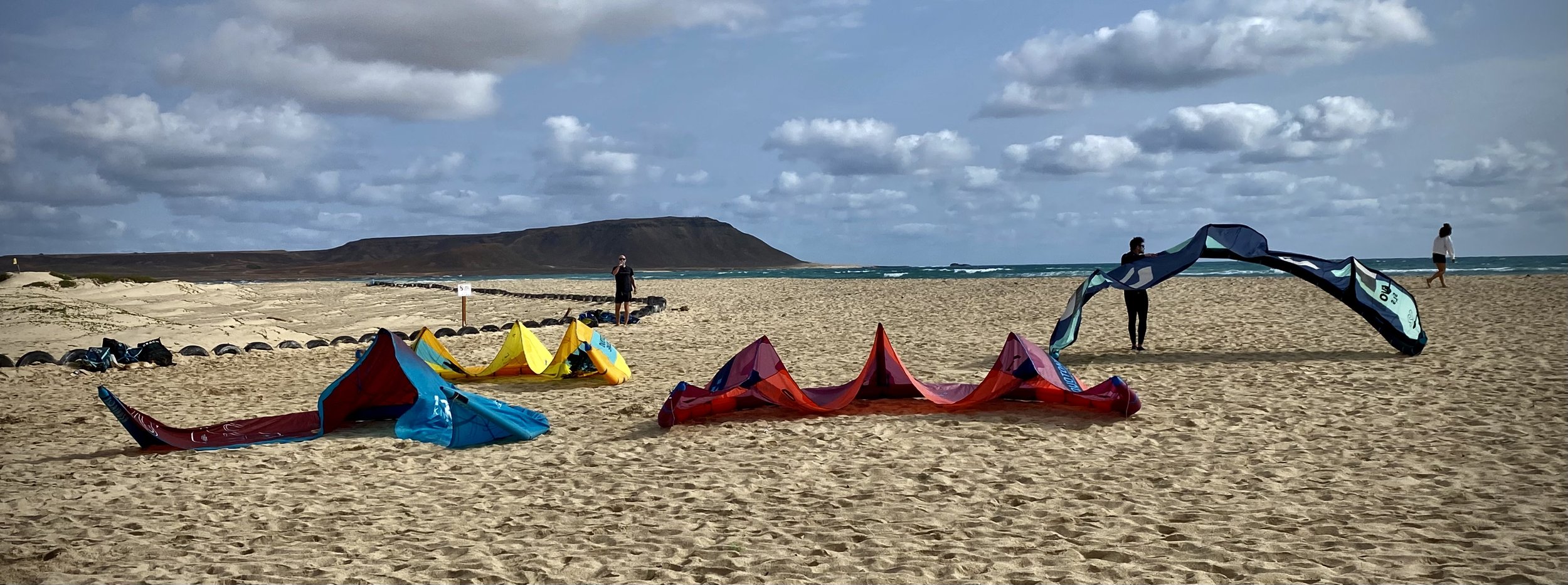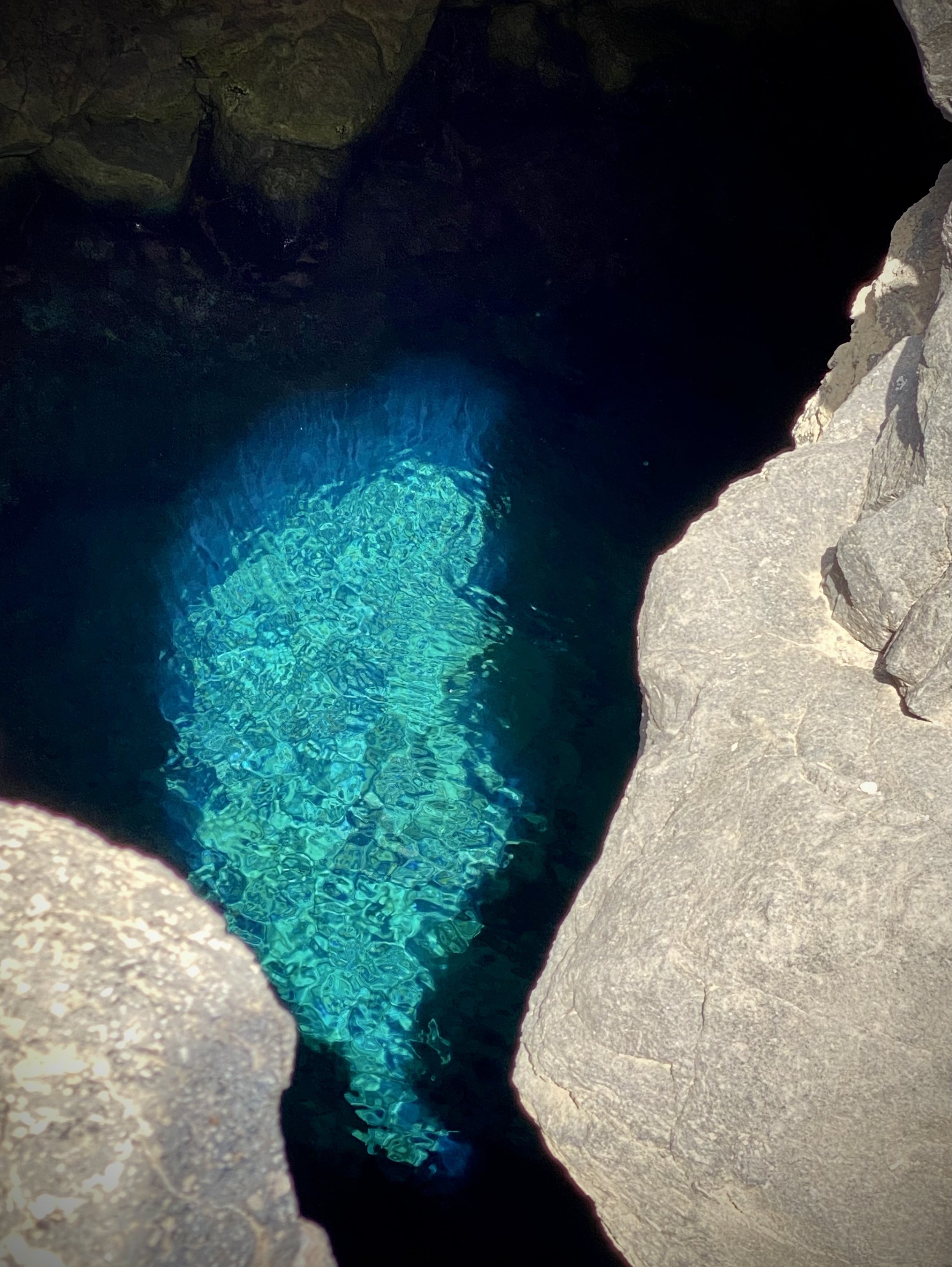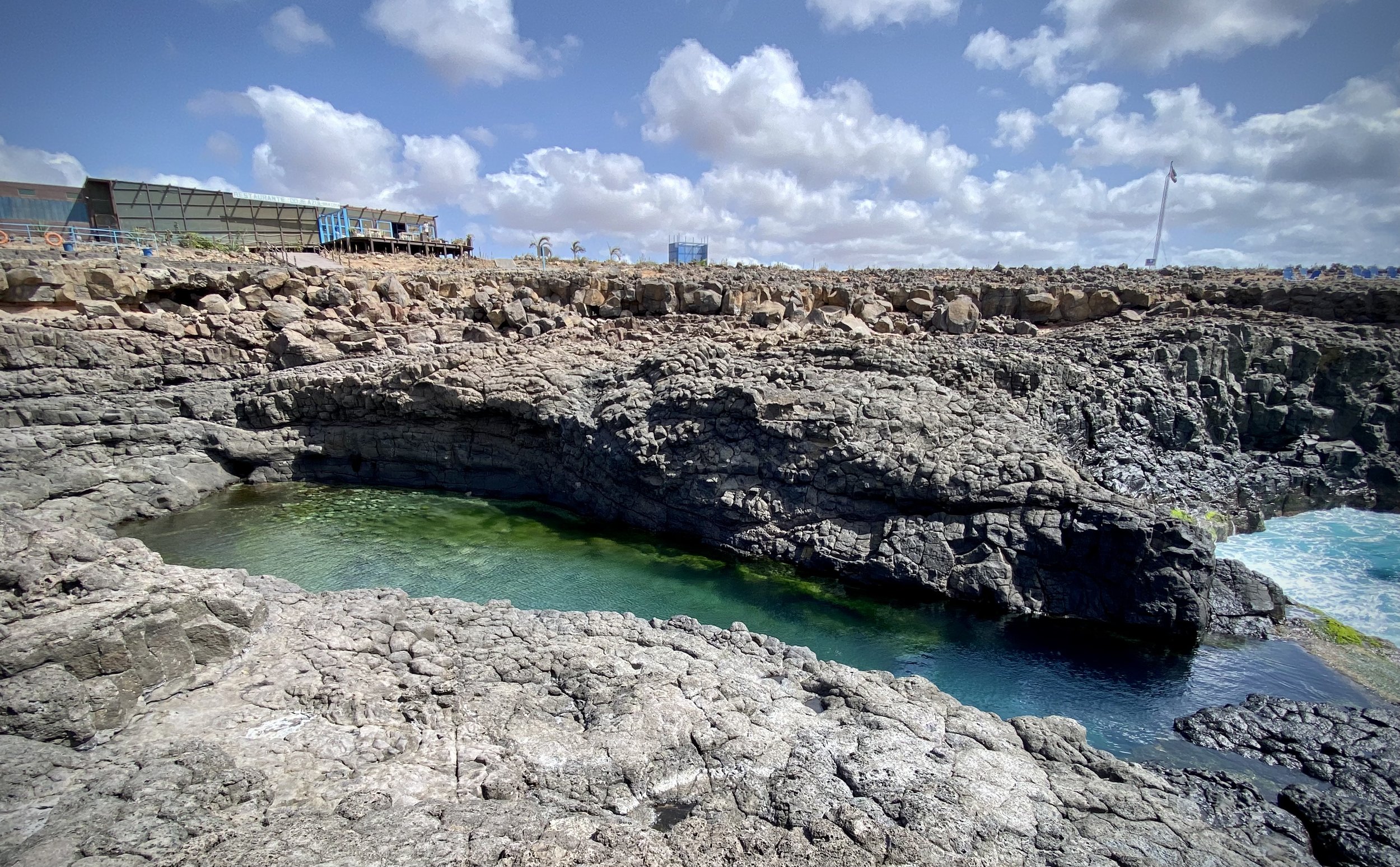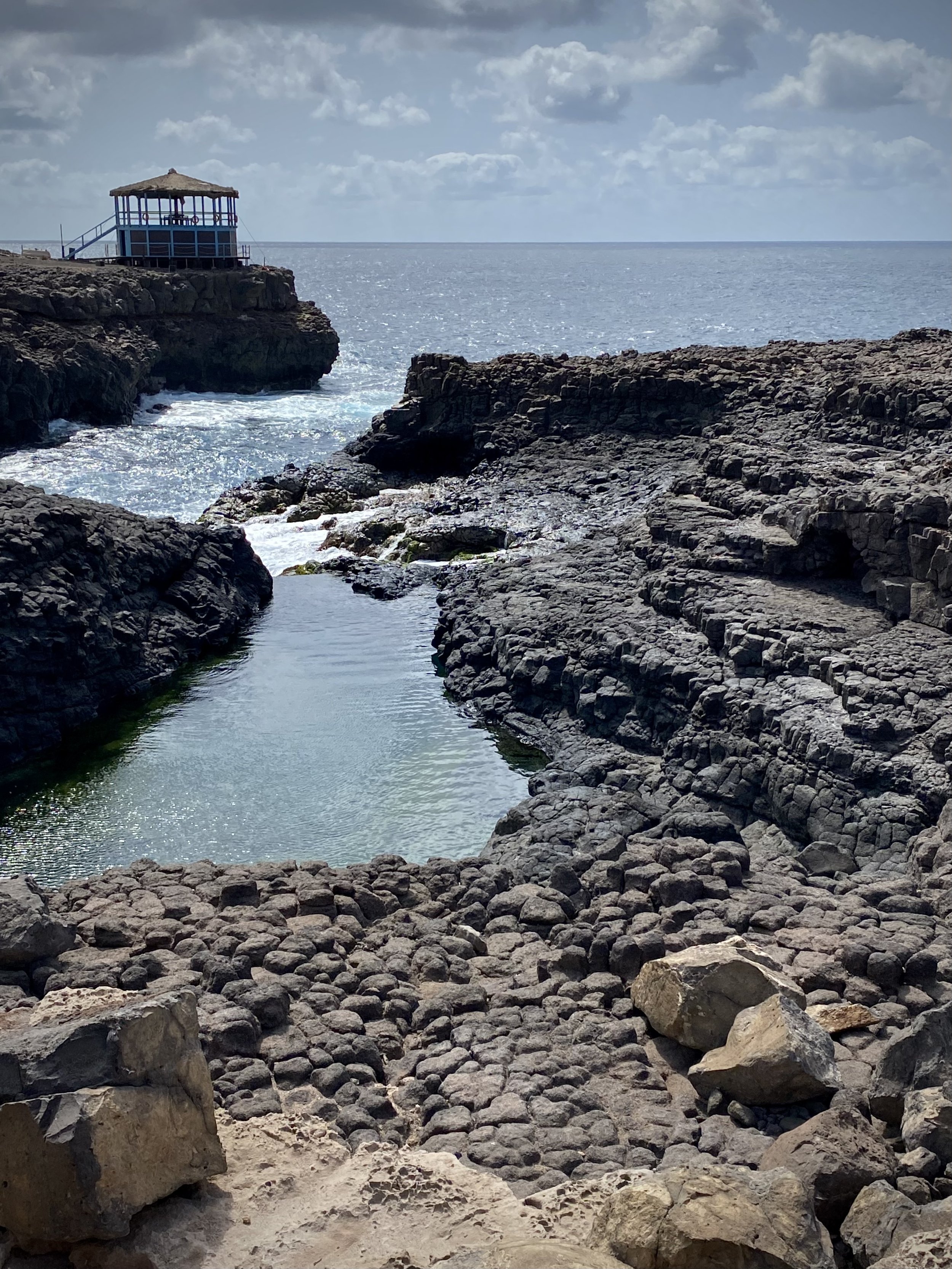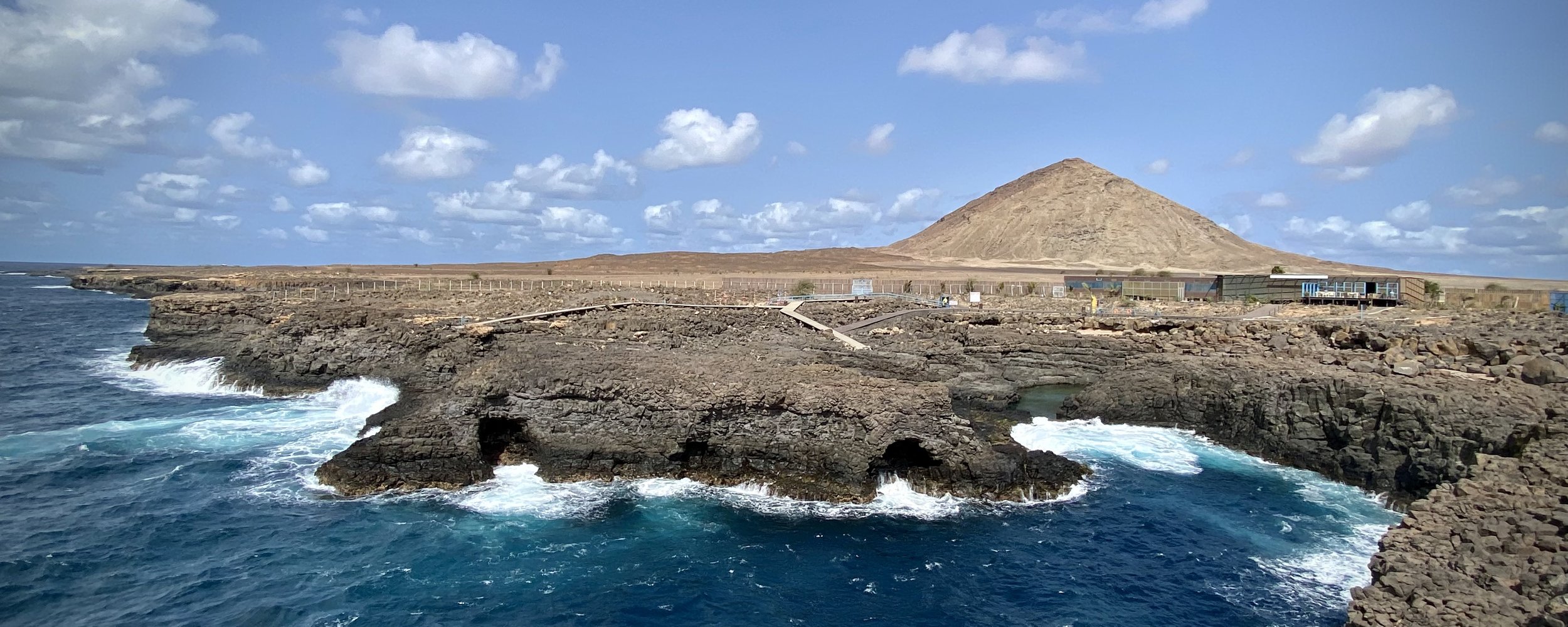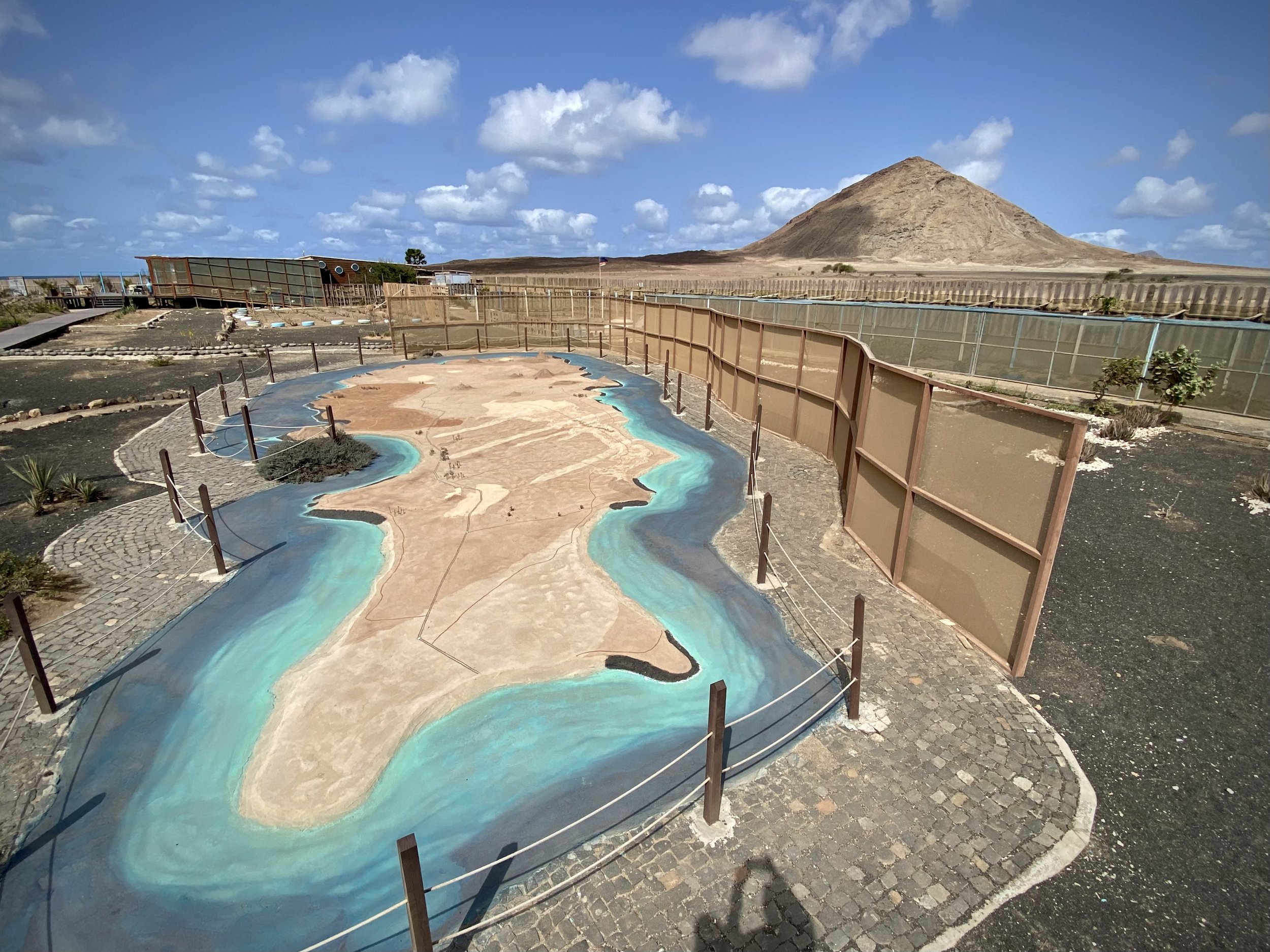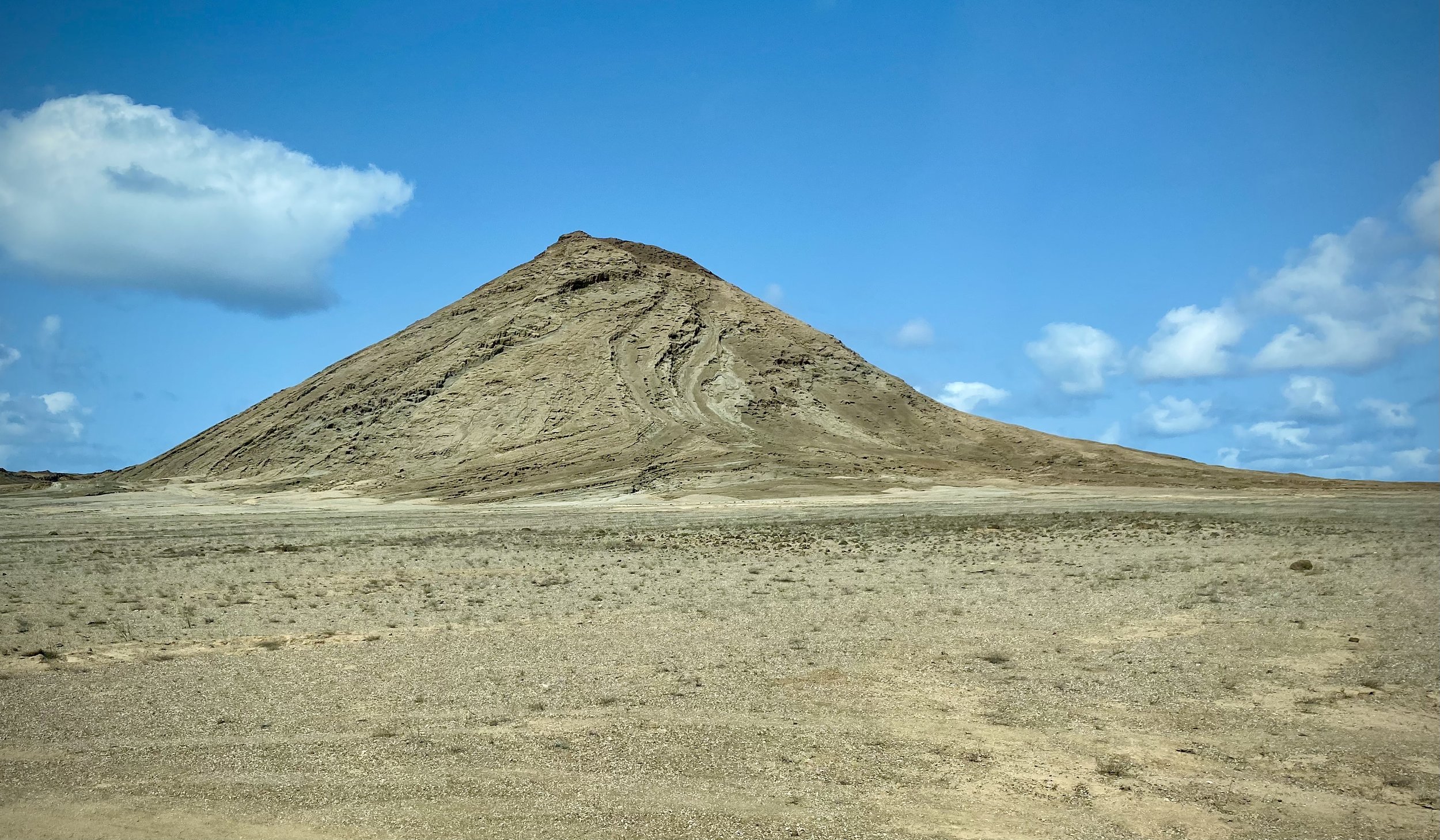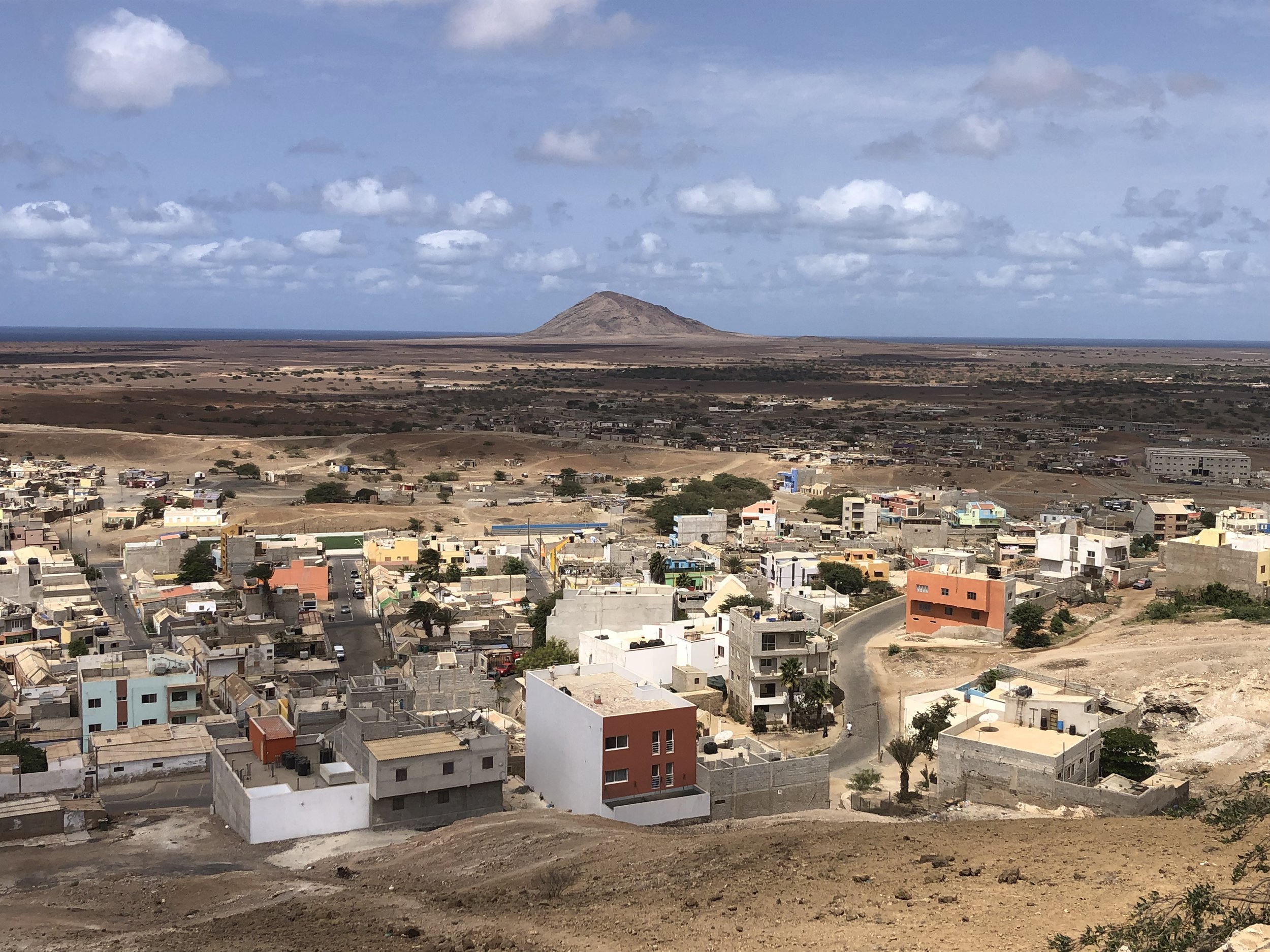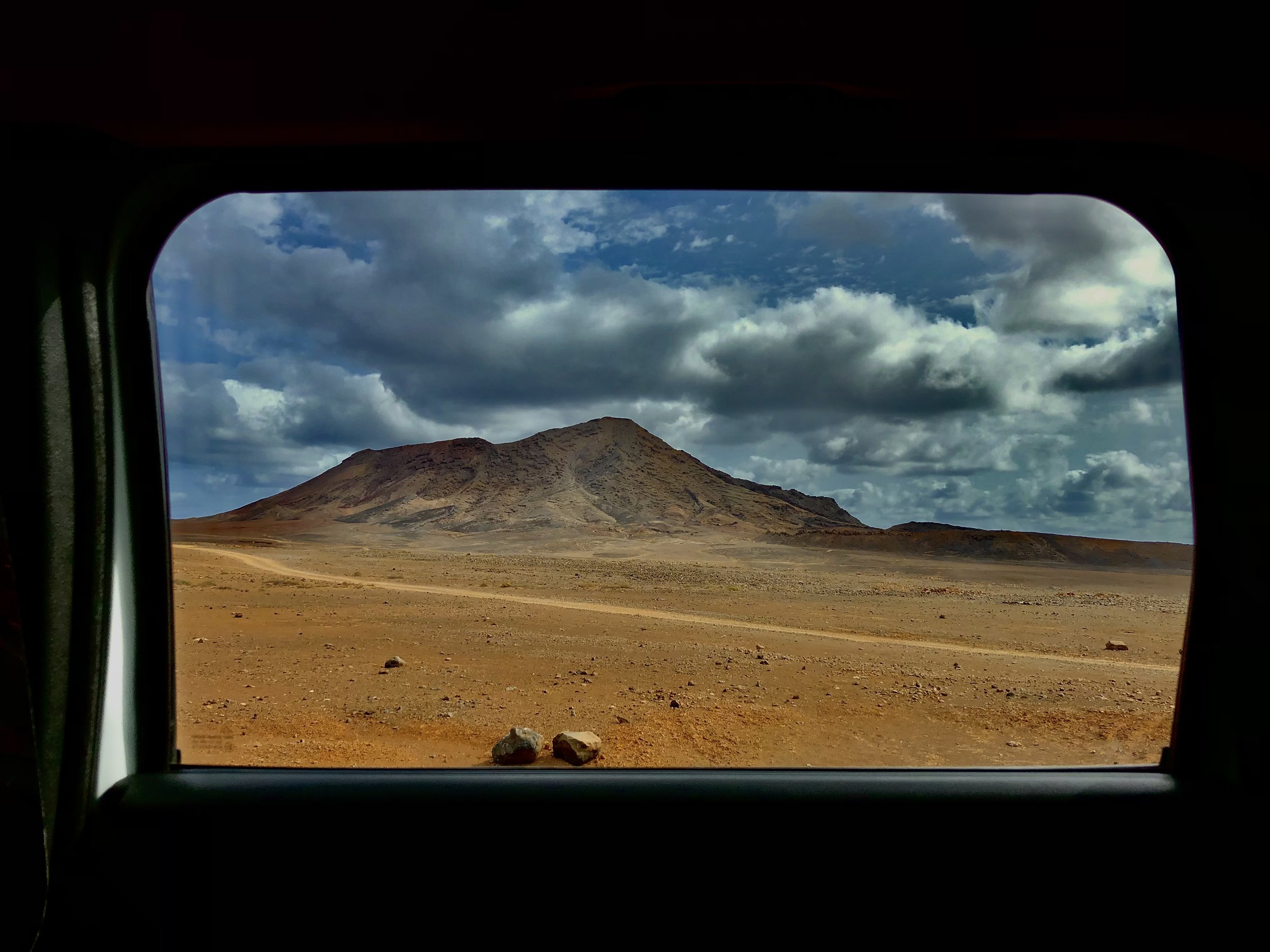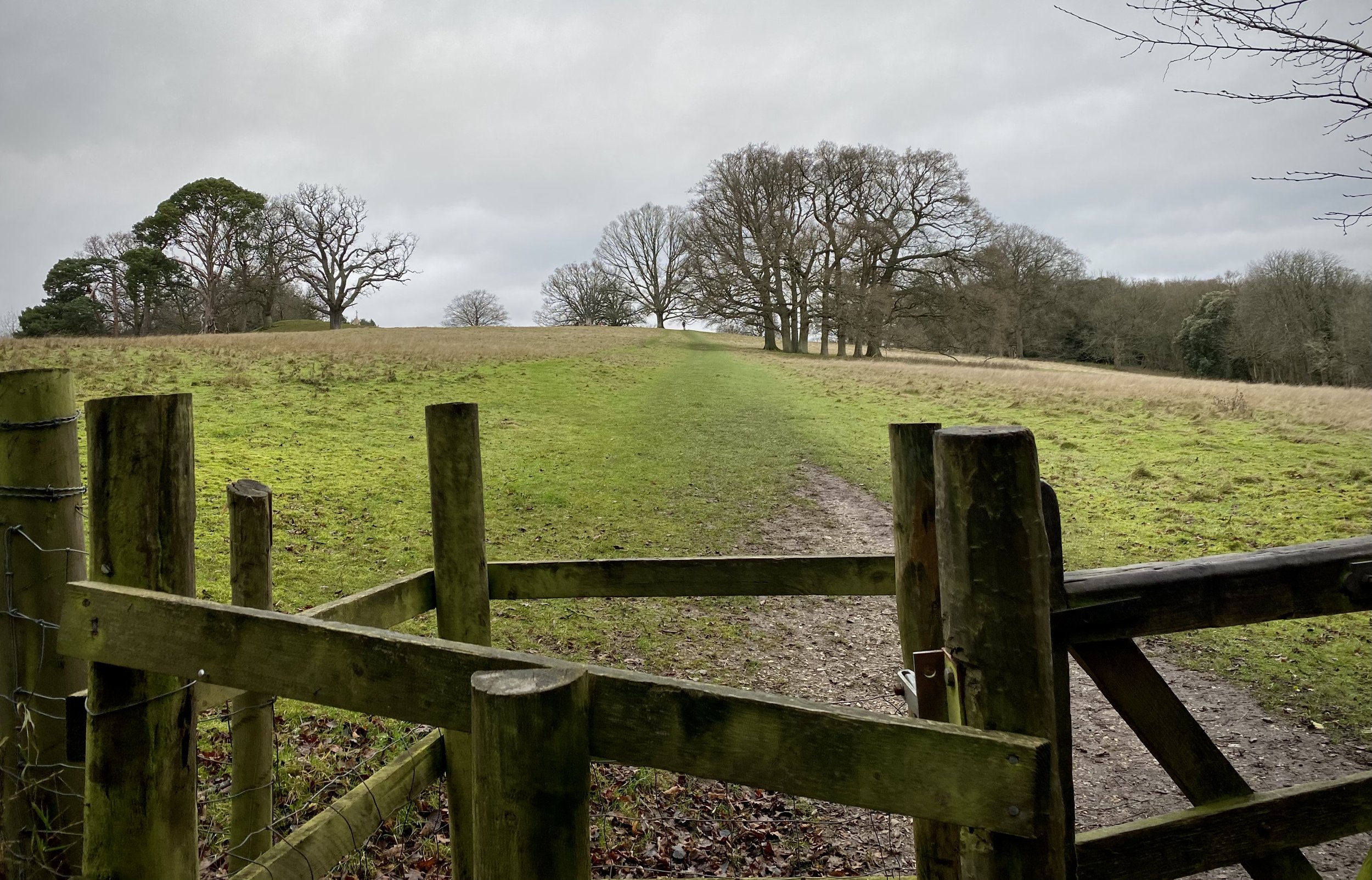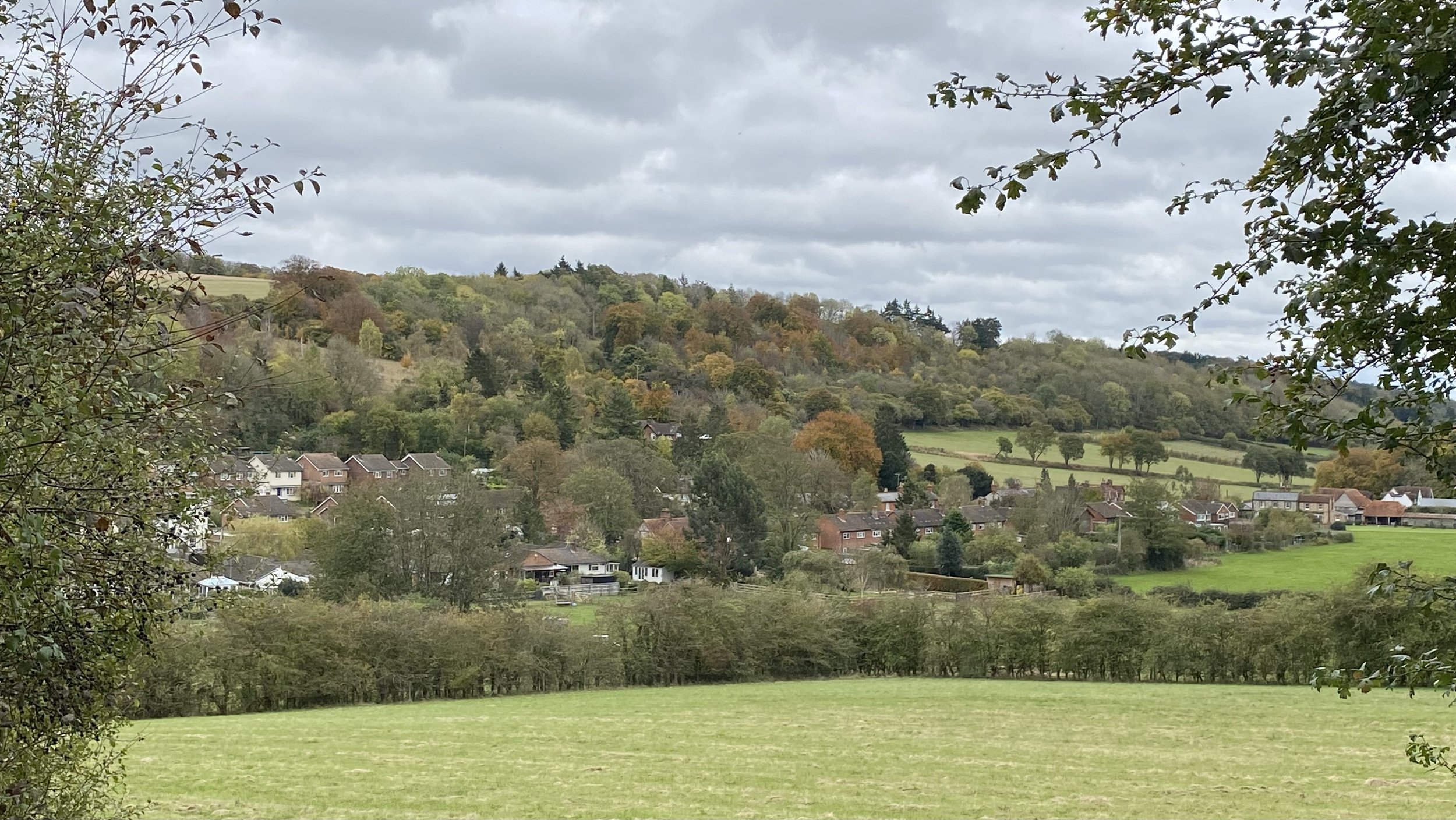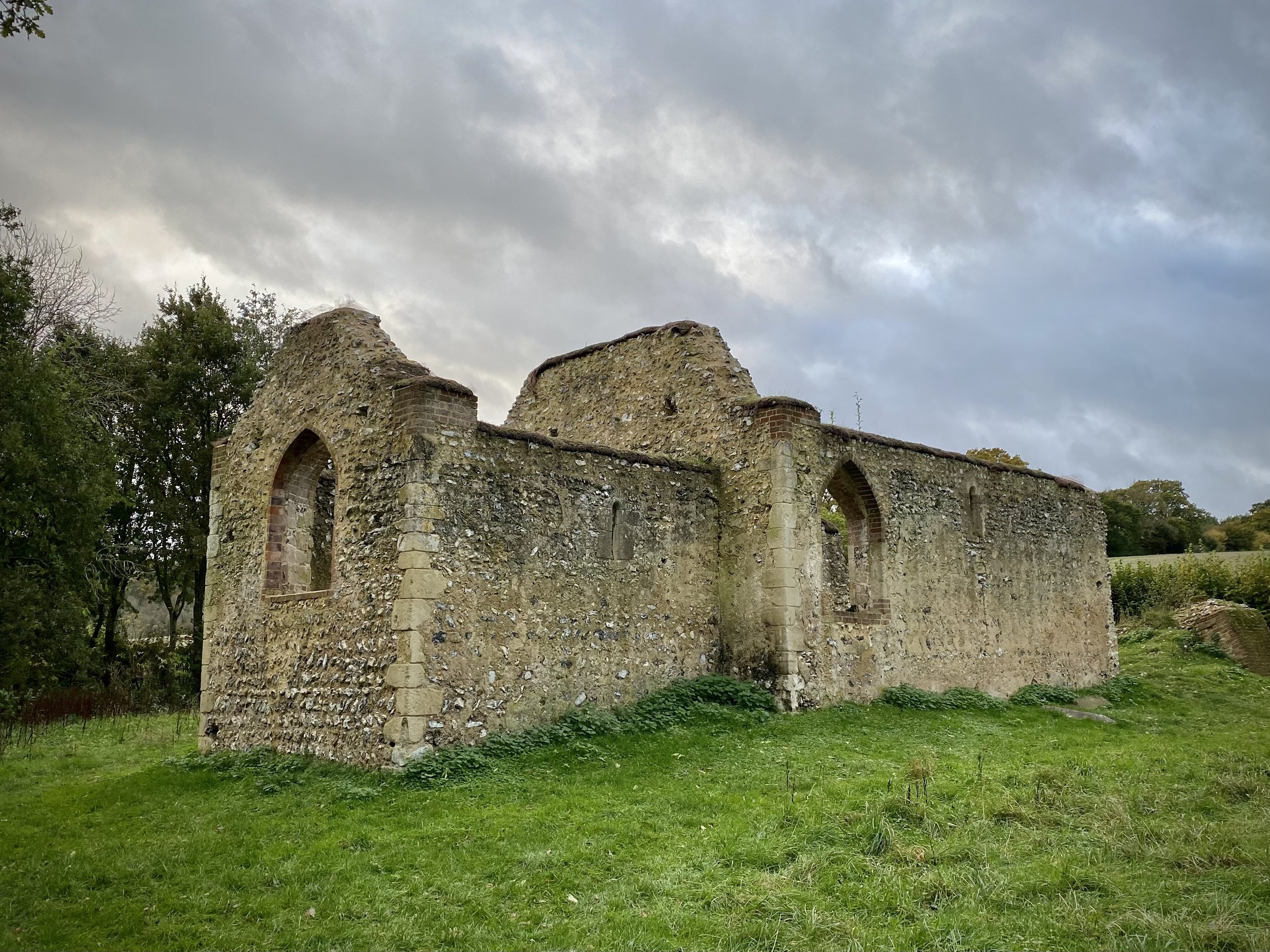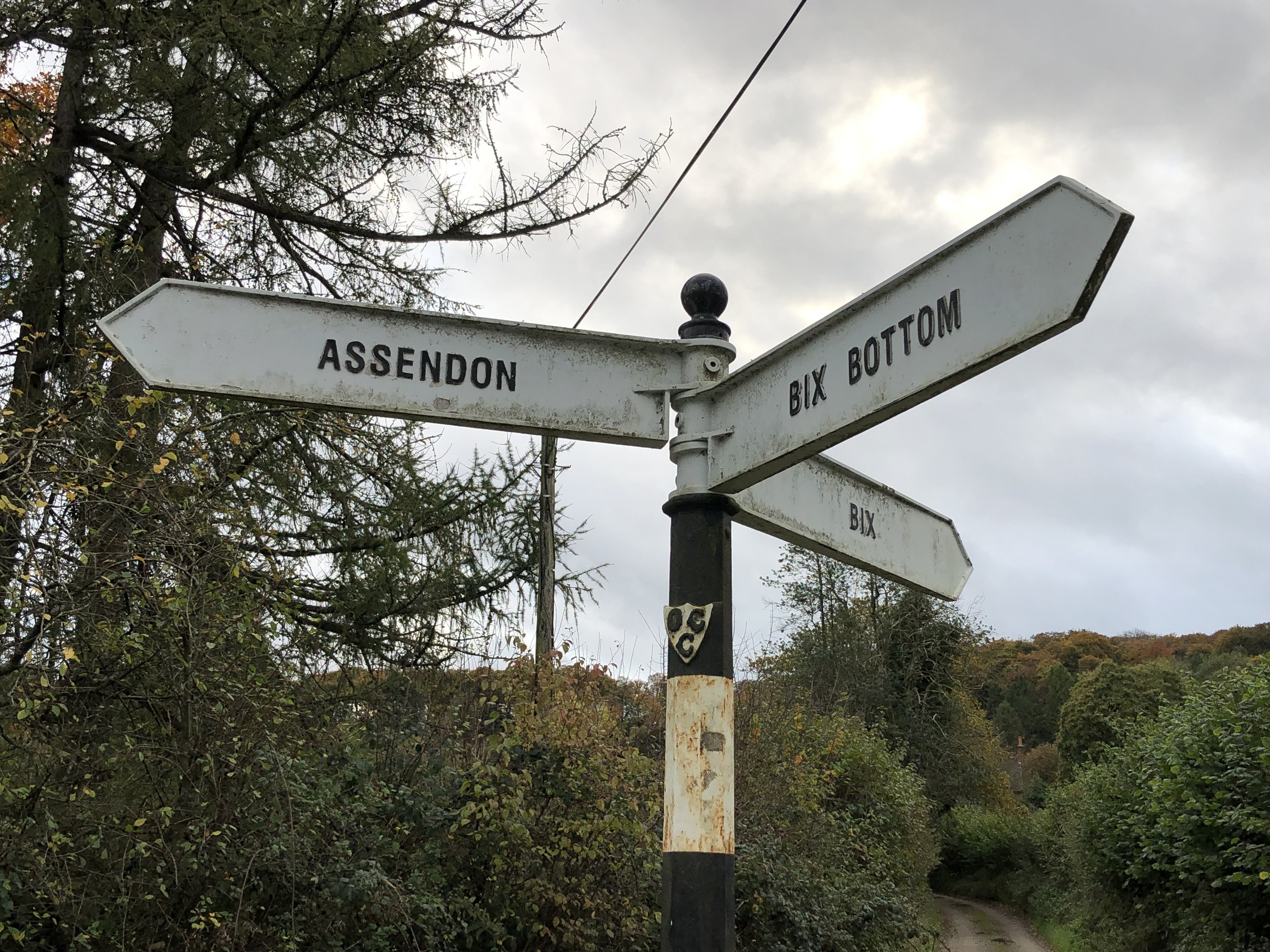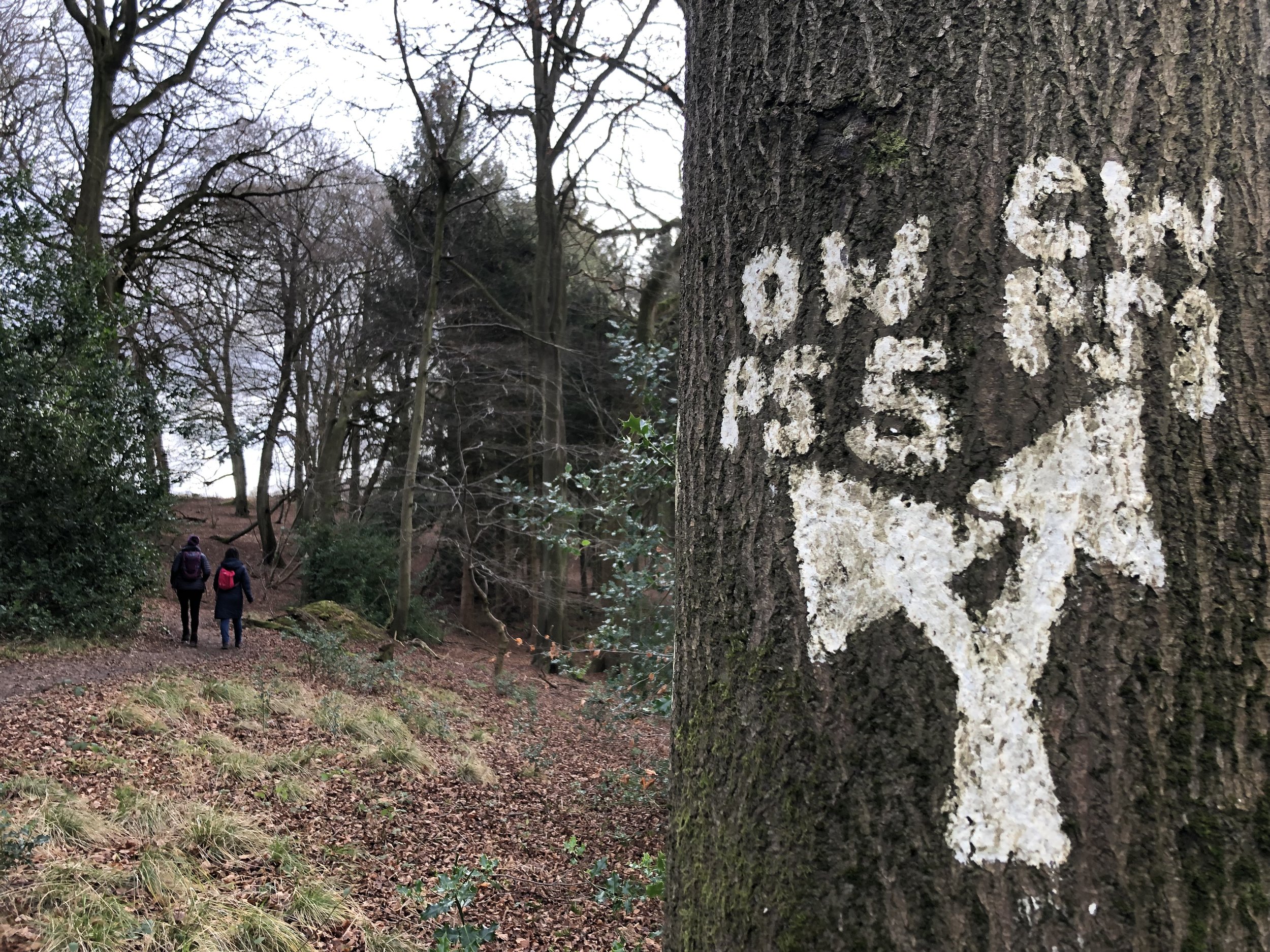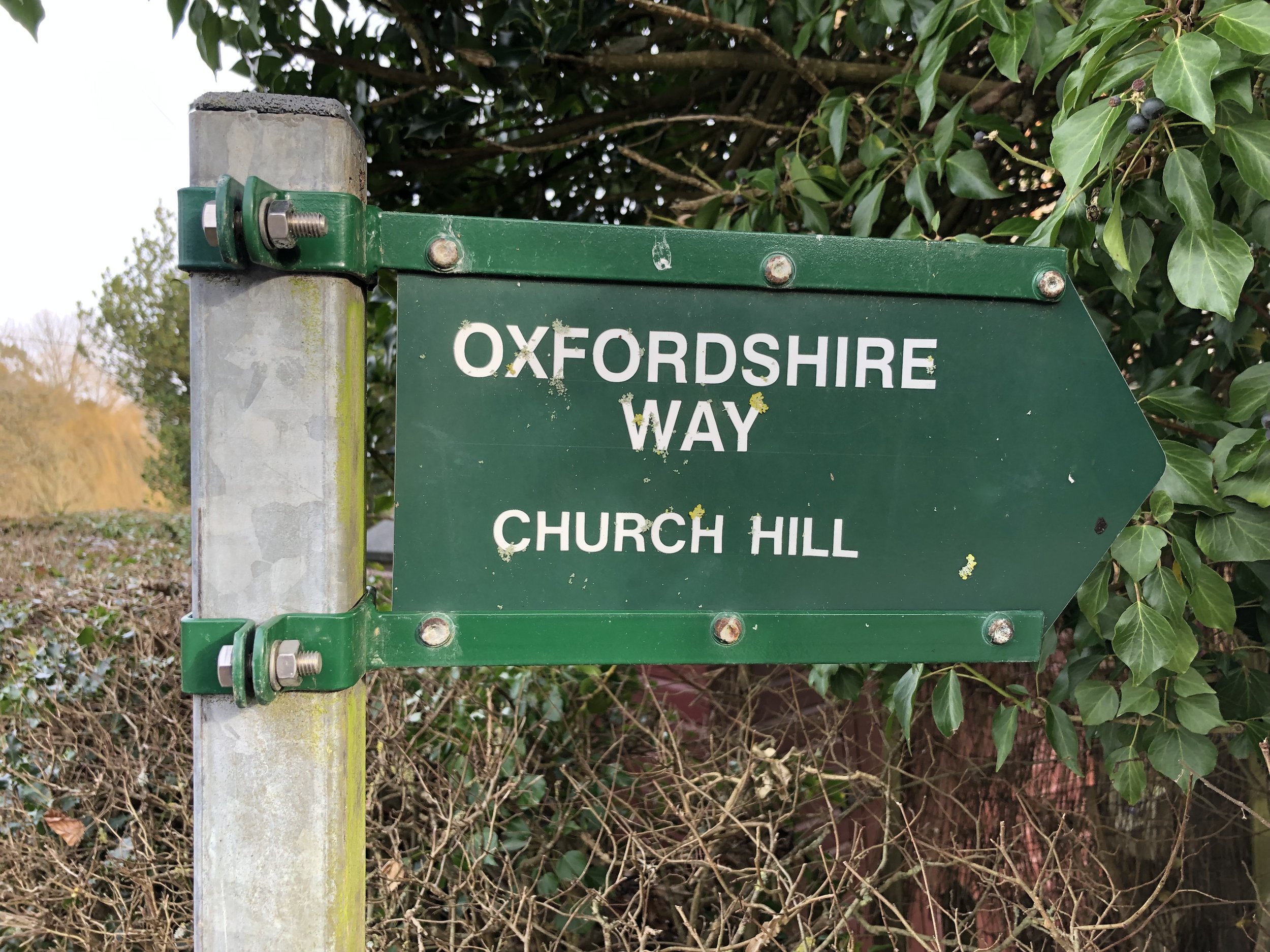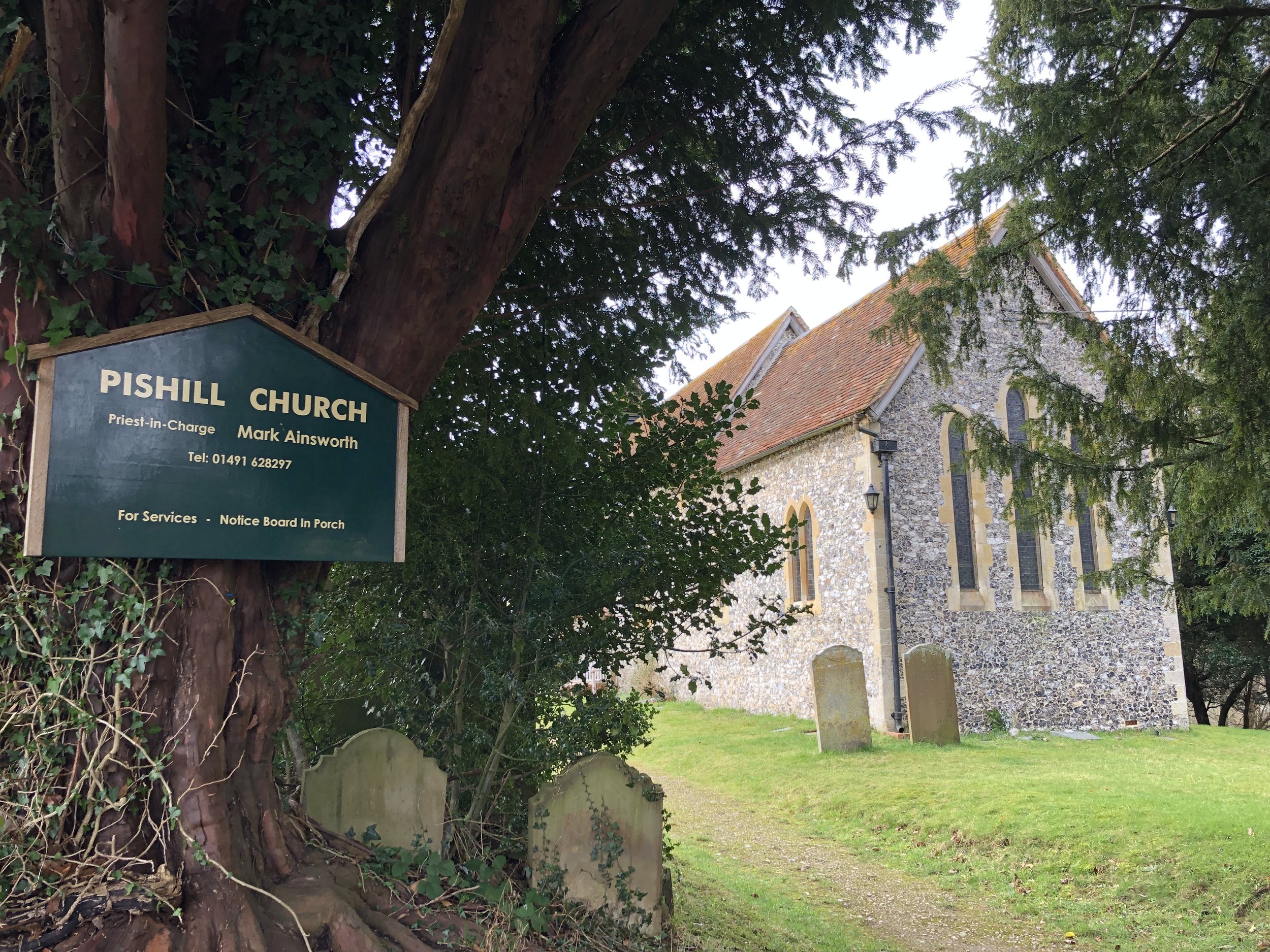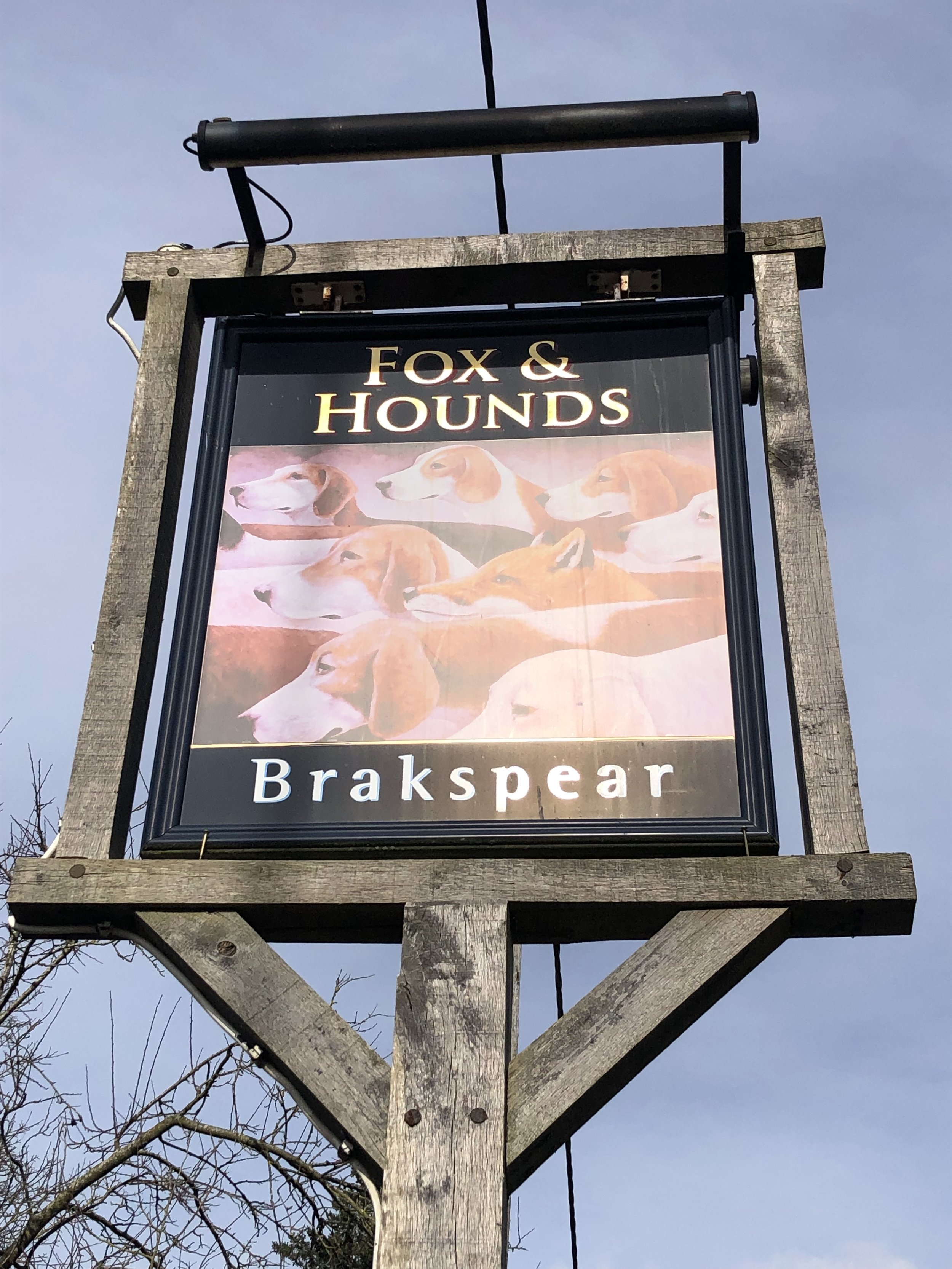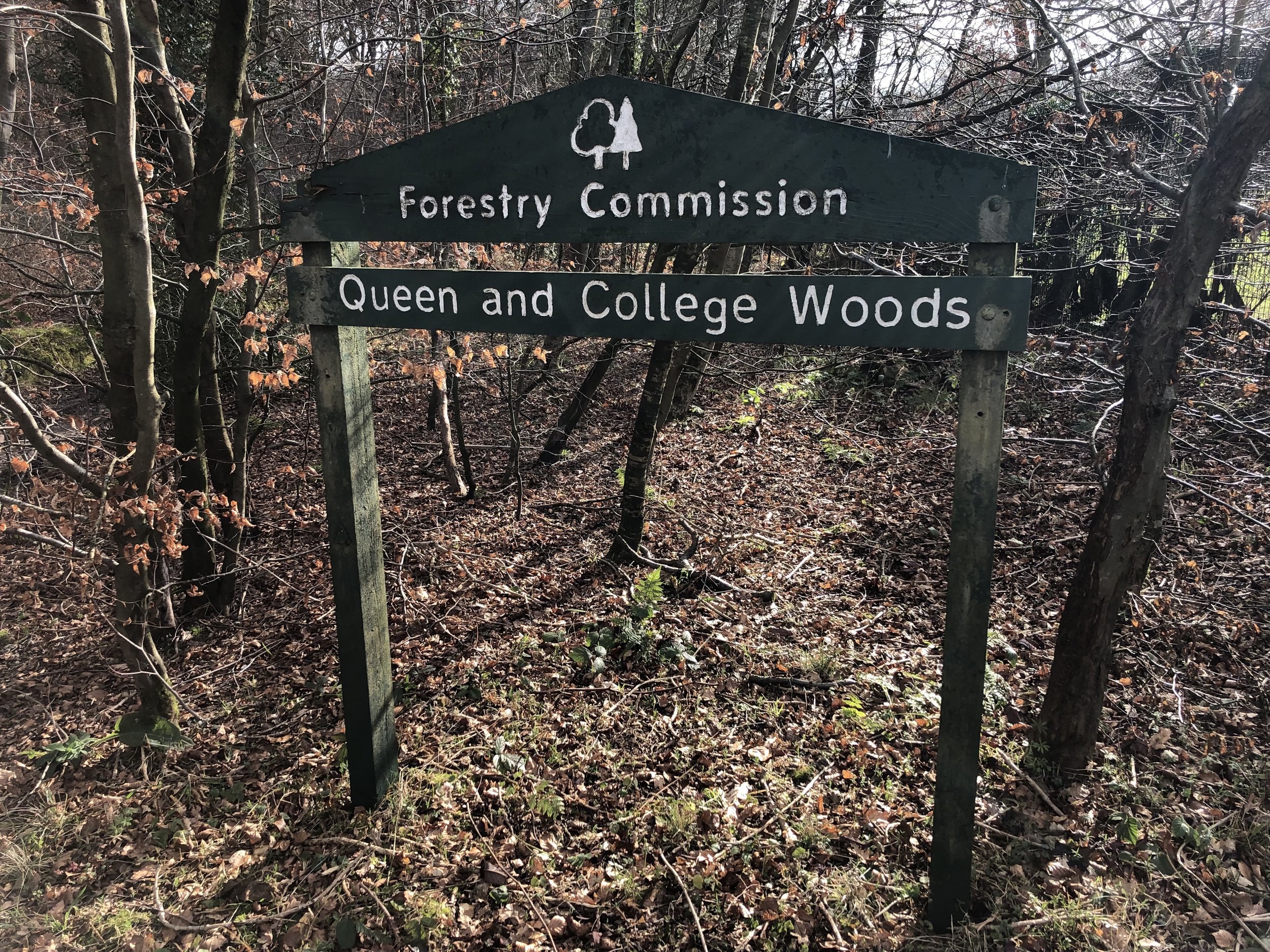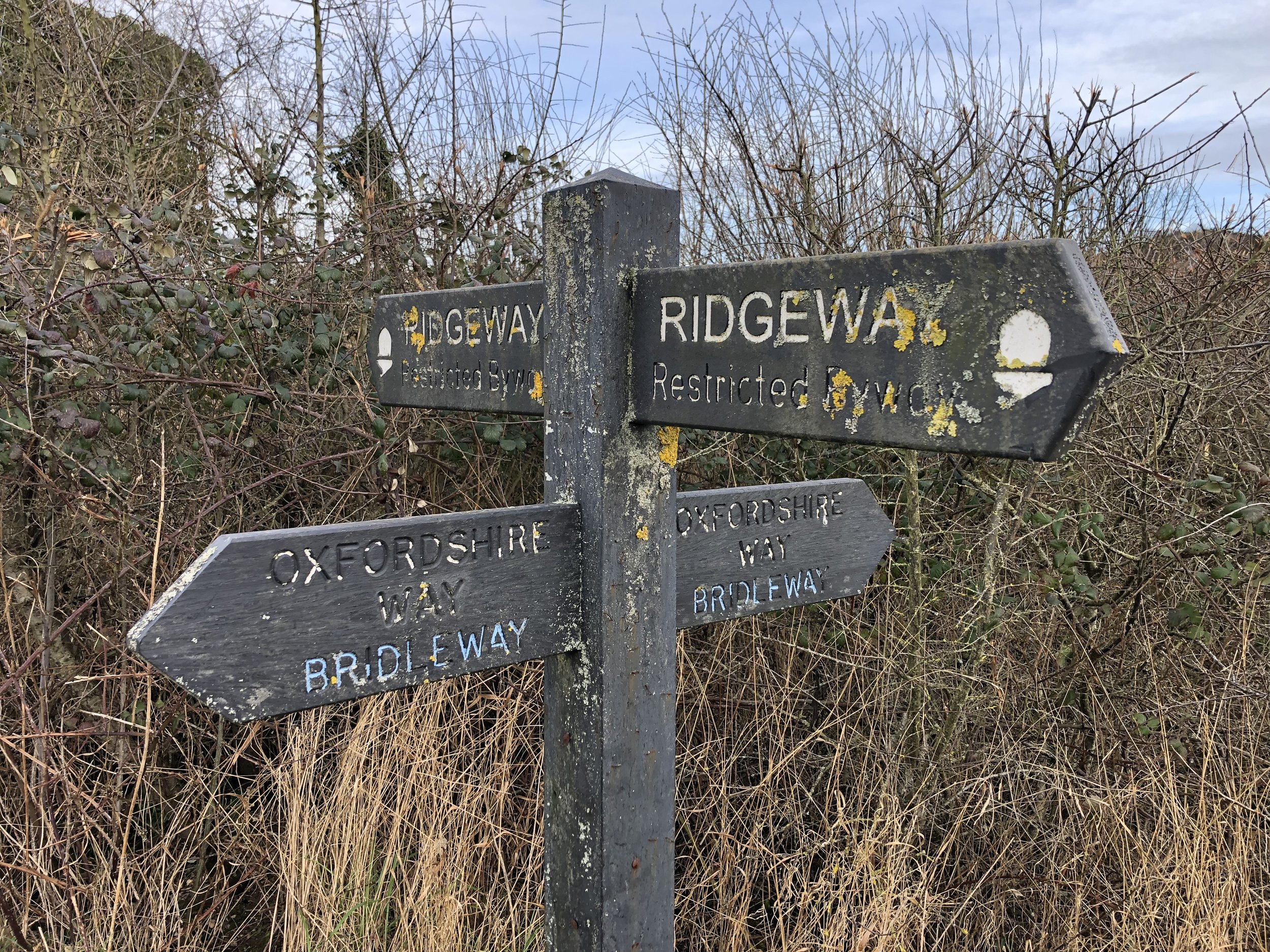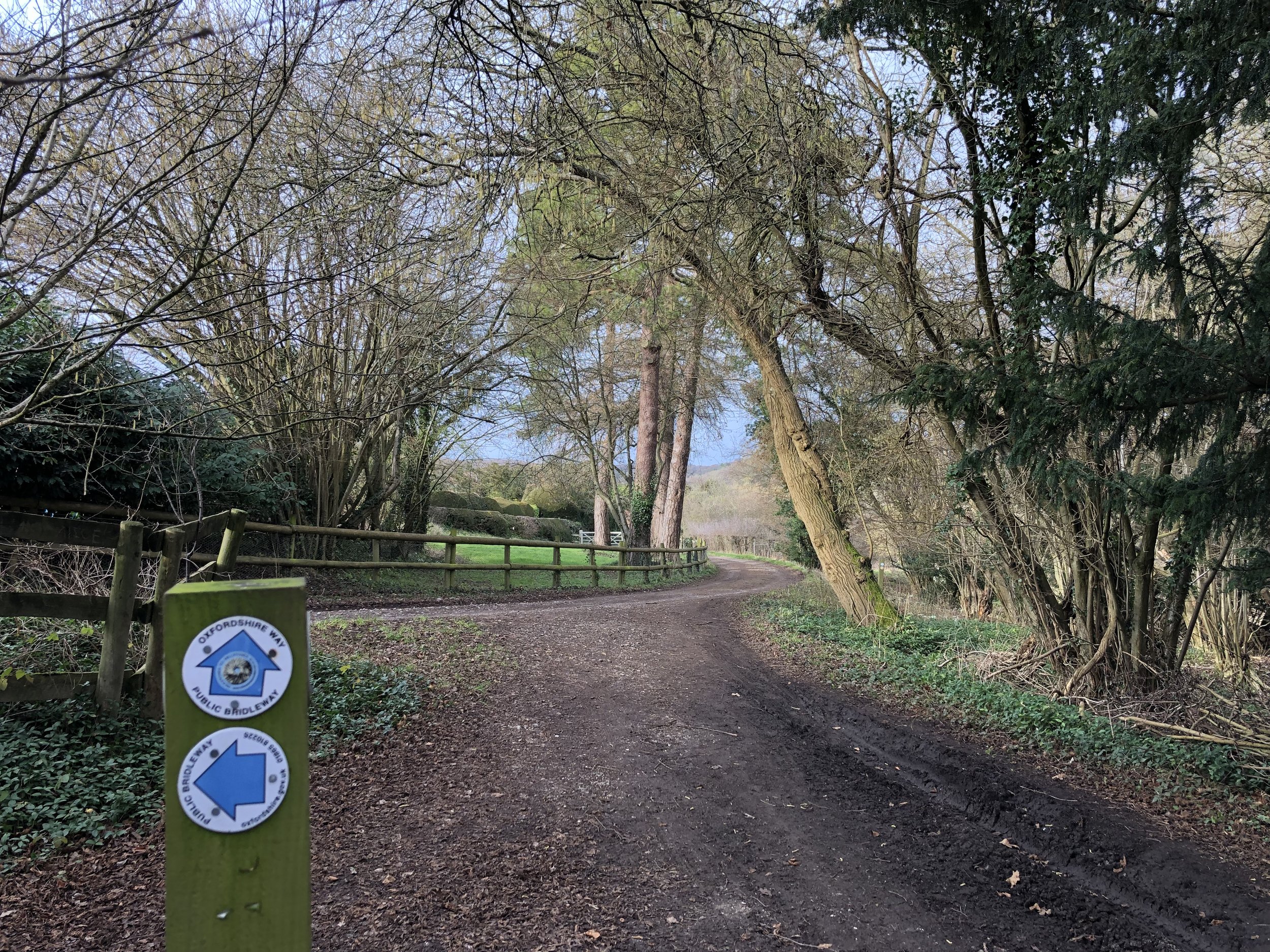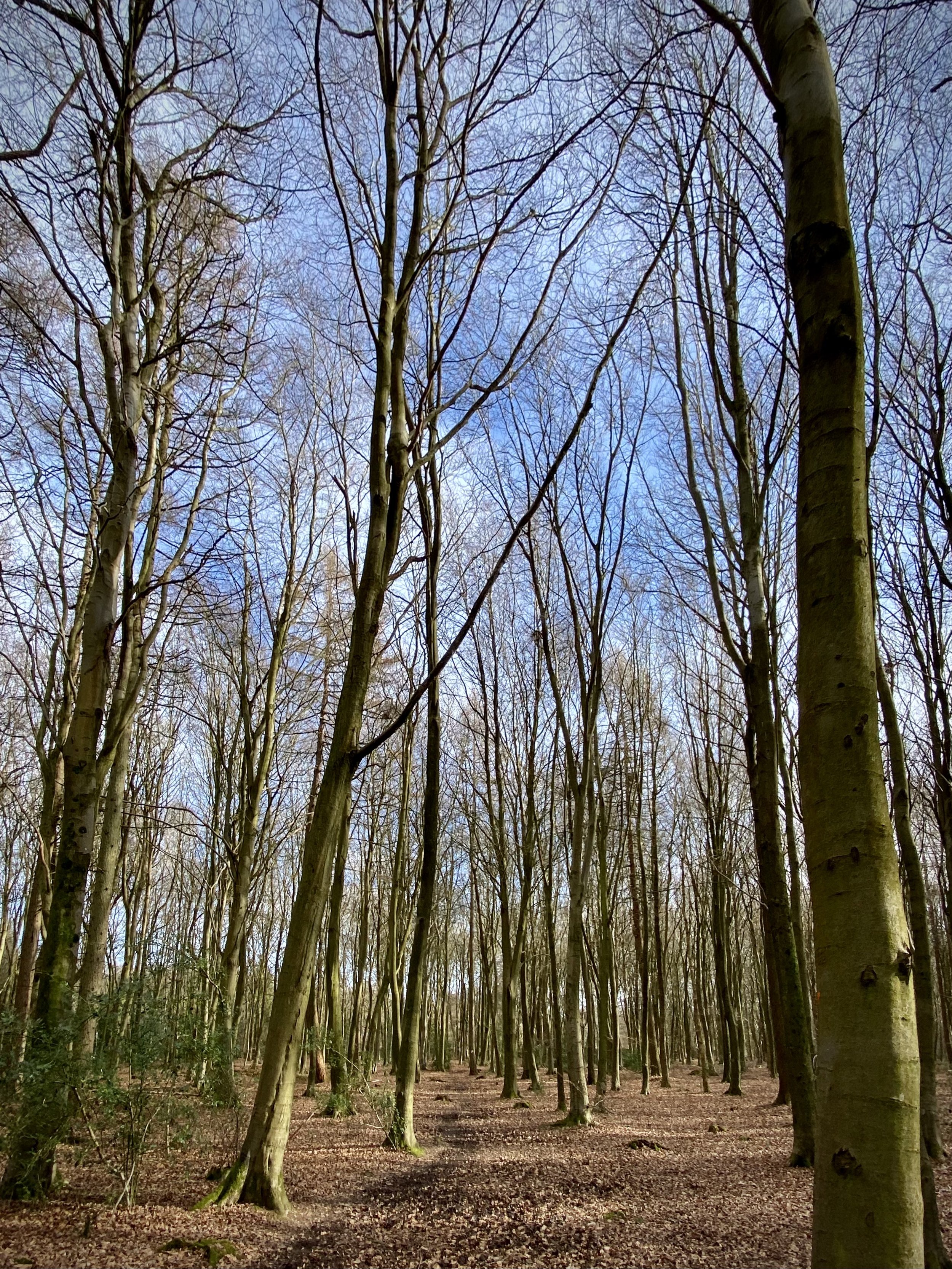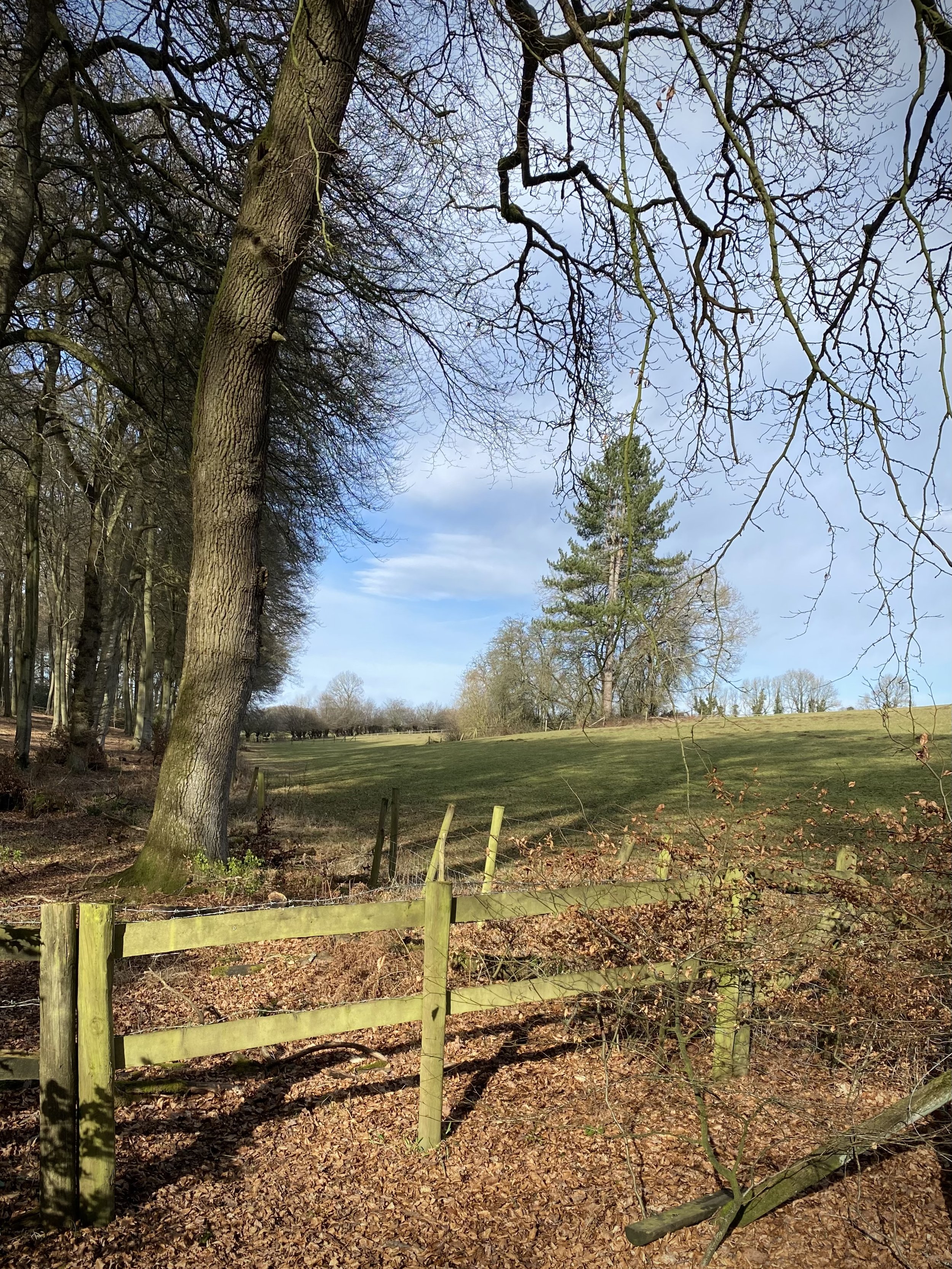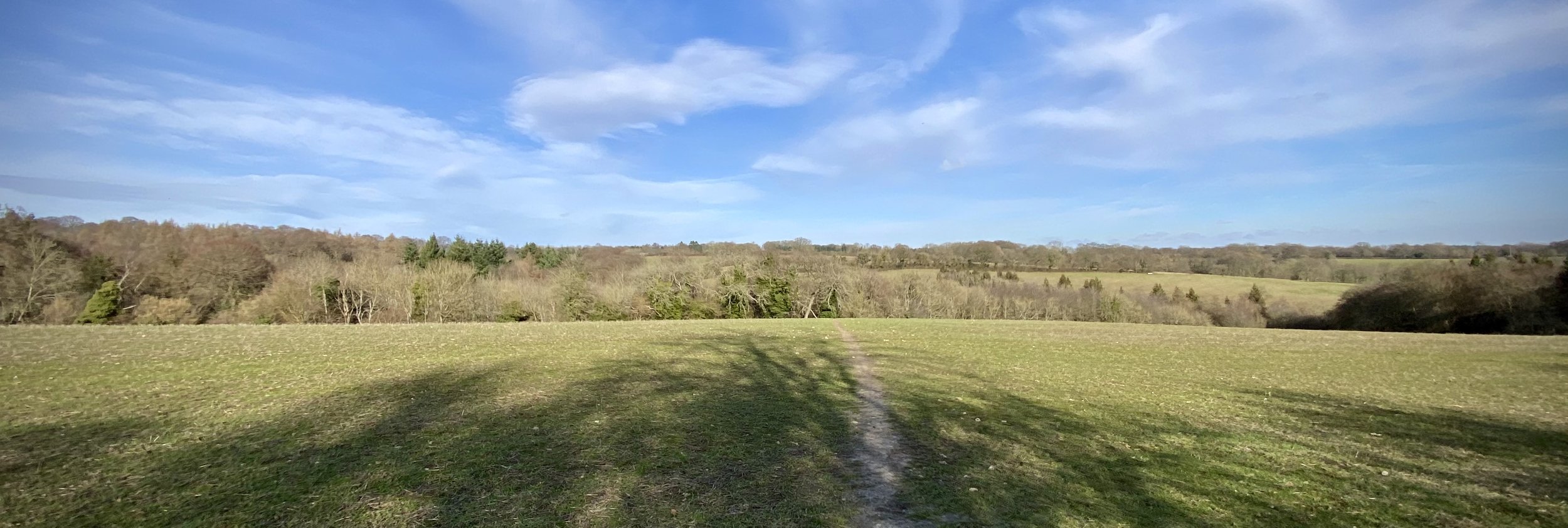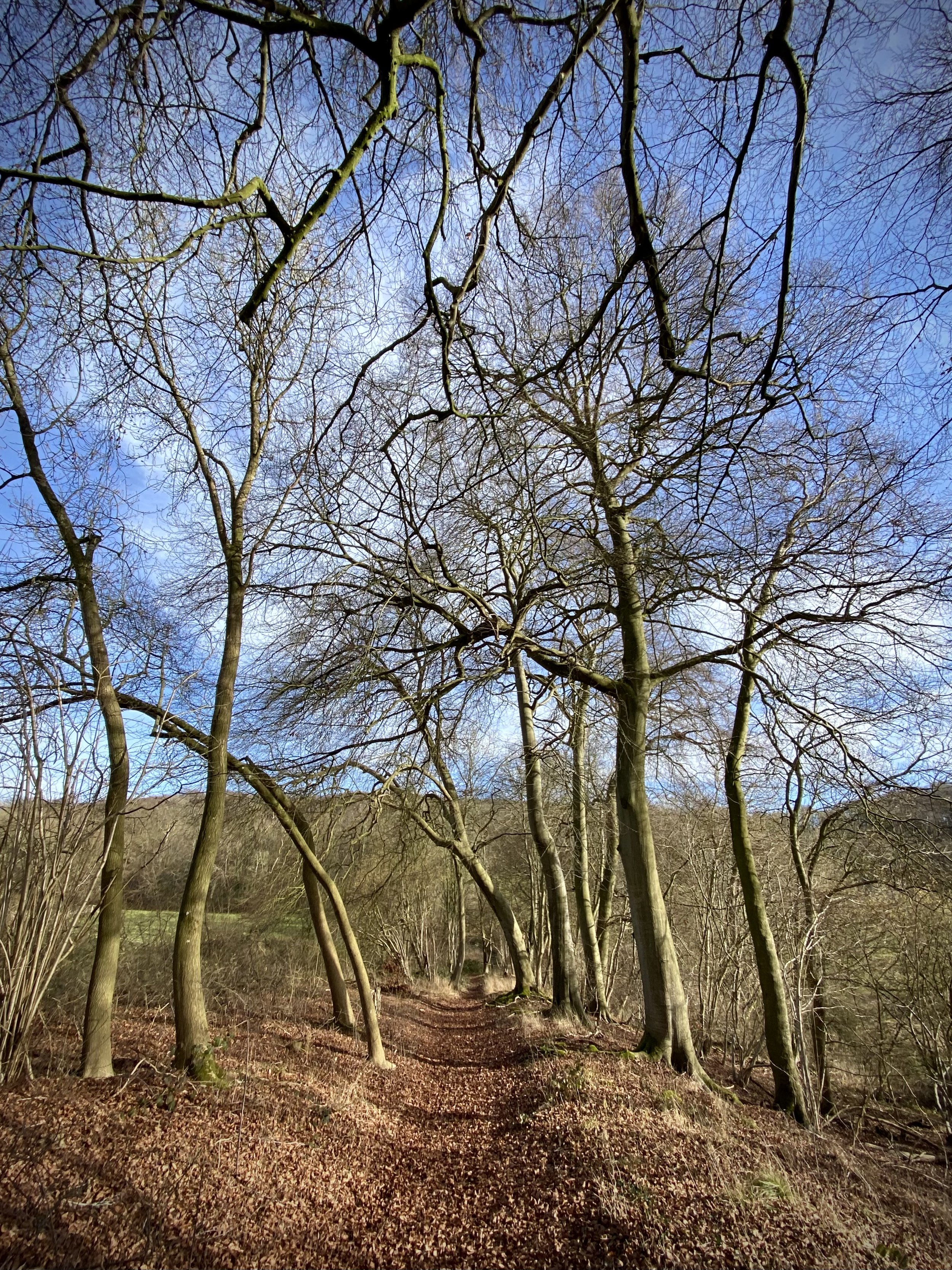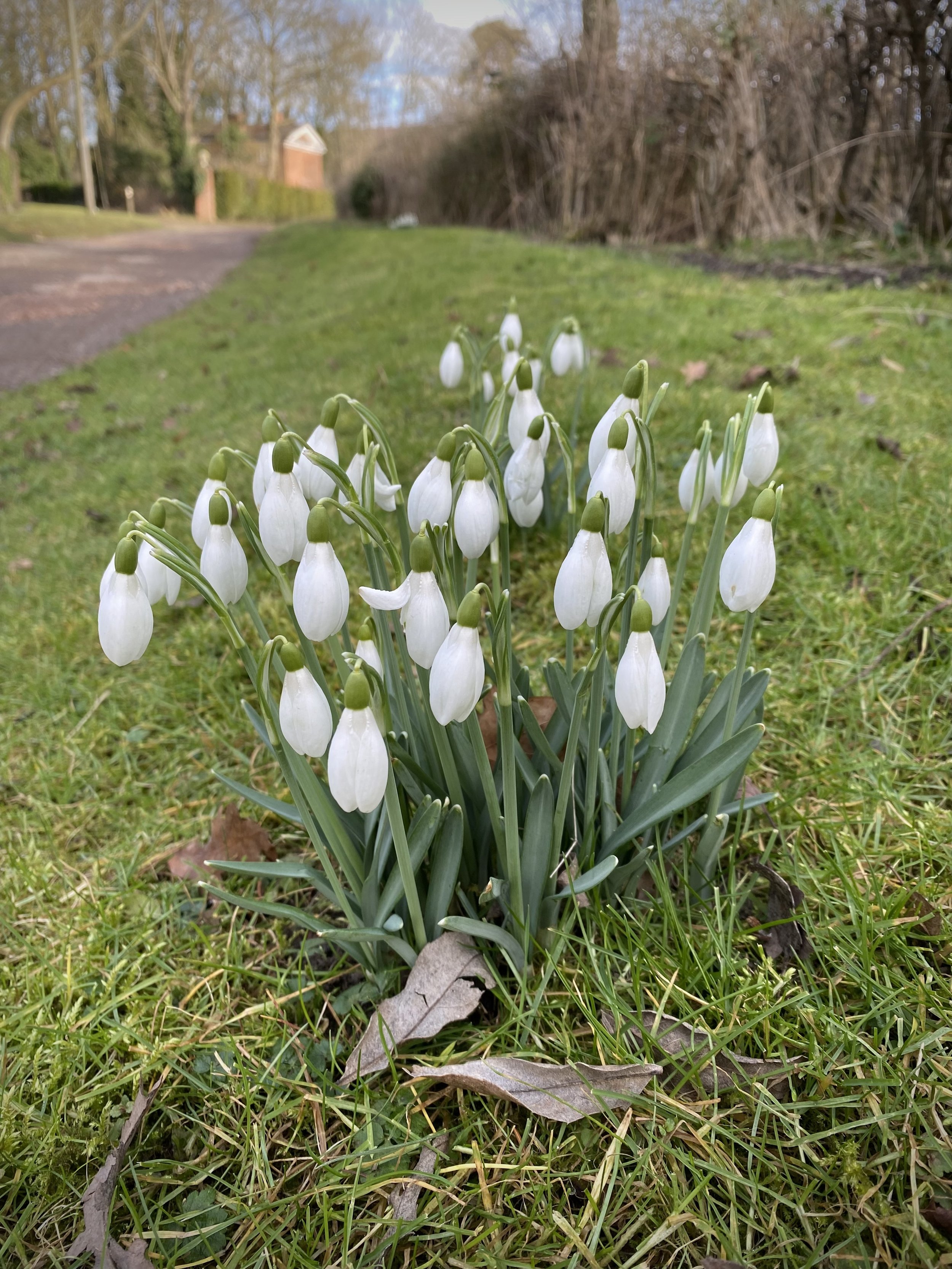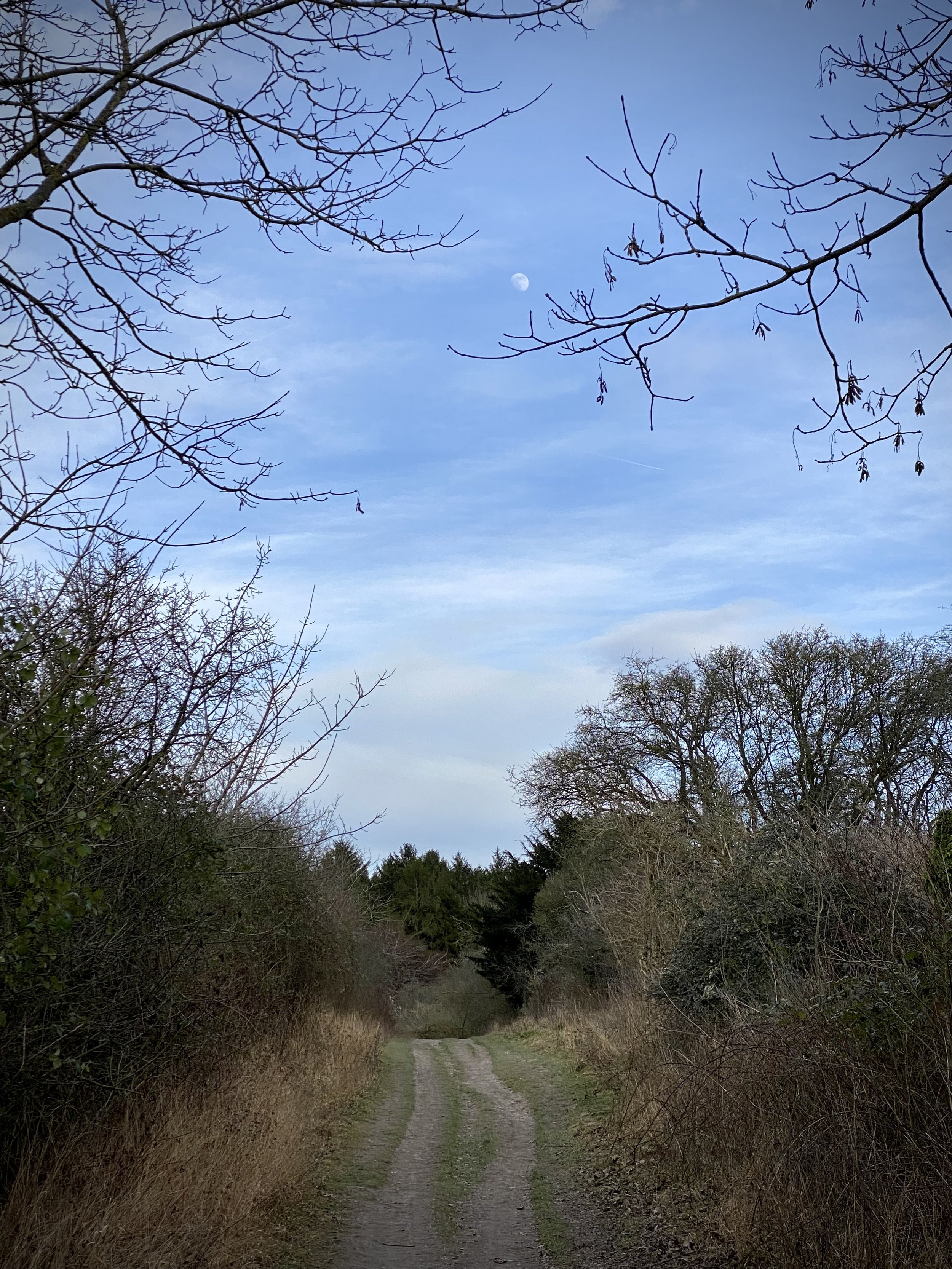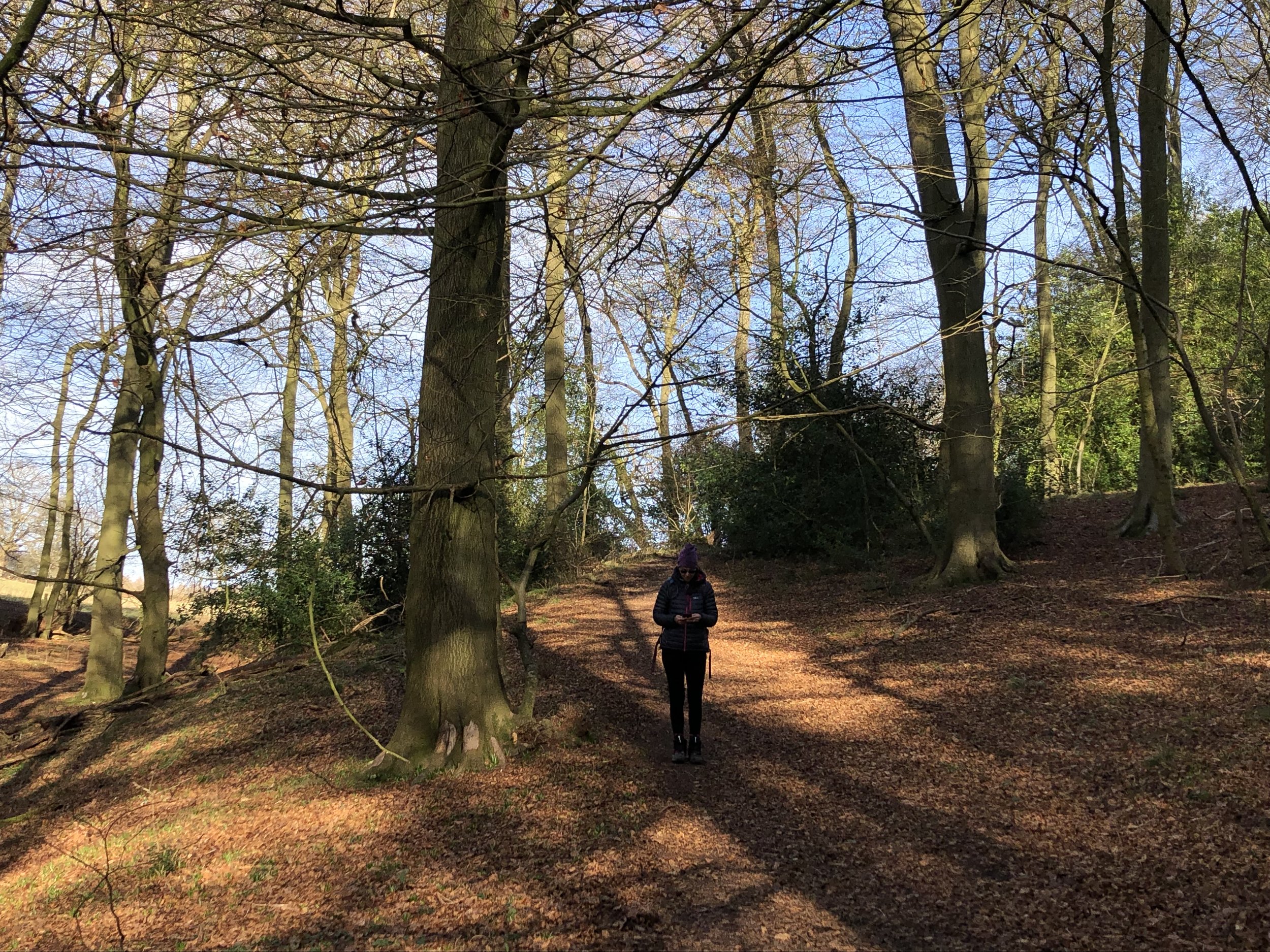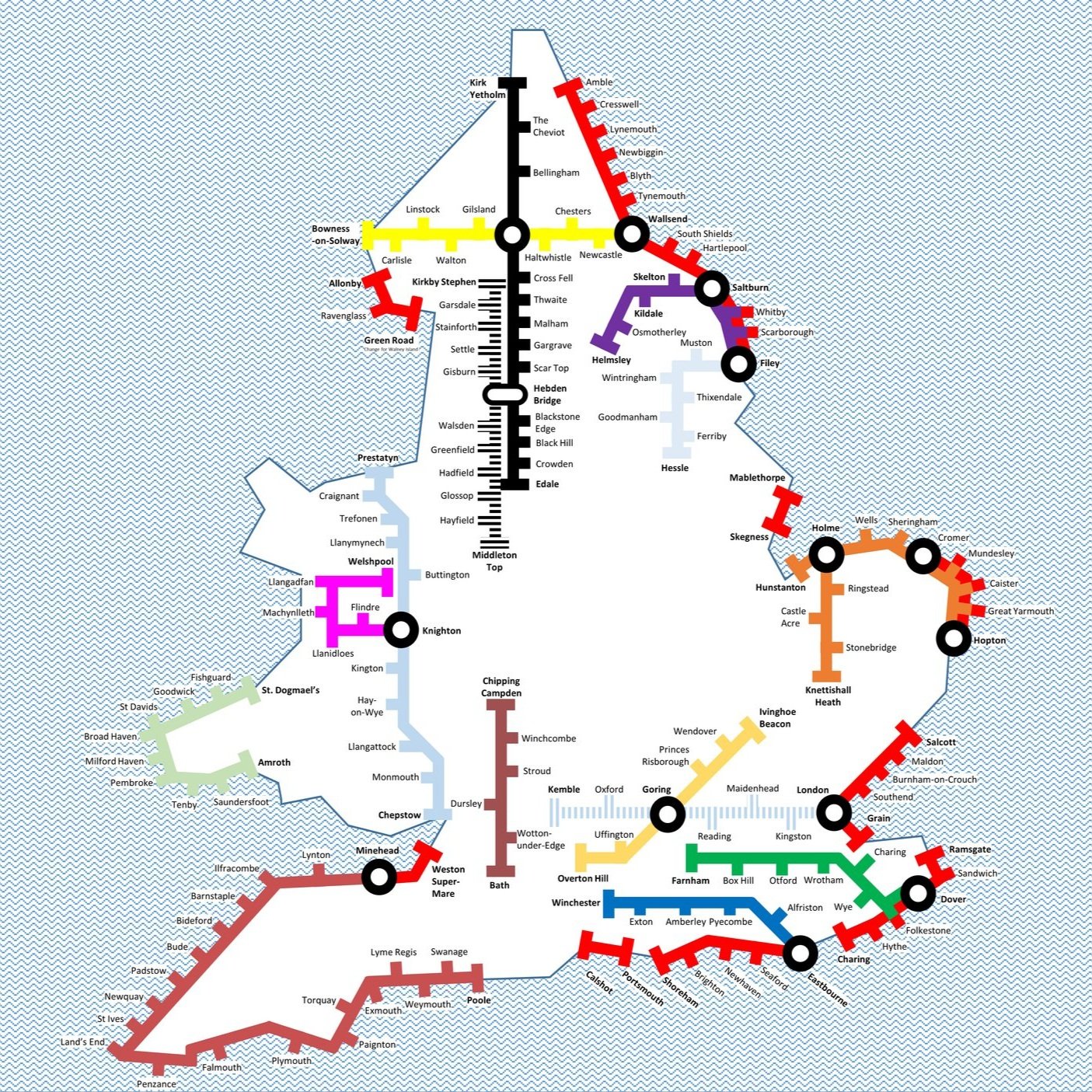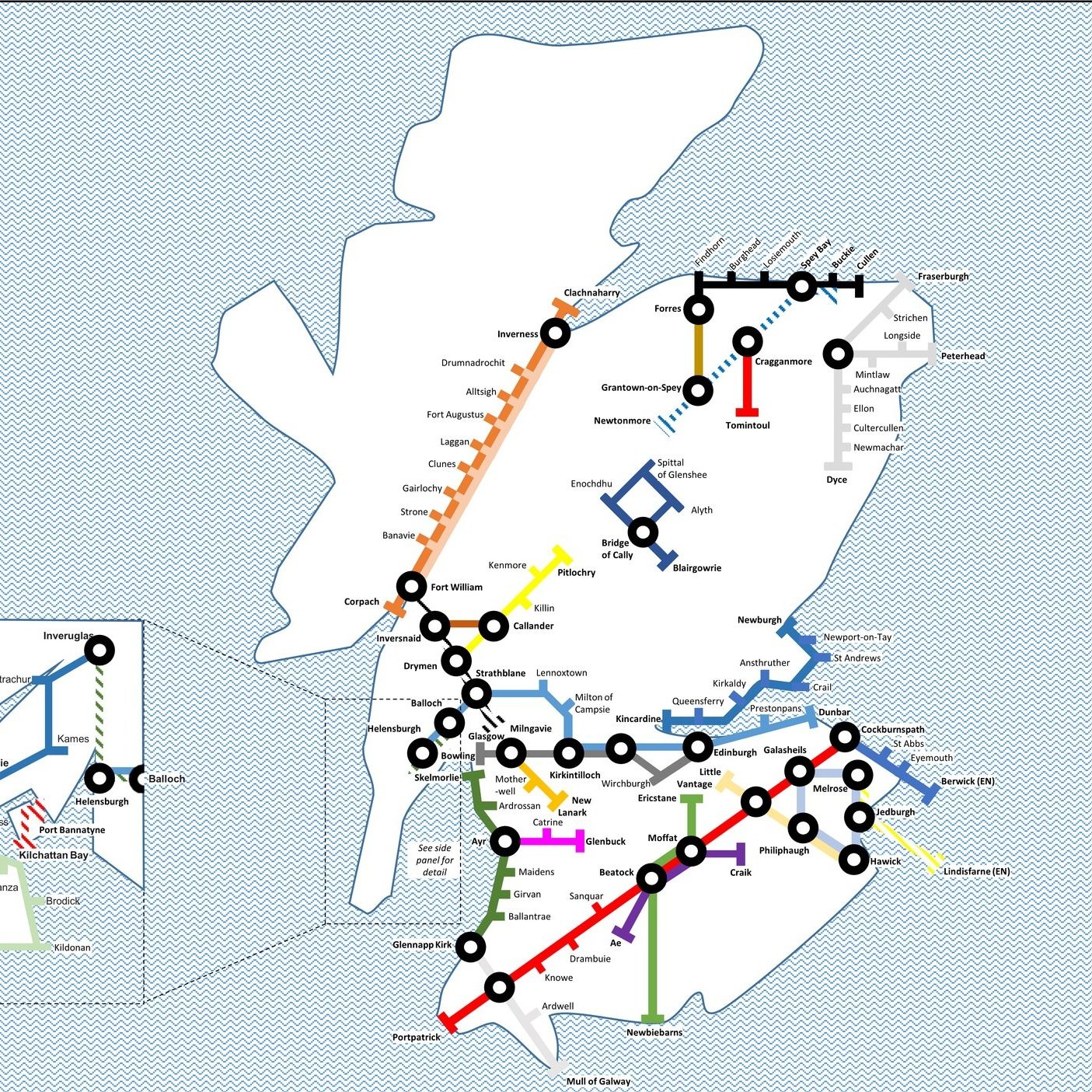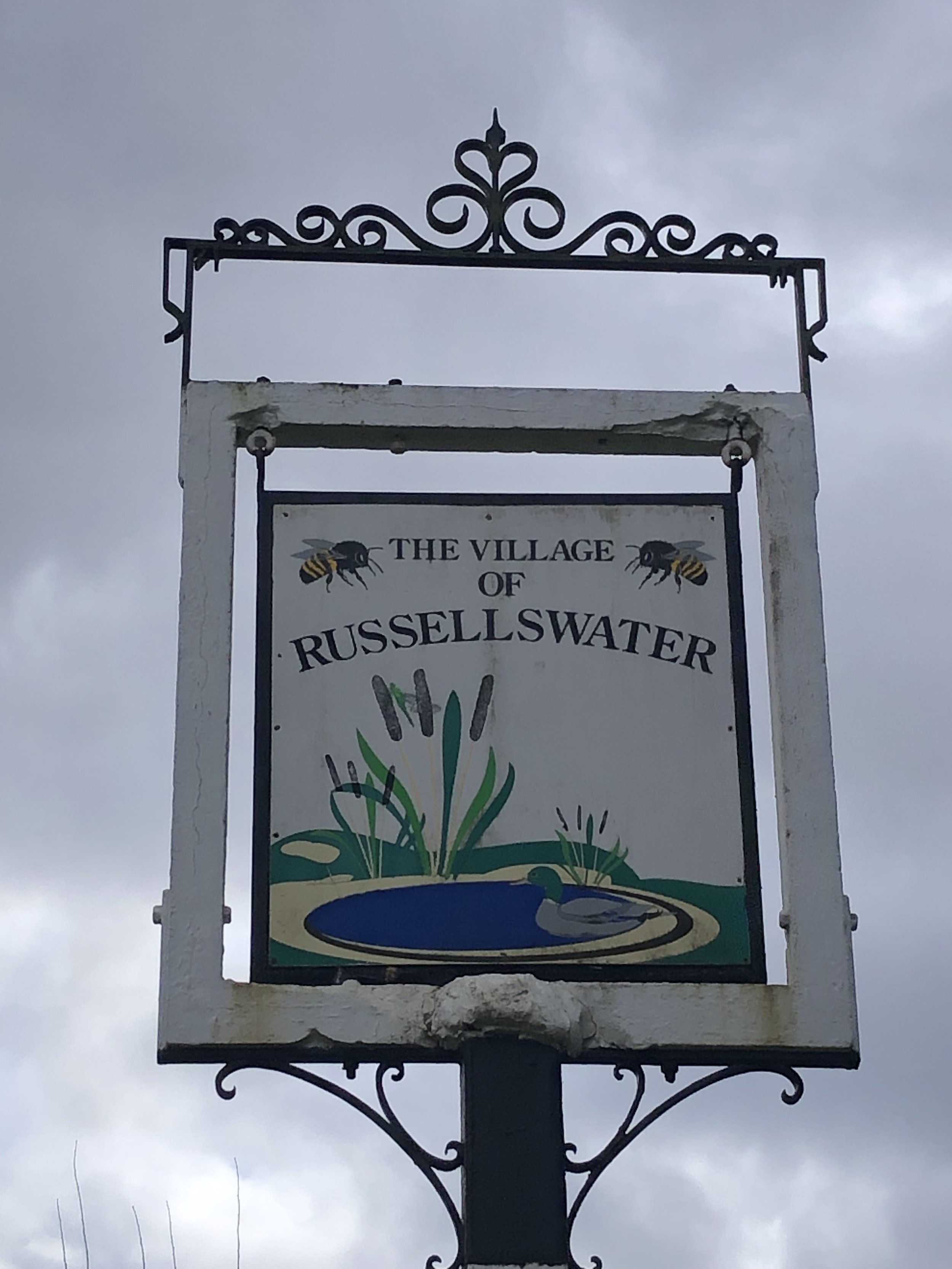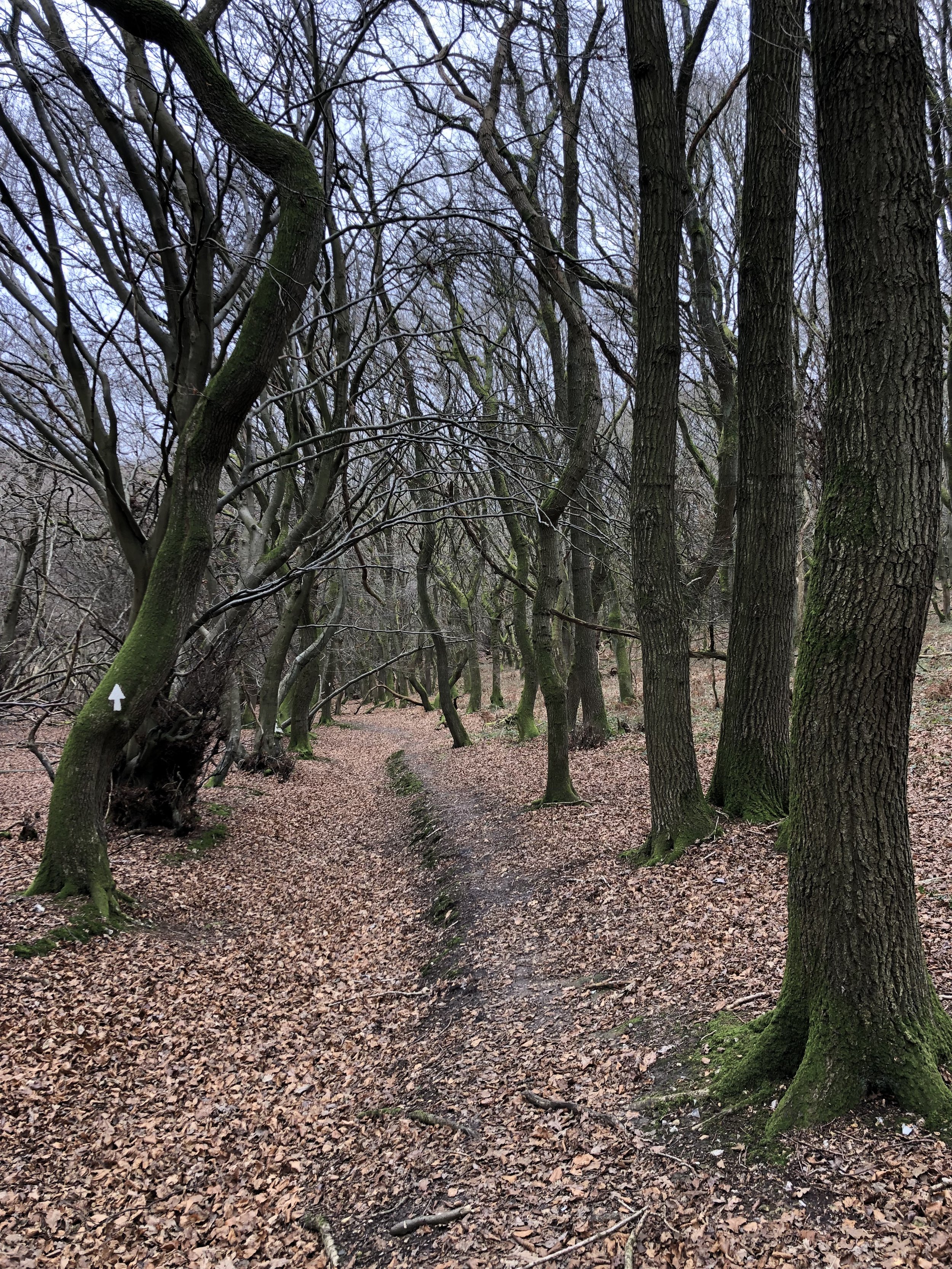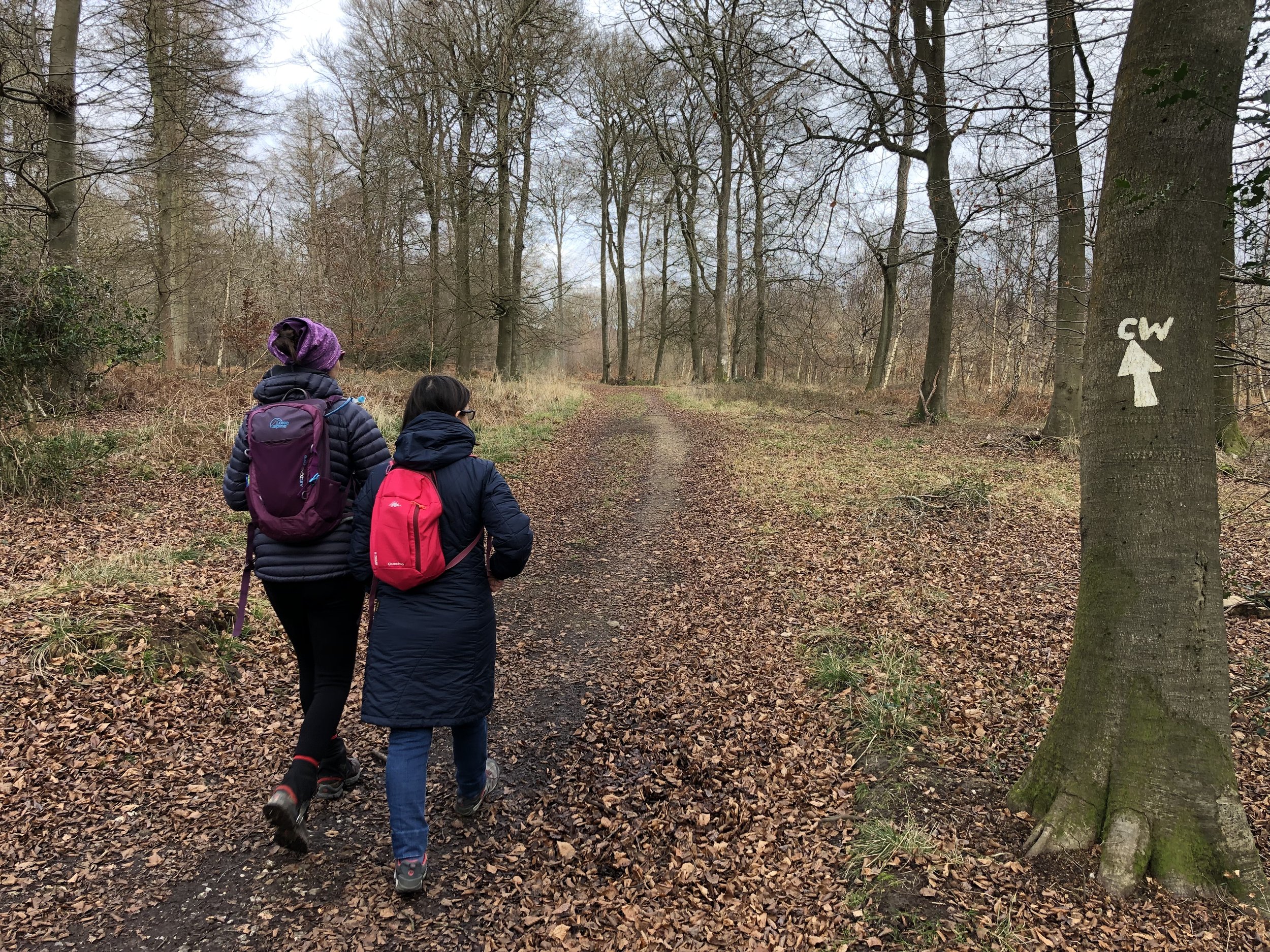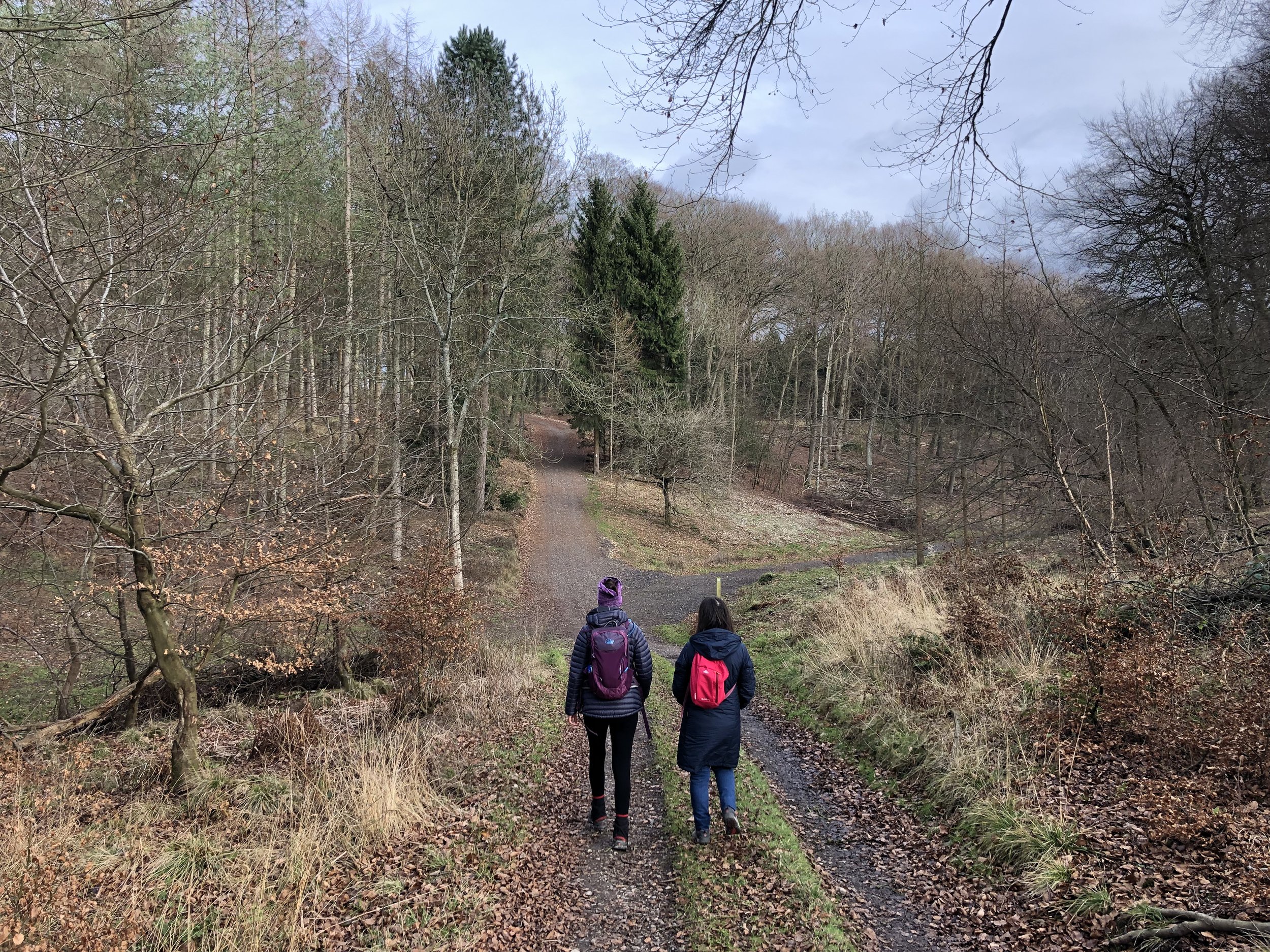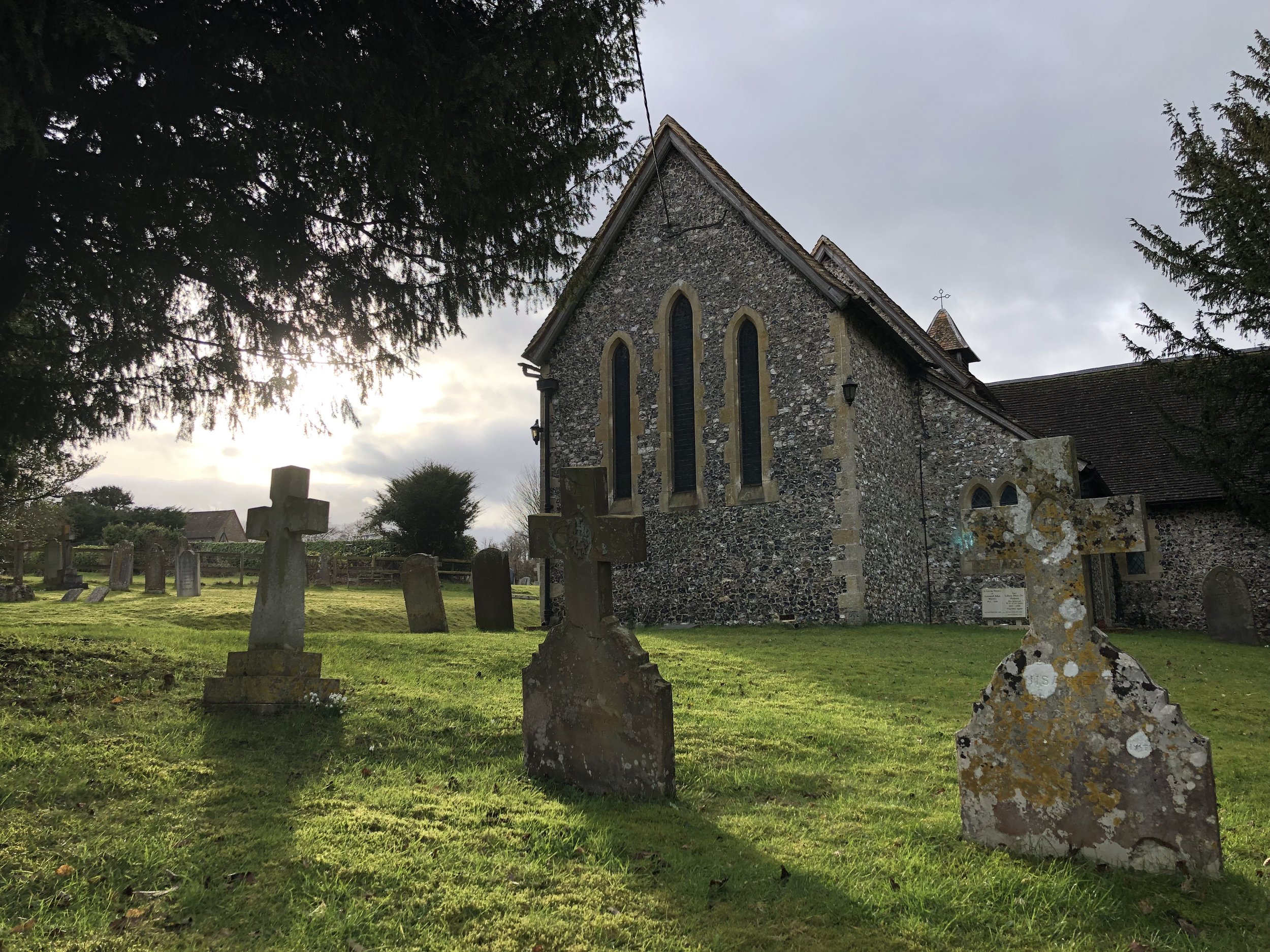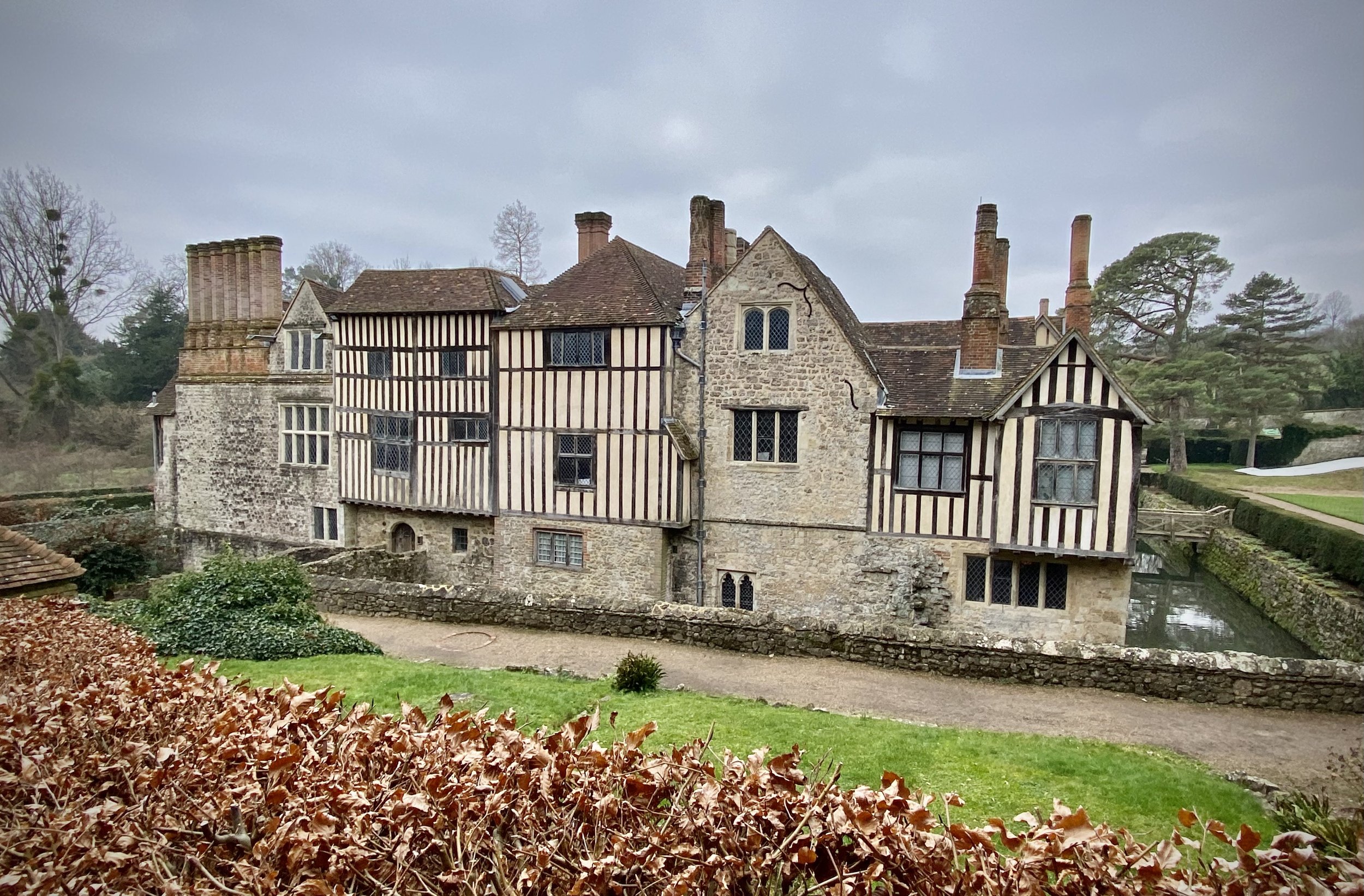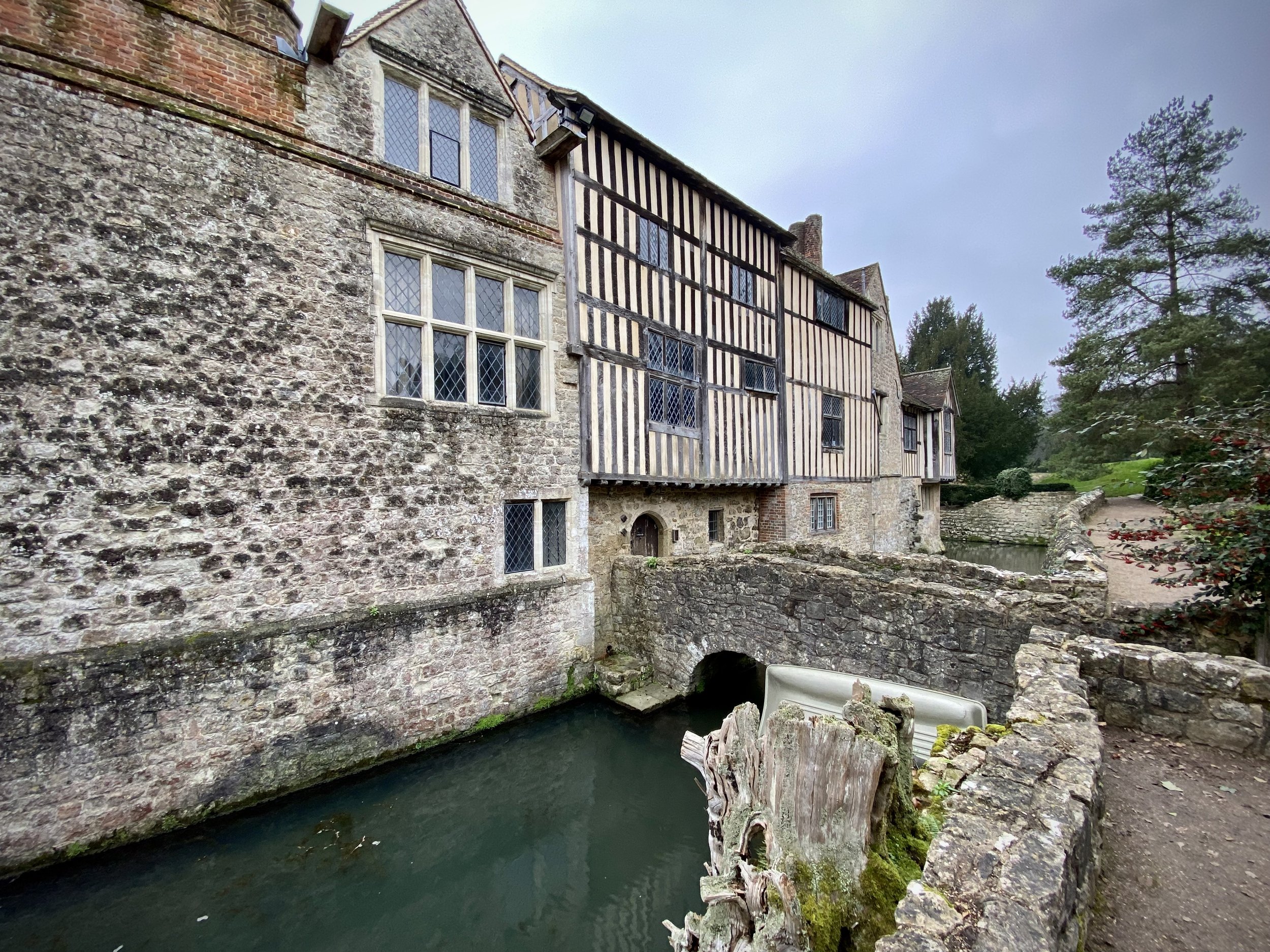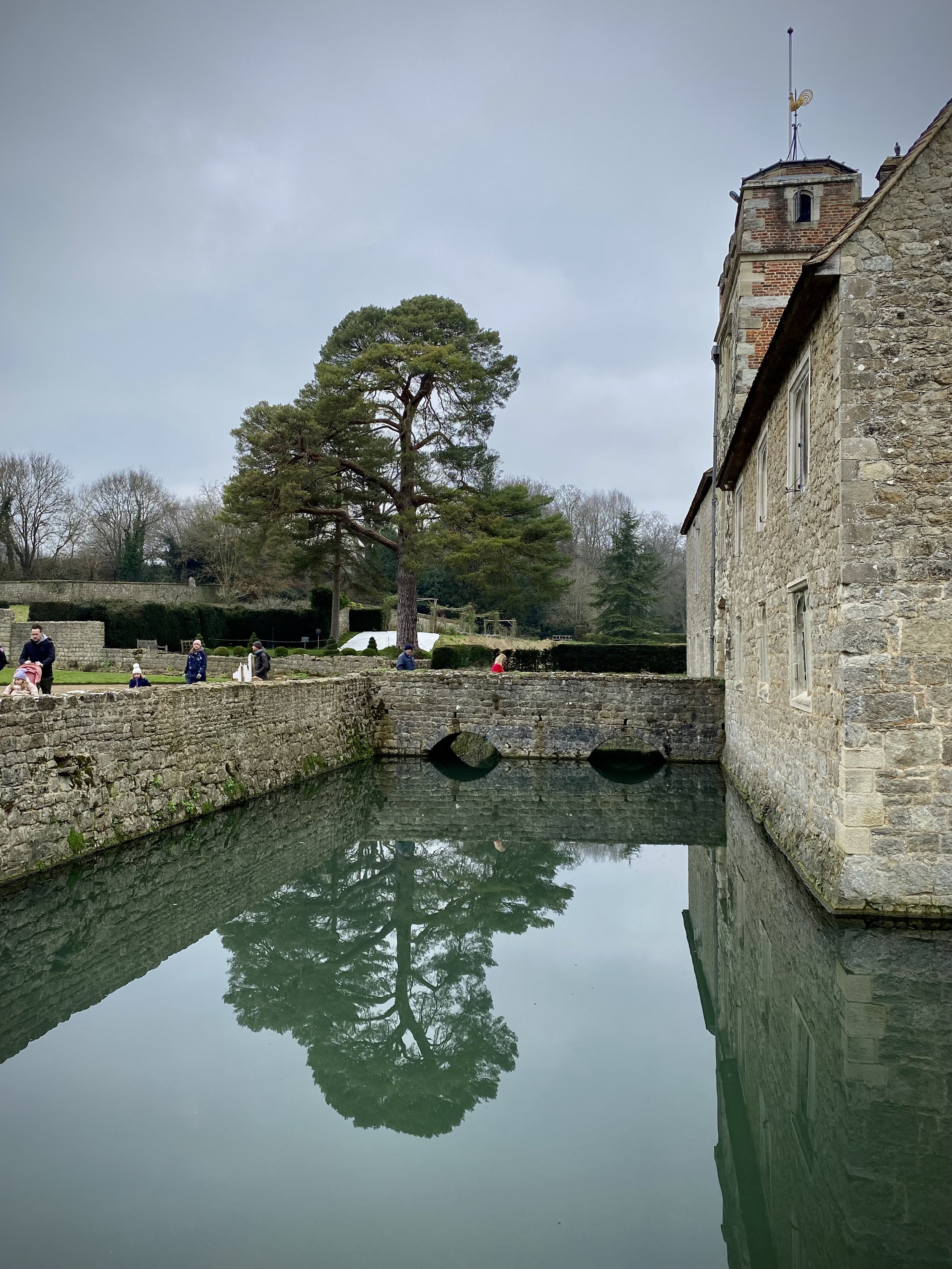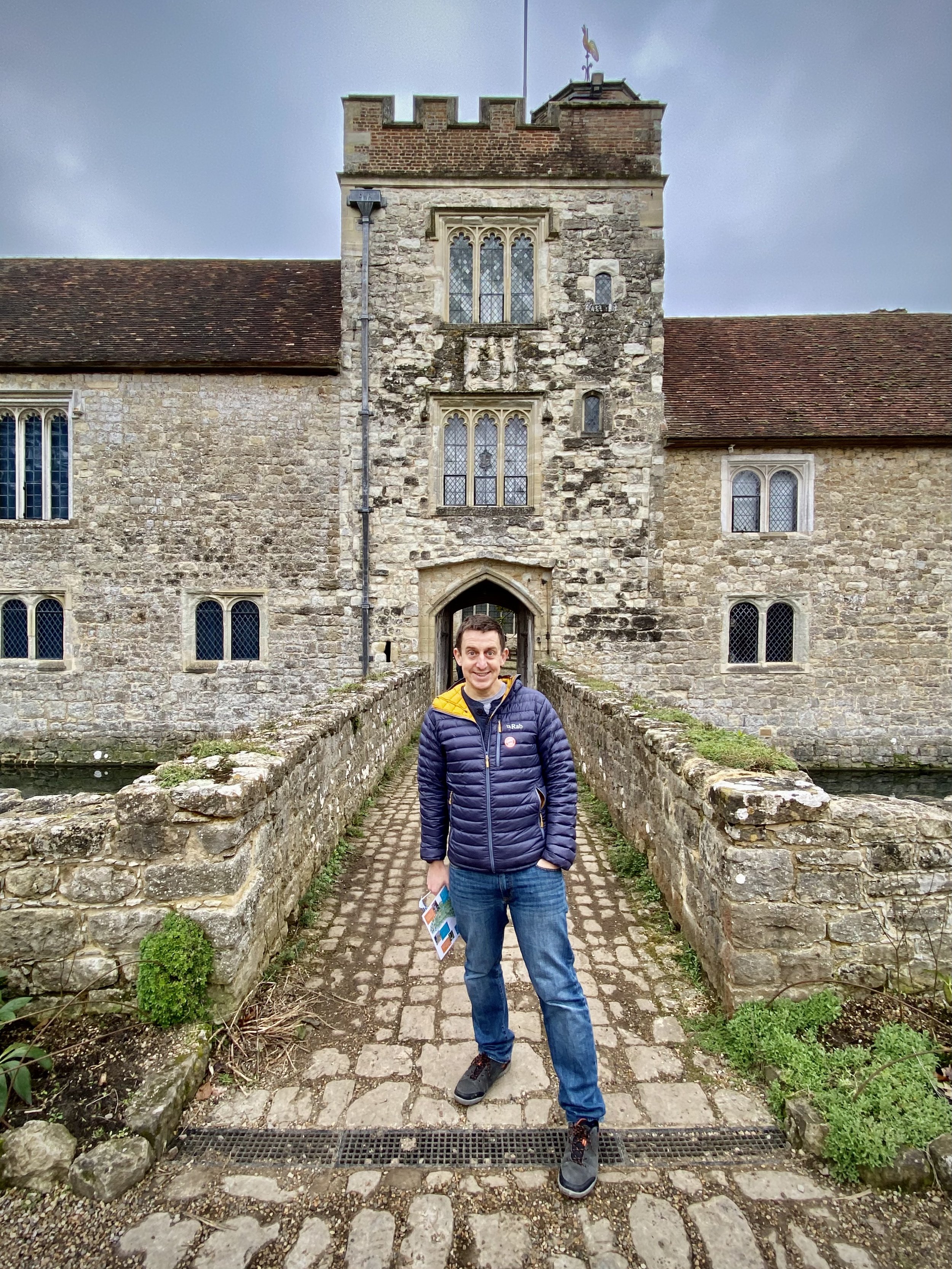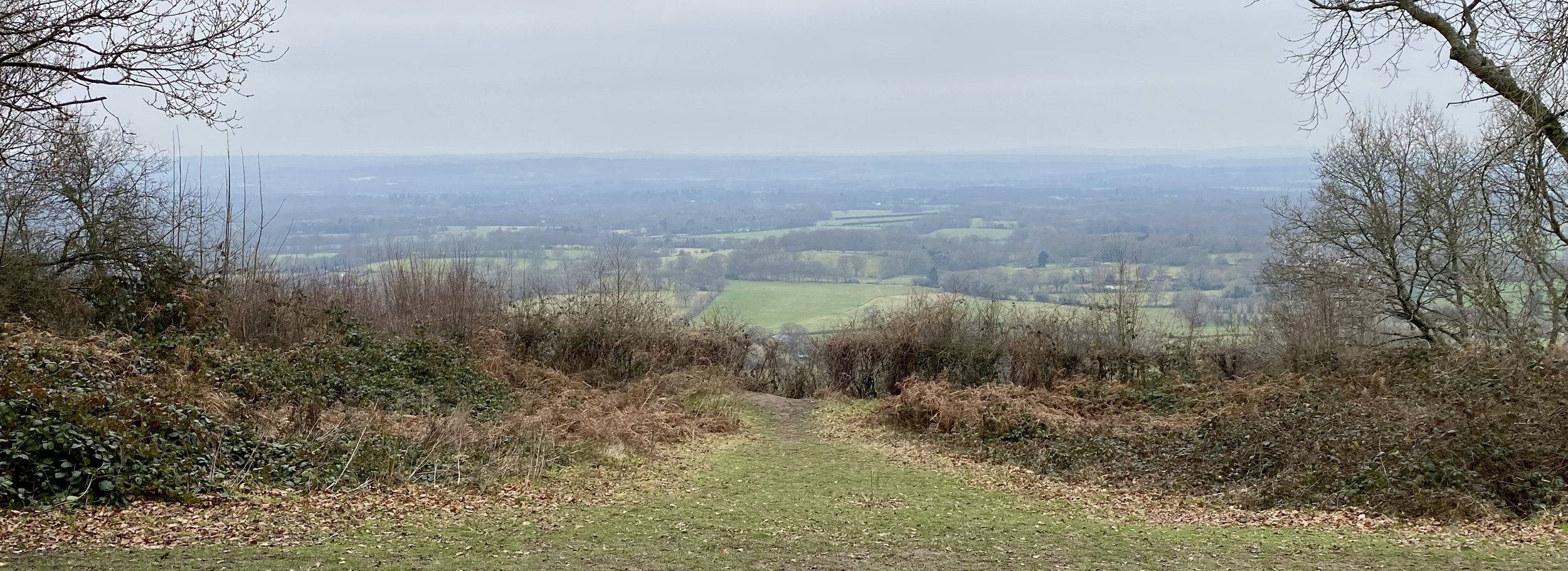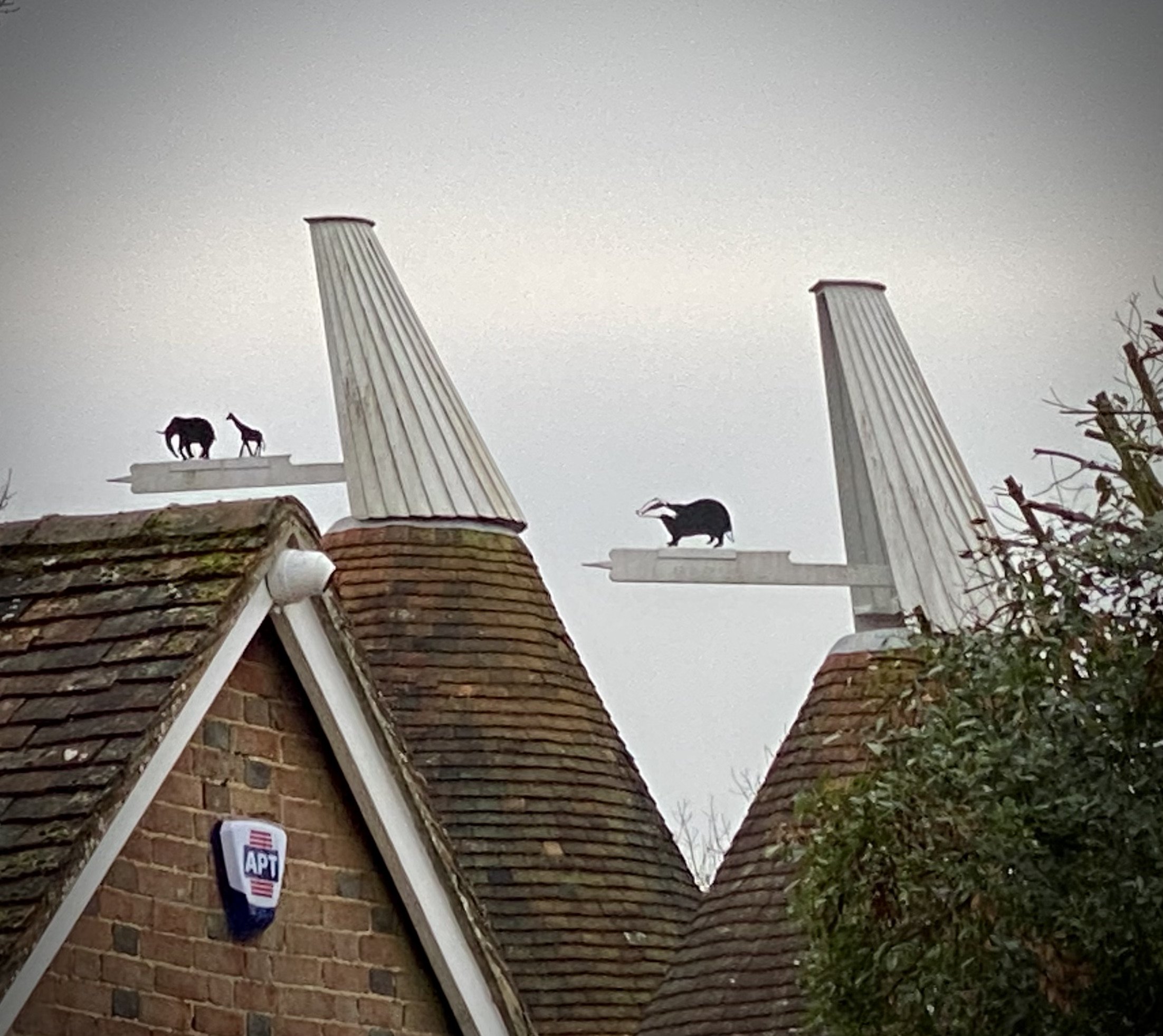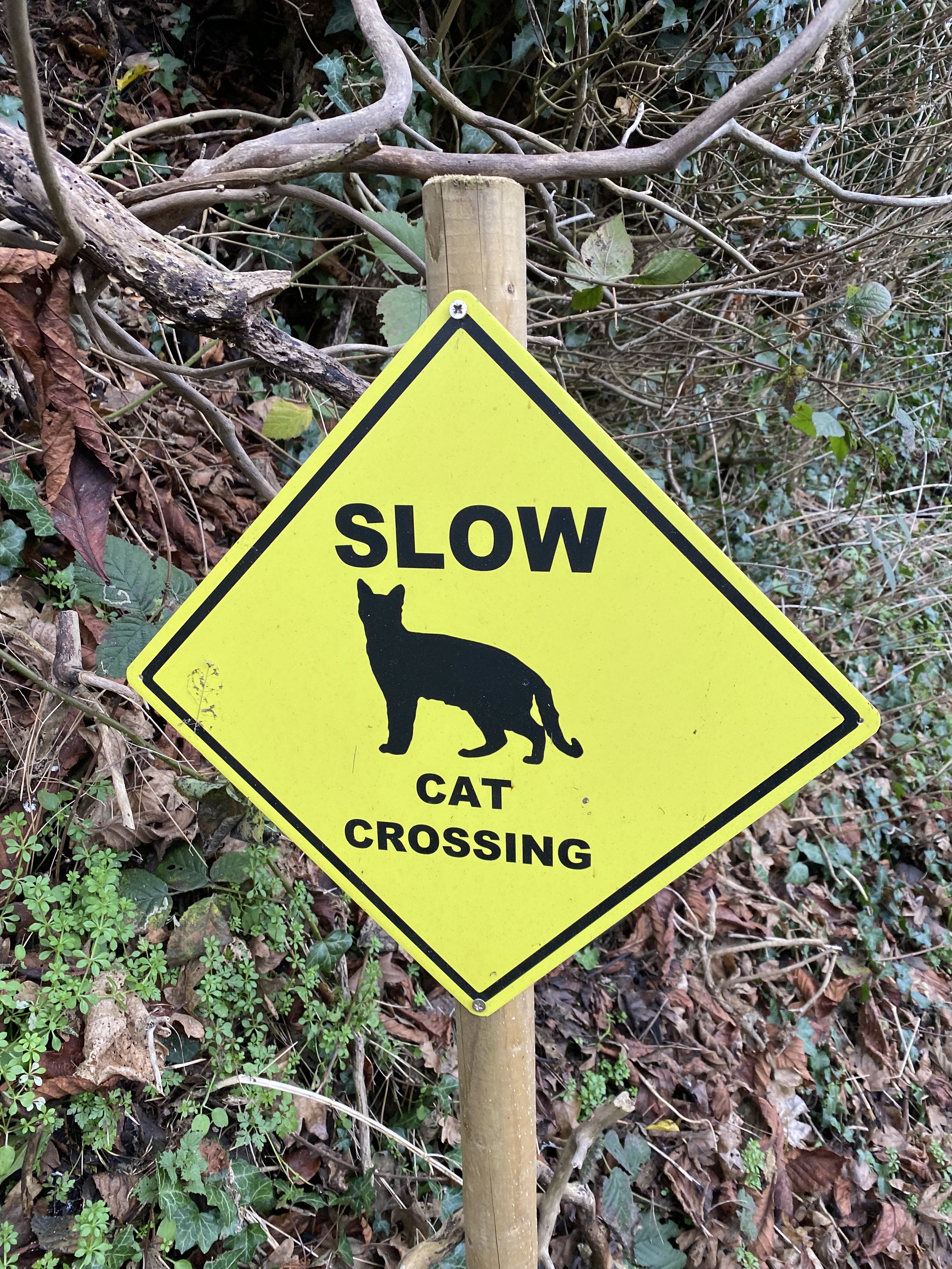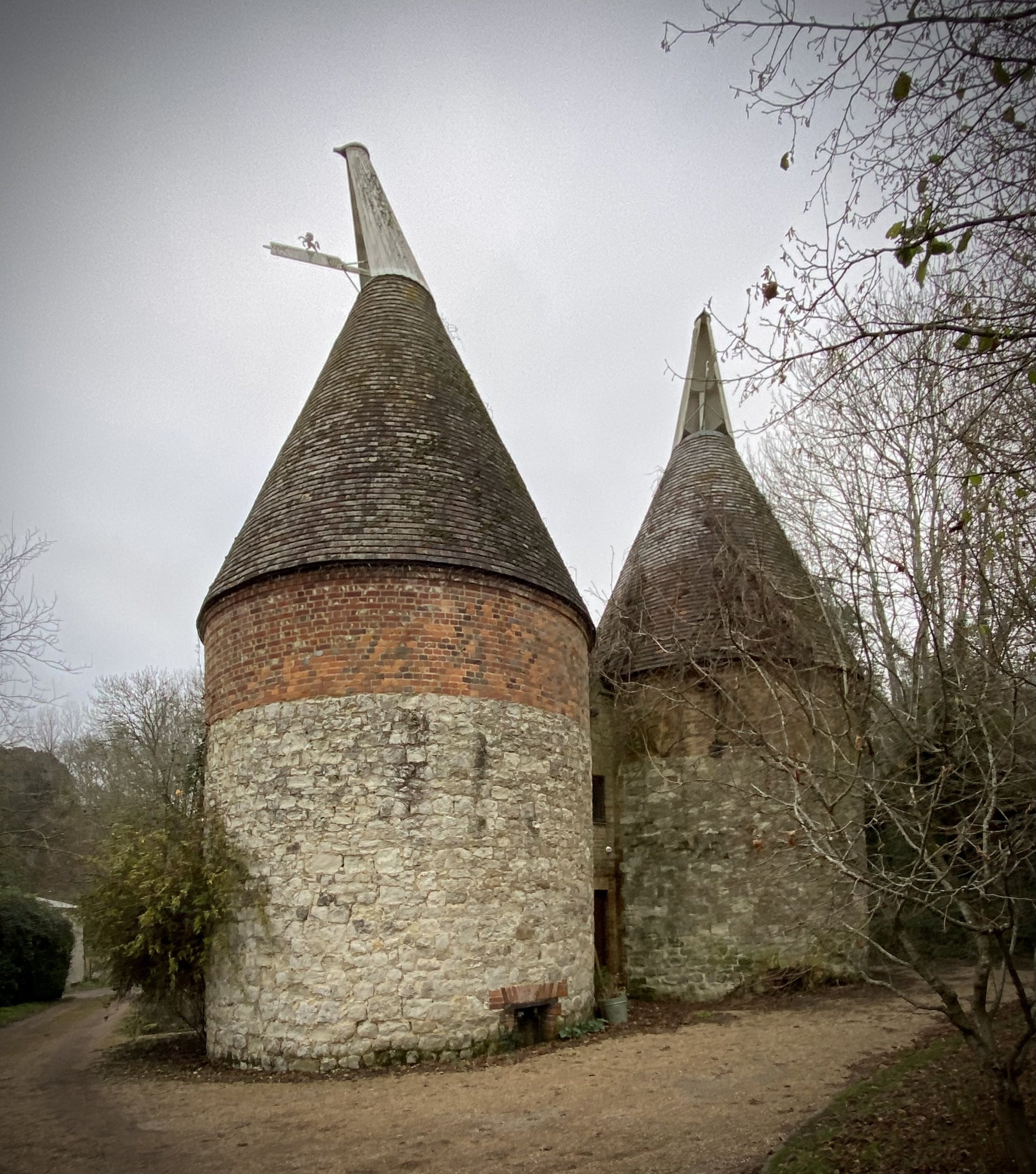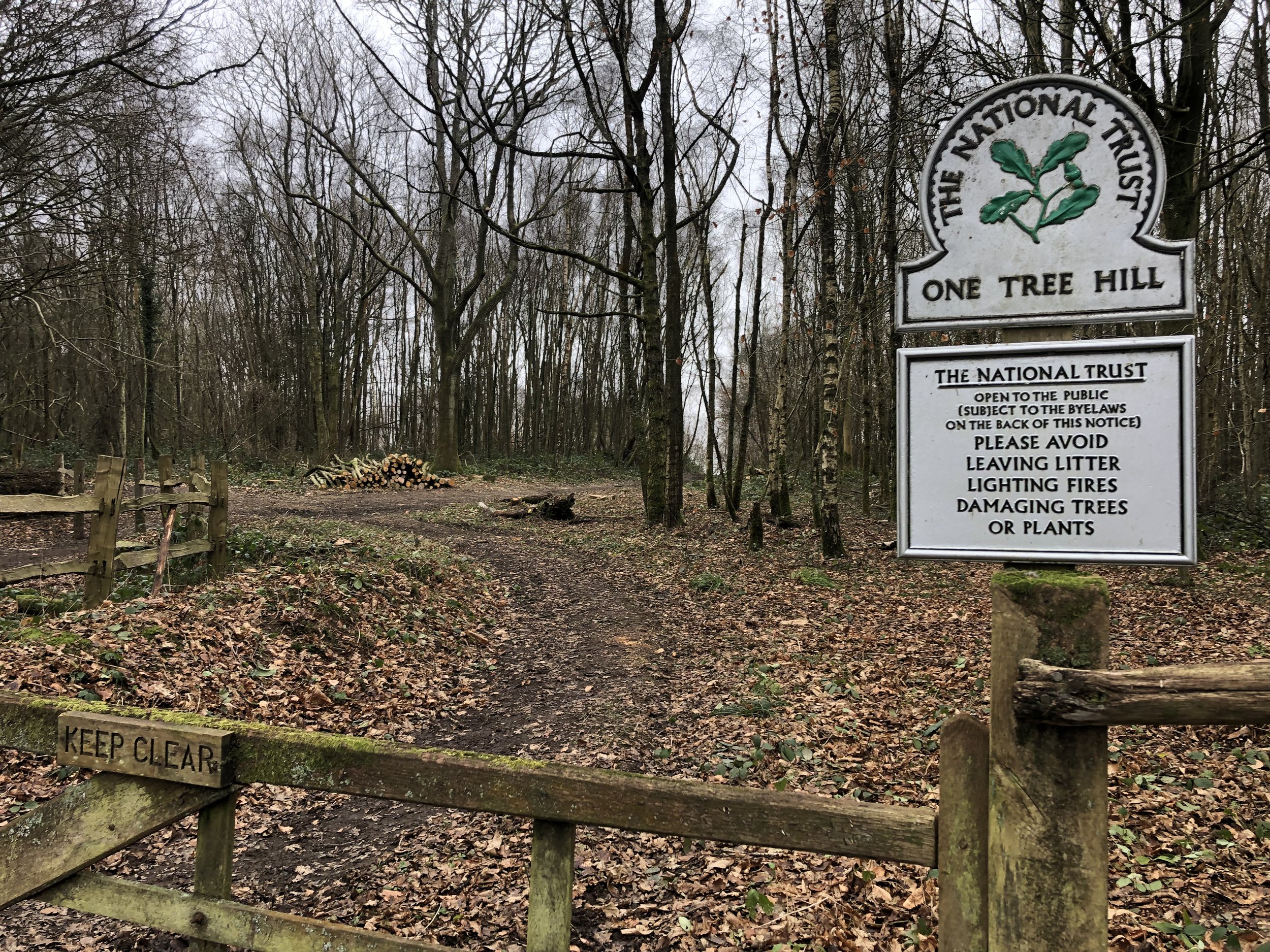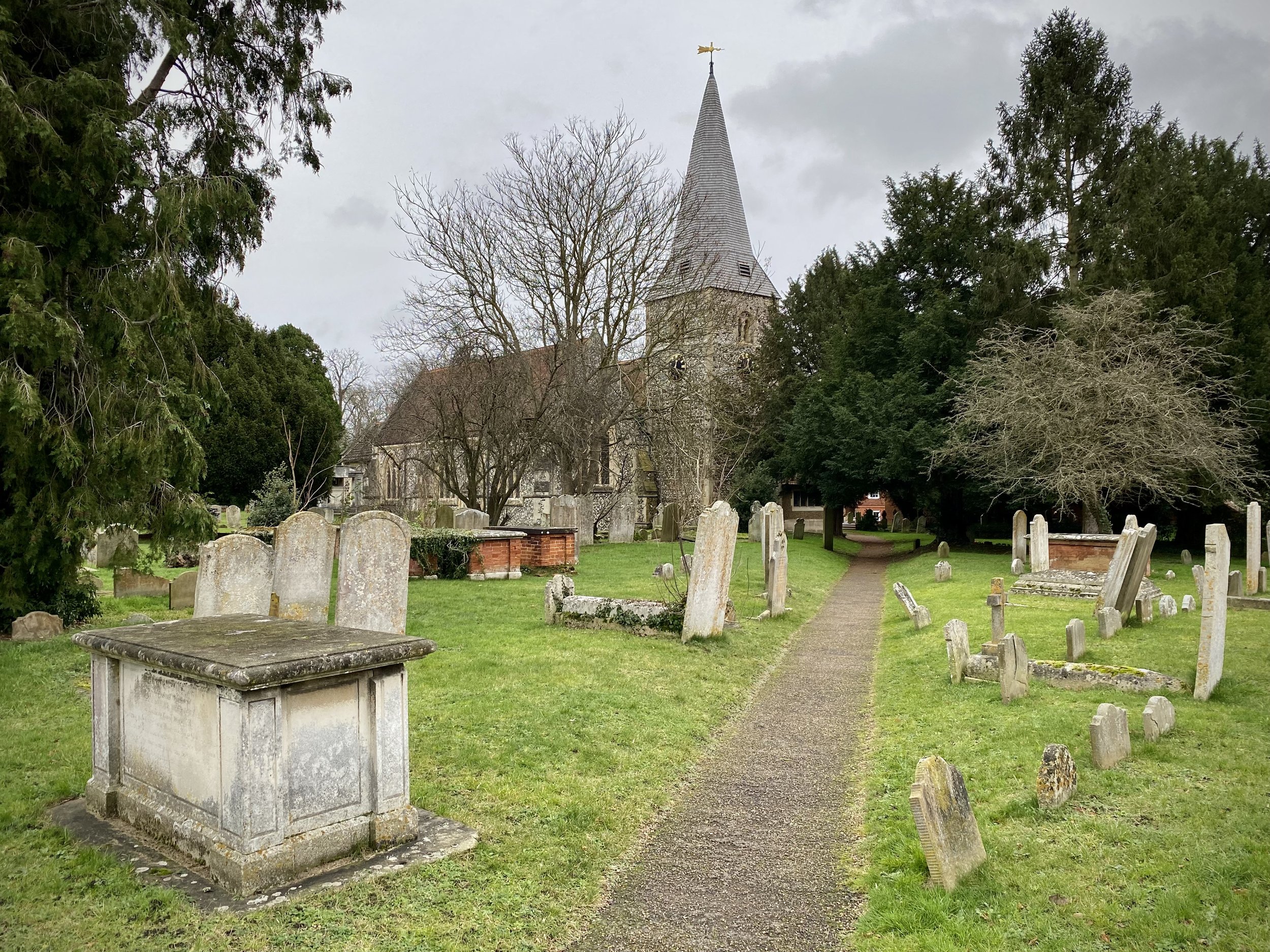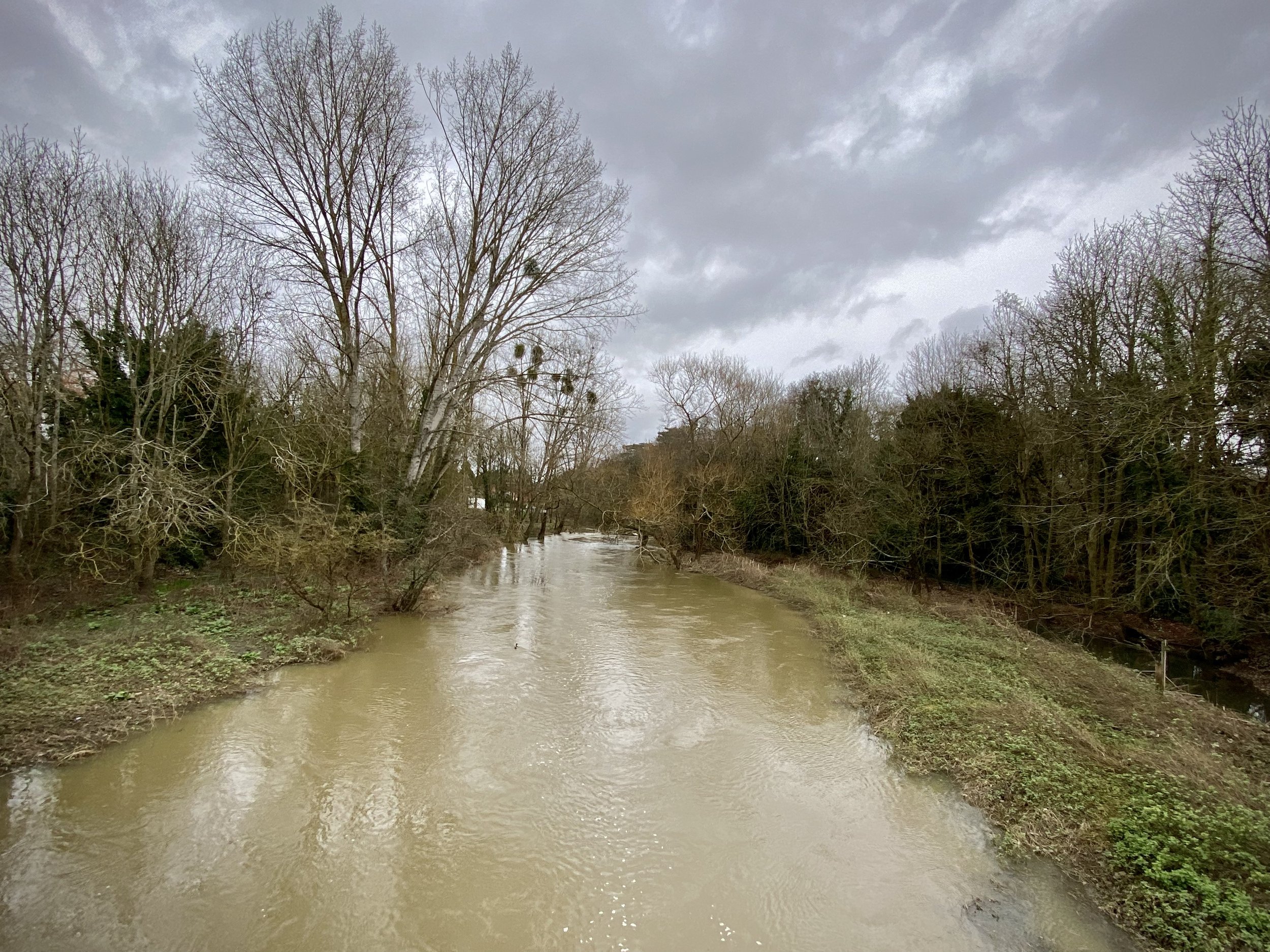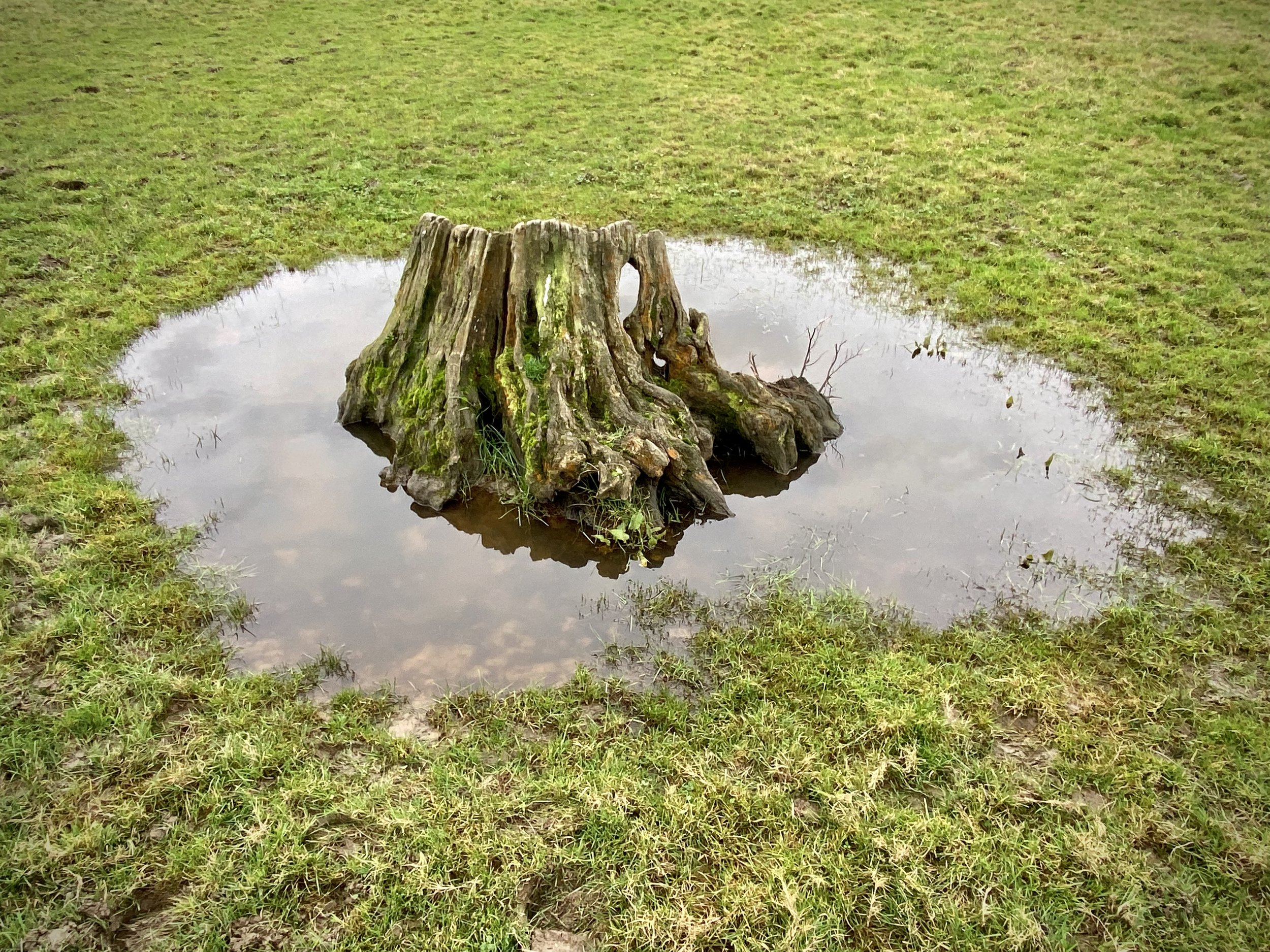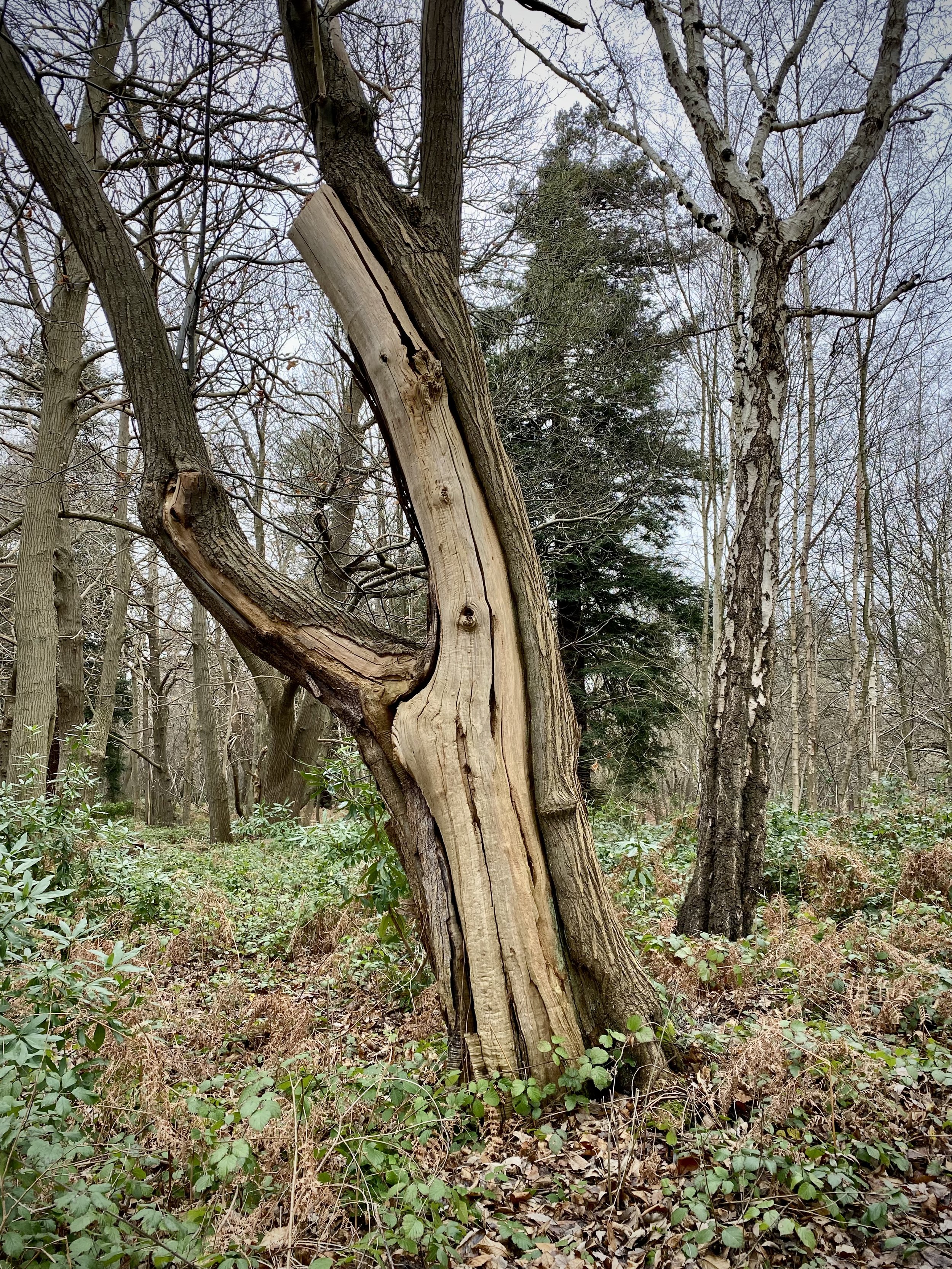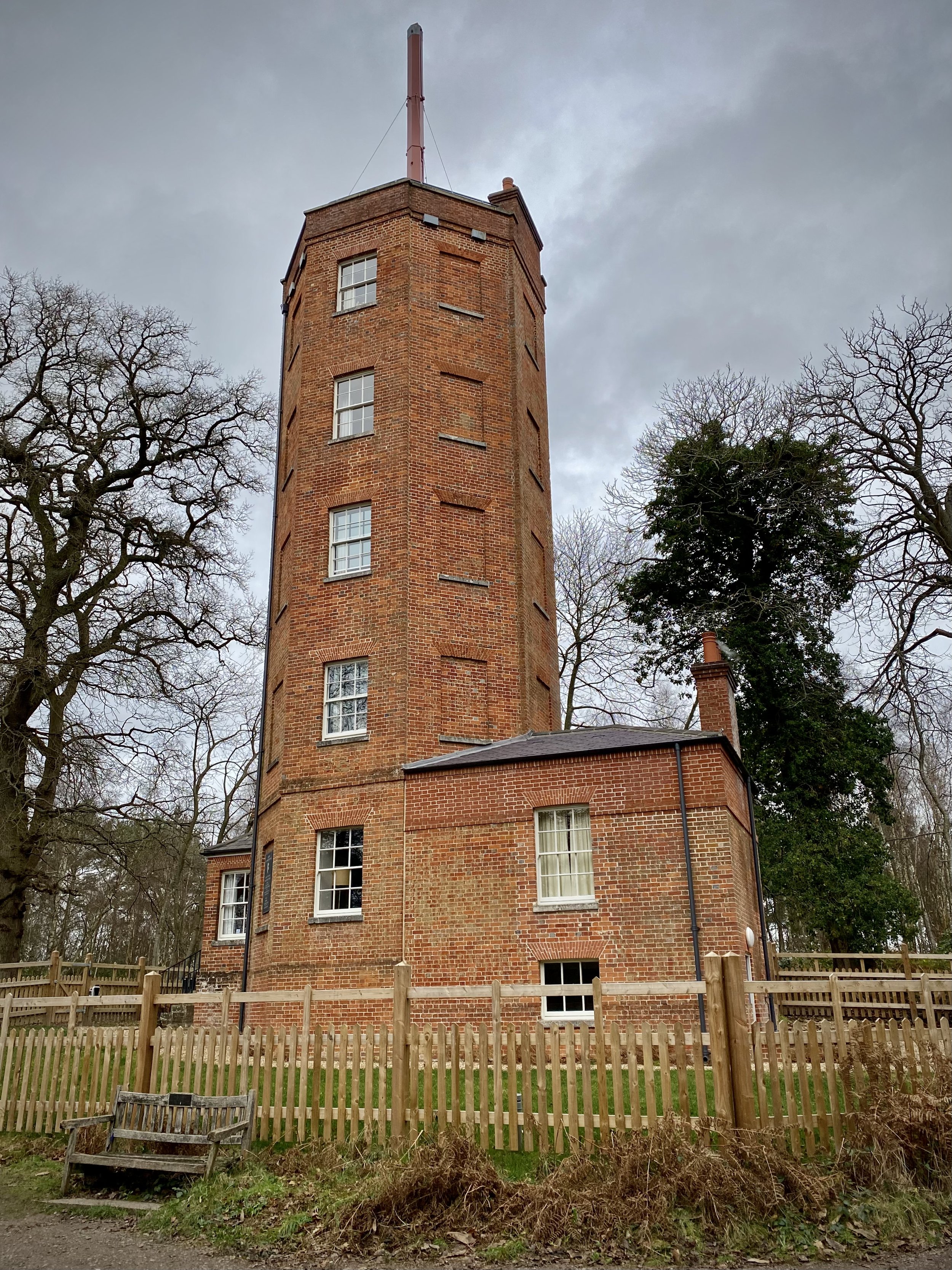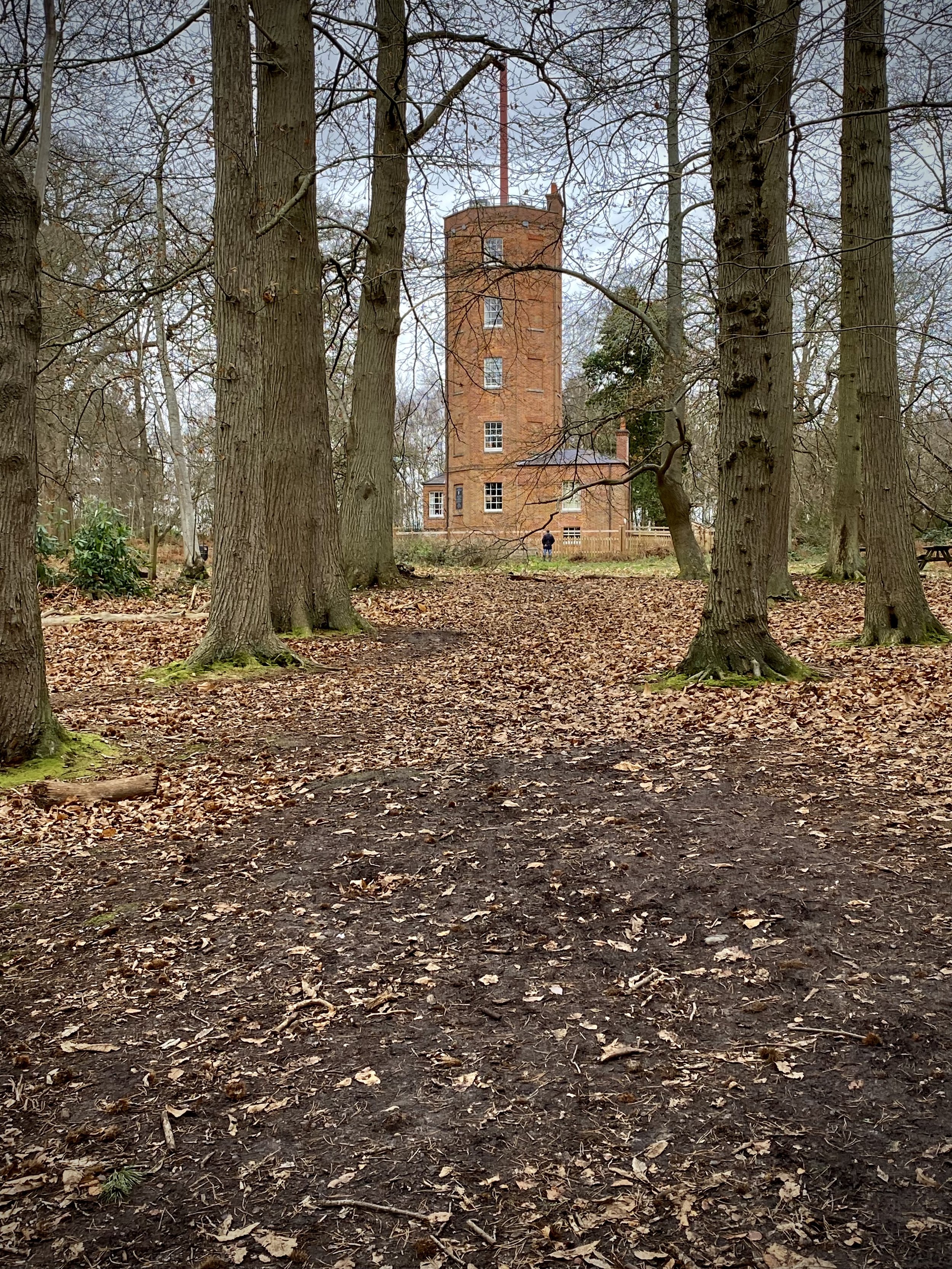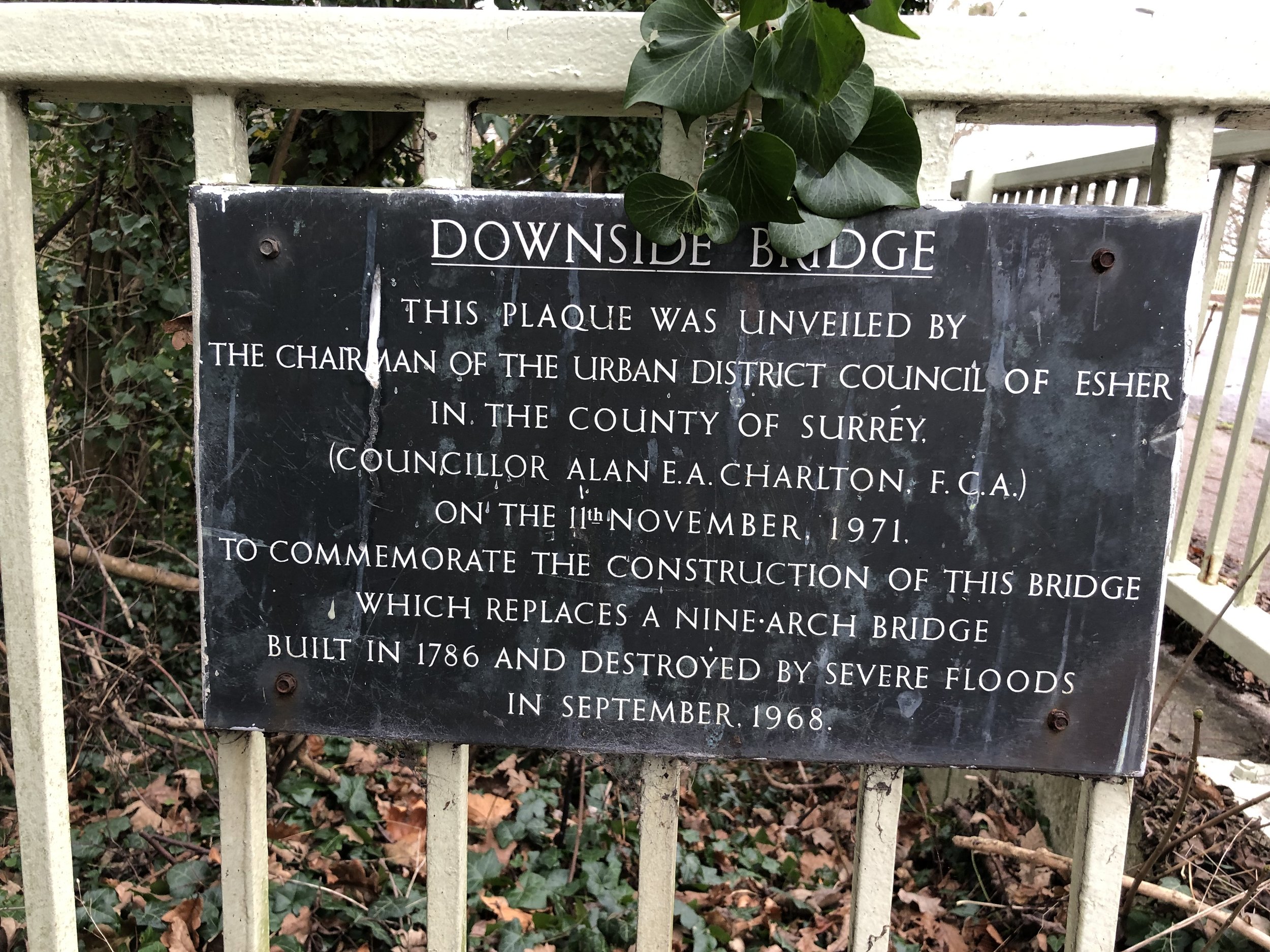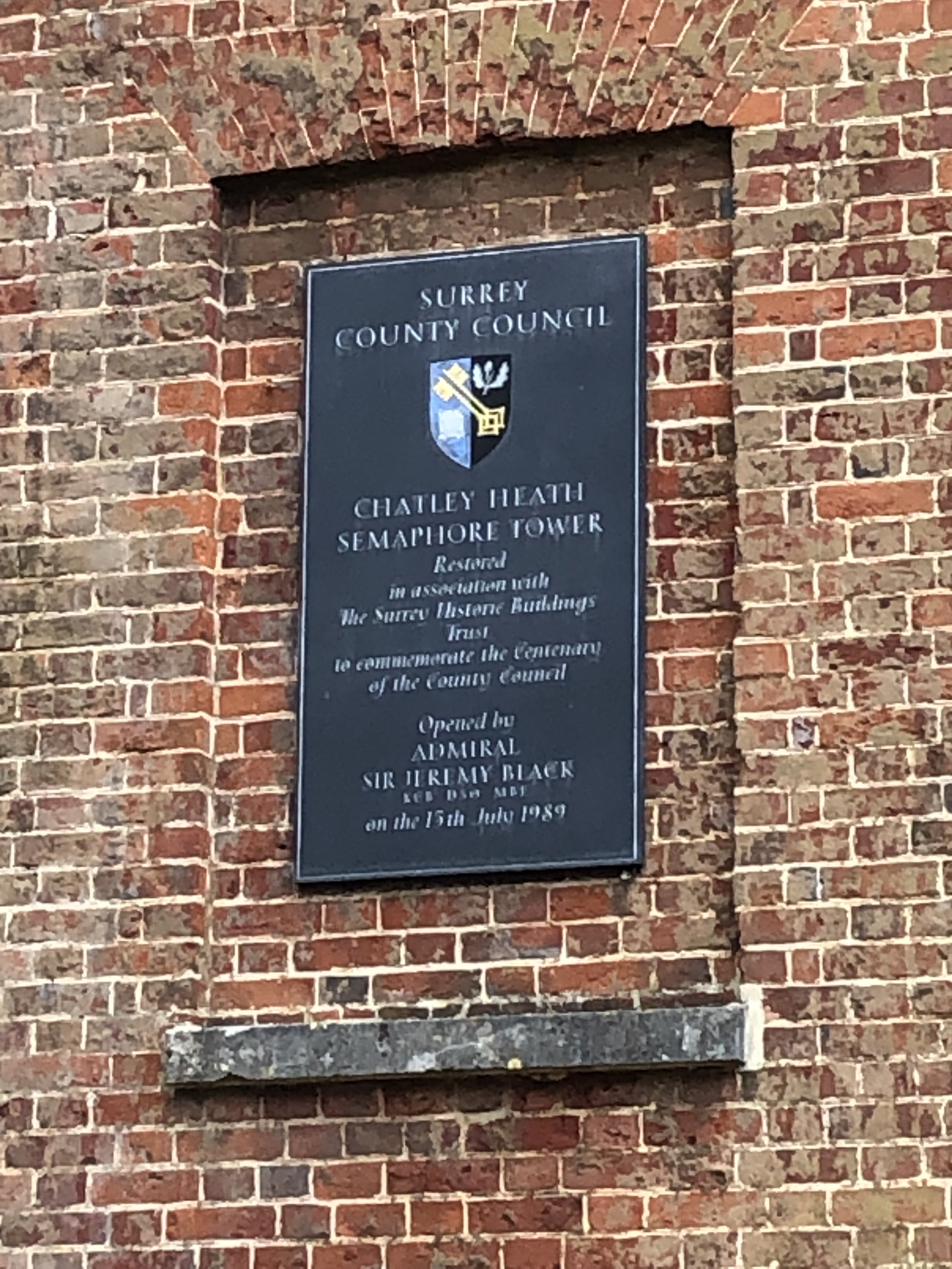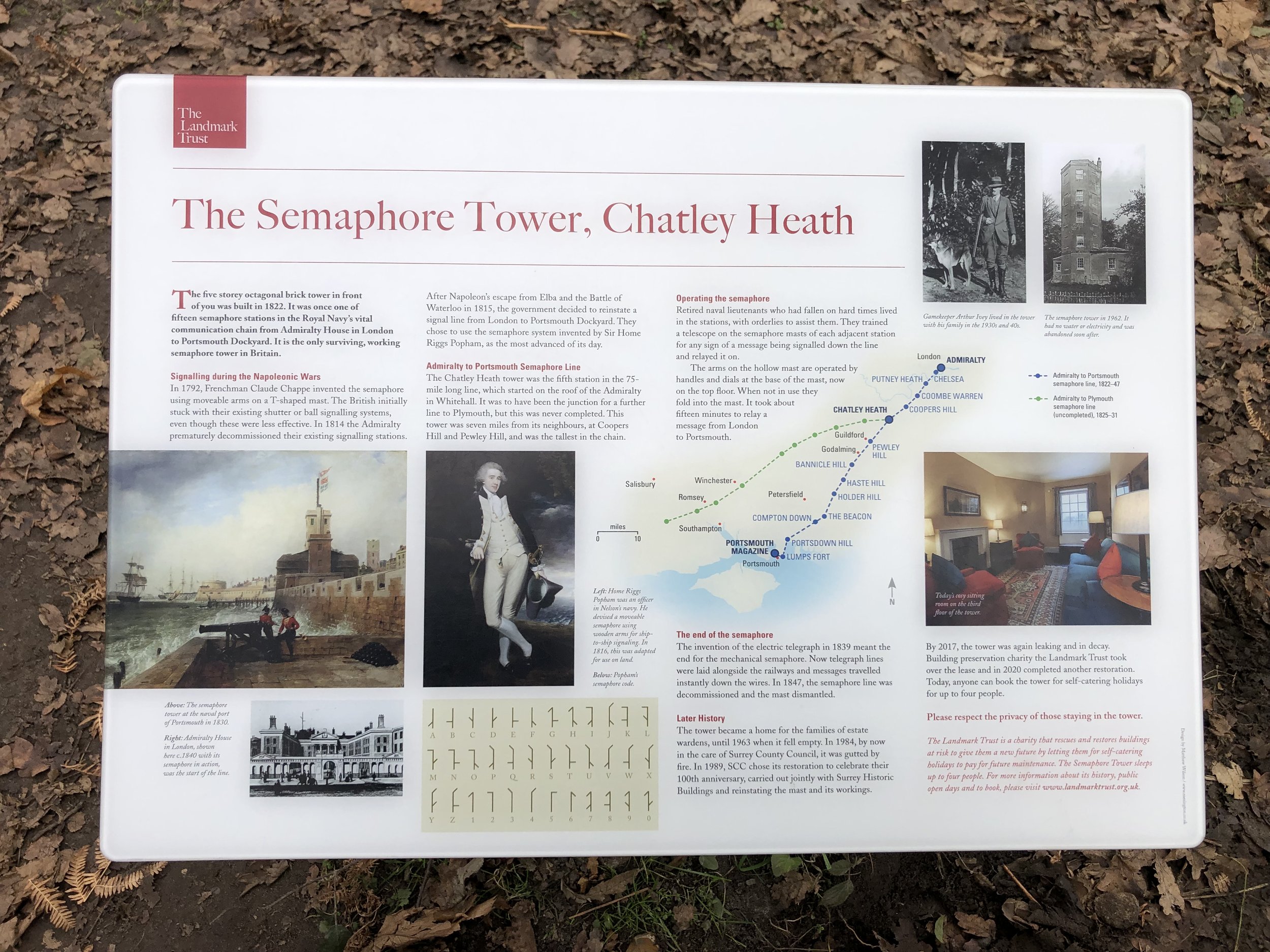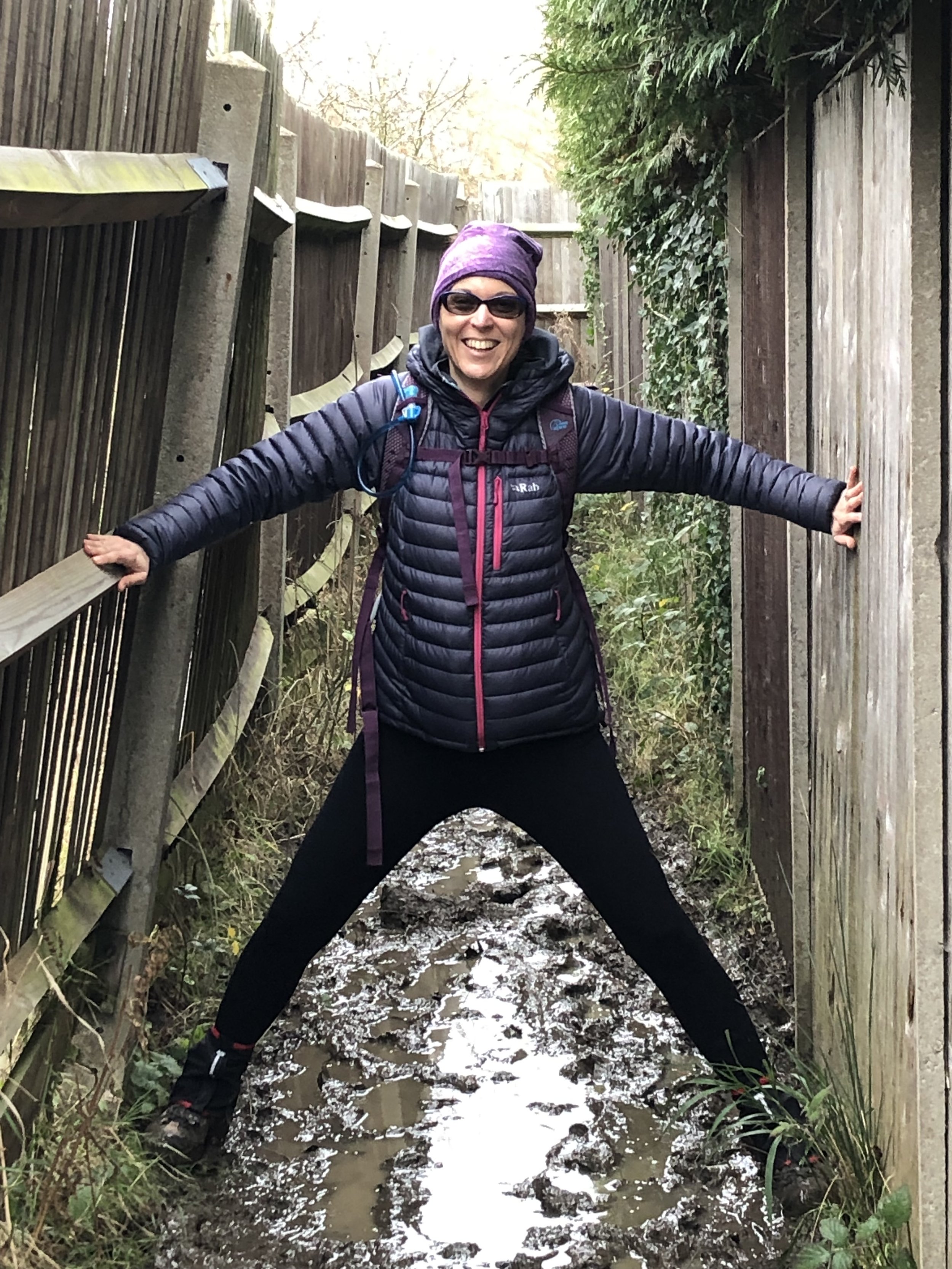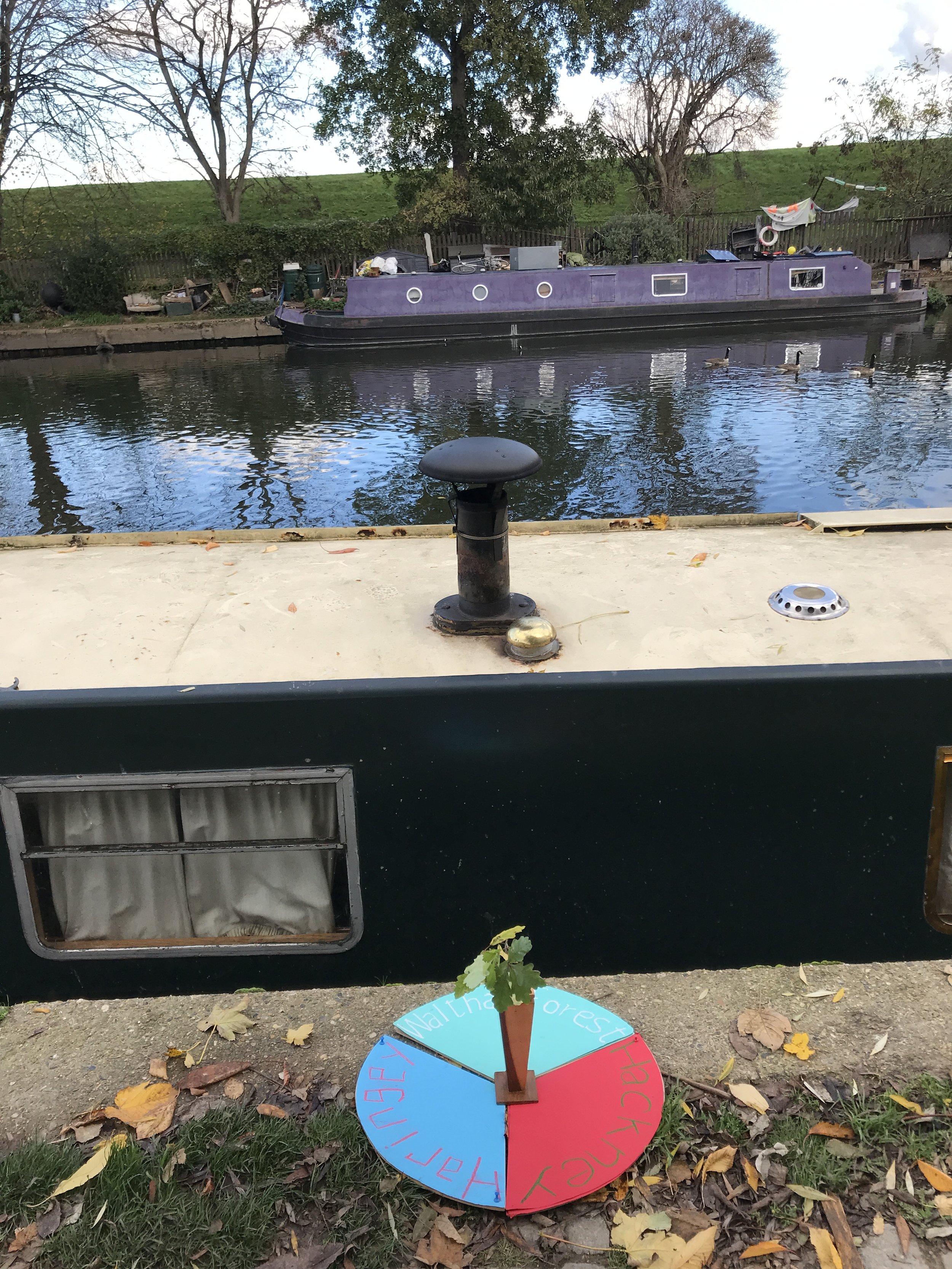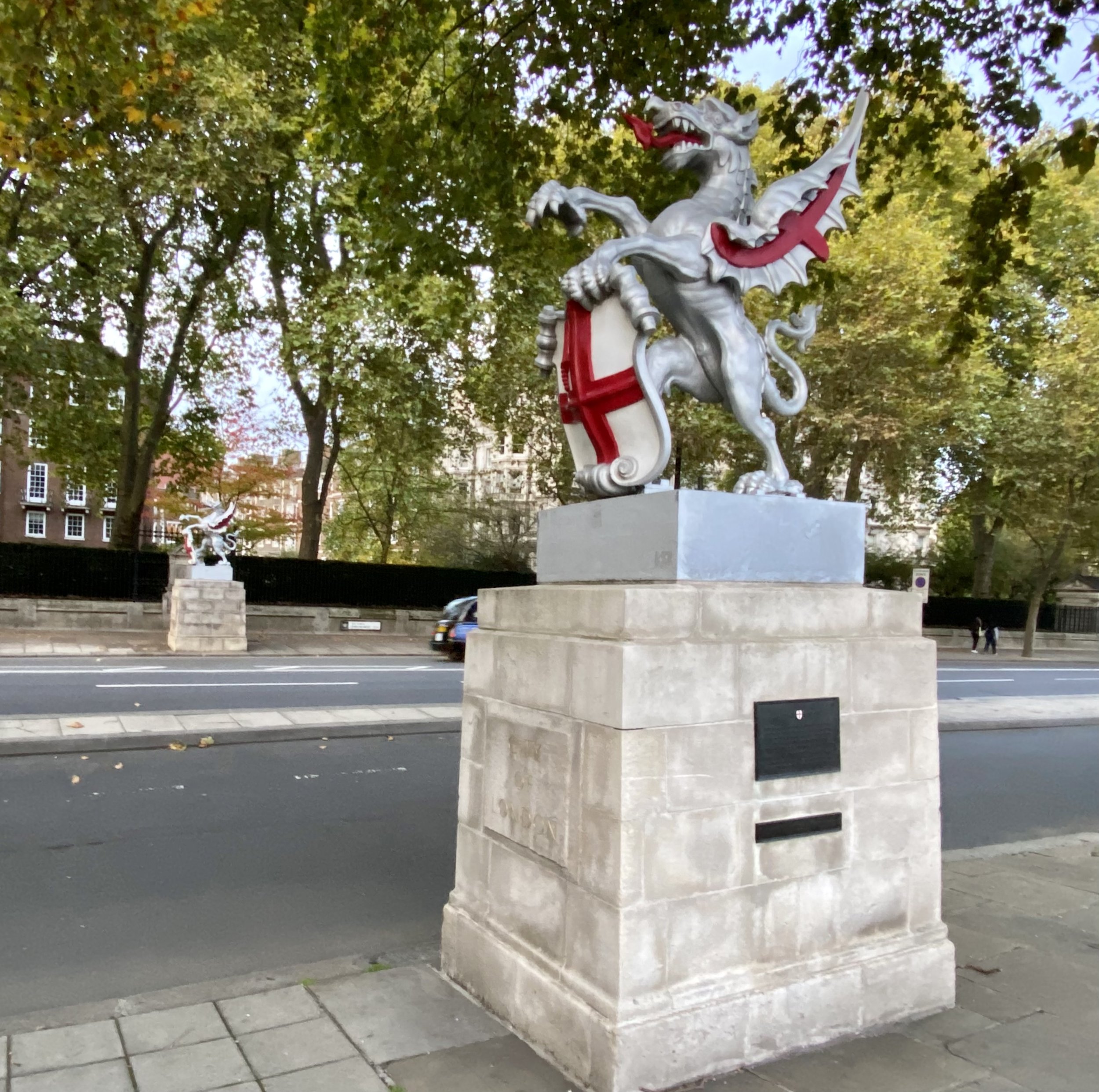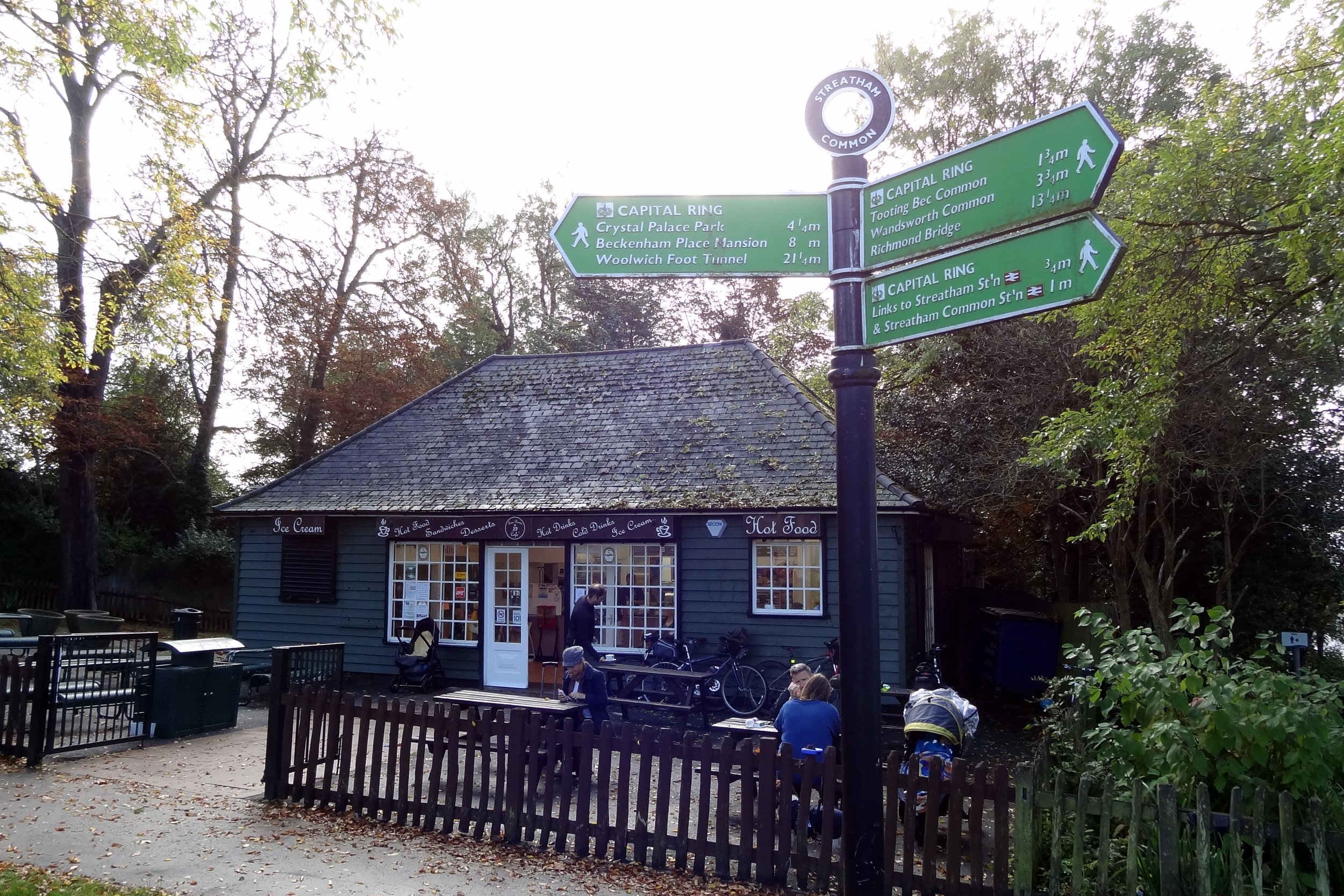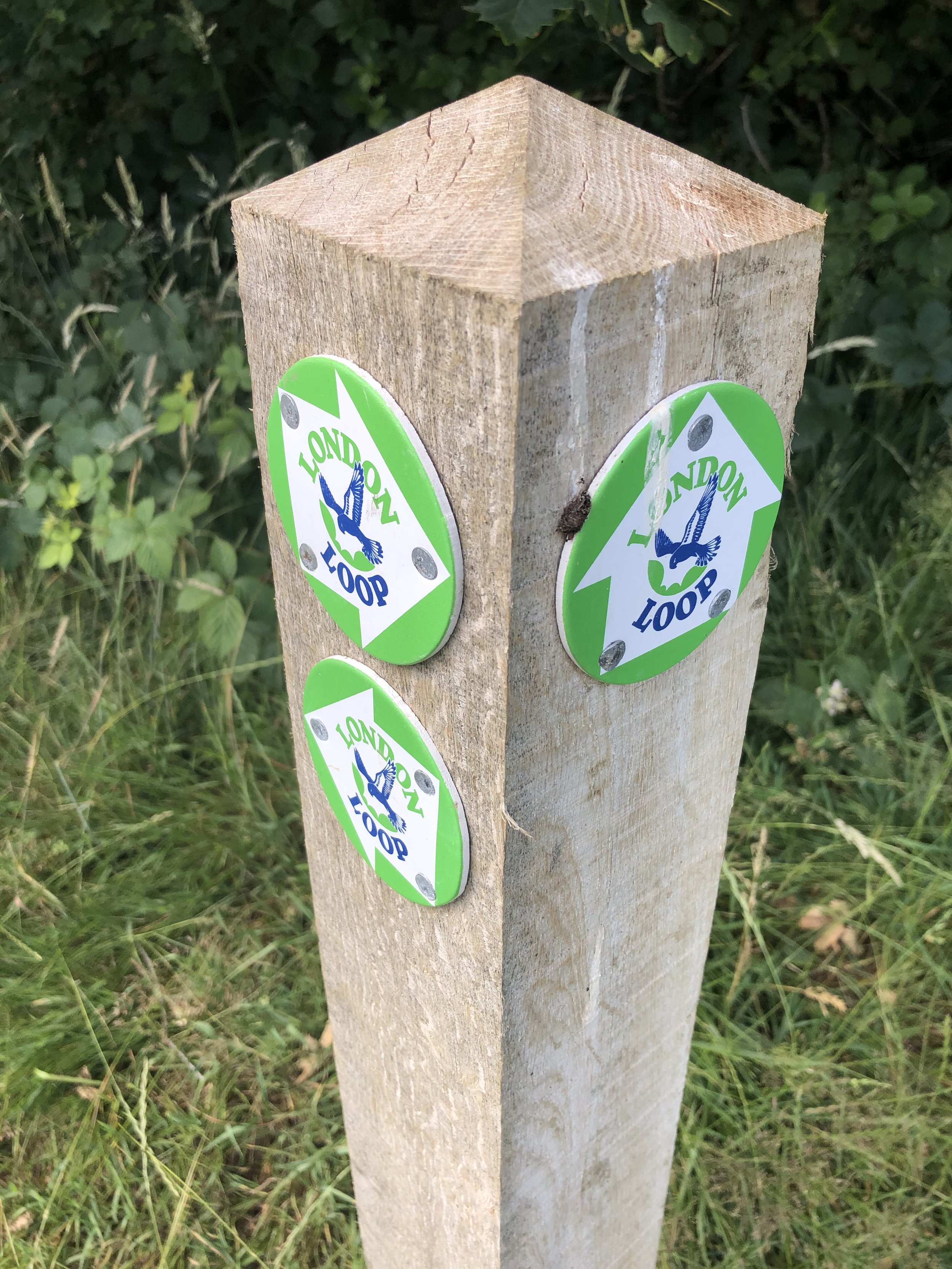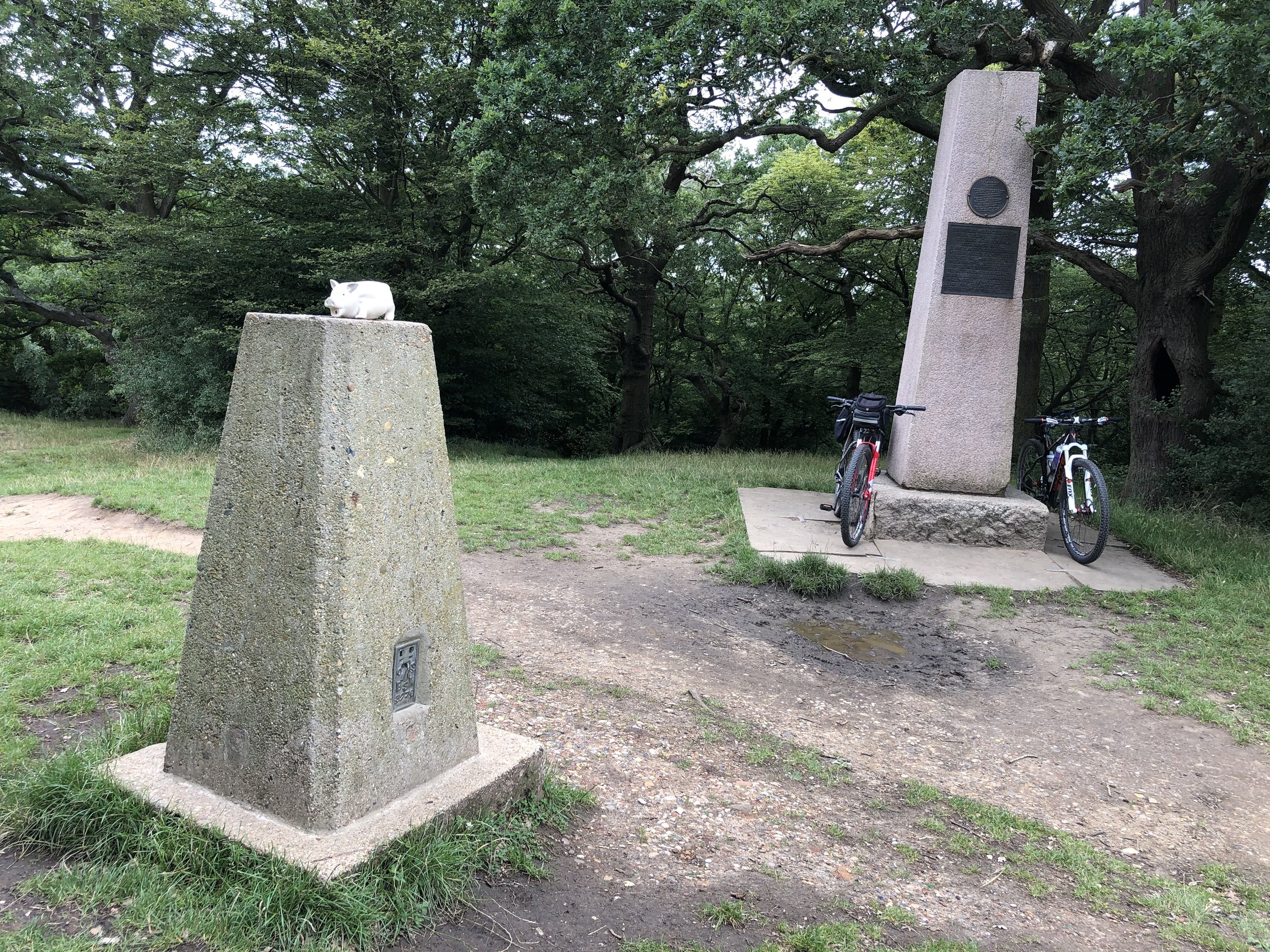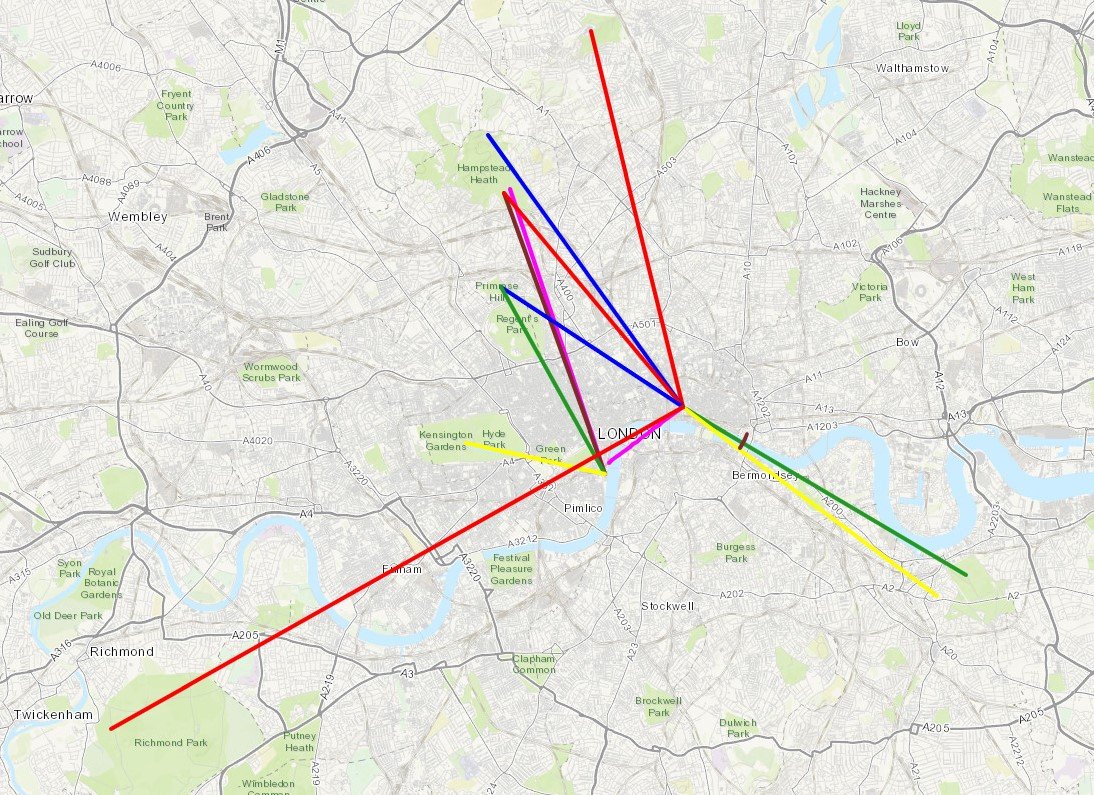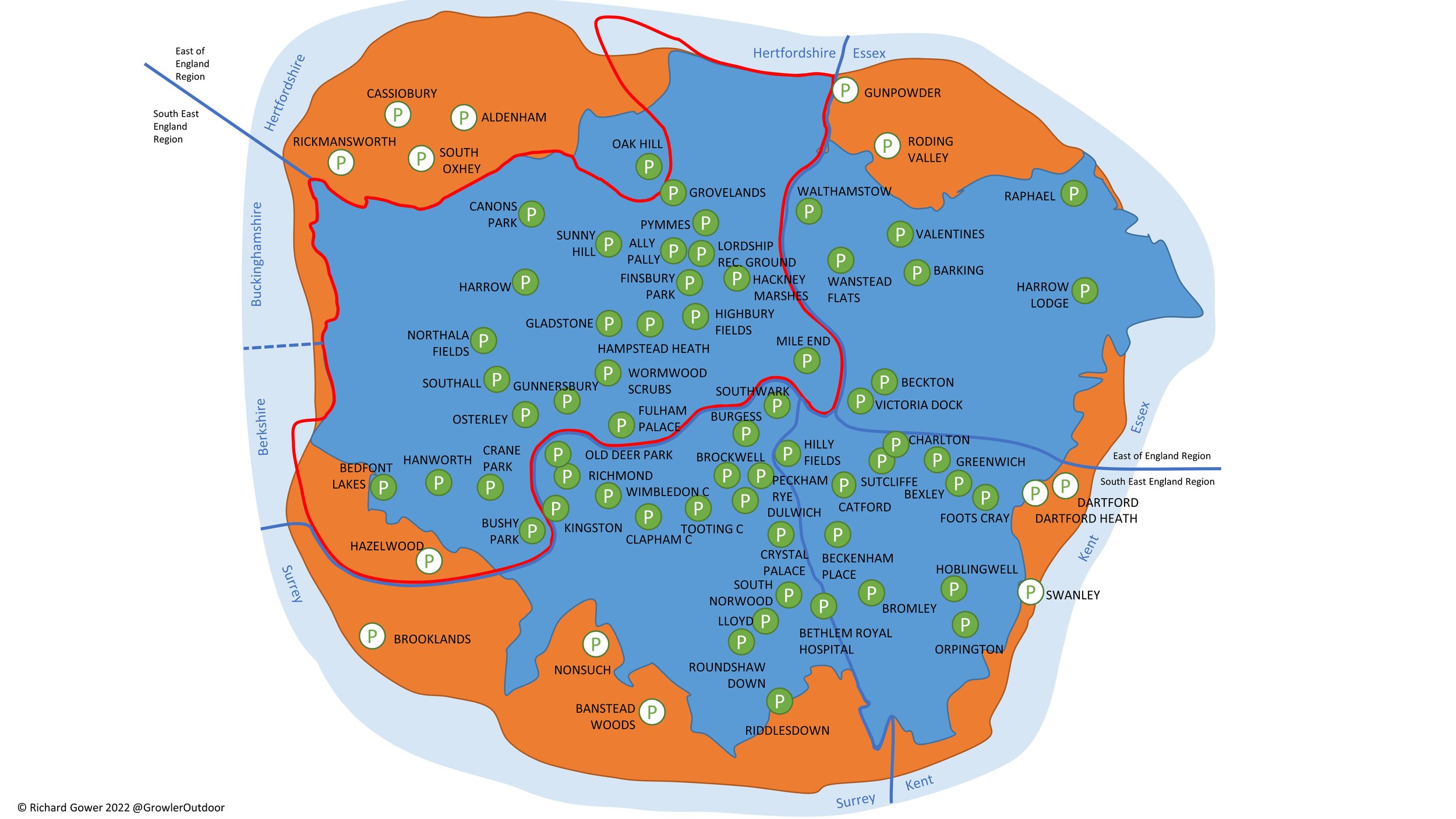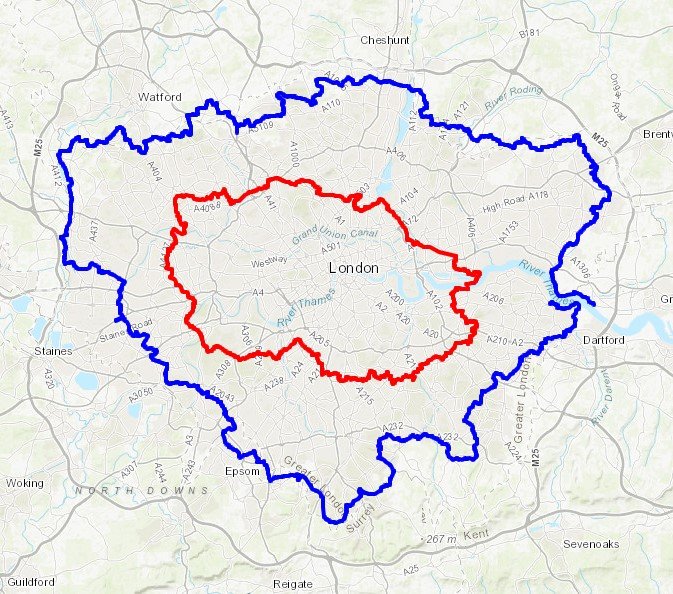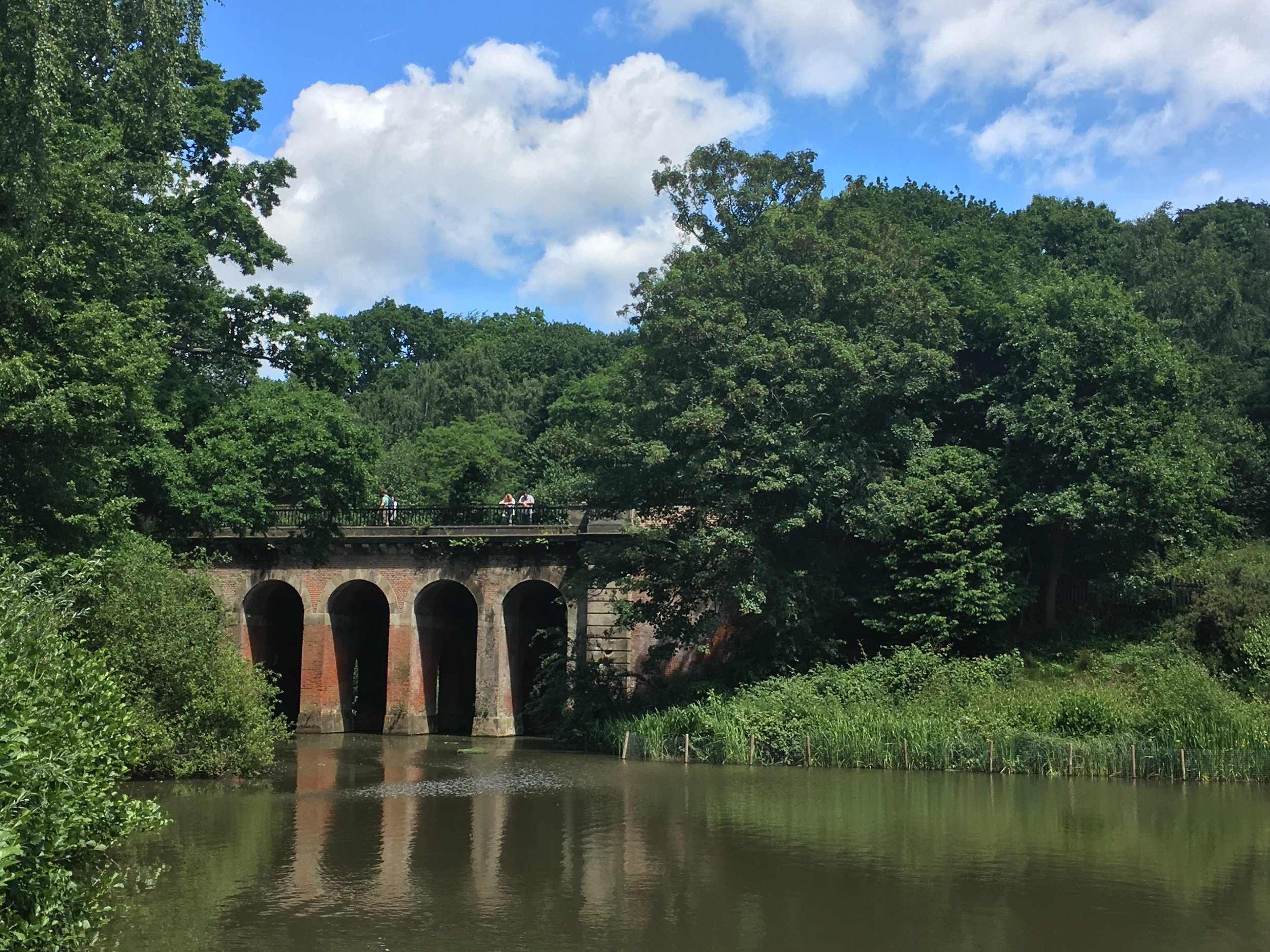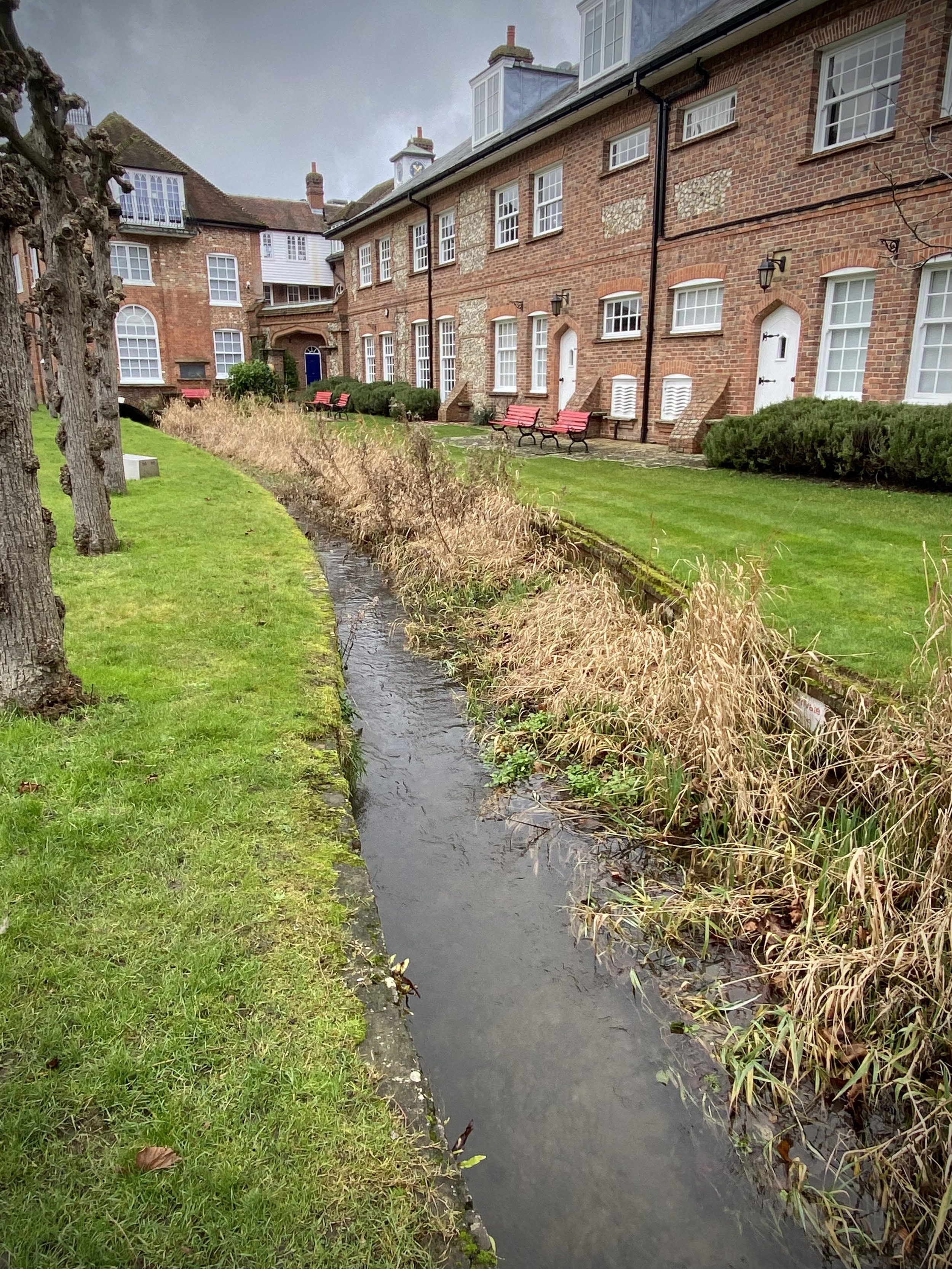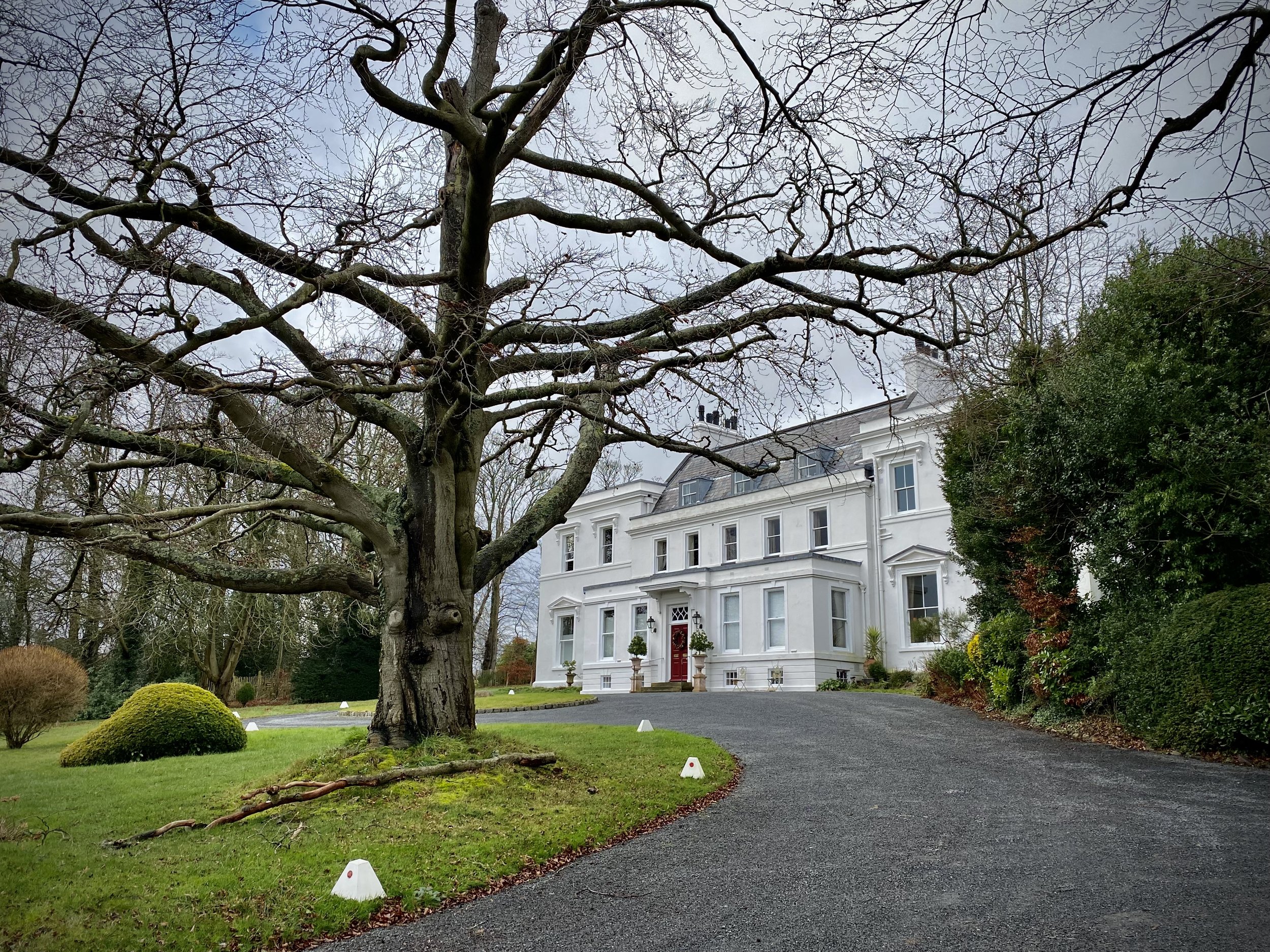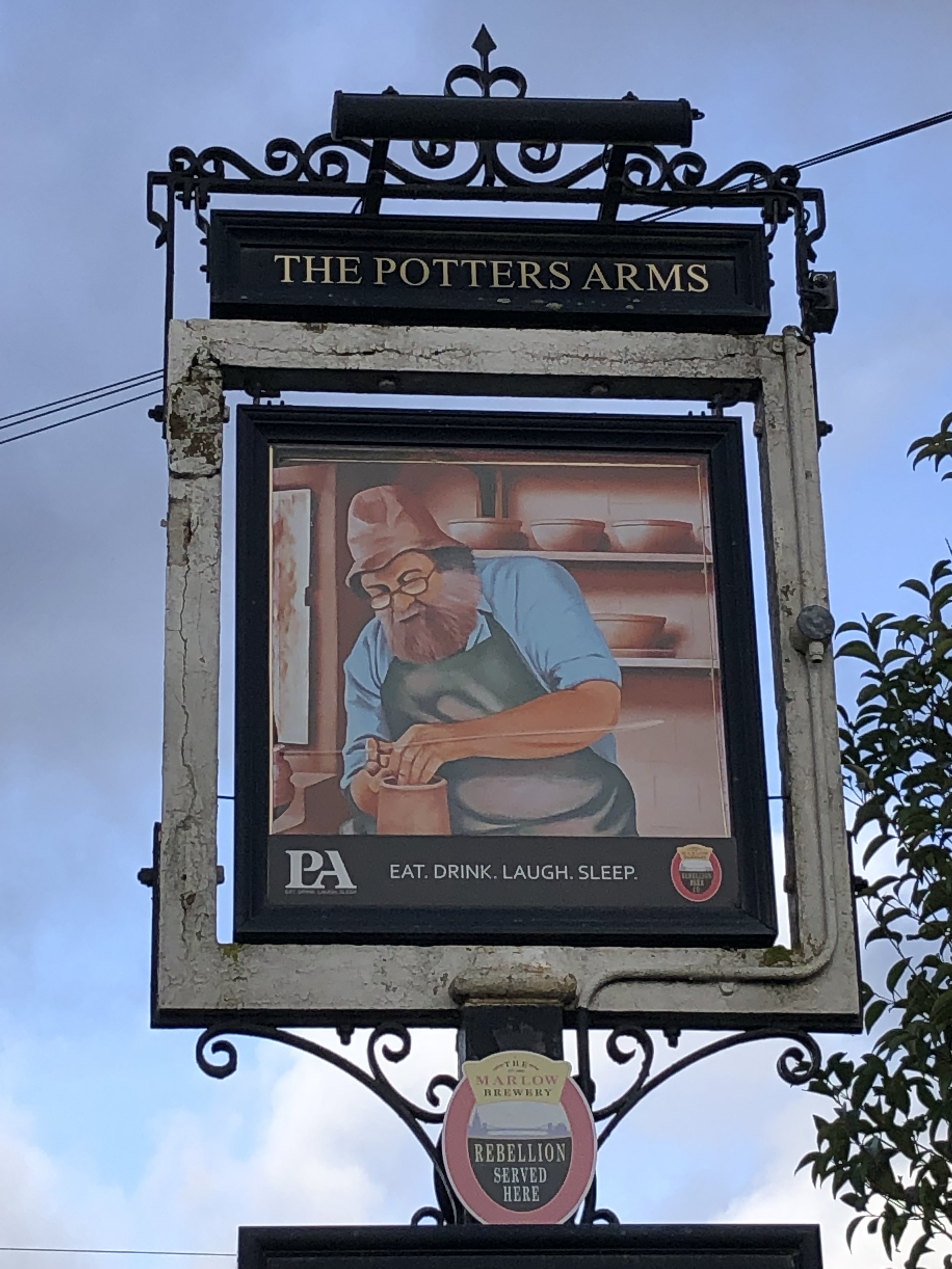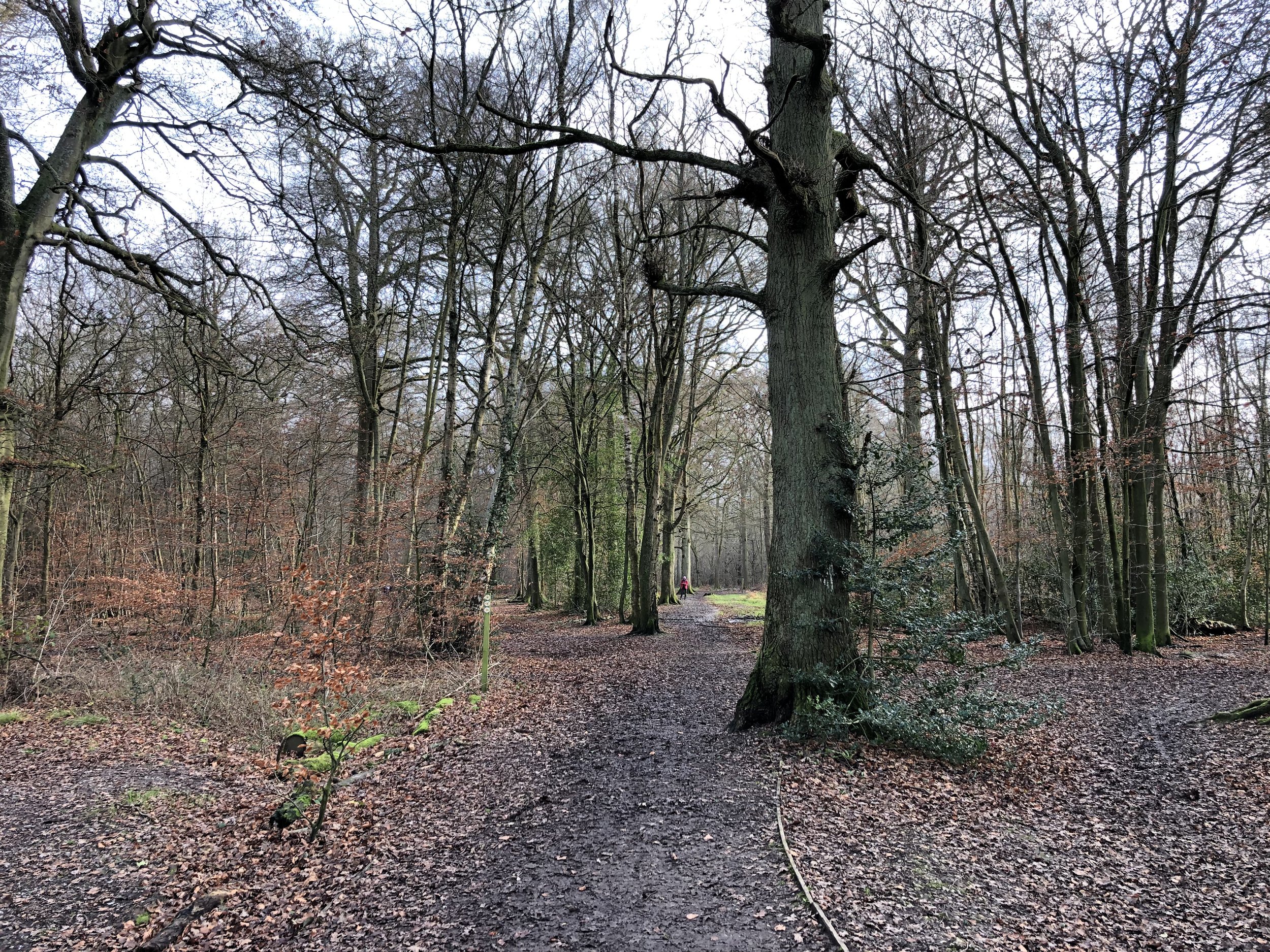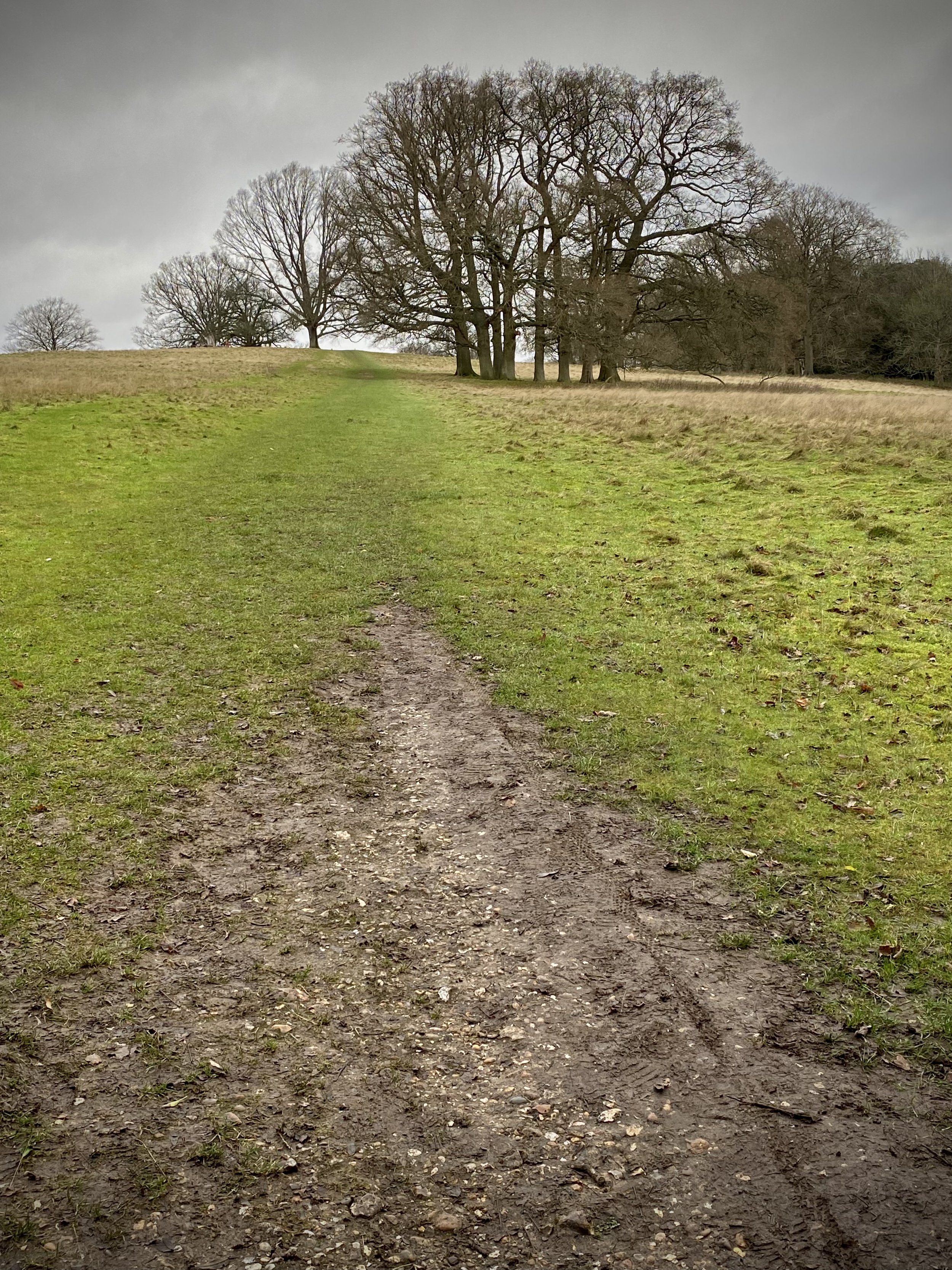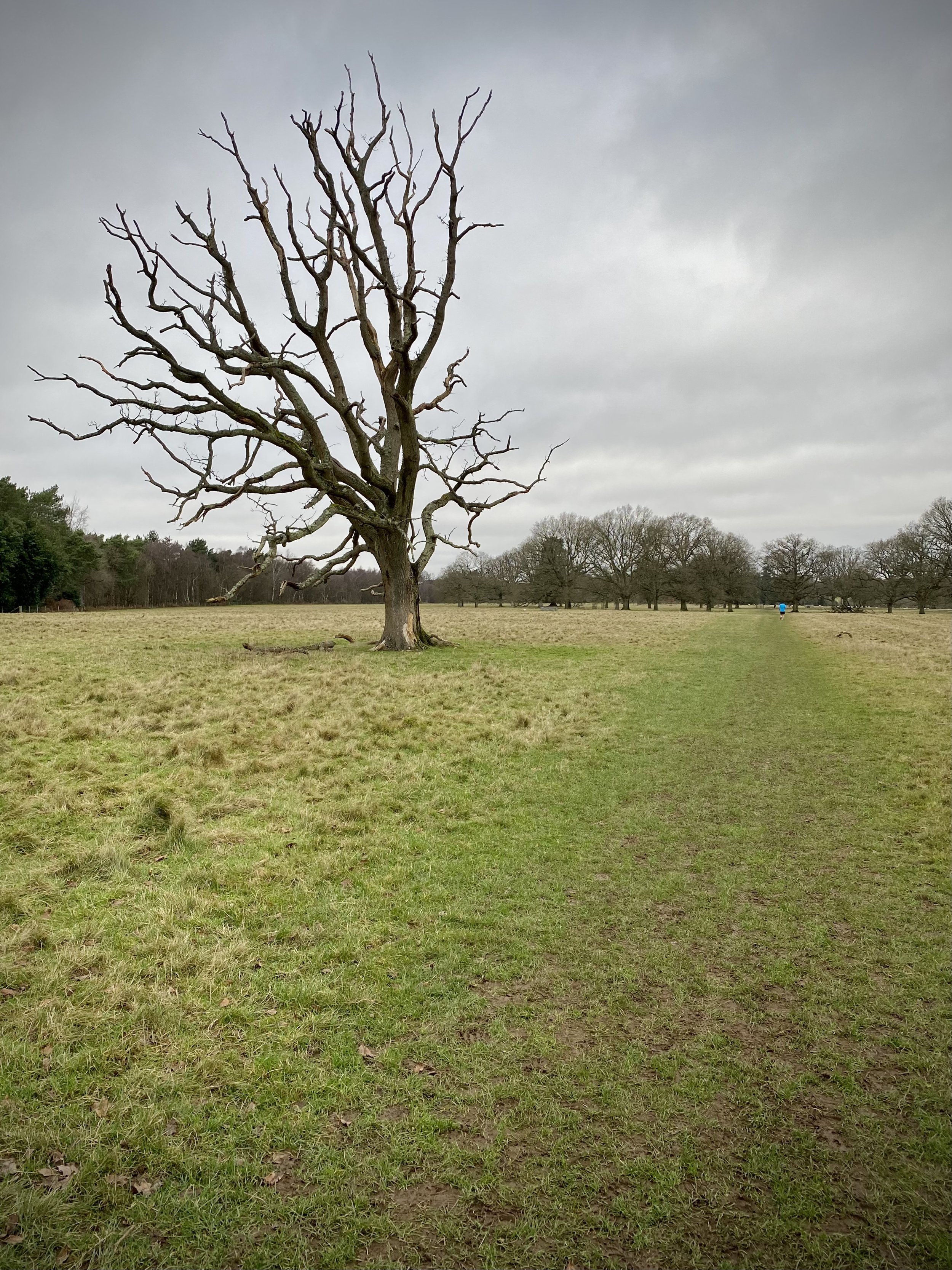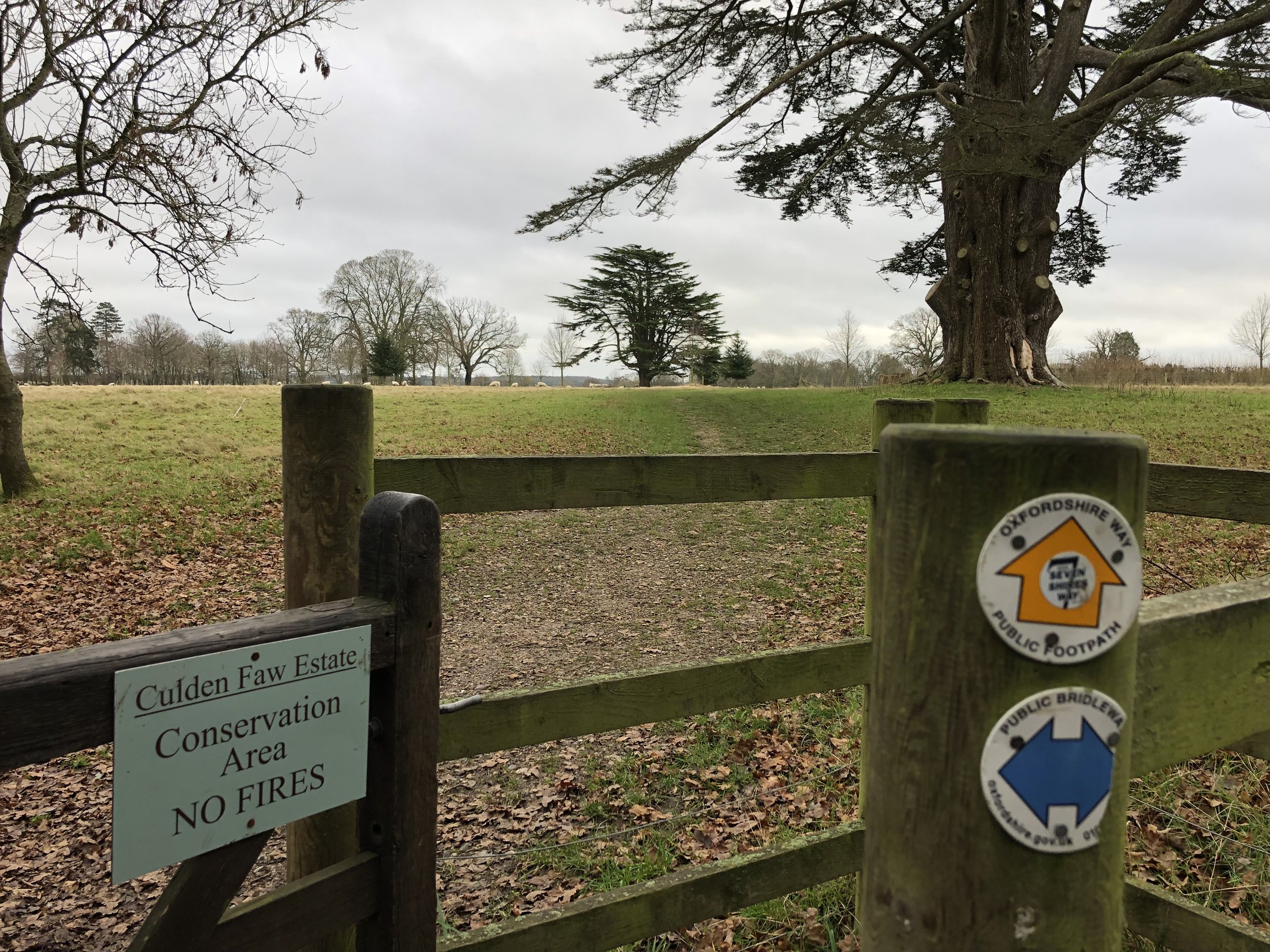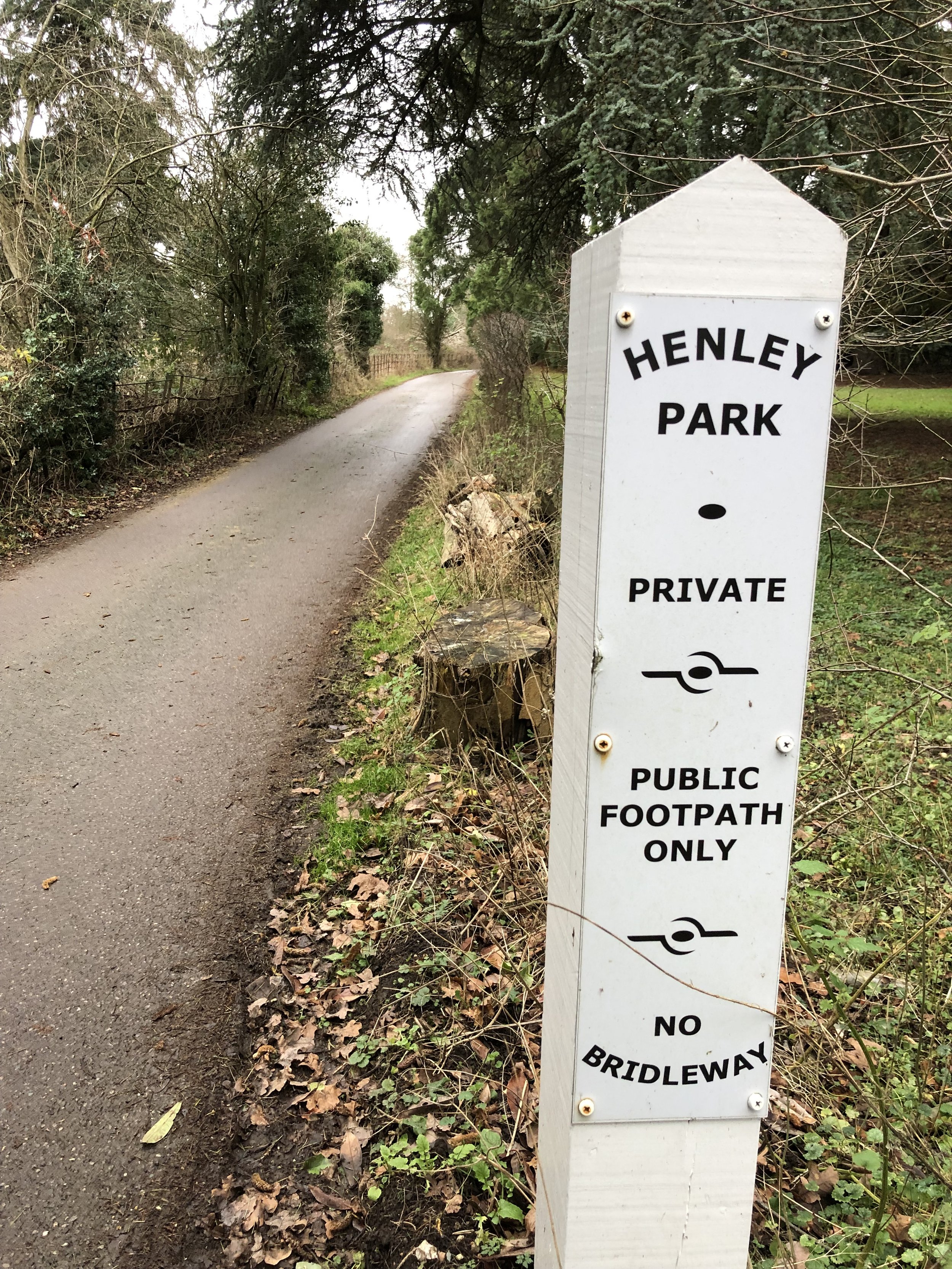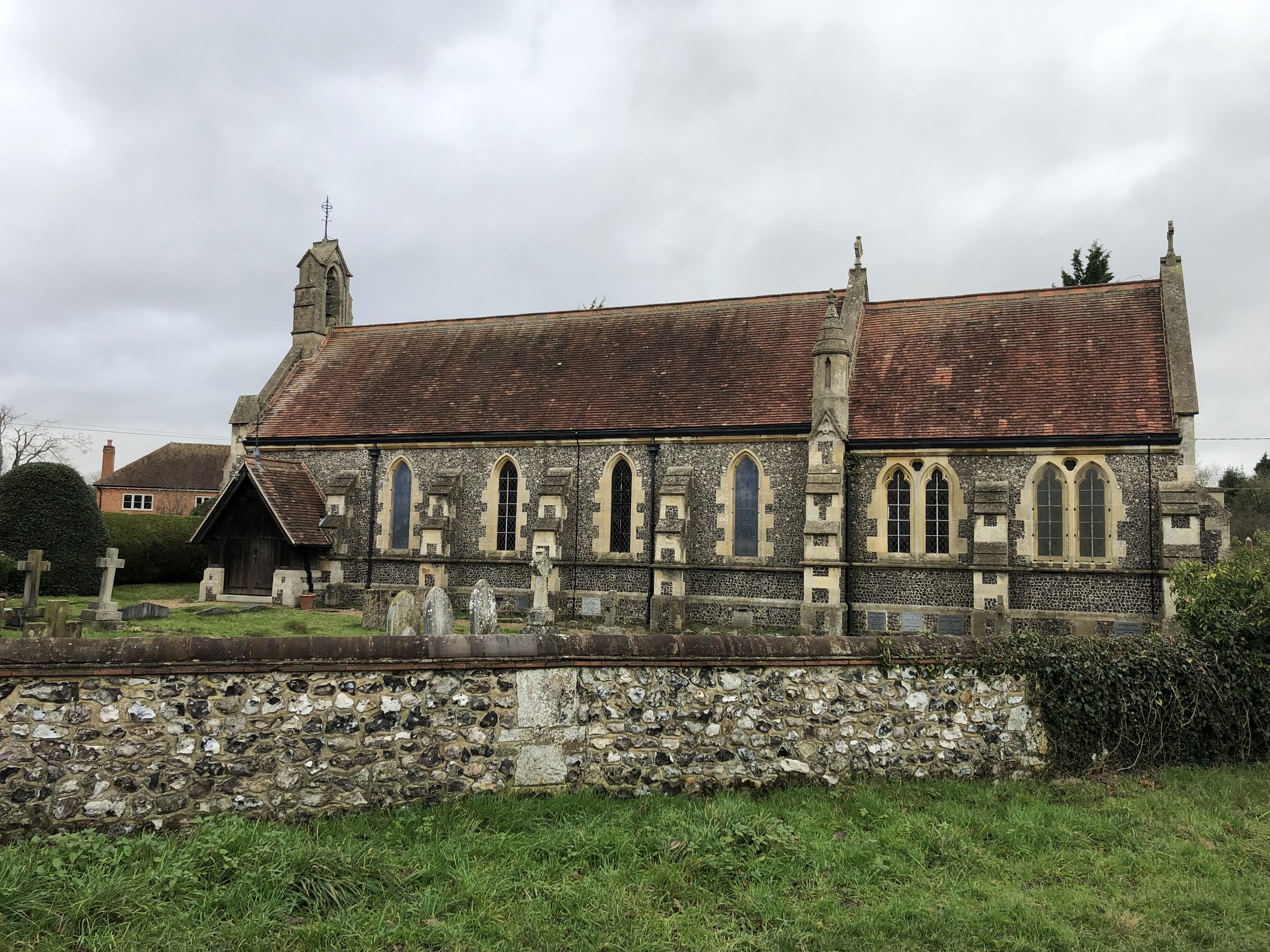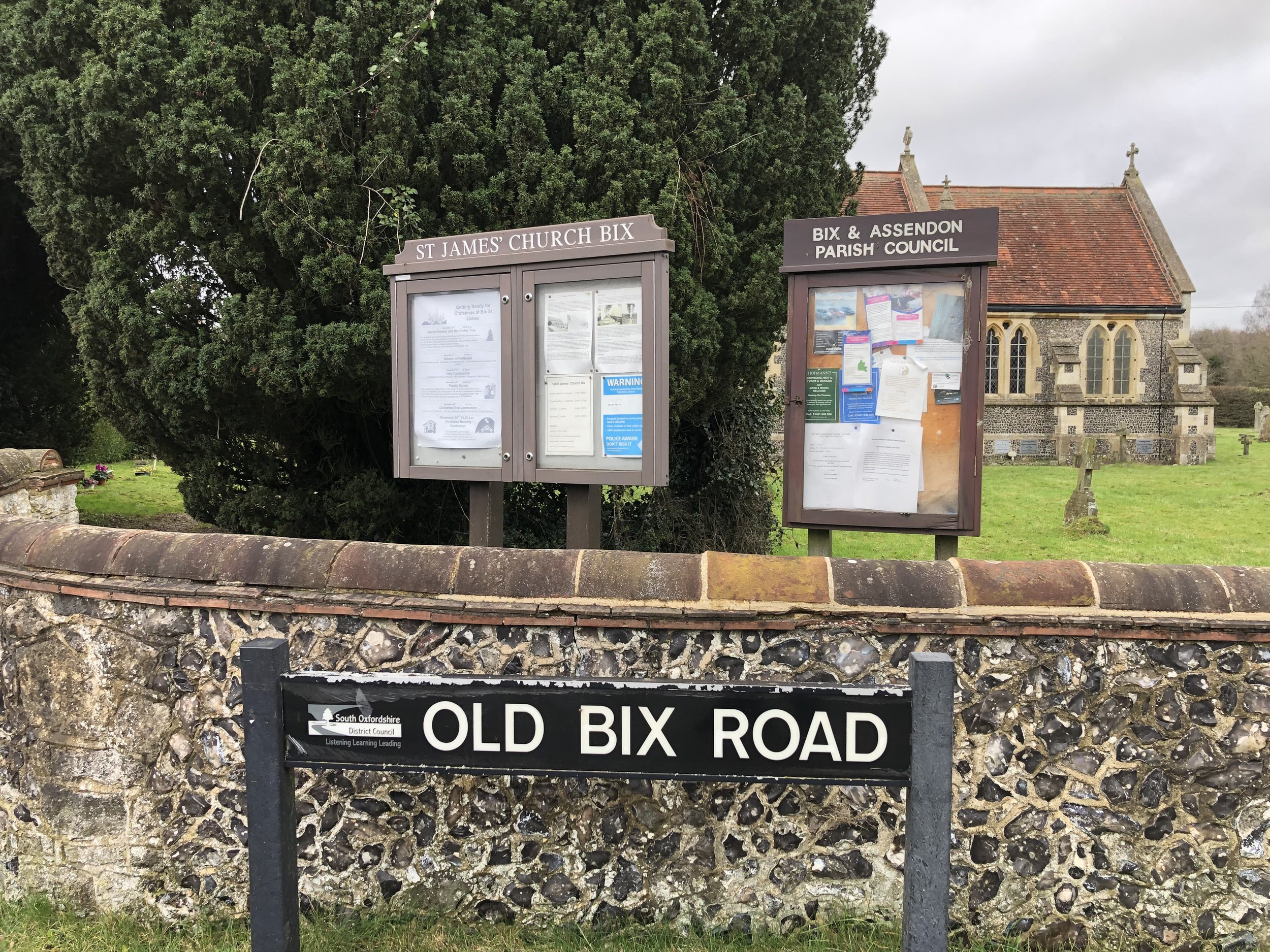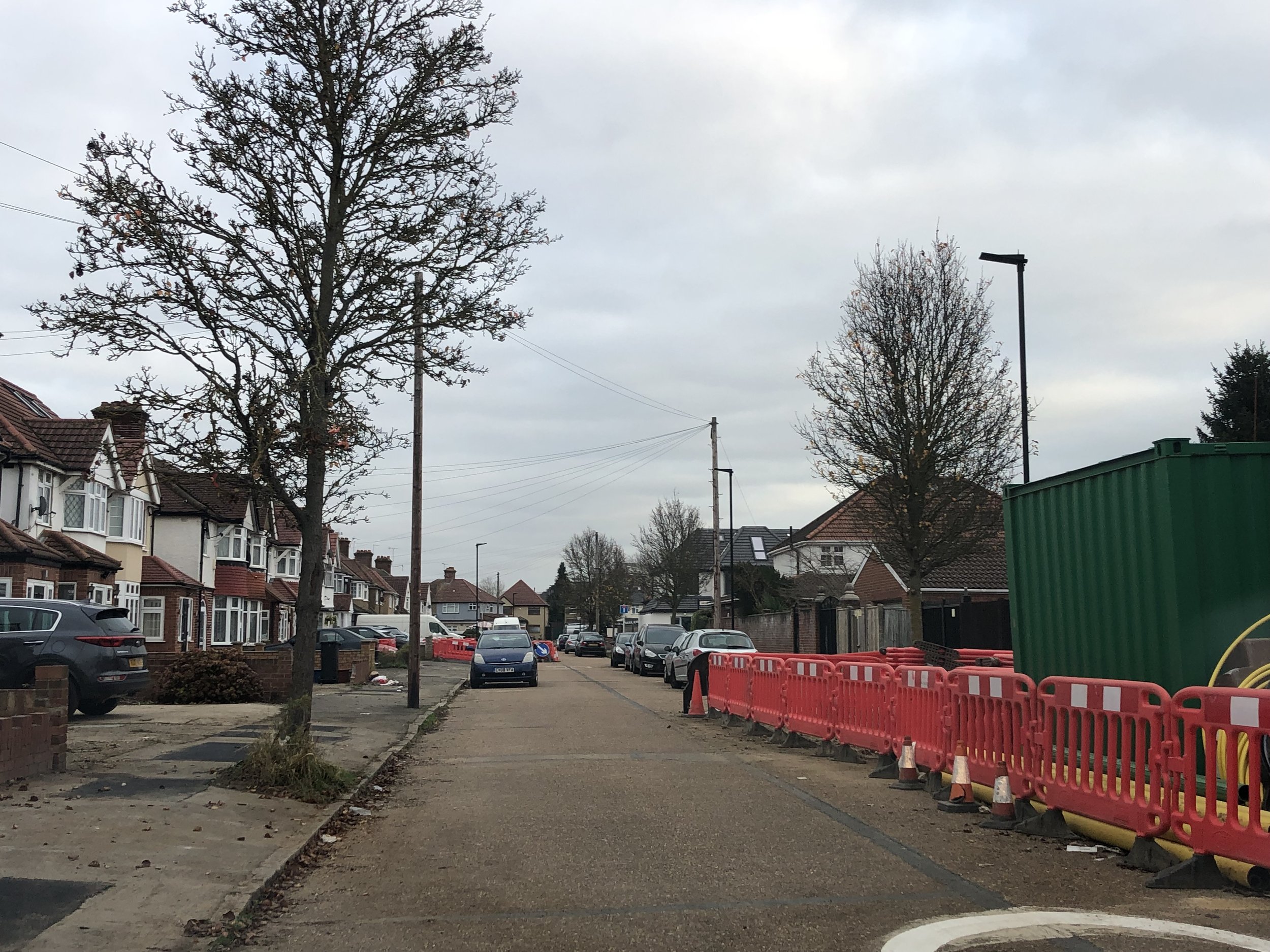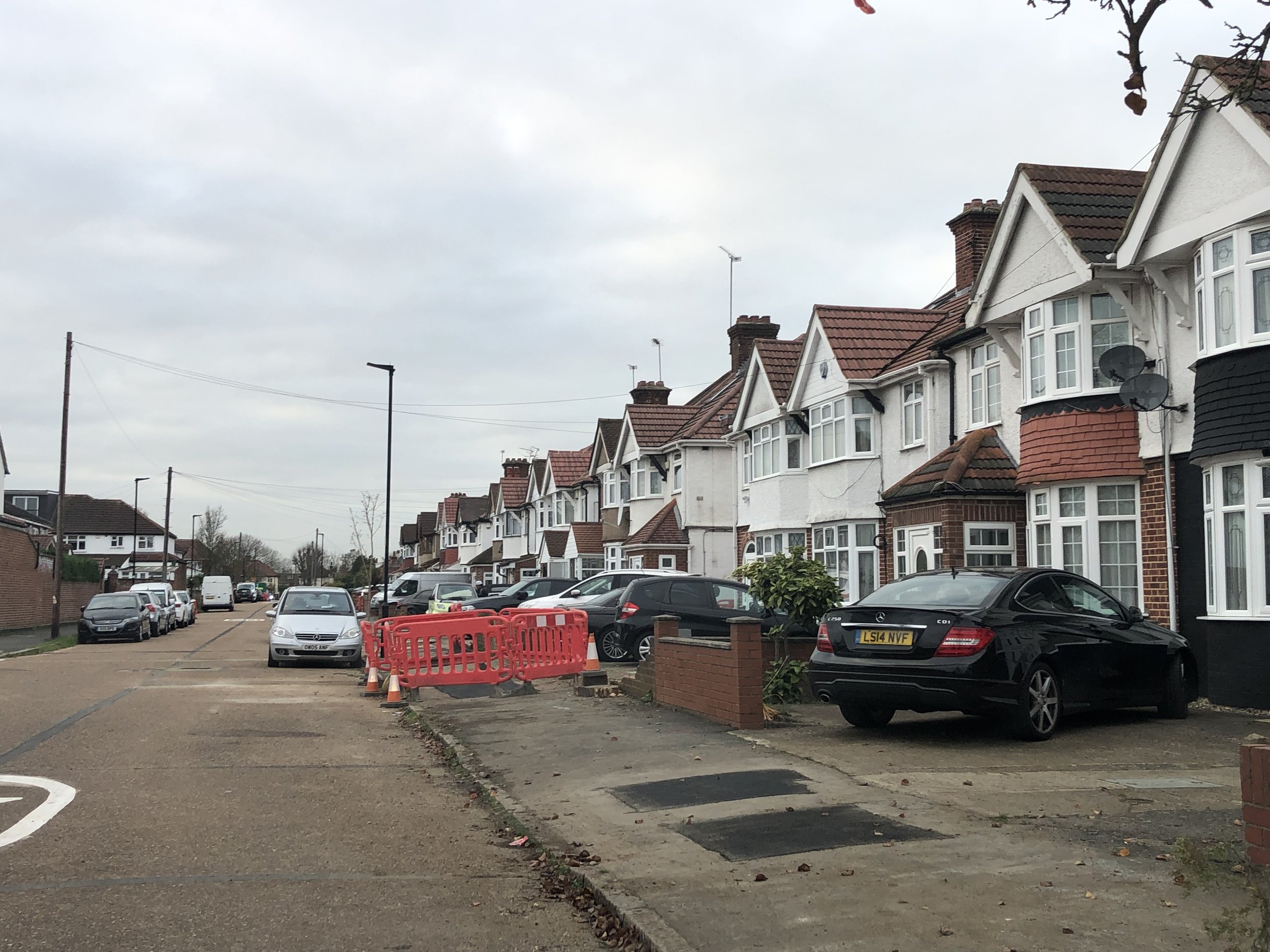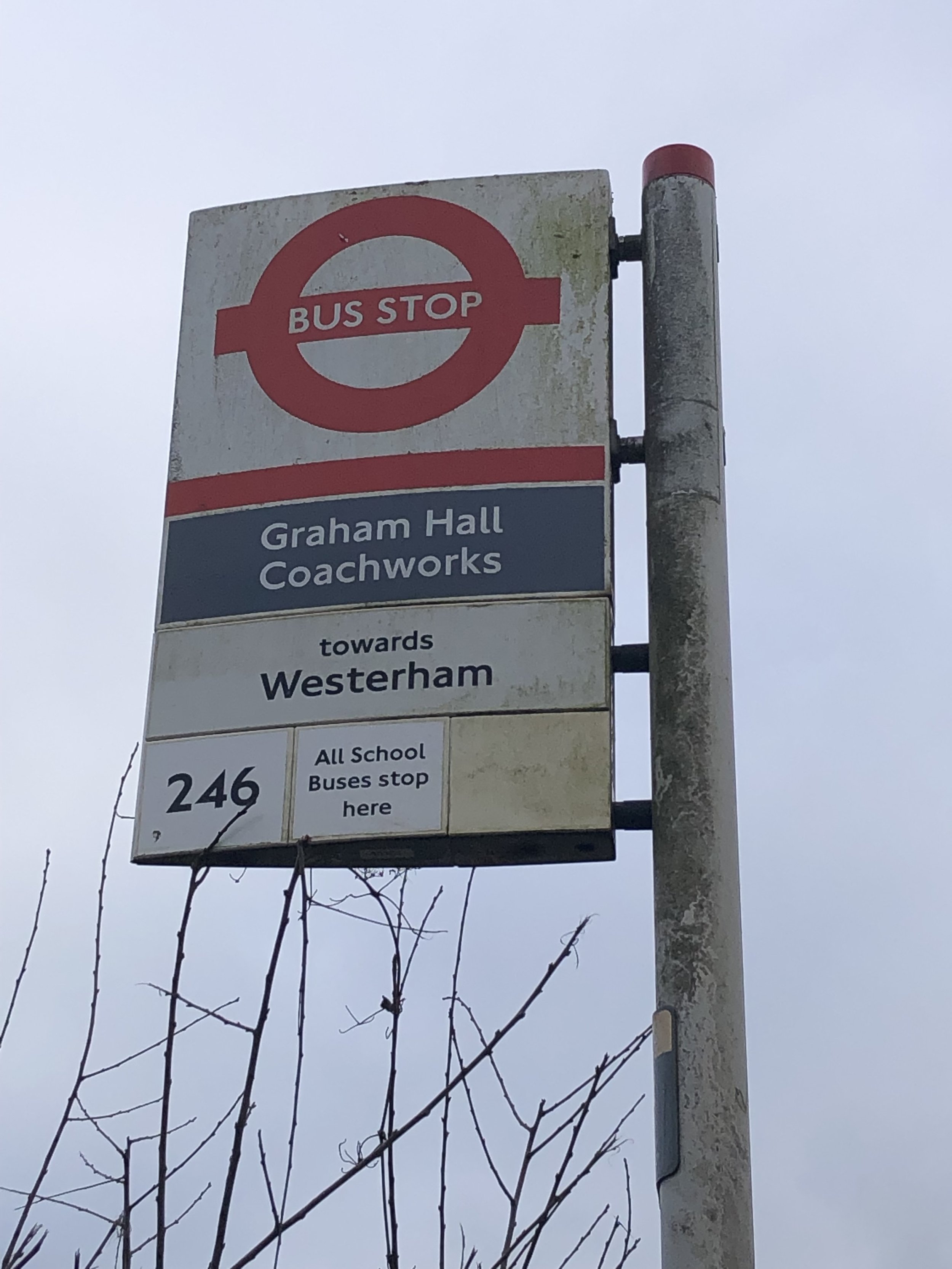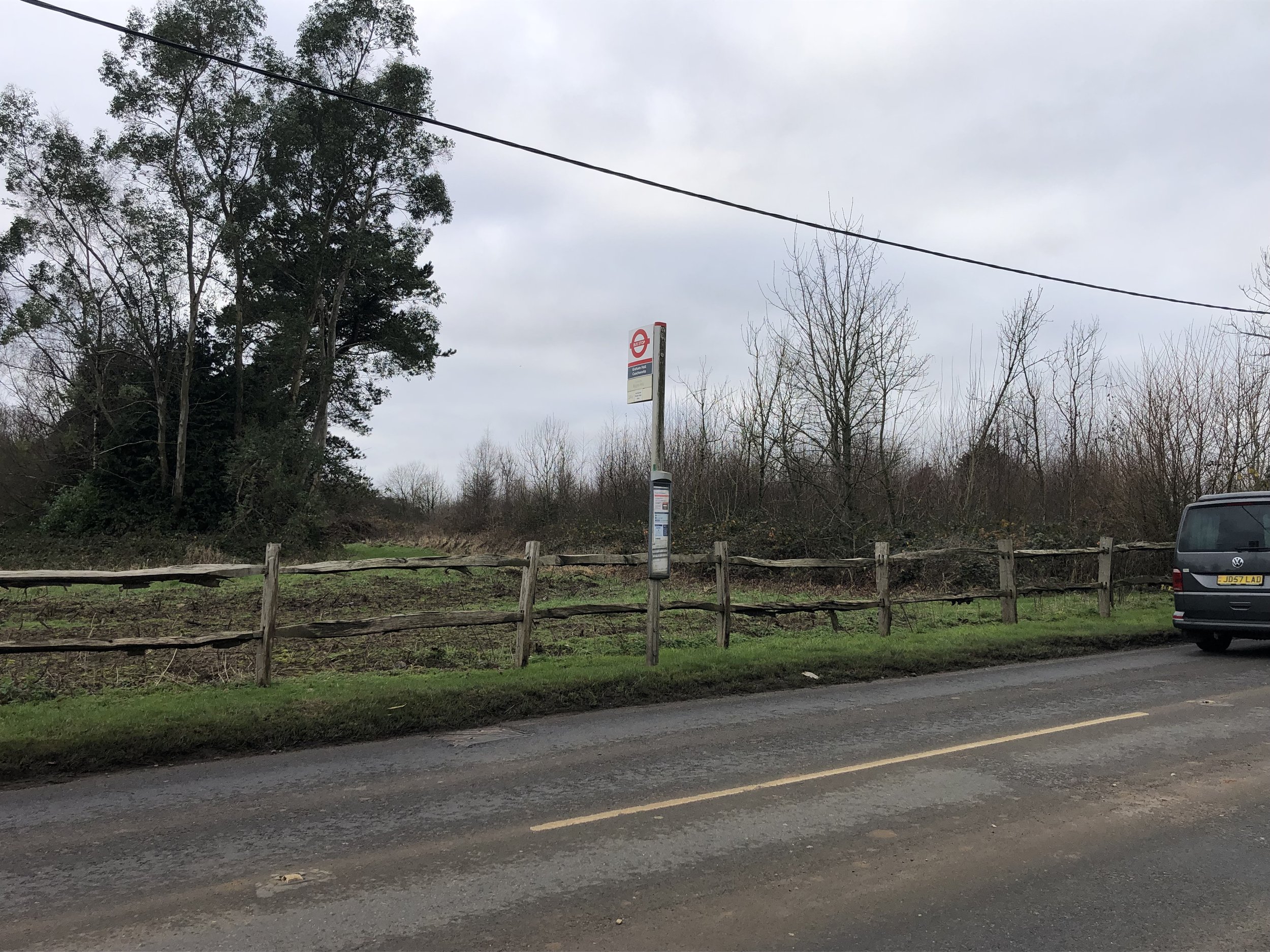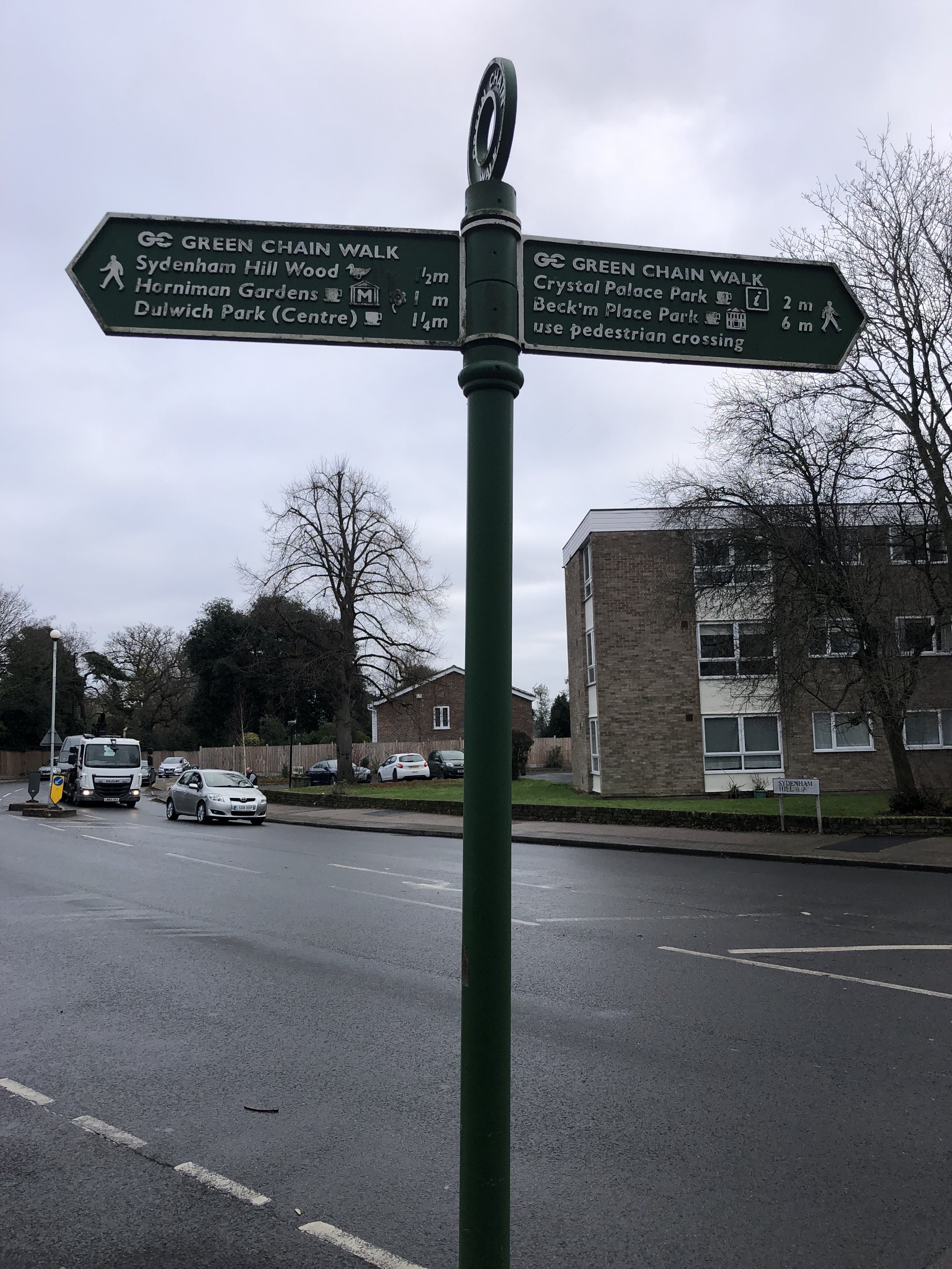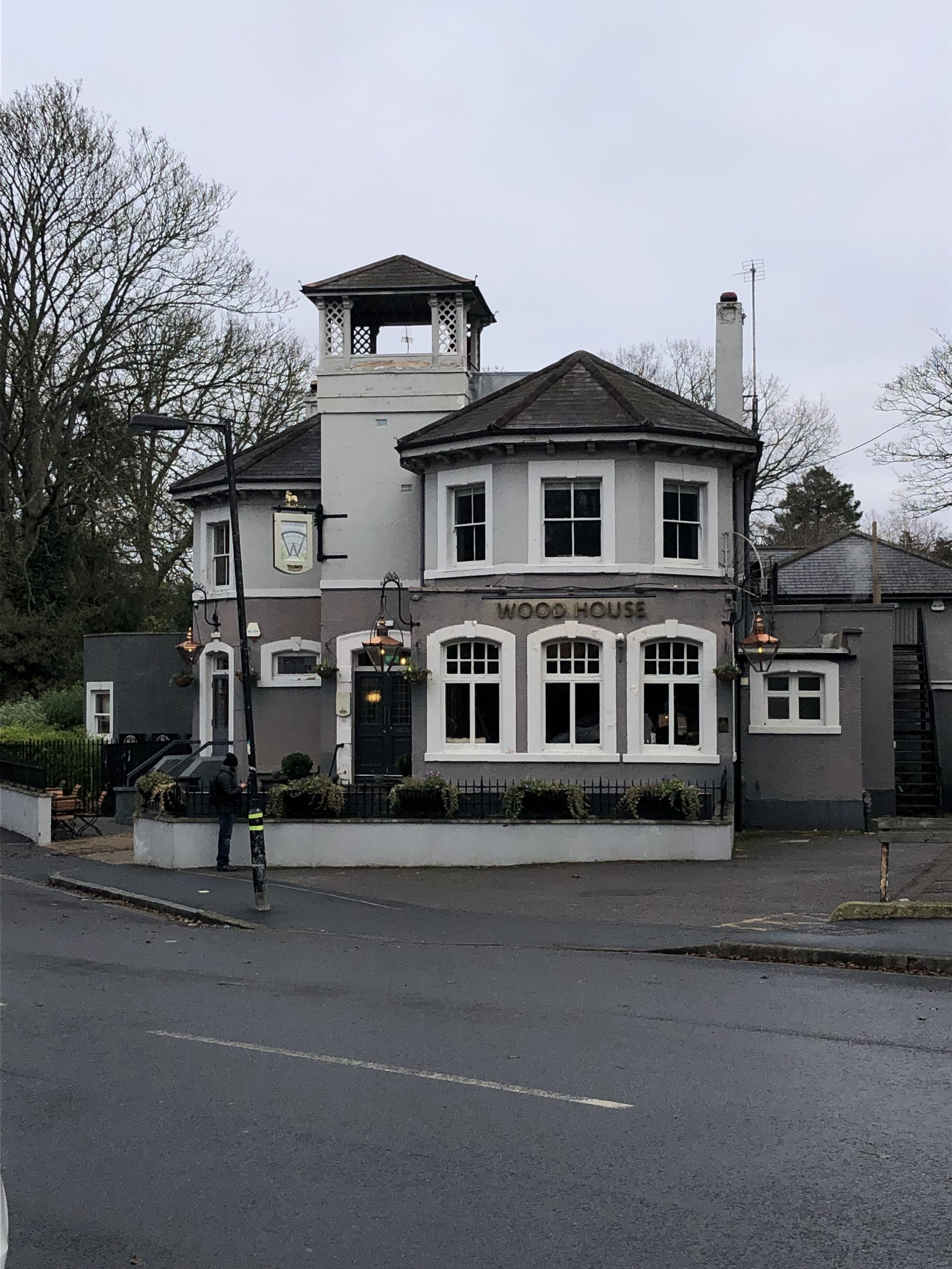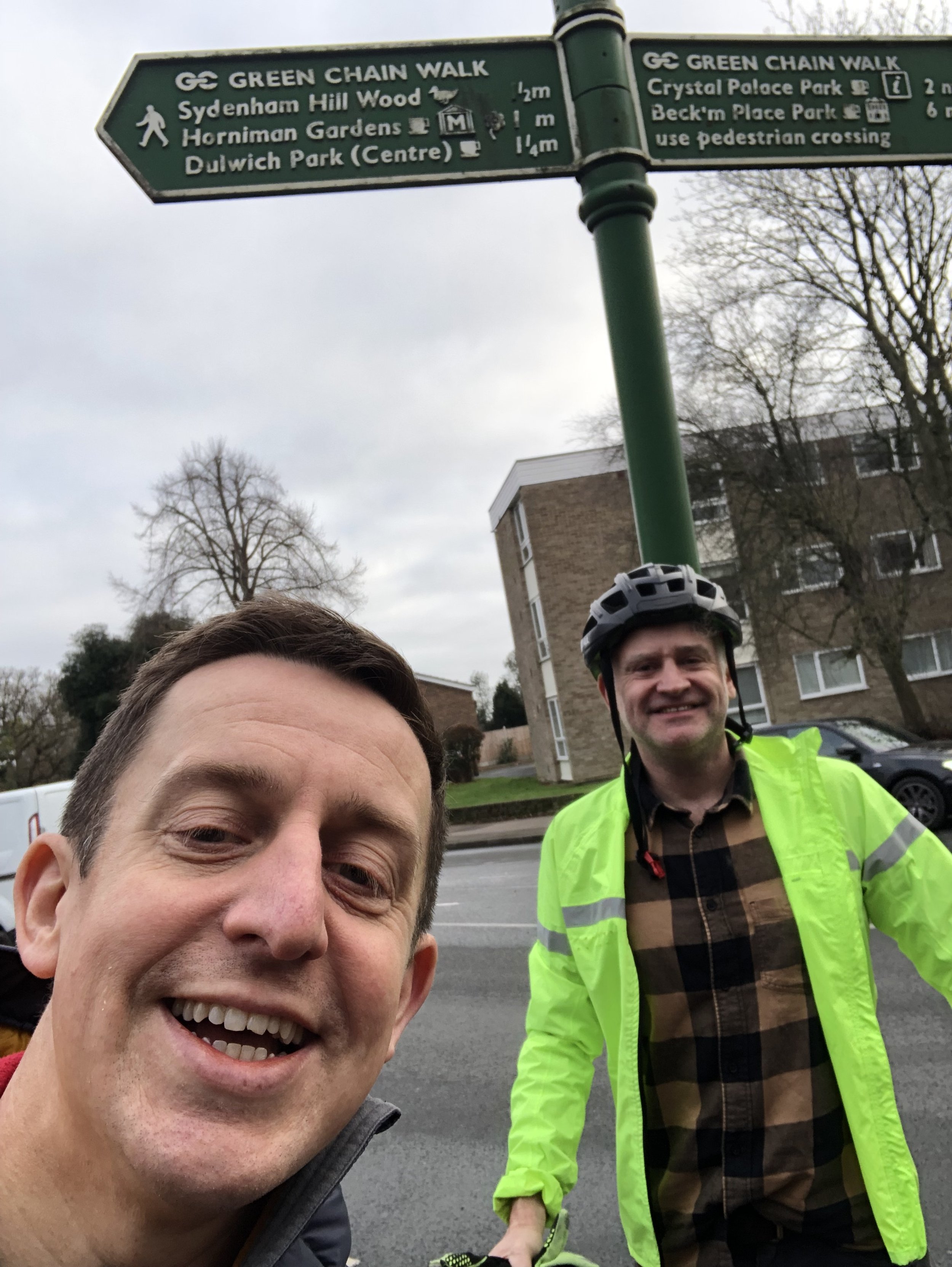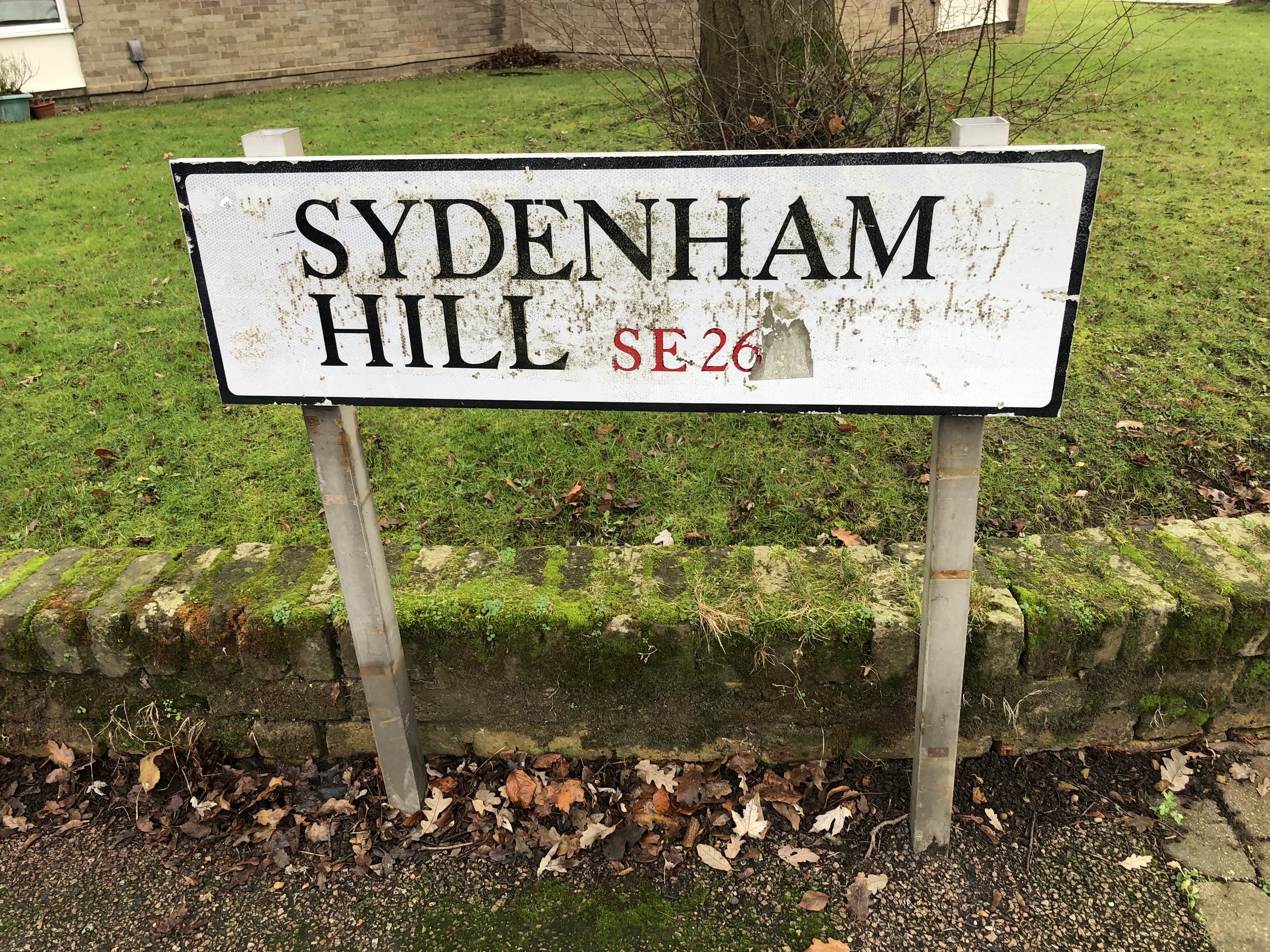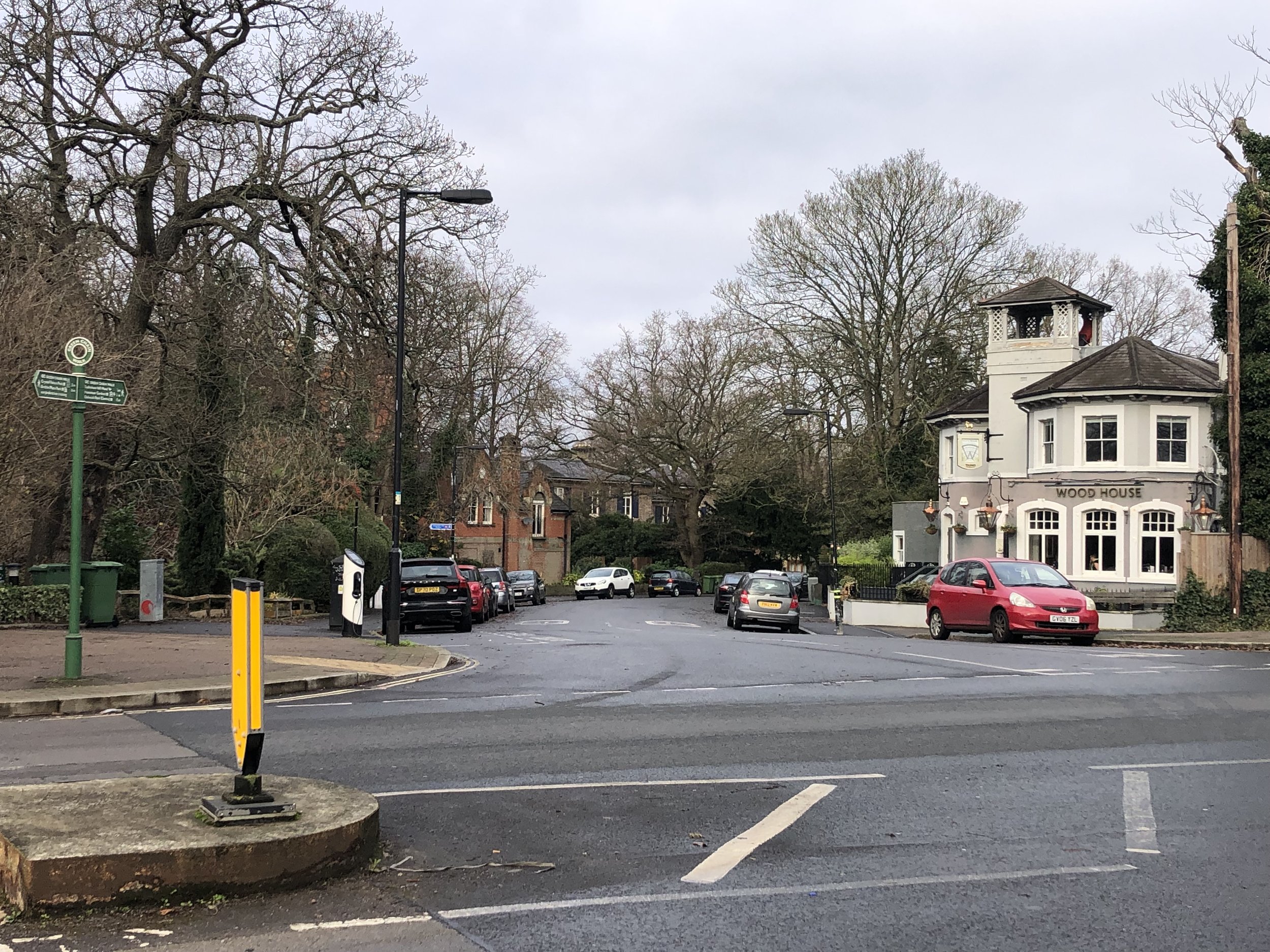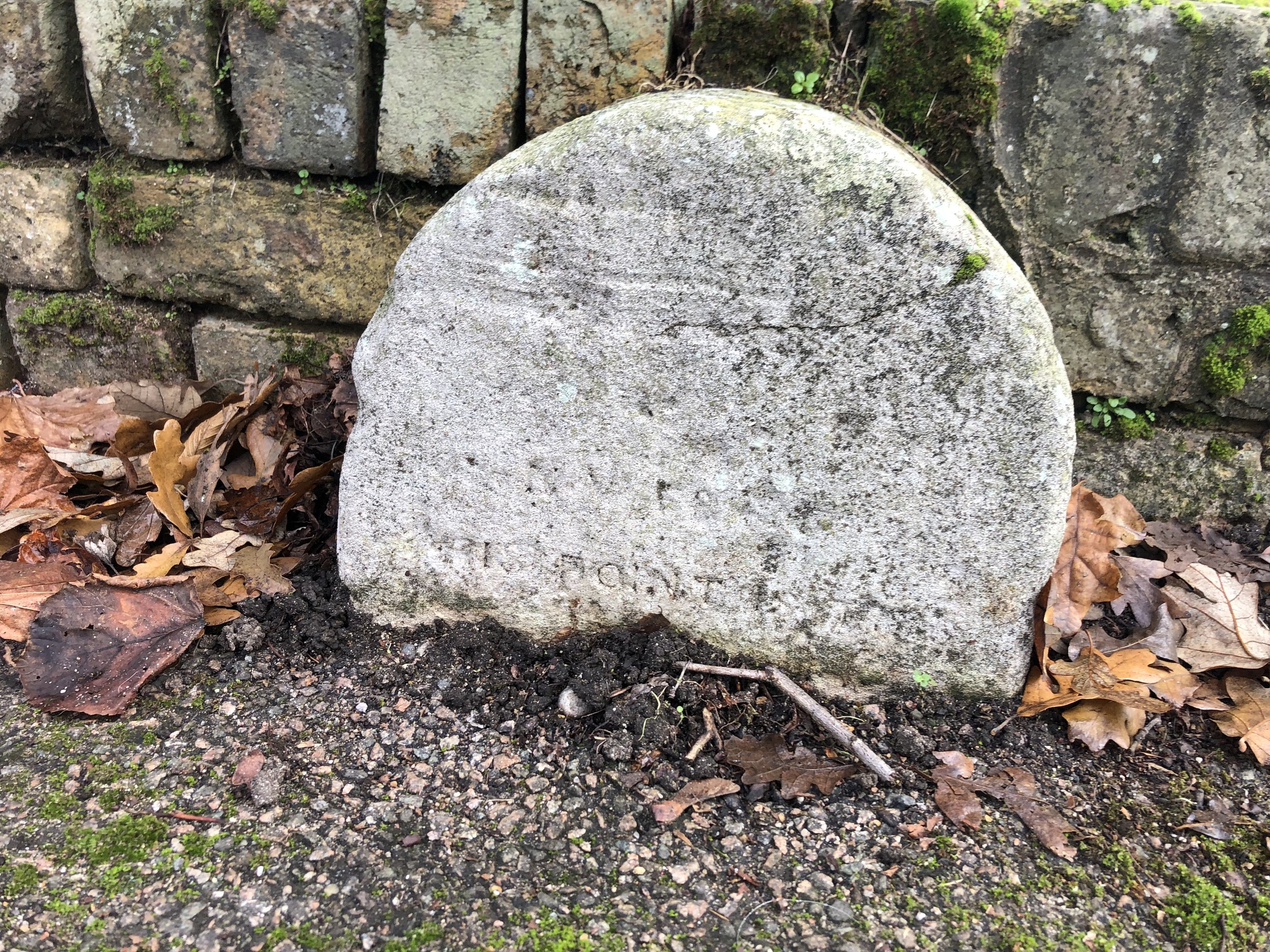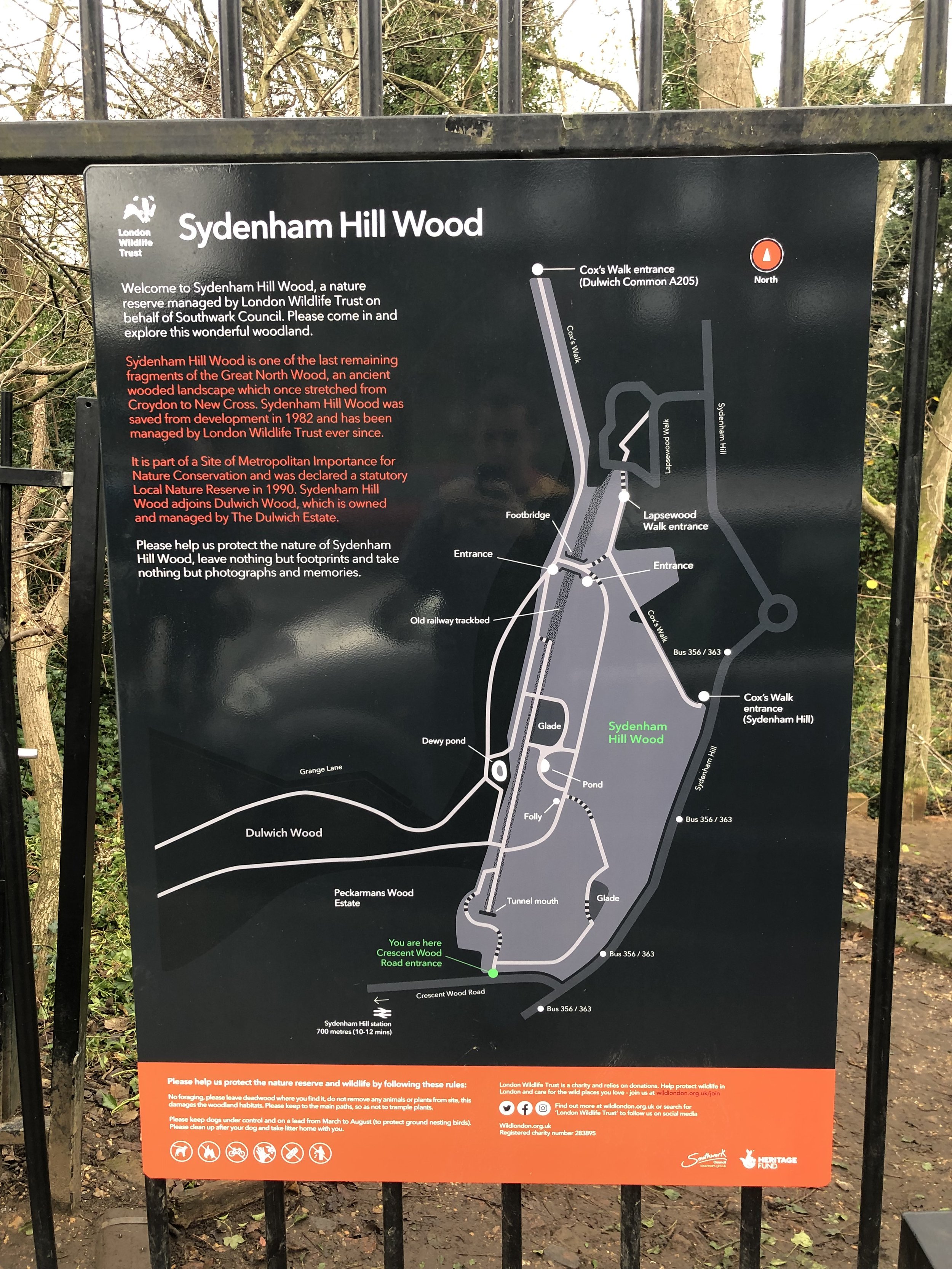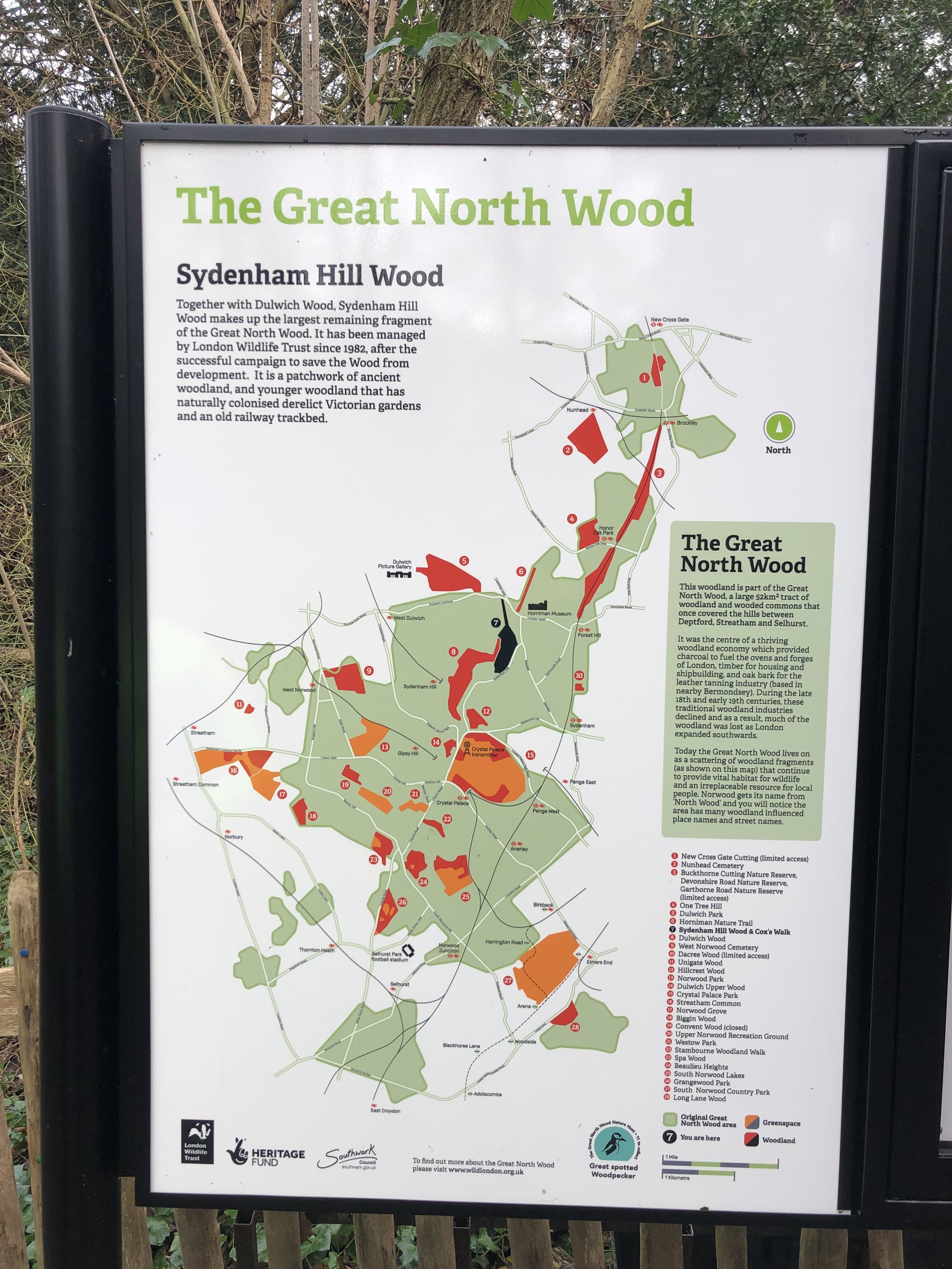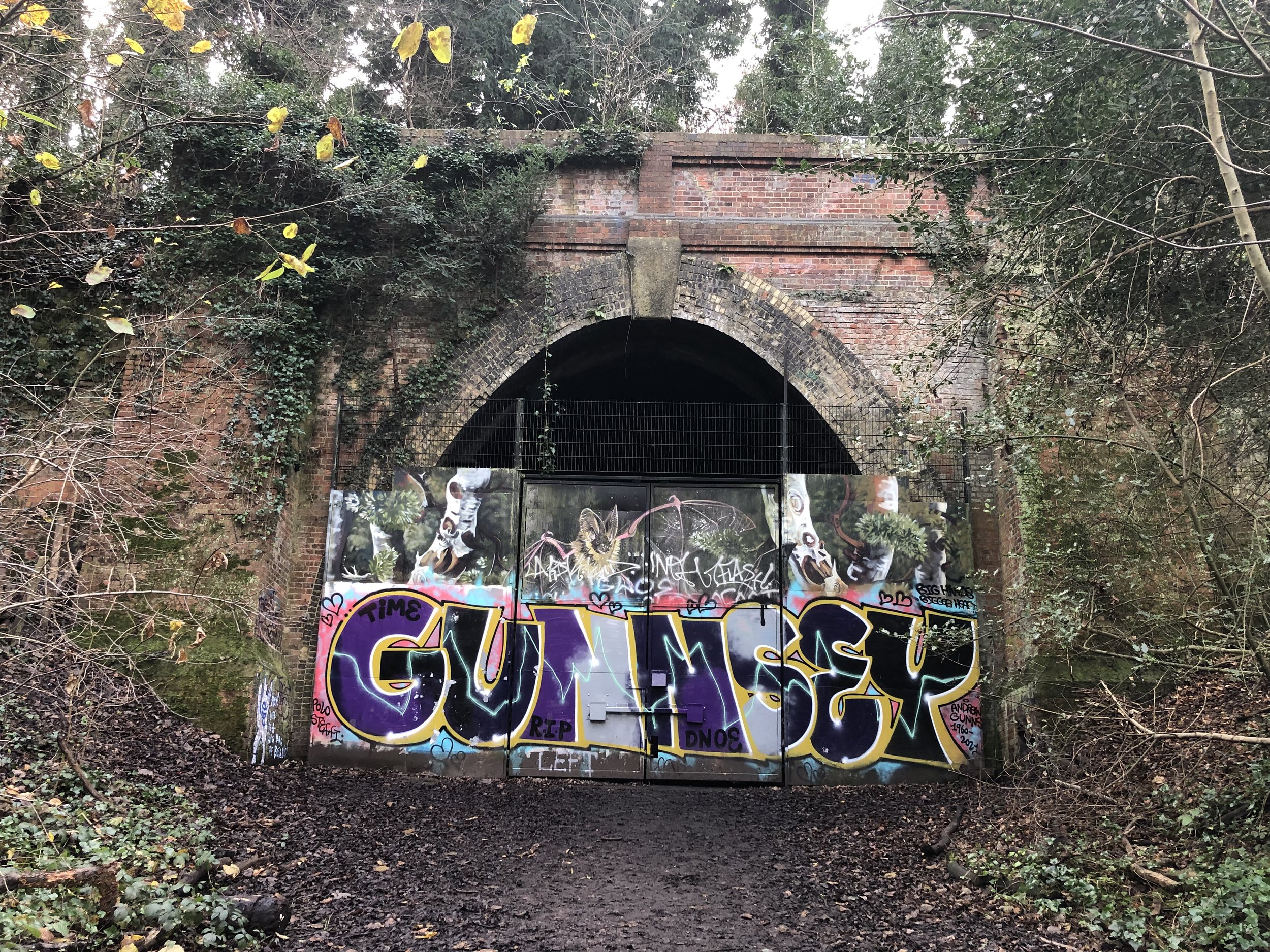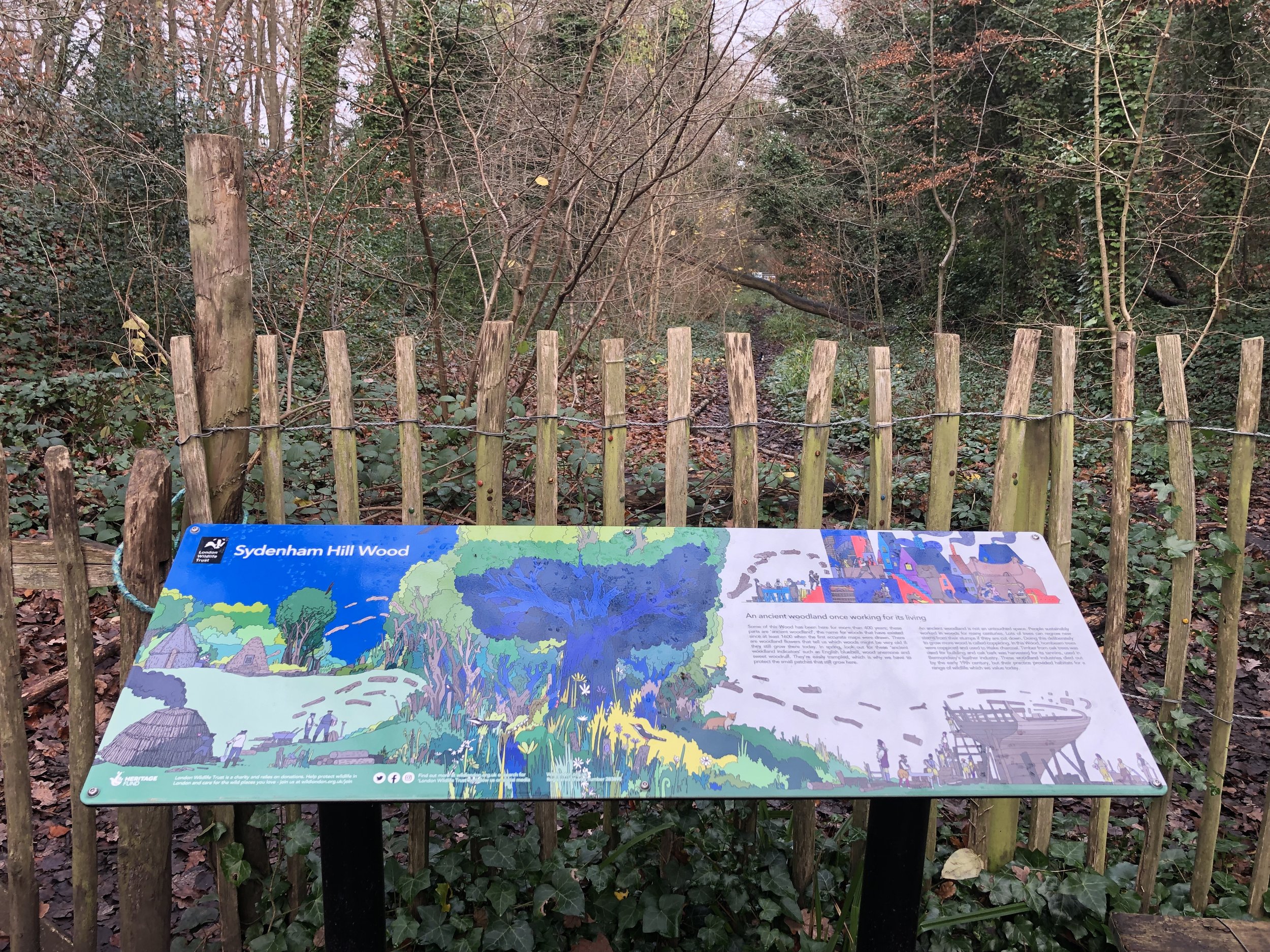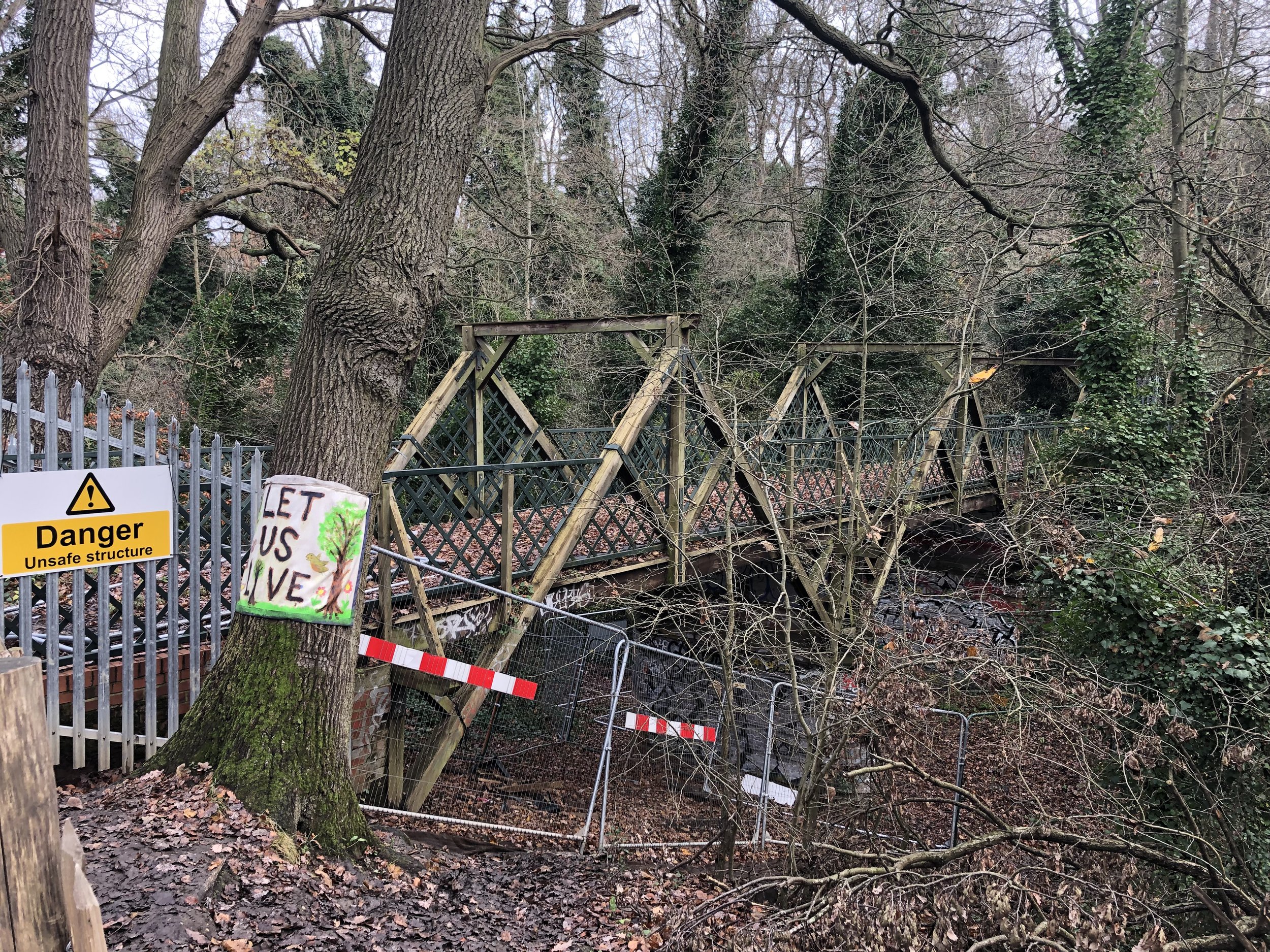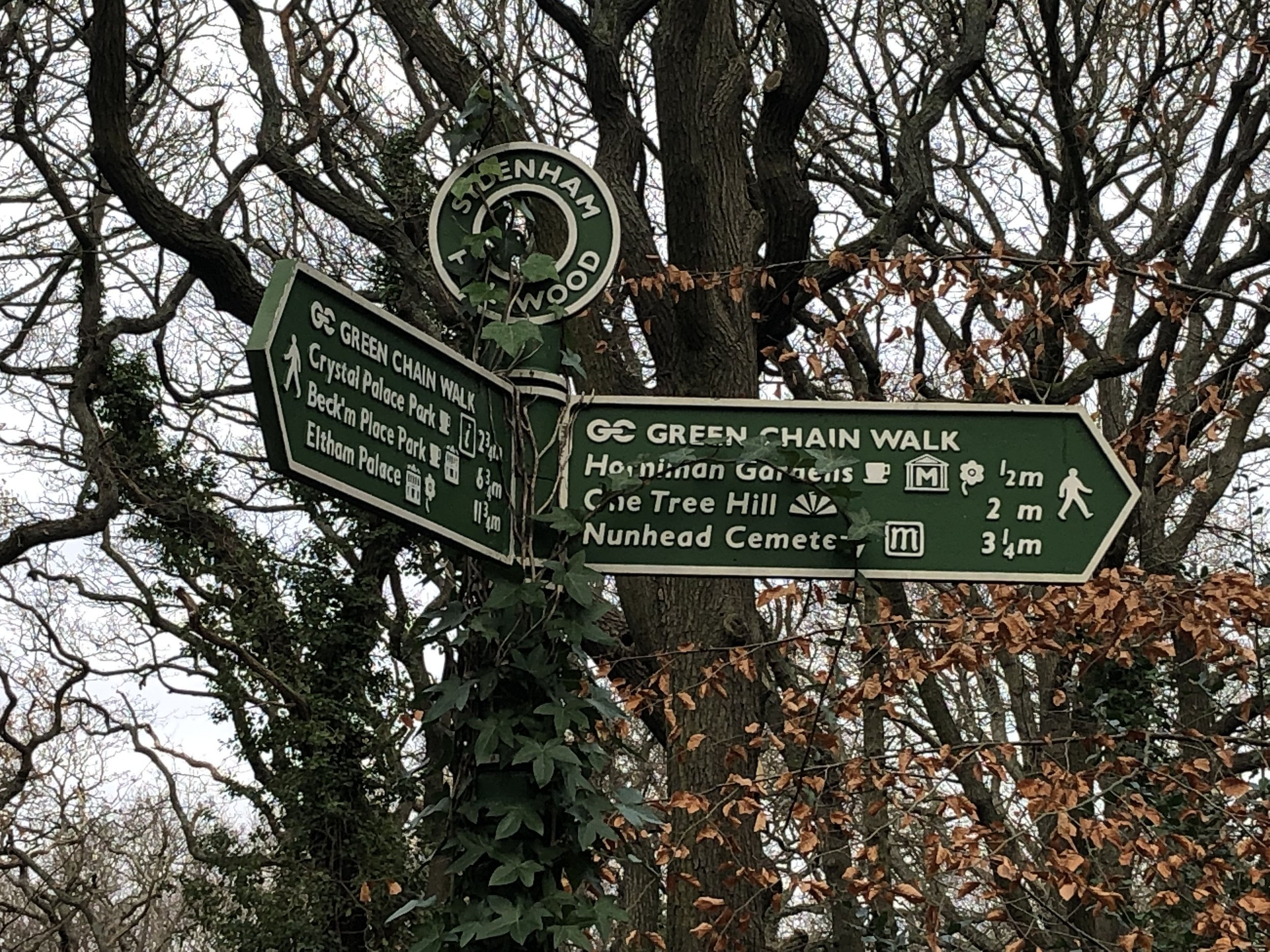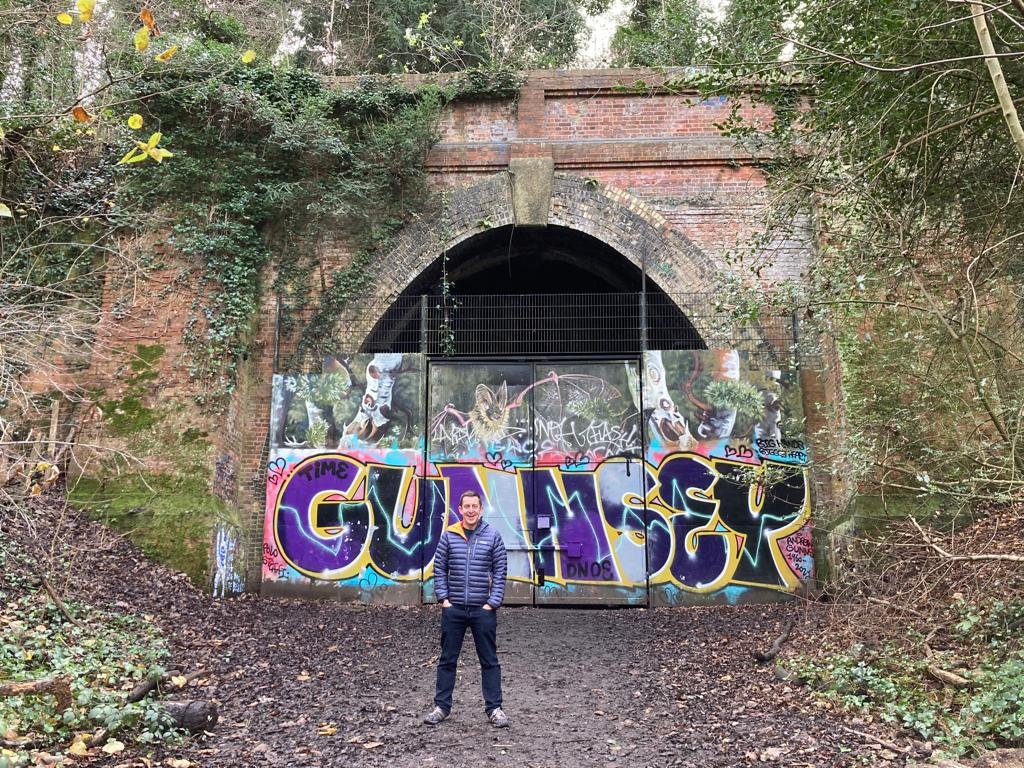Protected View to St Paul’s Cathedral
Start & Finish: Alexandra Palace, Alexandra Palace Way, London N22 7AY
Distance: 11.1 km (6.9 miles)
Elevation change: +/- 138m
GPX File: get via Buy Me a Coffee
Other routes touched (walk): New River Path, Capital Ring
Other routes touched (cycle): None
Pubs / Cafes on route: Many, including: Finsbury Park Cafe, Goods Office (Parkland Walk South), Queens Wood Cafe (Highgate Wood)
Map: OS Explorer 173 London North
Links: Alexandra Palace, New River, Finsbury Park, Parkland Walk, Highgate Wood, London’s Protected Views
This is a short circular walk in north-west London that takes in Alexandra Palace, The New River Path and The Parkland Walk. The Parkland Walk follows a disused railway line and is now an area of calm in a busy part of the capital.
If you’re driving there’s a large car-park at Alexandra Palace that, at the time of writing, takes donations rather than a fixed charge. To access the route by public transport, the route passes close to Hornsea and Harringay rail stations and Highgate tube on the Northern Line.
At Alexandra Palace find the view point on the terrace at the centre of the south side of the main building. This is a Protected View to St. Paul’s Cathedral, although we couldn’t see St Paul’s even through the viewfinder. Must have been hiding.
From the view point take the paths through Alexandra Park to the southern exit to North View Road. Here you can either take a left onto the path following the southern edge of the park, or follow North View Road and Newlands Road as they run parallel to the path. We were there after a lot of rain and the path was muddy so we took the roads. The path and Newlands Road join just before Campsbourne Play Centre. Follow Newlands Road, then Greenways in an easterly direction until you reach the New River Path.
Follow the New River Path in a southerly direction for 2.6km until the junction of Alroy Road and Endymion Road. Take a right onto Endymion Road and follow it south until the entrance to Finsbury Park. Enter the park and follow the path on the western edge down to meet the Capital Ring just south of the Finsbury Park Café. Take a right onto the Capital Ring, cross the footbridge over the rail line and join the Parkland Walk.
Parkland Walk South
The Parkland Walk follows the route of the old railway line that ran from Finsbury Park station to Alexandra Palace. The route of the southern, and longer, section of the Parkland Walk runs from Finsbury Park (the park not the station) to the Holmesdale Tunnels near Highgate tube station.
Disused Stations Passed:
Stroud Green: Disused Stations / Wikipedia. Platforms no longer exist. The Station Master’s House survives and is in alternative use.
Crouch End Station: Disused Stations / Wikipedia. Both platforms survive.
Highgate: Disused Stations / Wikipedia. Still exists but not publicly accessible.
When you reach the western end of Parkland Walk have a look at the entrance to the tunnels before leaving the path. These are now blocked off to protect the bats that now live there. Leave the Parkland Walk at Holmesdale Road and follow signs for the Capital Ring. You’ll pass through Priory Gardens, Queen’s Wood and Highgate Wood. The Queen’s Wood Café is a great place to stop for a rest ahead of the final 2 km. Once you have crossed Muswell Hill Road from Queen’s Wood into Highgate Wood, leave the Capital Ring and follow the path on the eastern edge of Highgate Wood to the north-east corner at Cranley Gardens.
If you want to stay true to the route of the old rail line, you could follow the path on the western side of Highgate Wood instead.
Parkland Walk North
After Highgate Wood, the Parkland Walk can be picked up again on the junction of Muswell Hill Road and Cranley Gardens (road). This section of the Walk exits into Alexandra Park where you’re a very short walk back to the start.
Disused Stations Passed:
Cranley Gardens: Disused Stations / Wikipedia. No longer exists, site now used for housing and St. James primary school.
Muswell Hill: Disused Stations / Wikipedia. No longer exists, site now used for Muswell Hill primary school.
Alexandra Palace: Disused Stations / Wikipedia. Platforms removed but the station building survives and is in alternative use.


